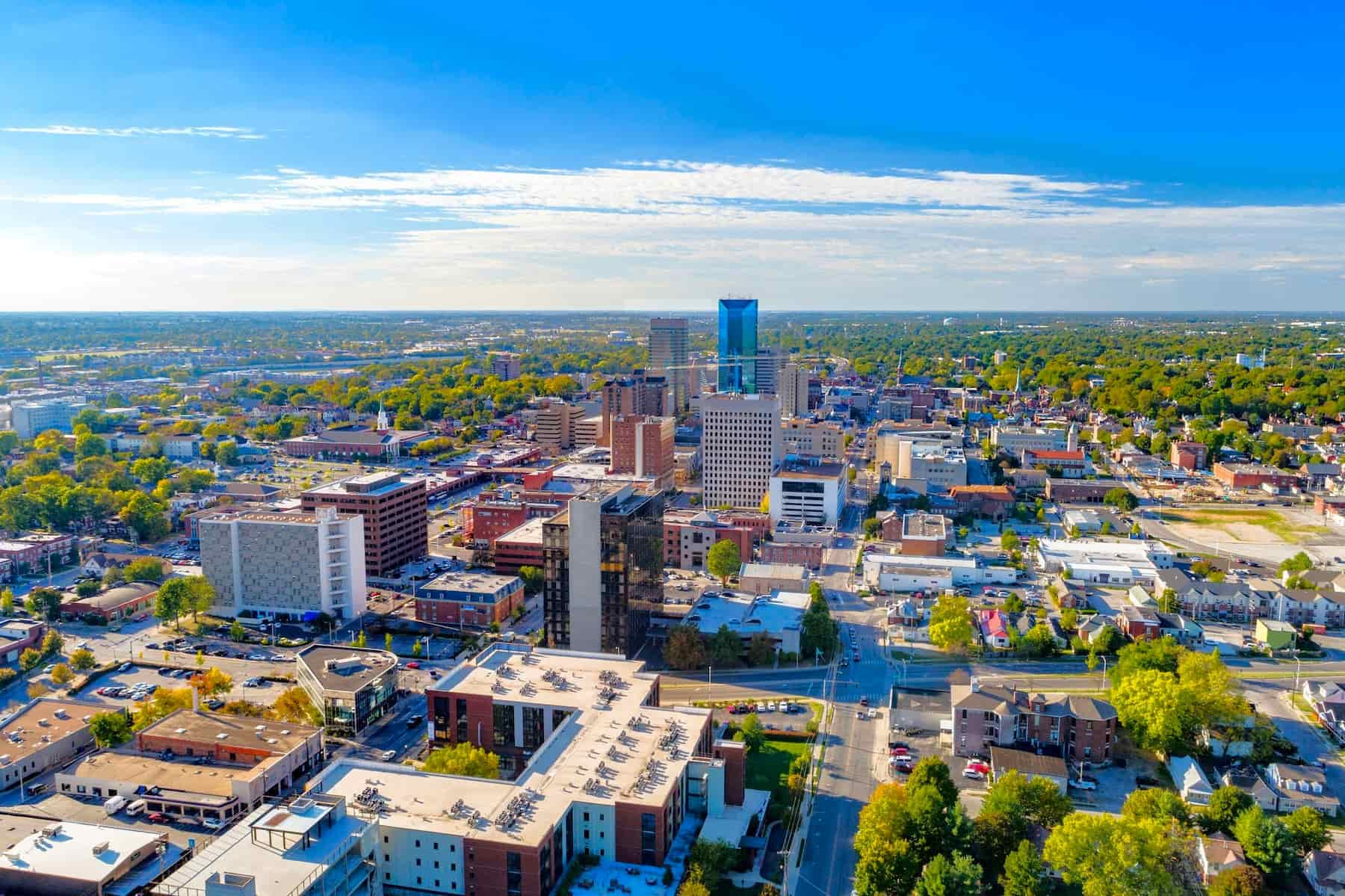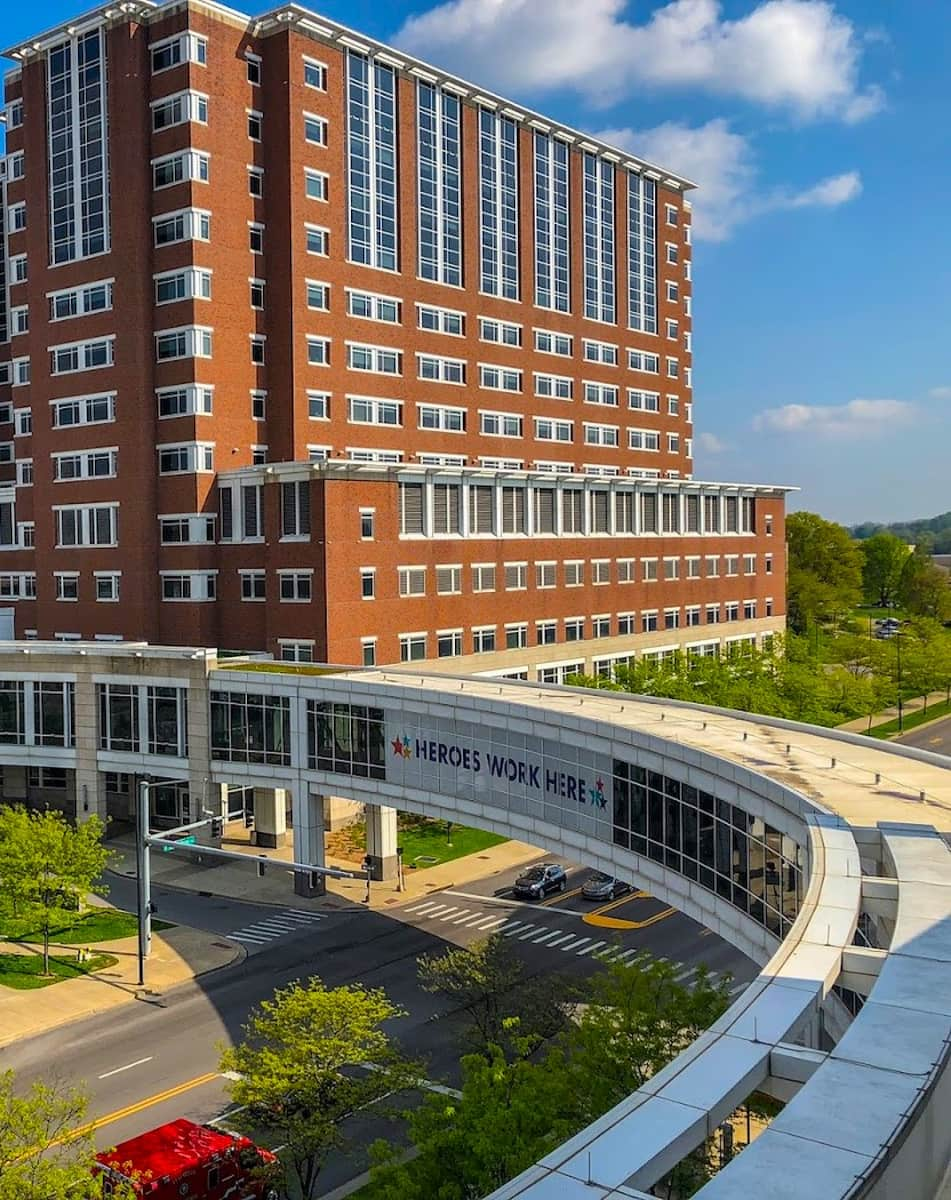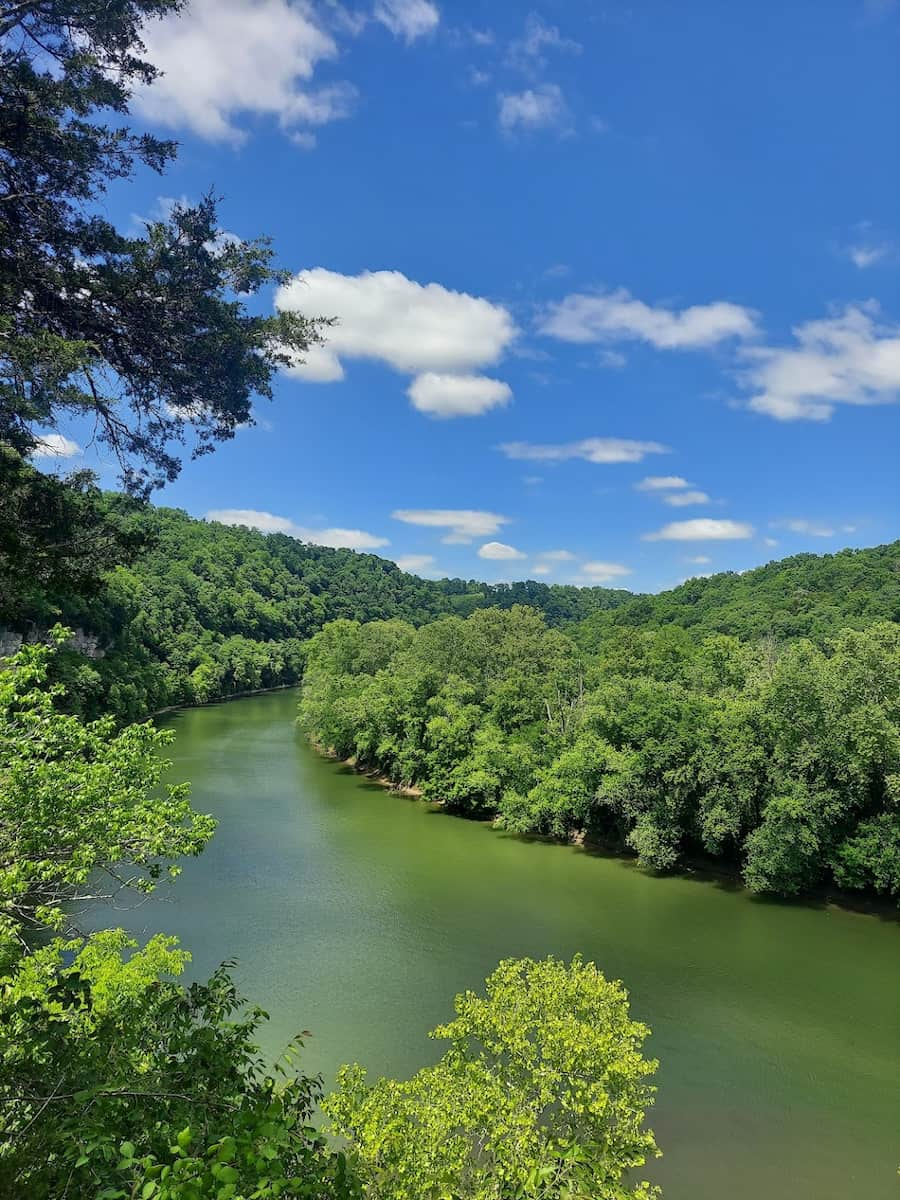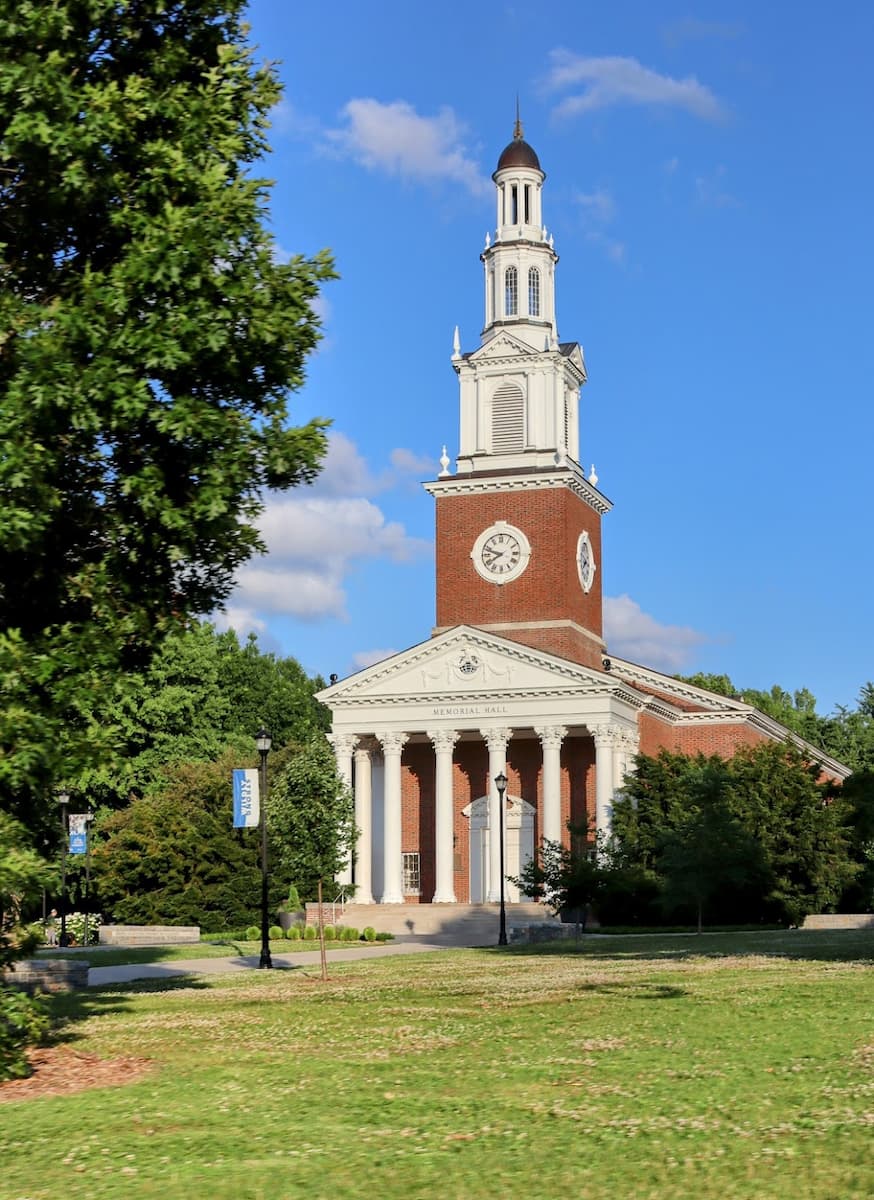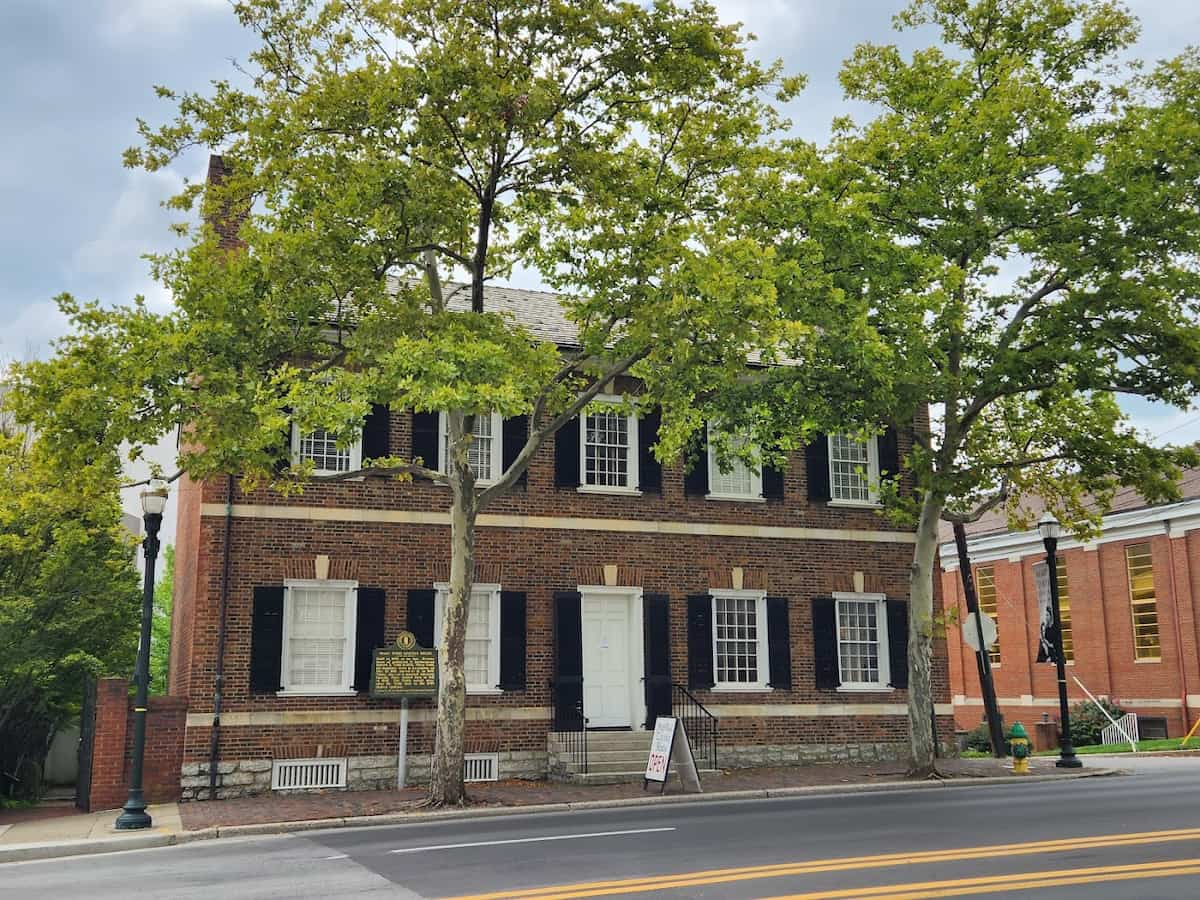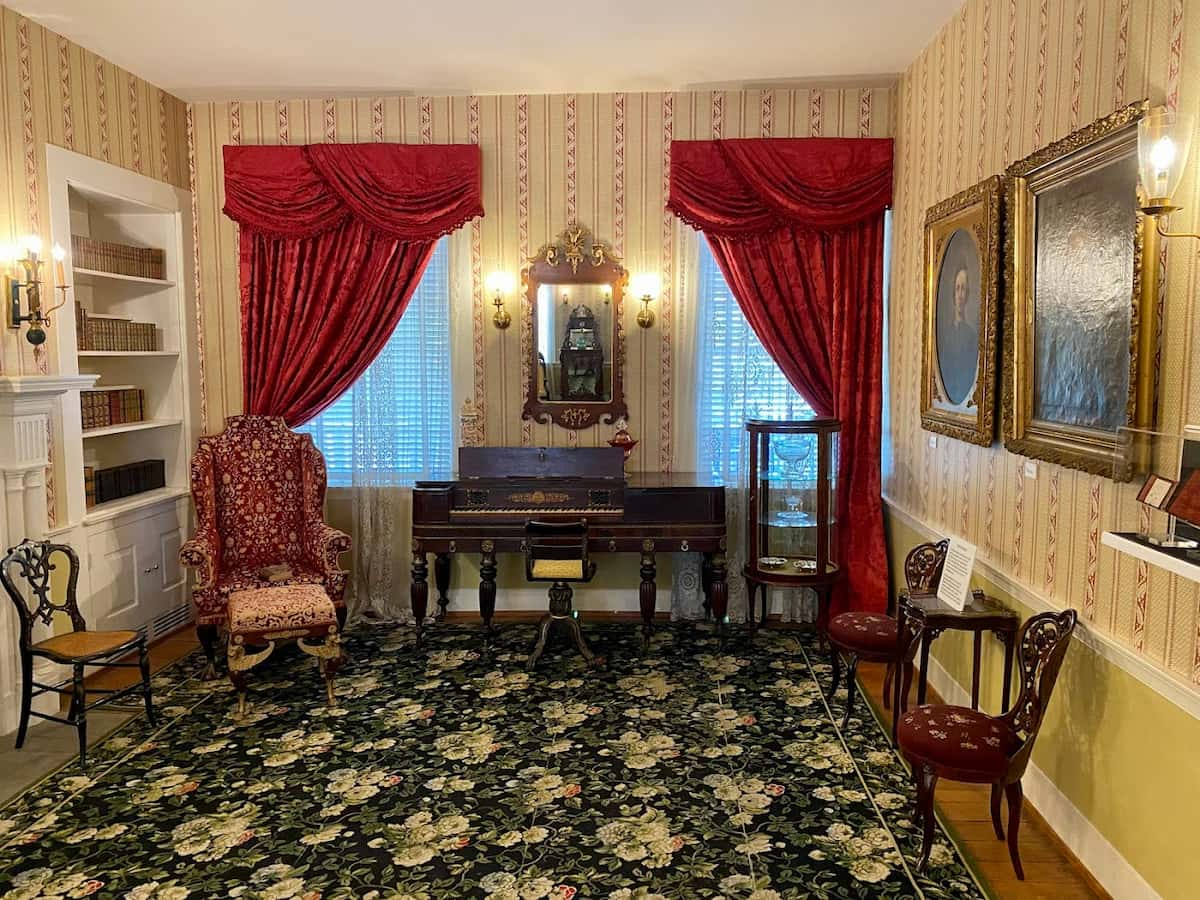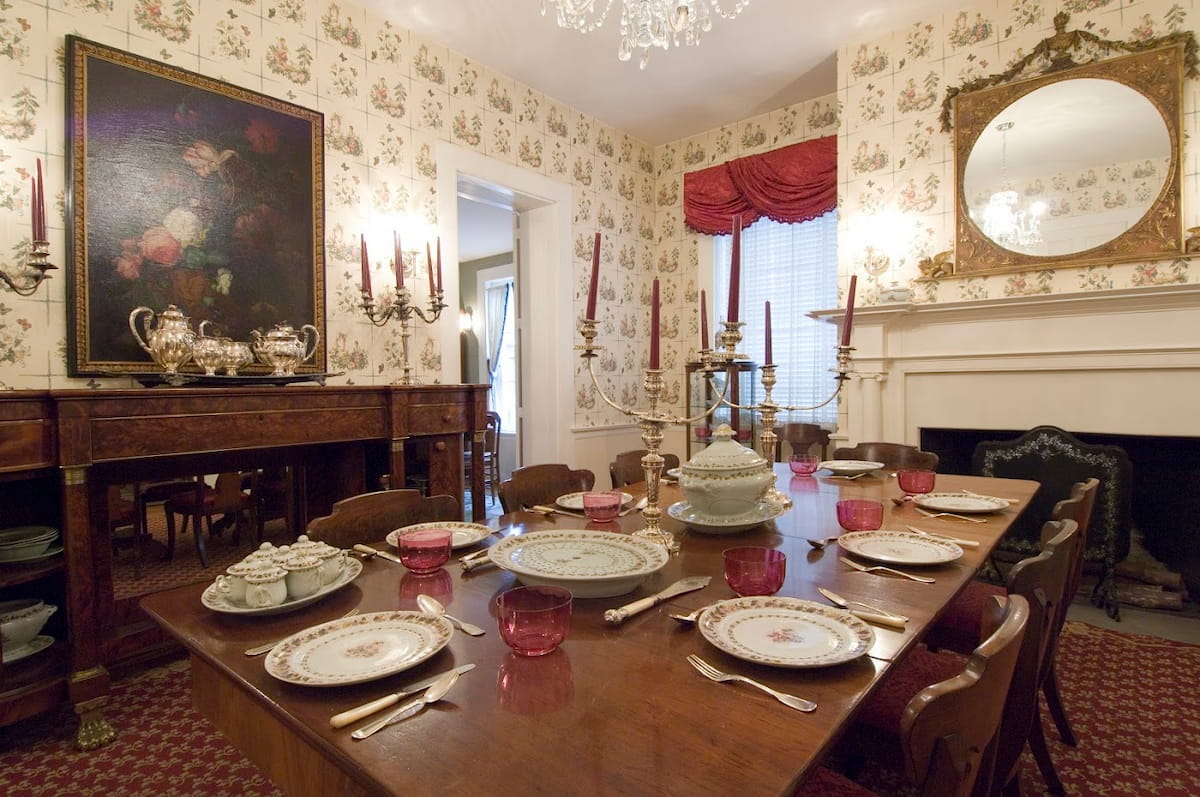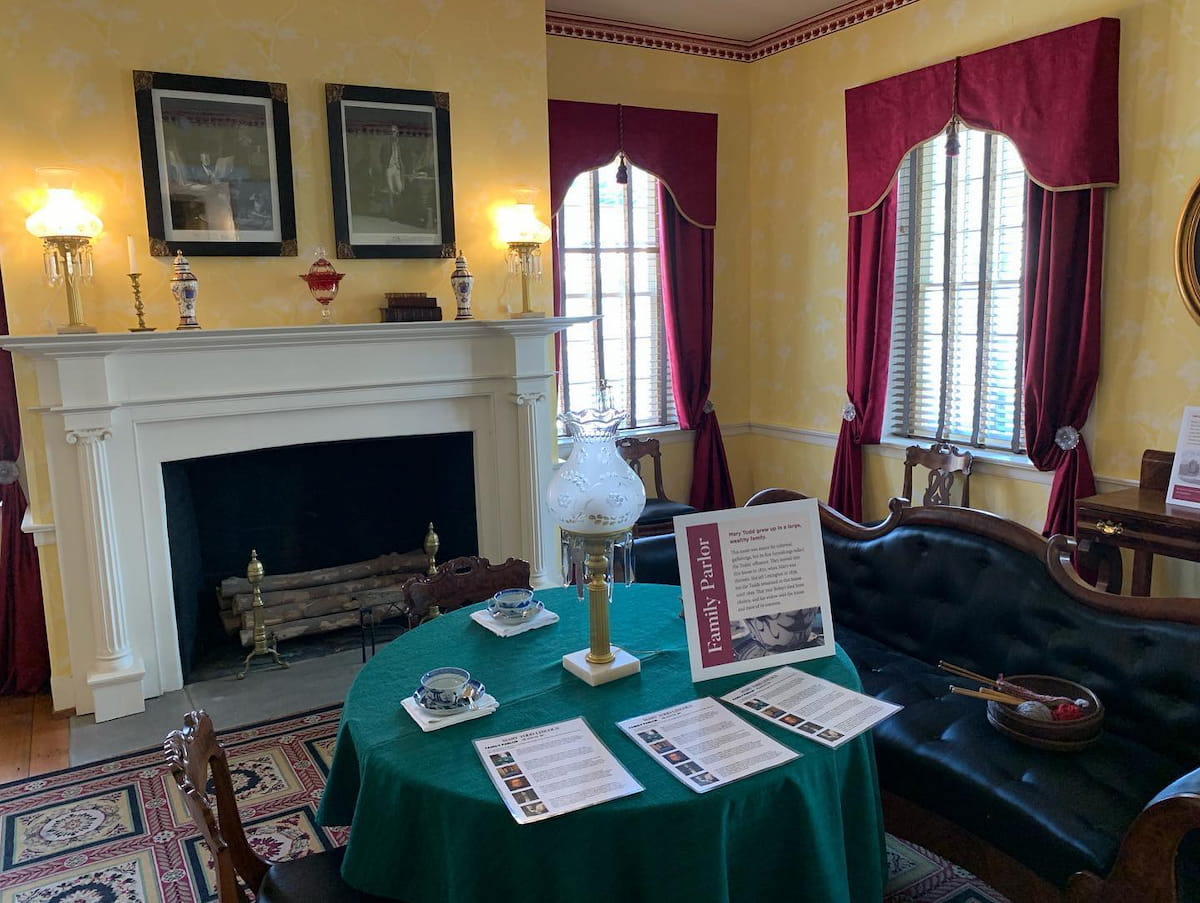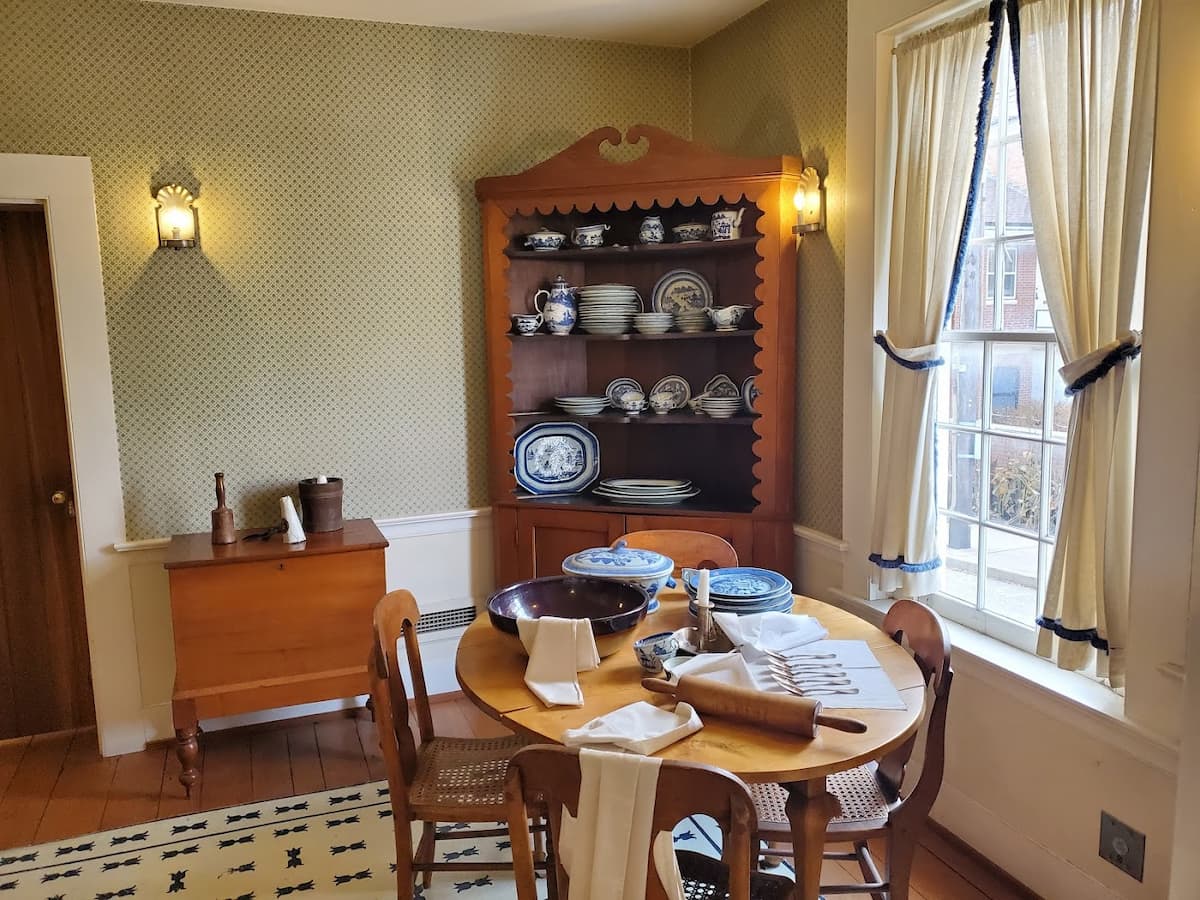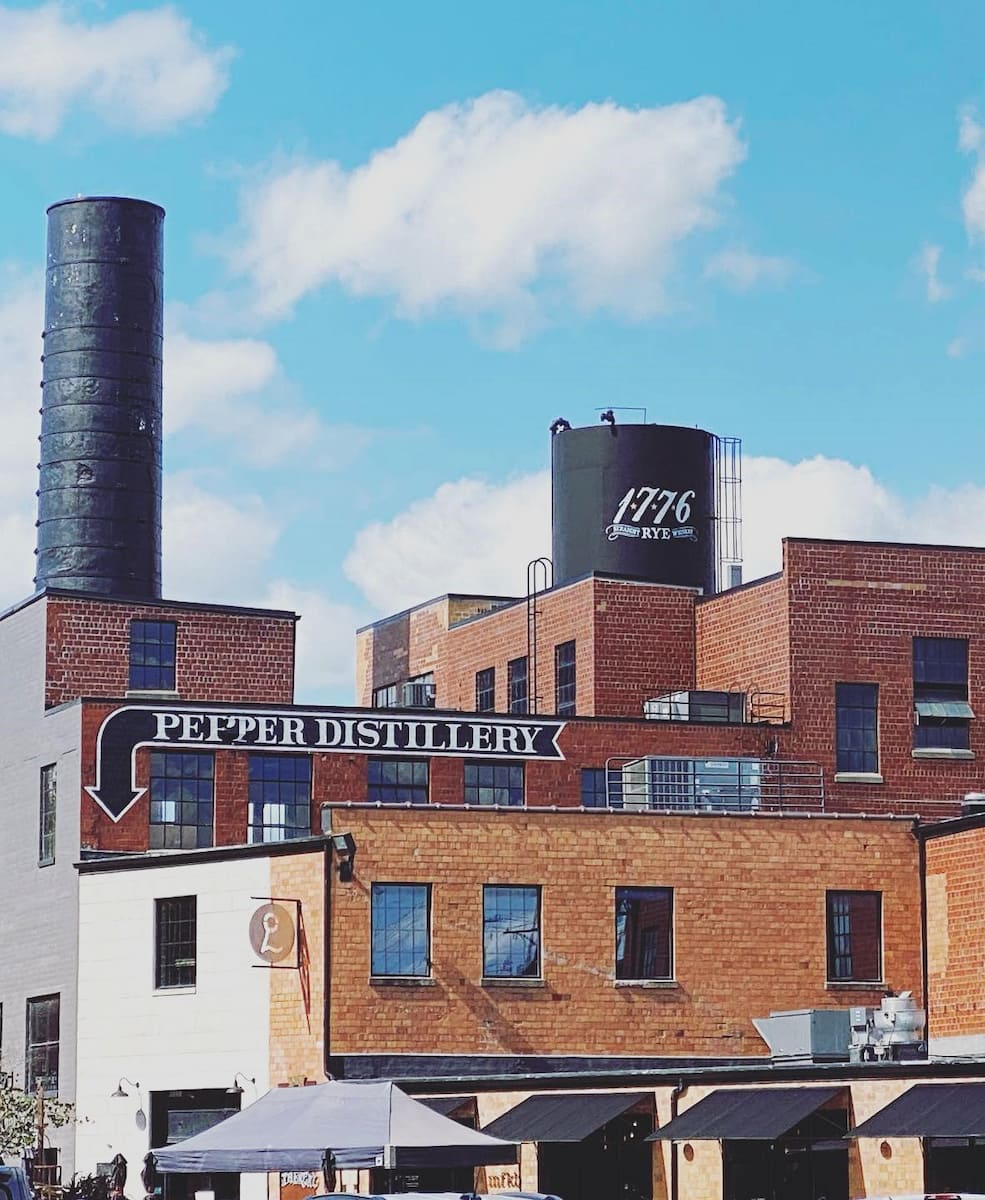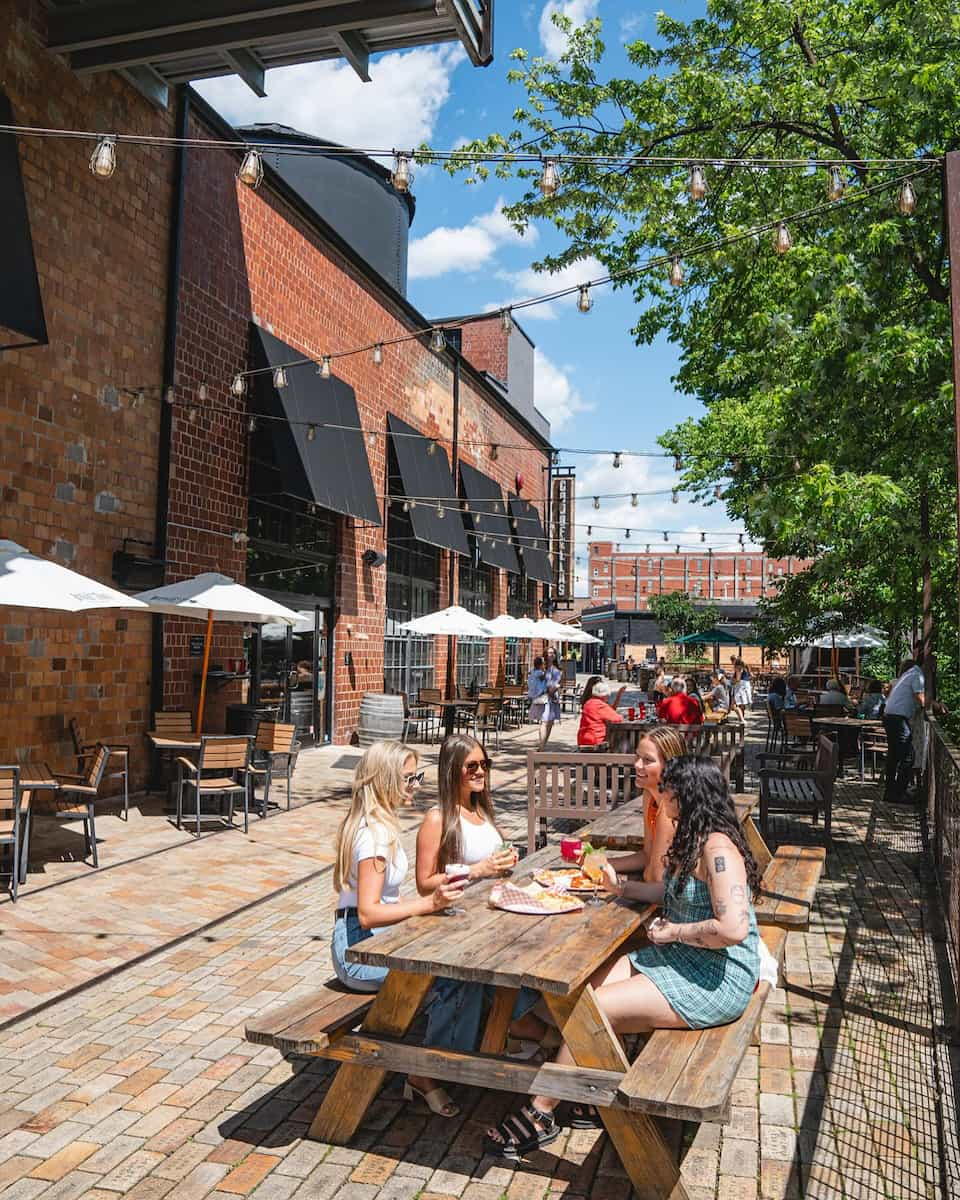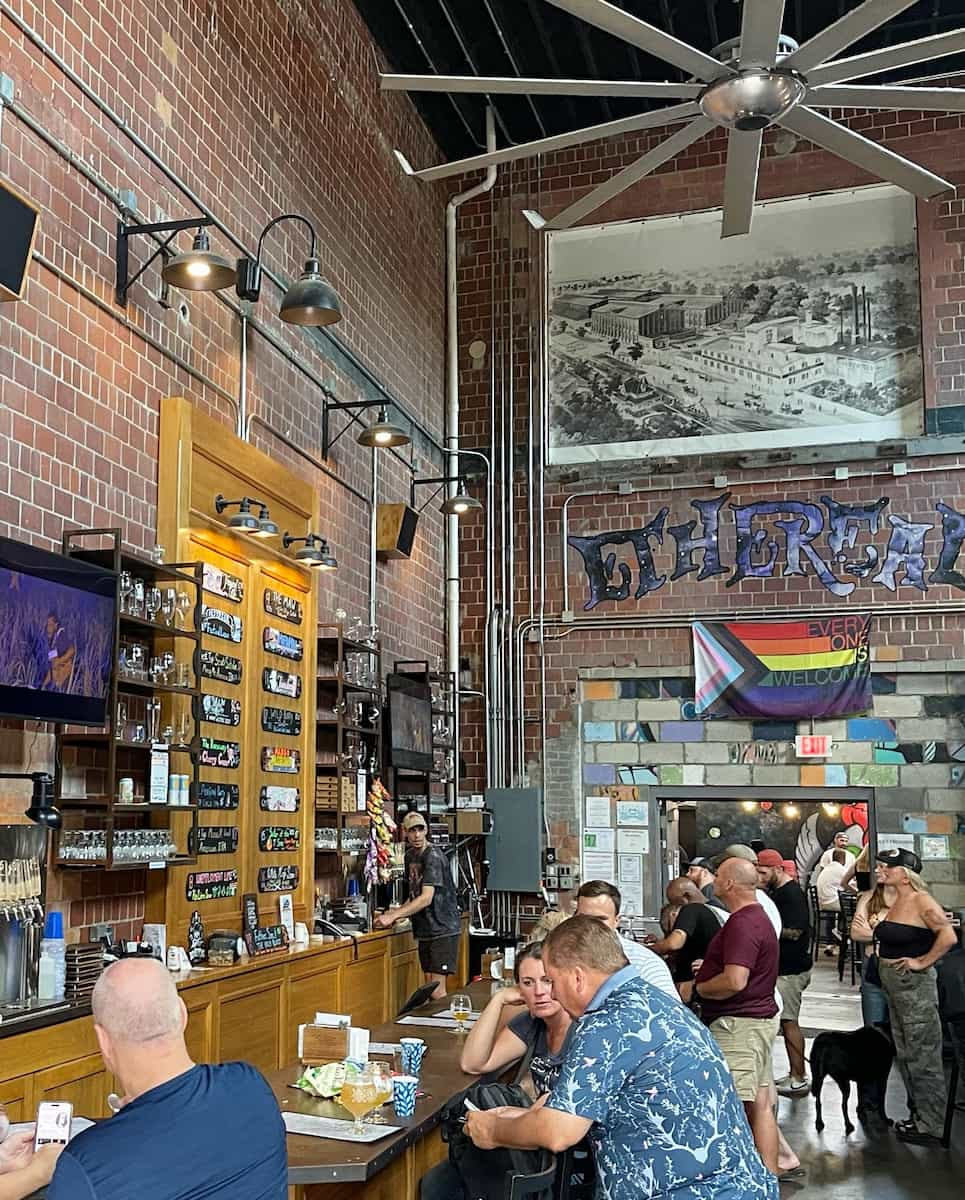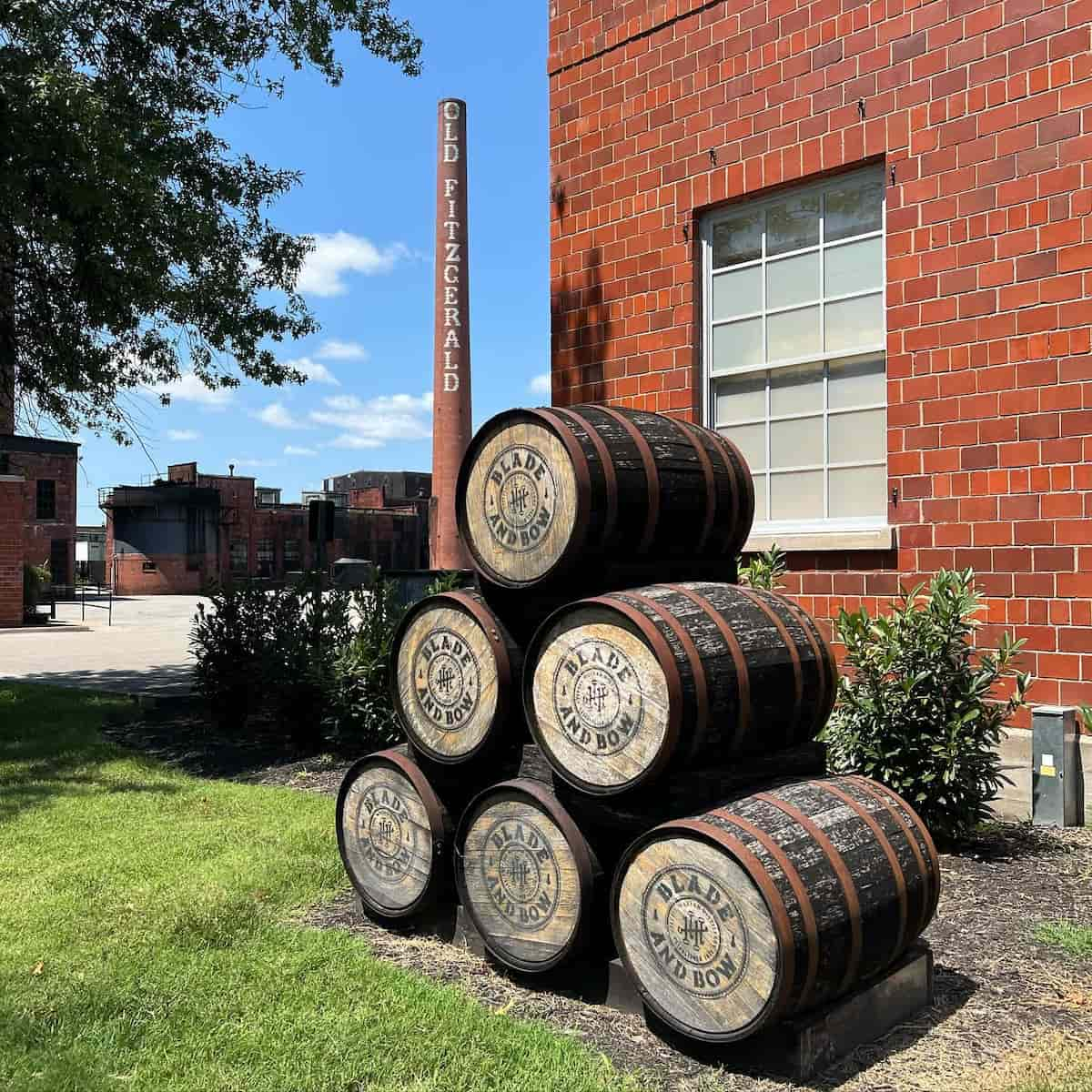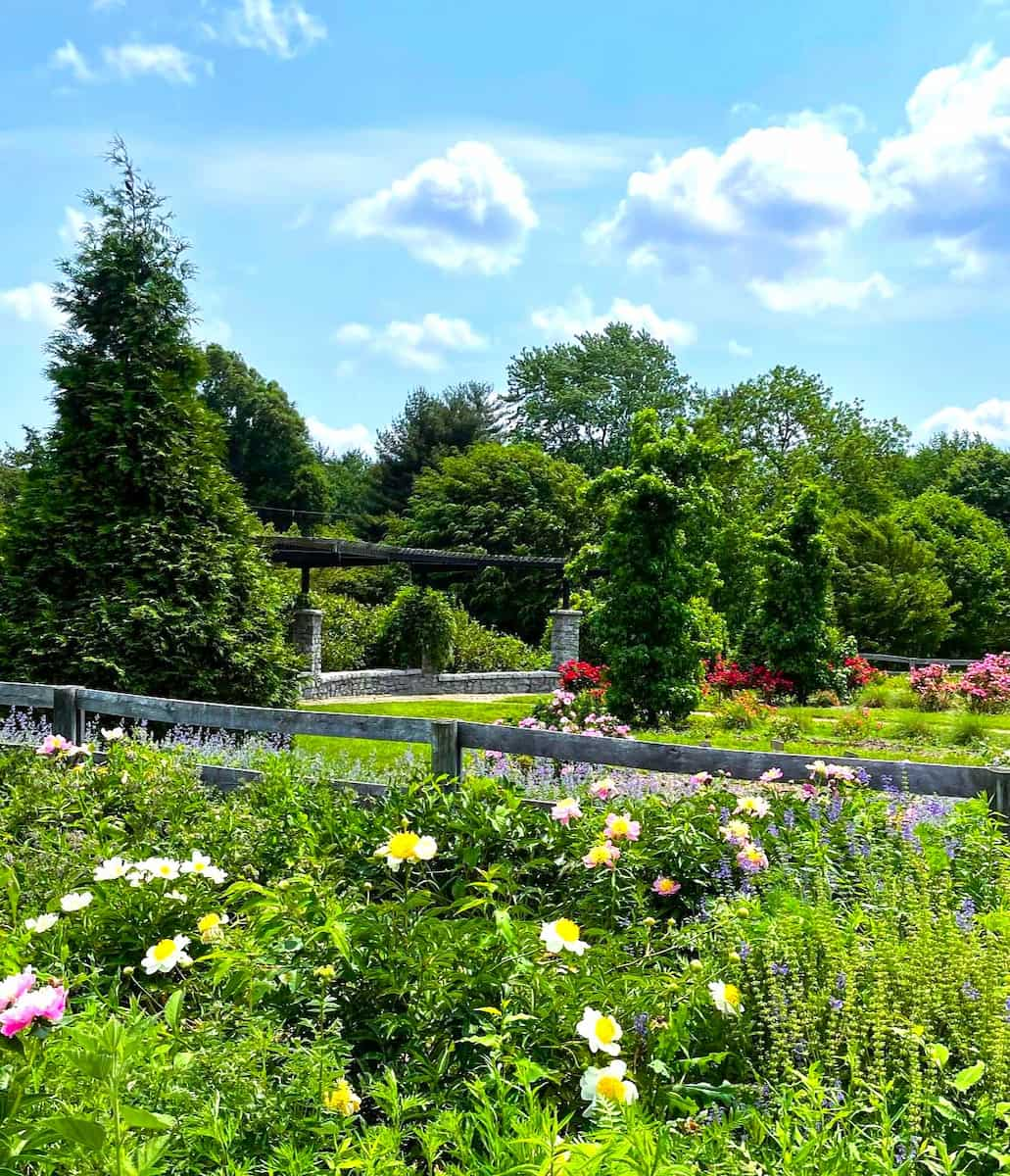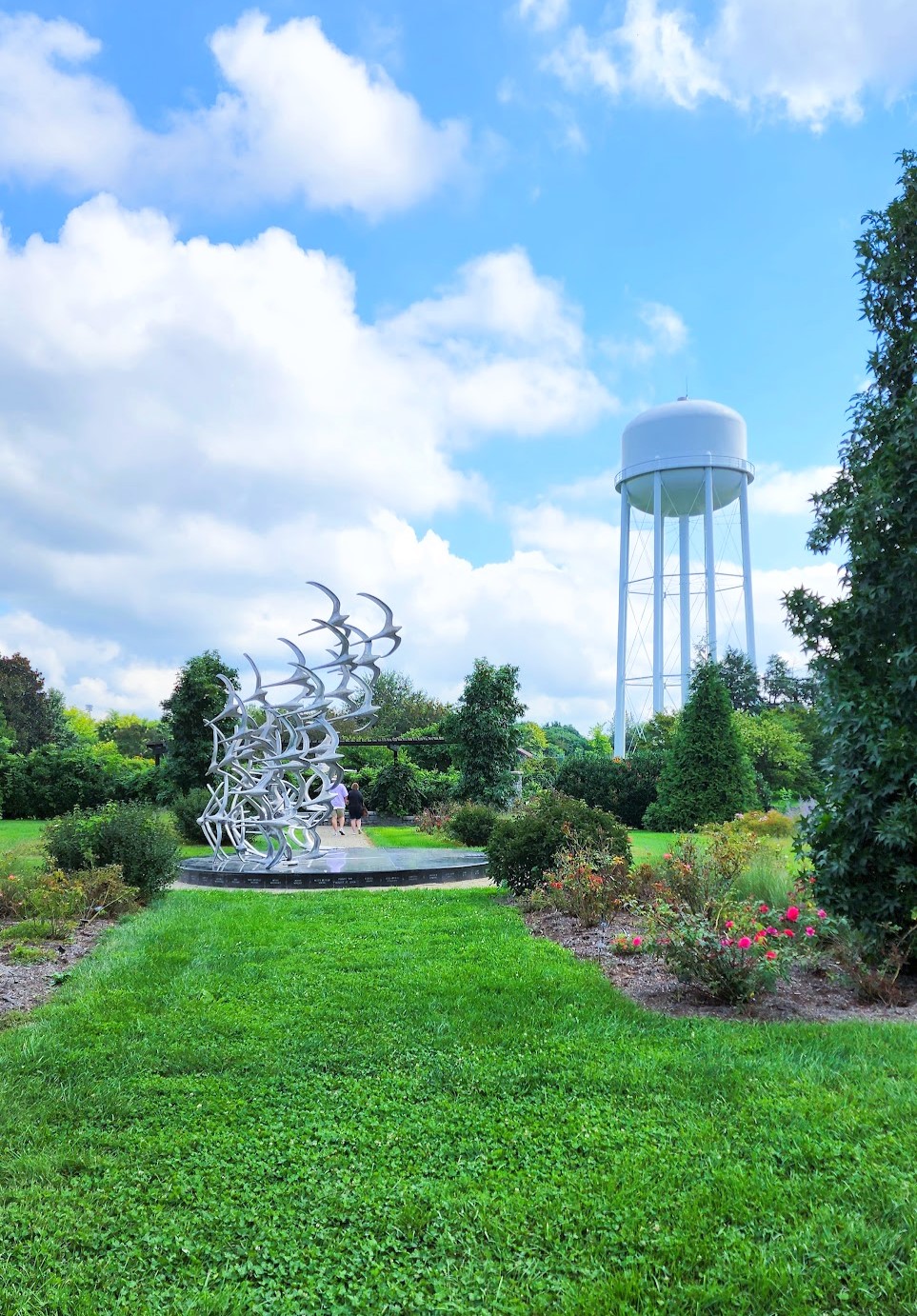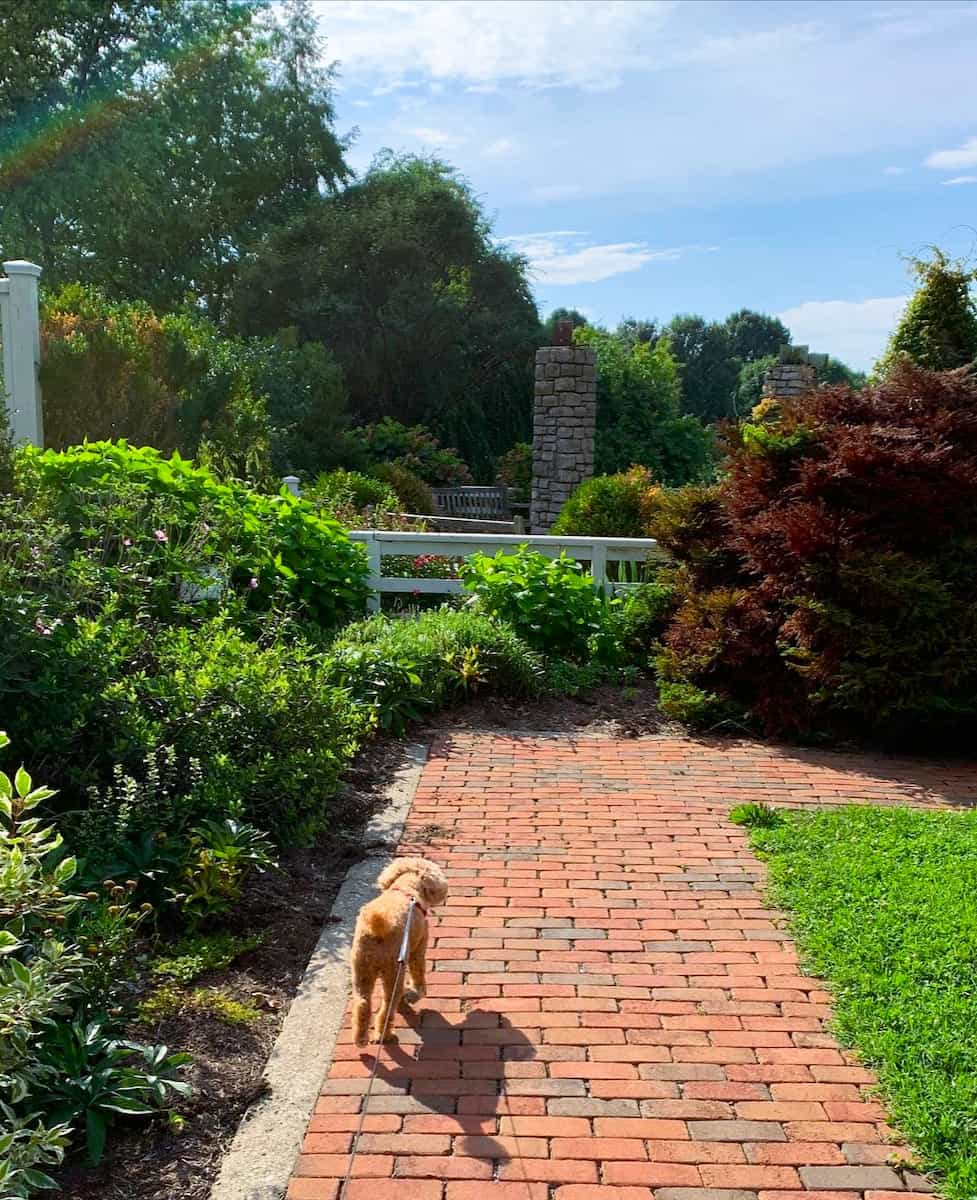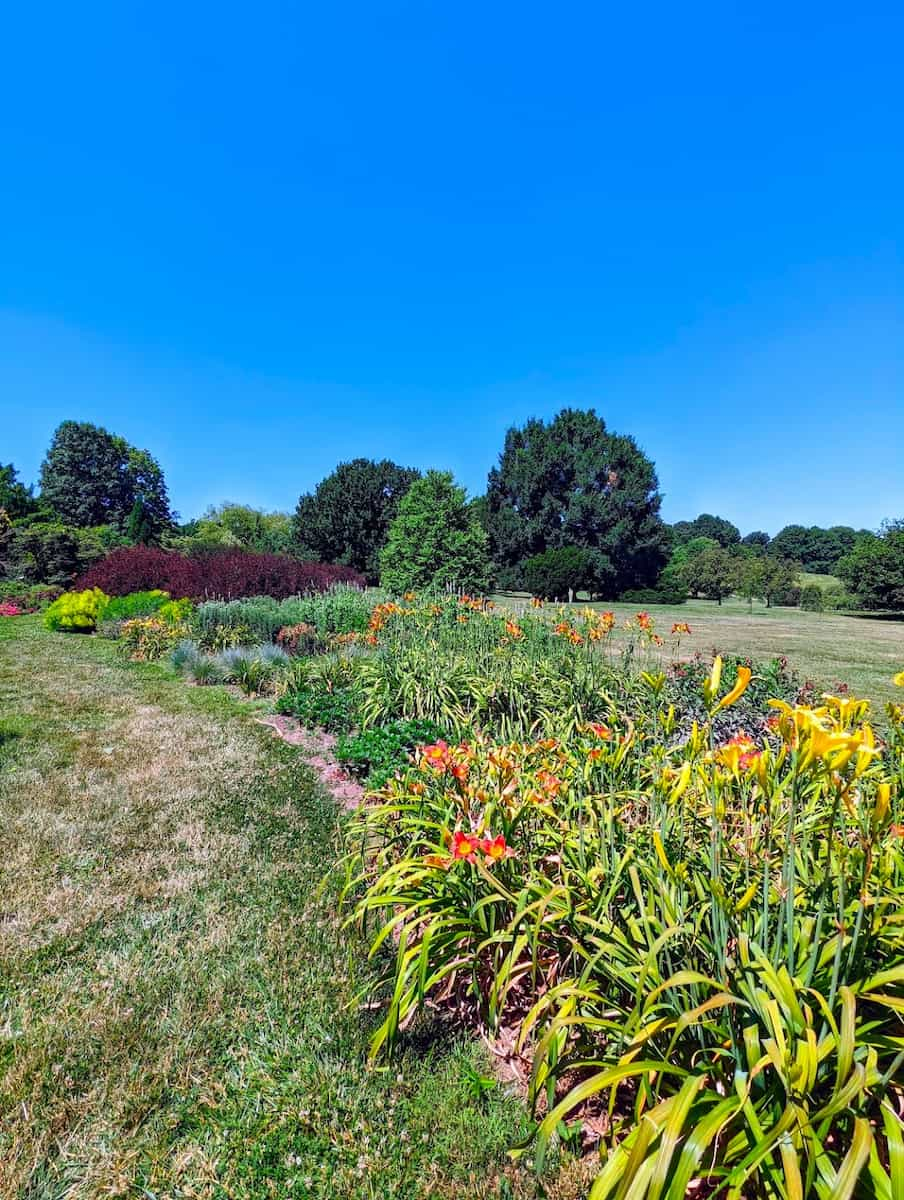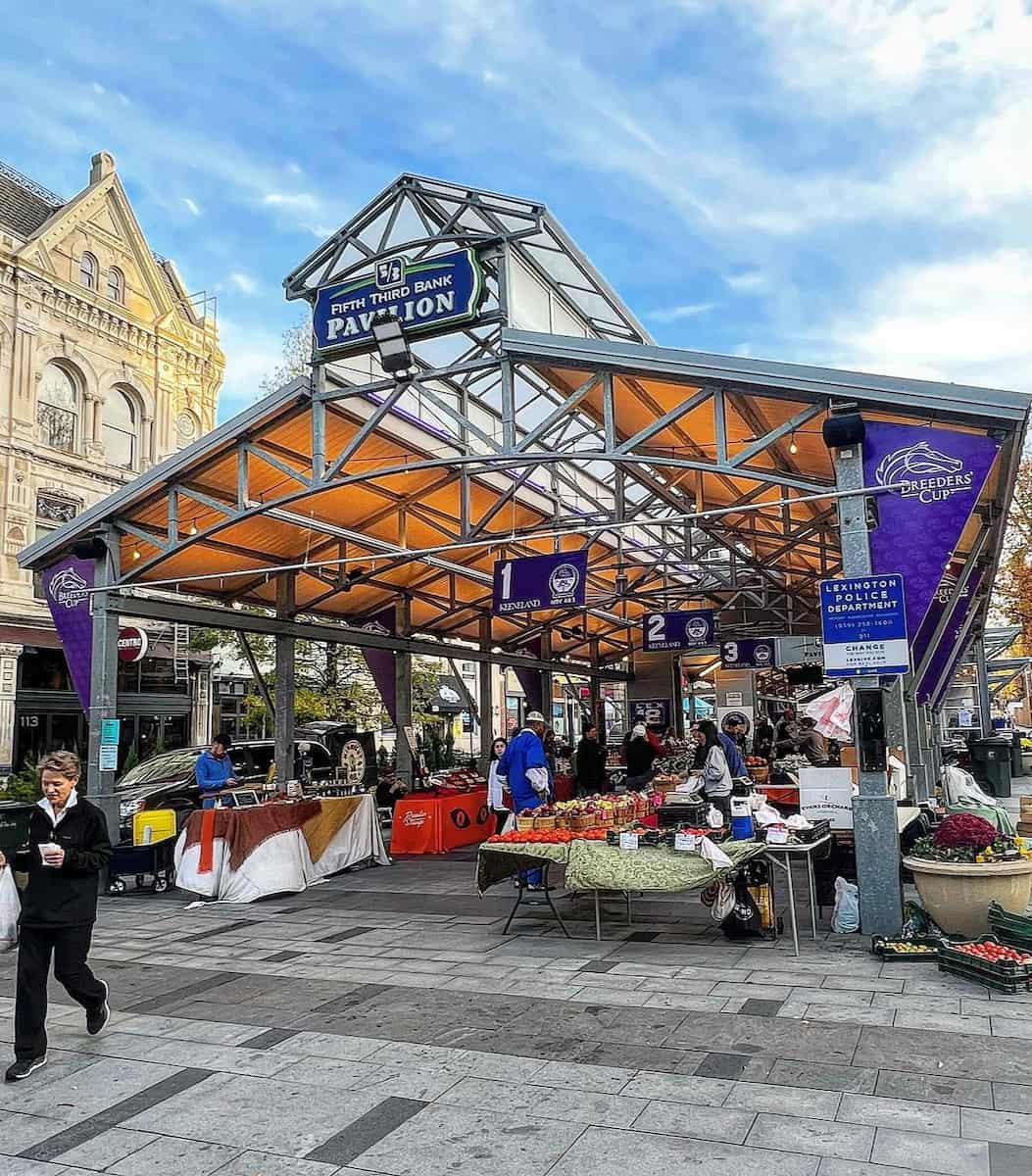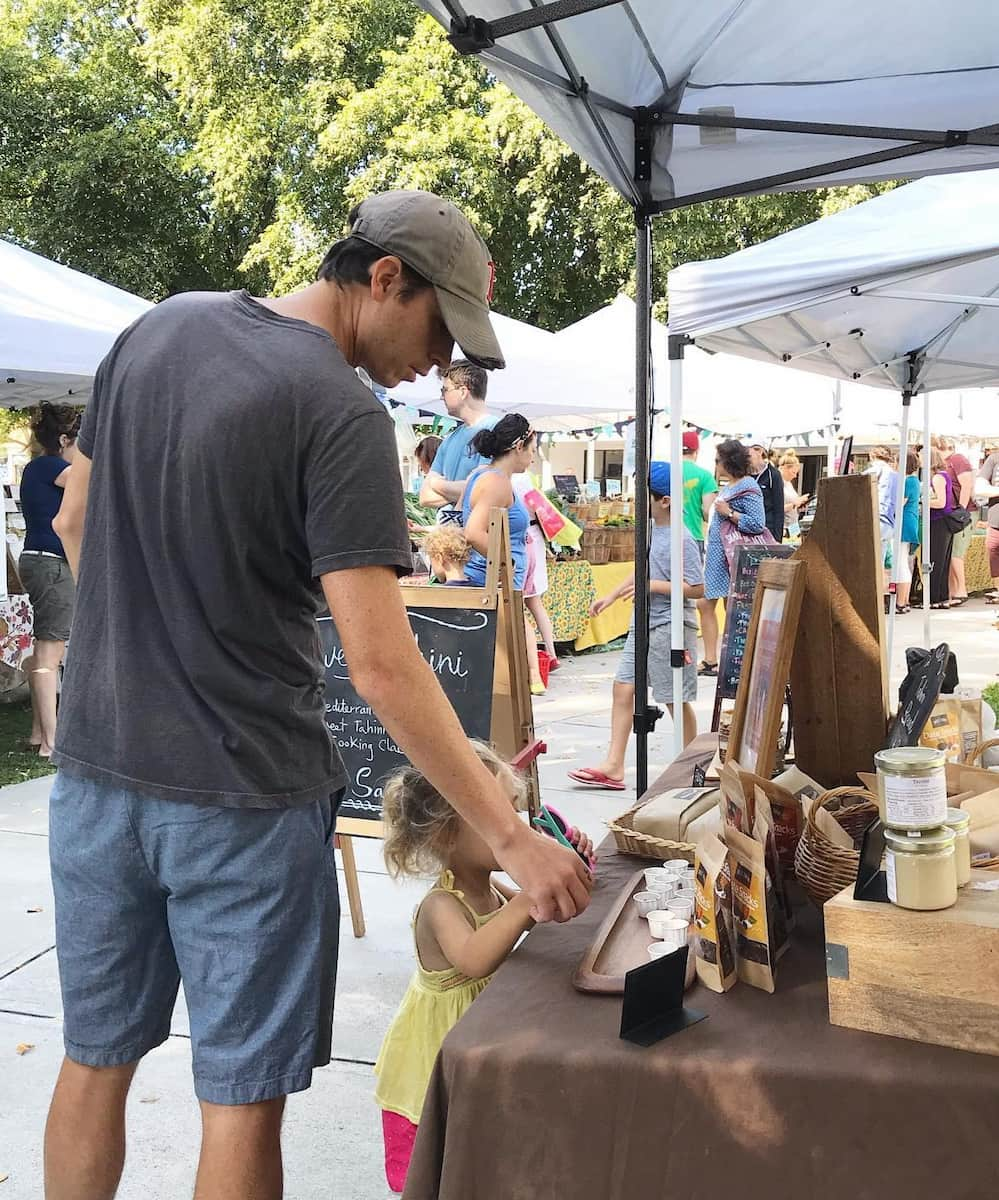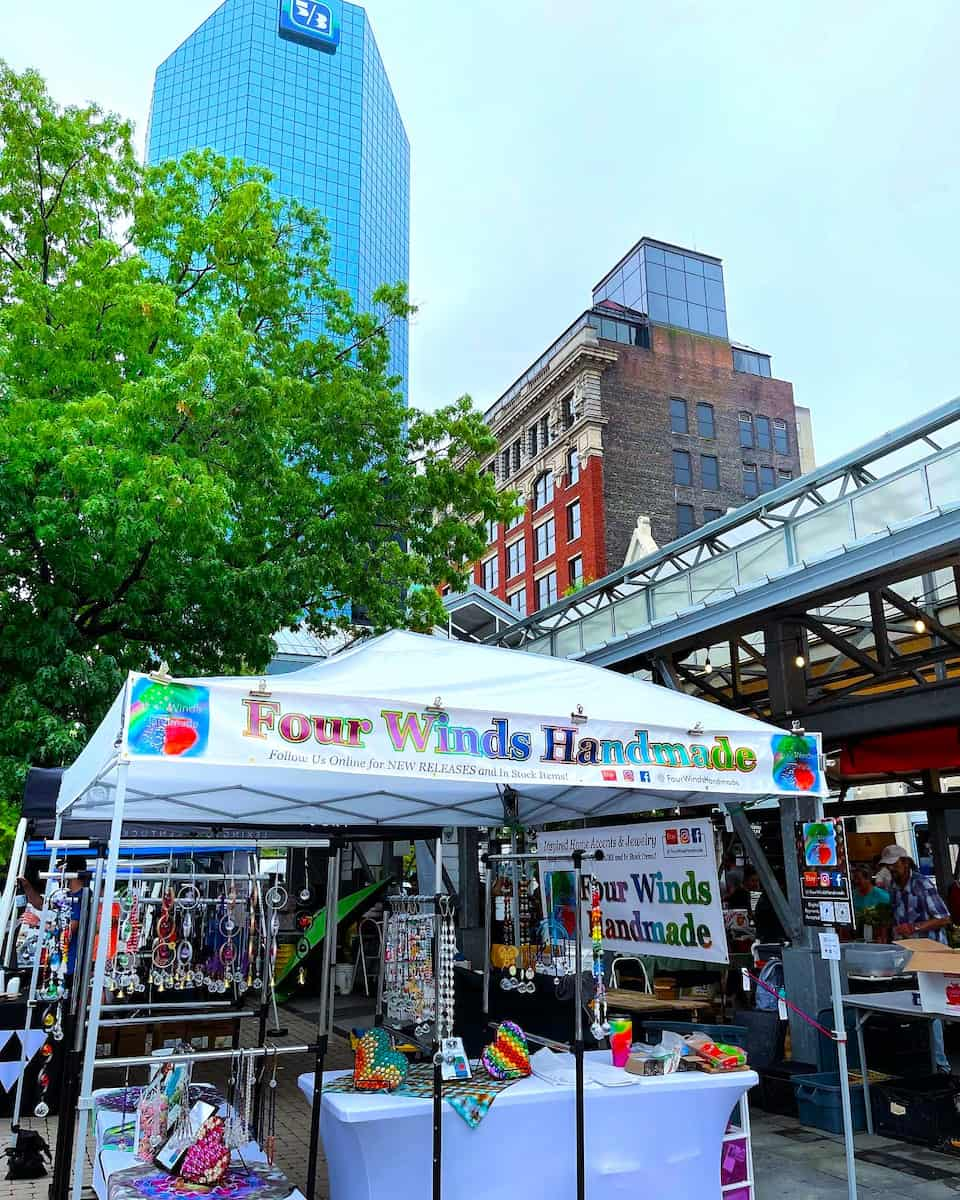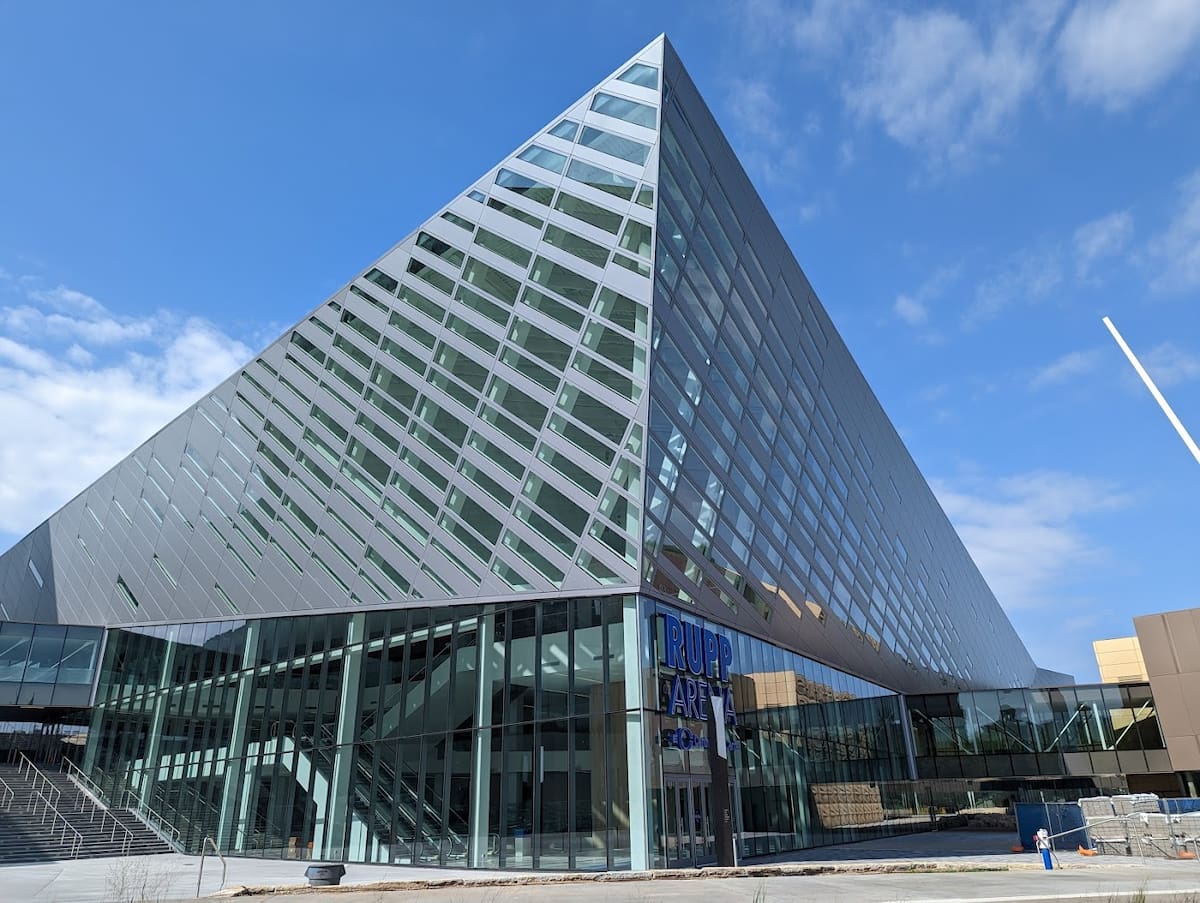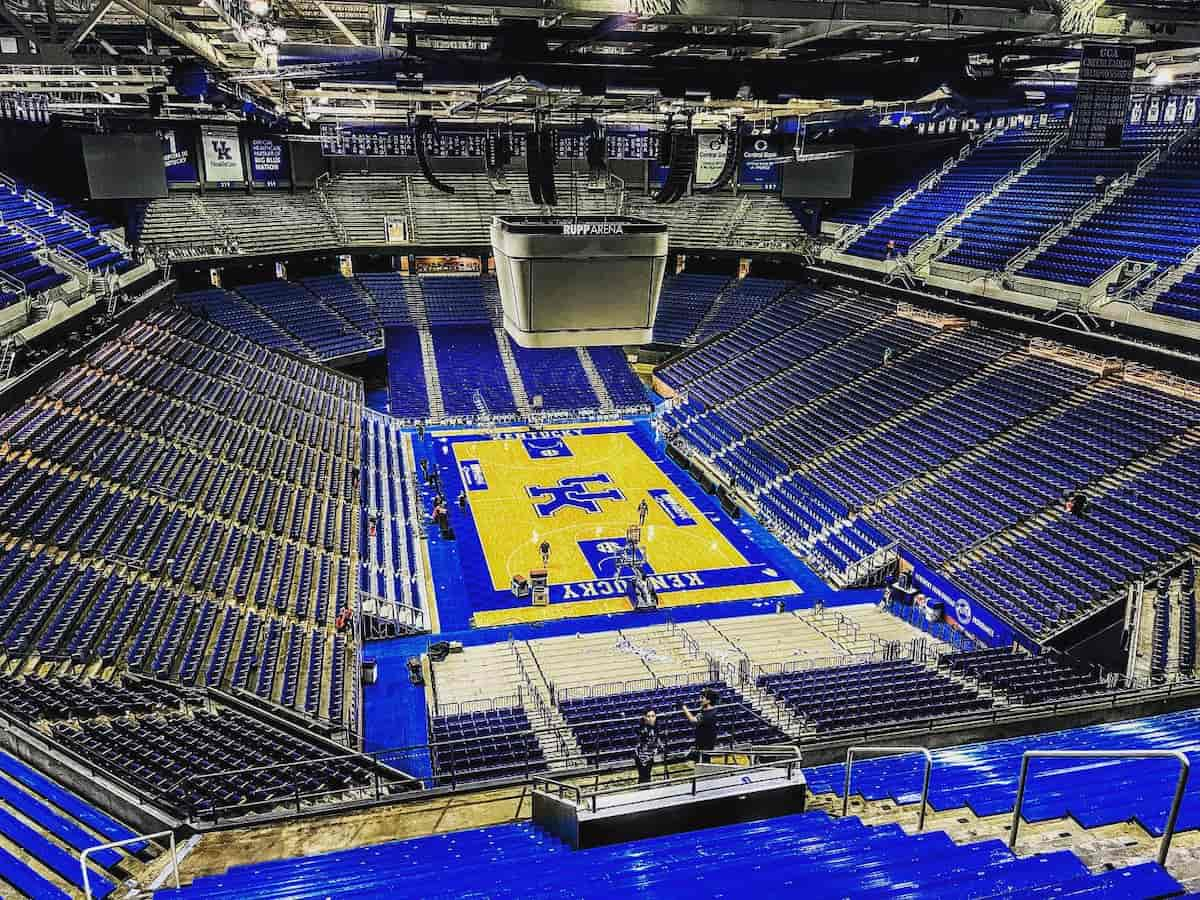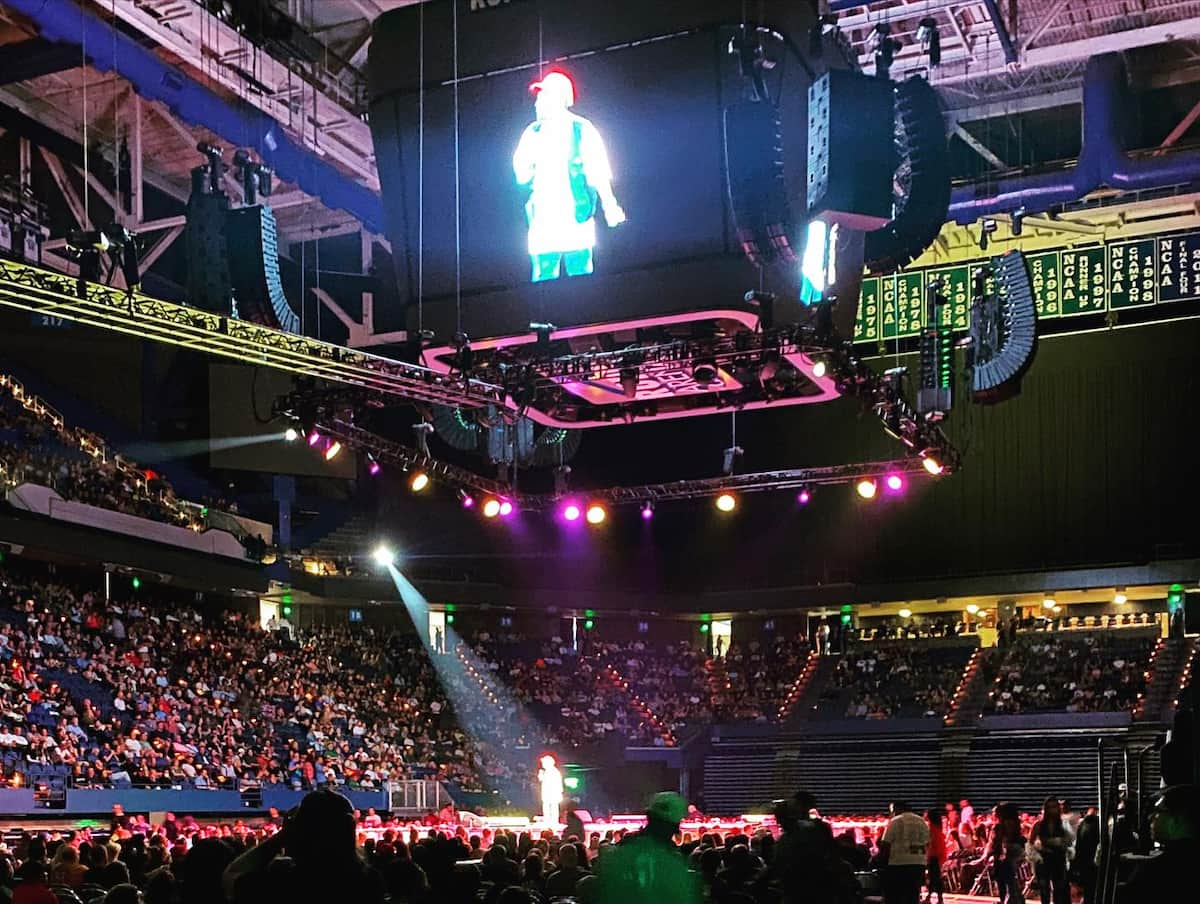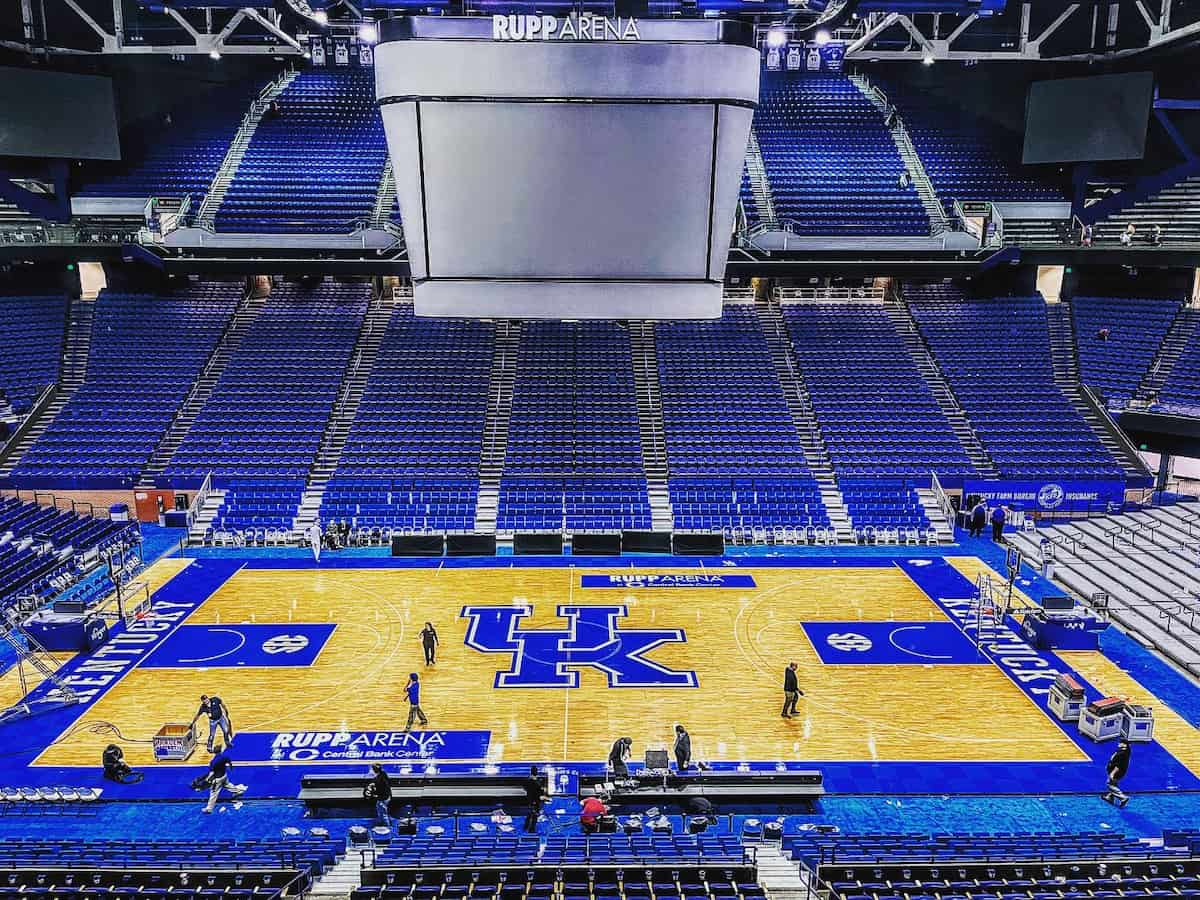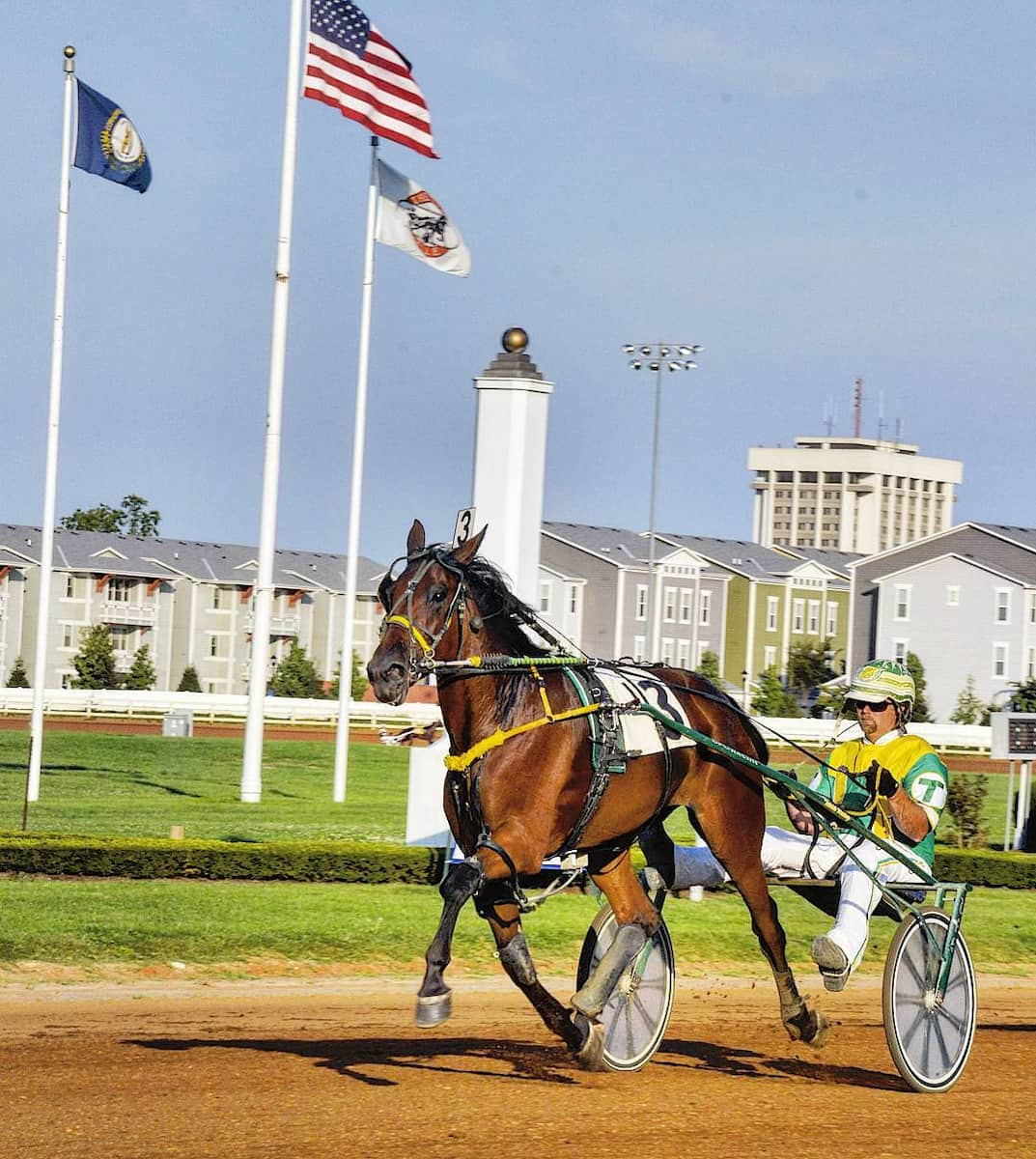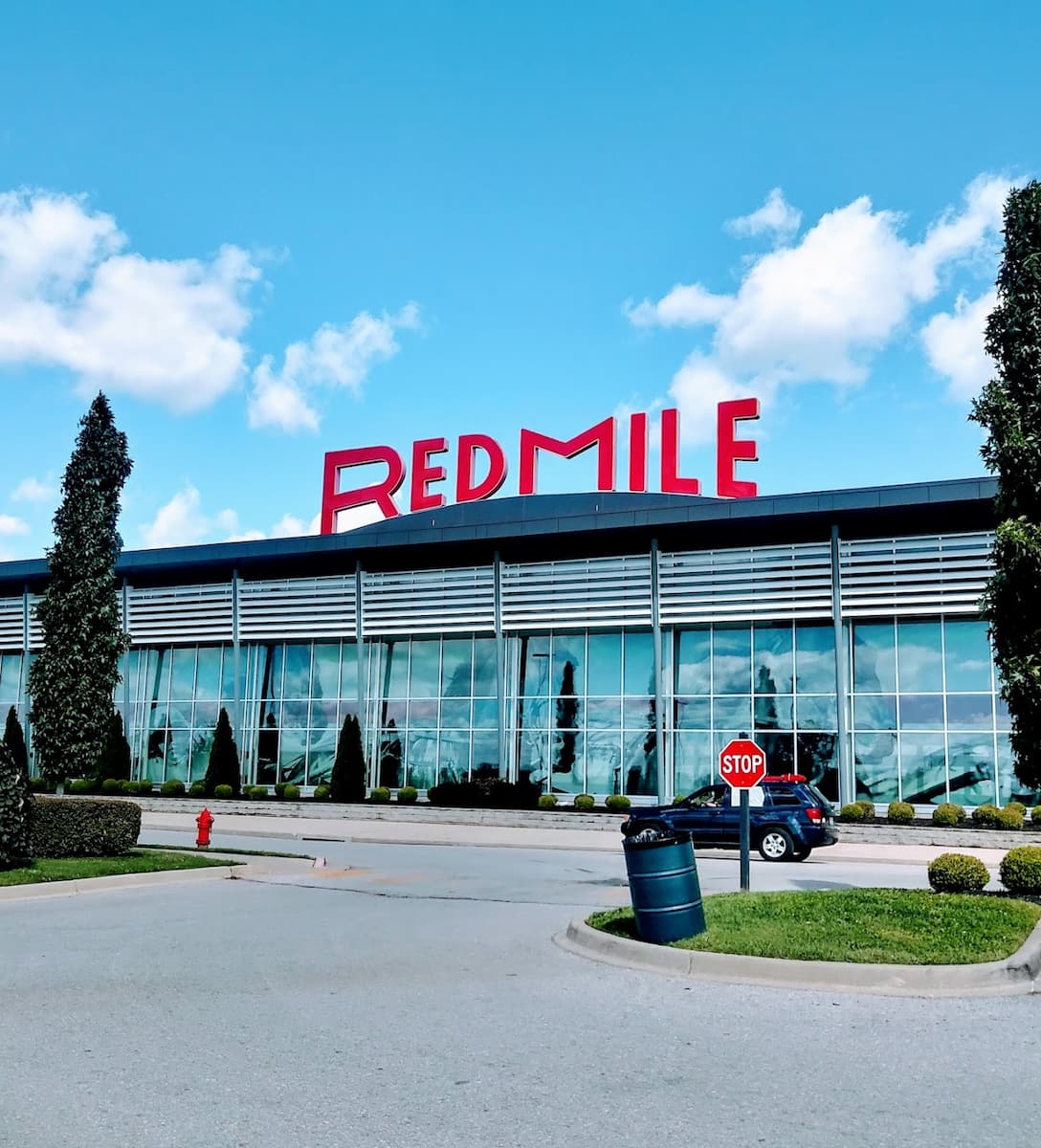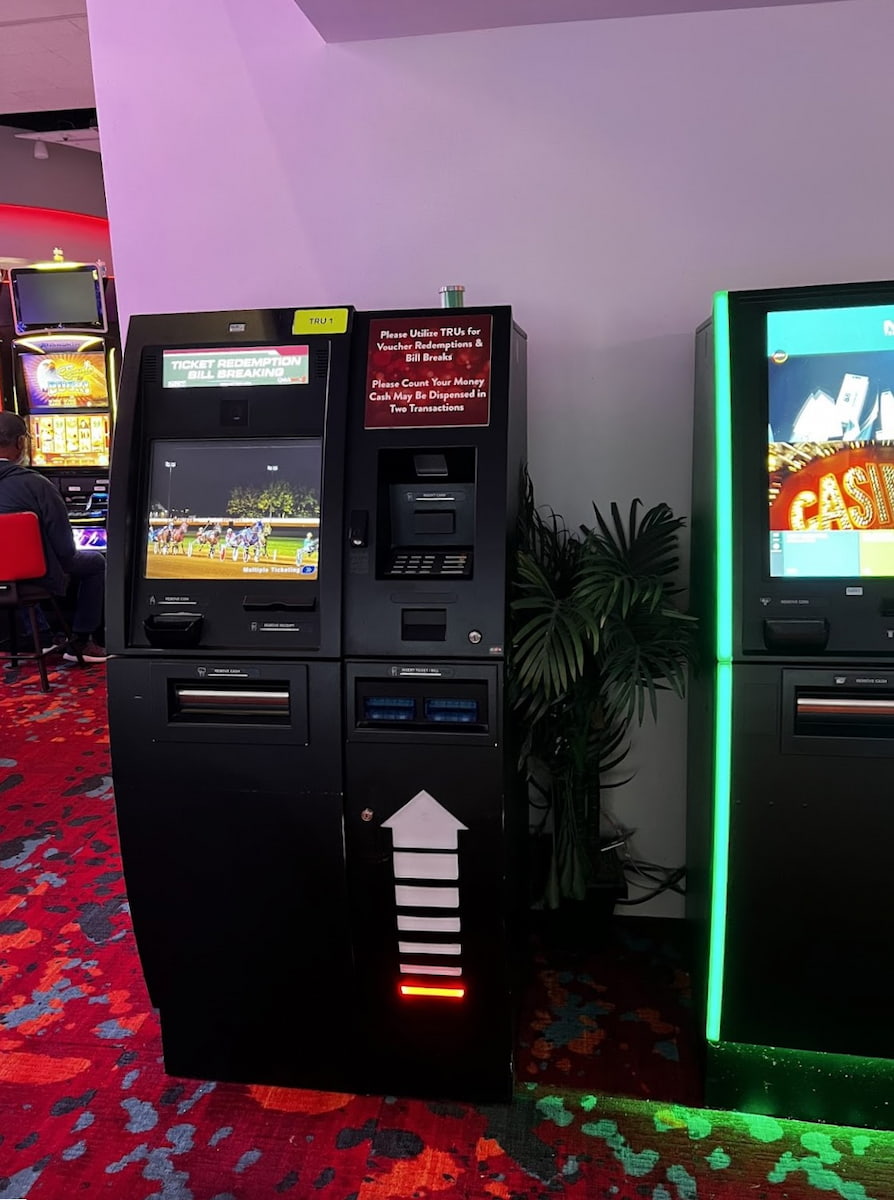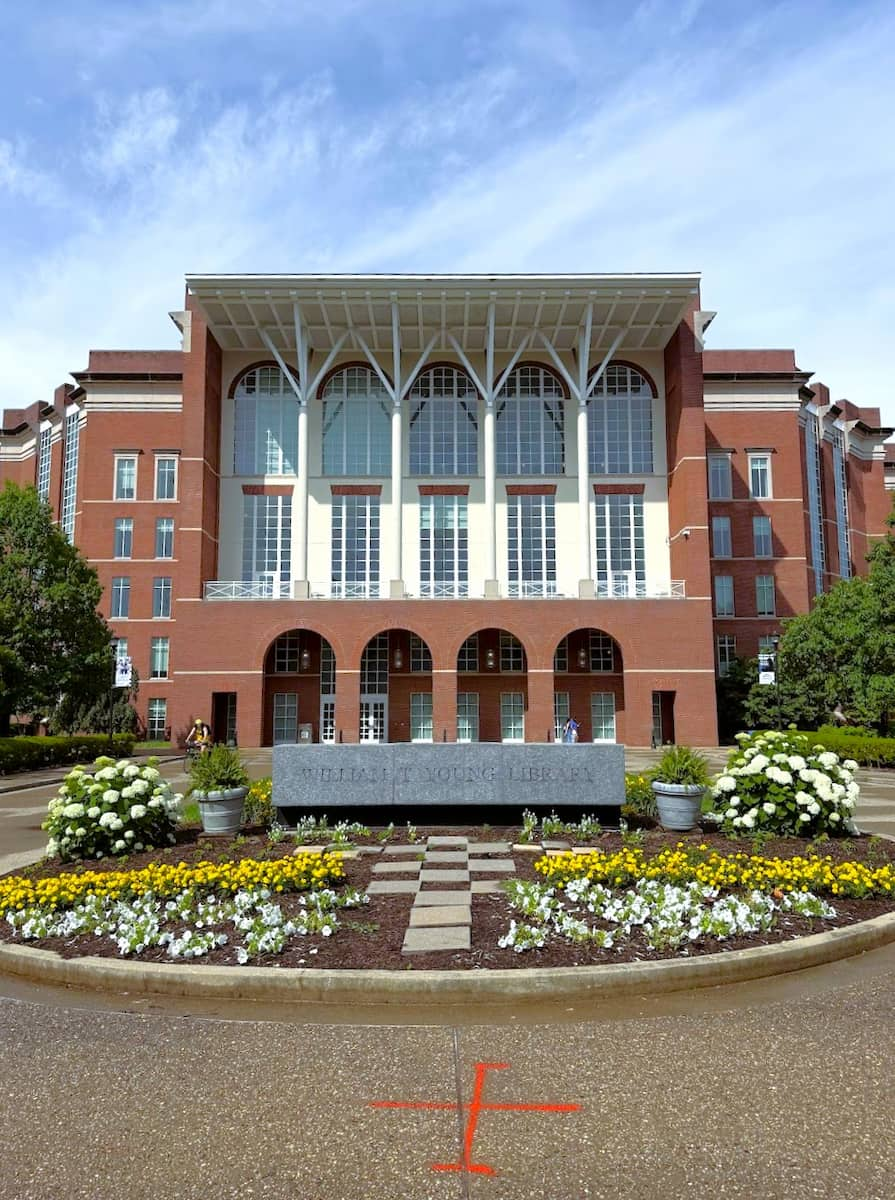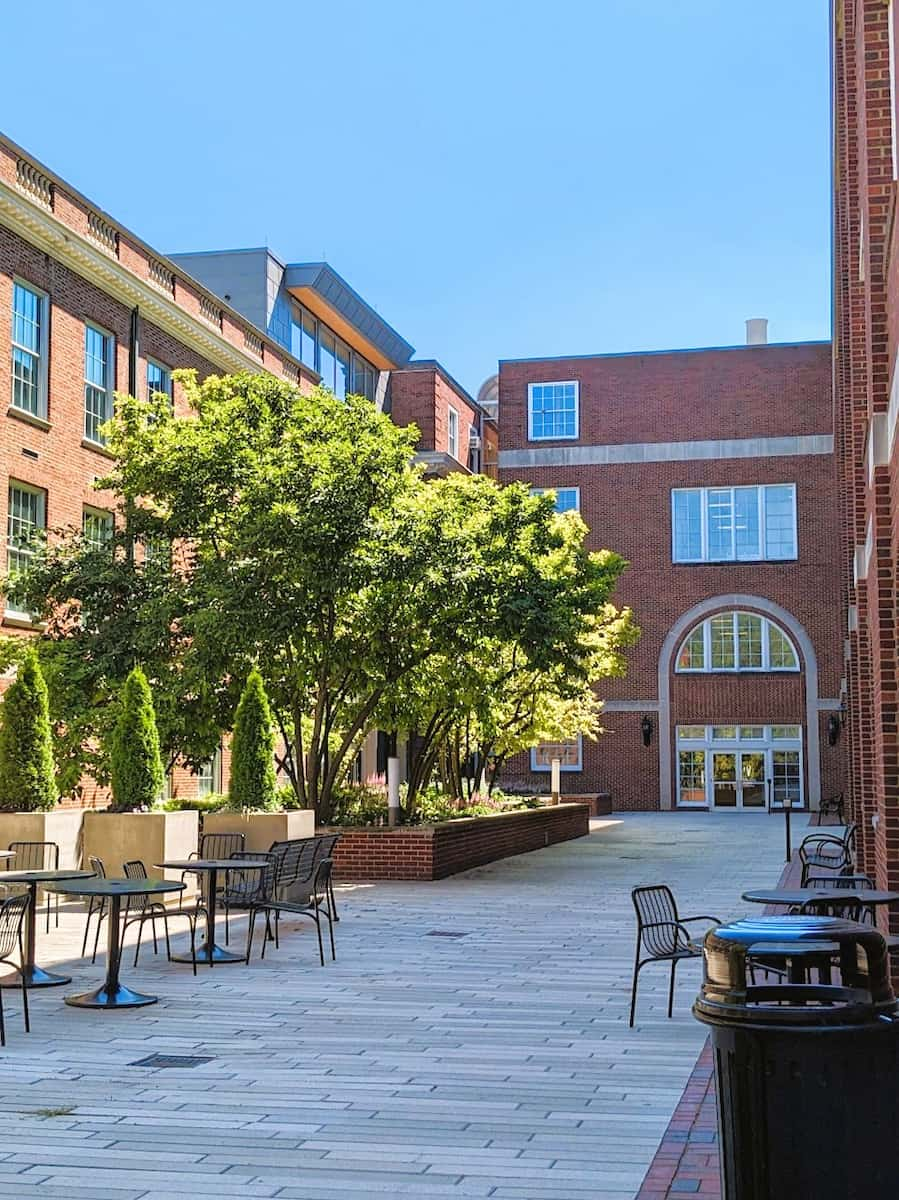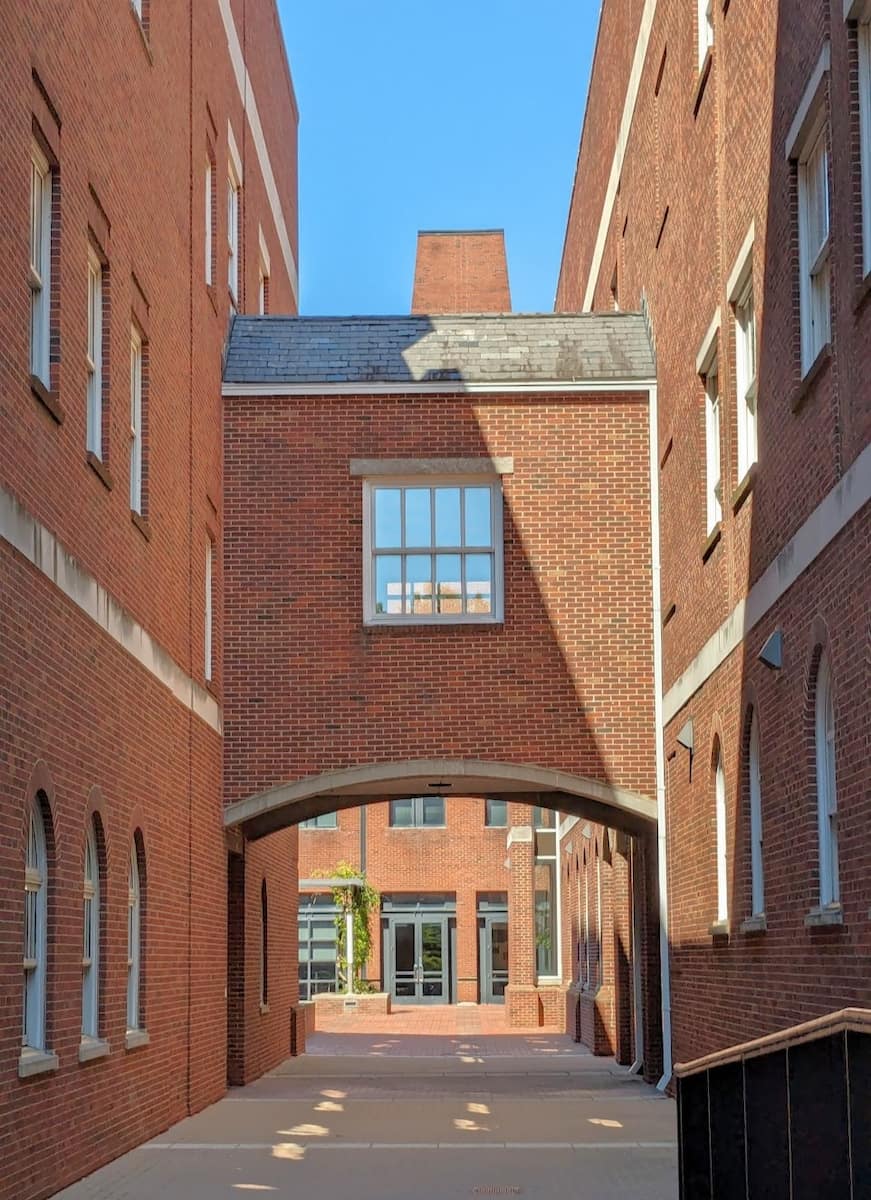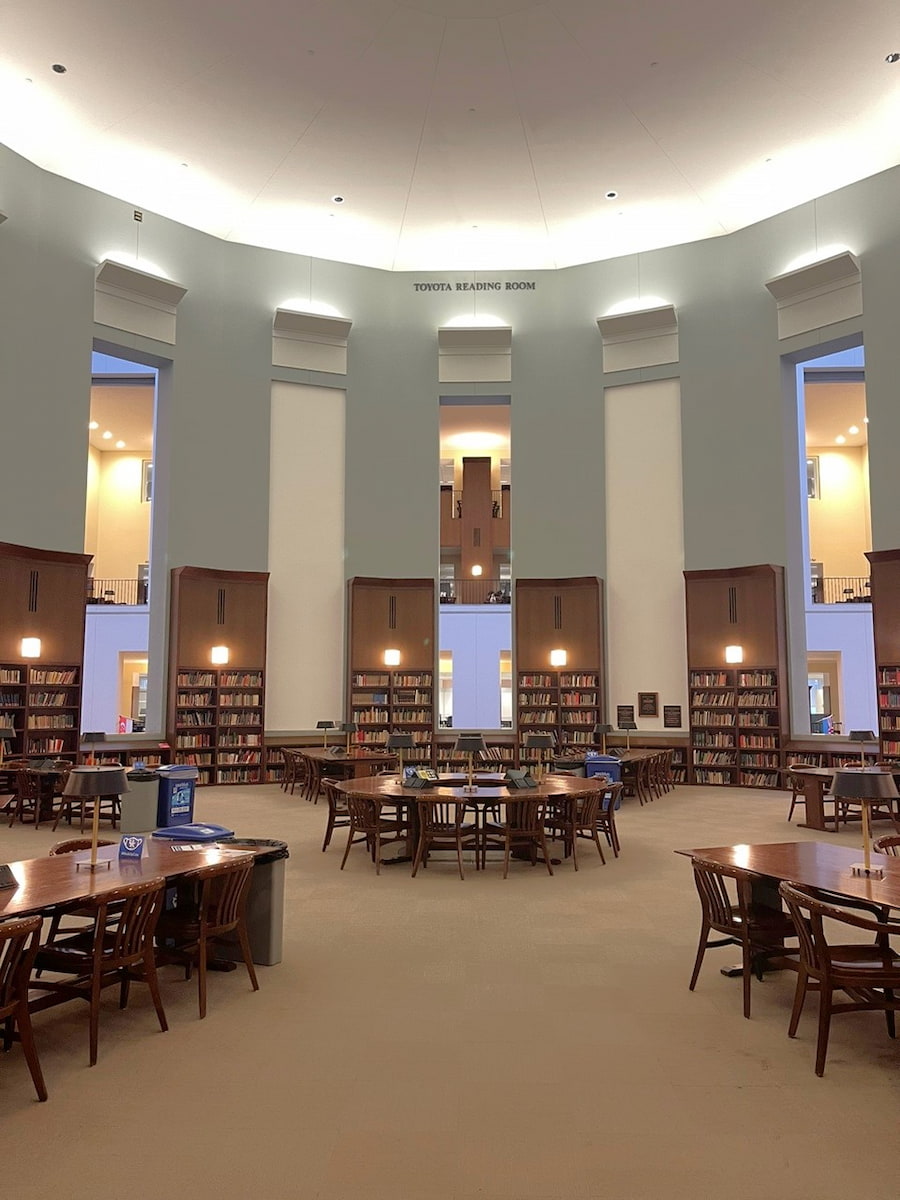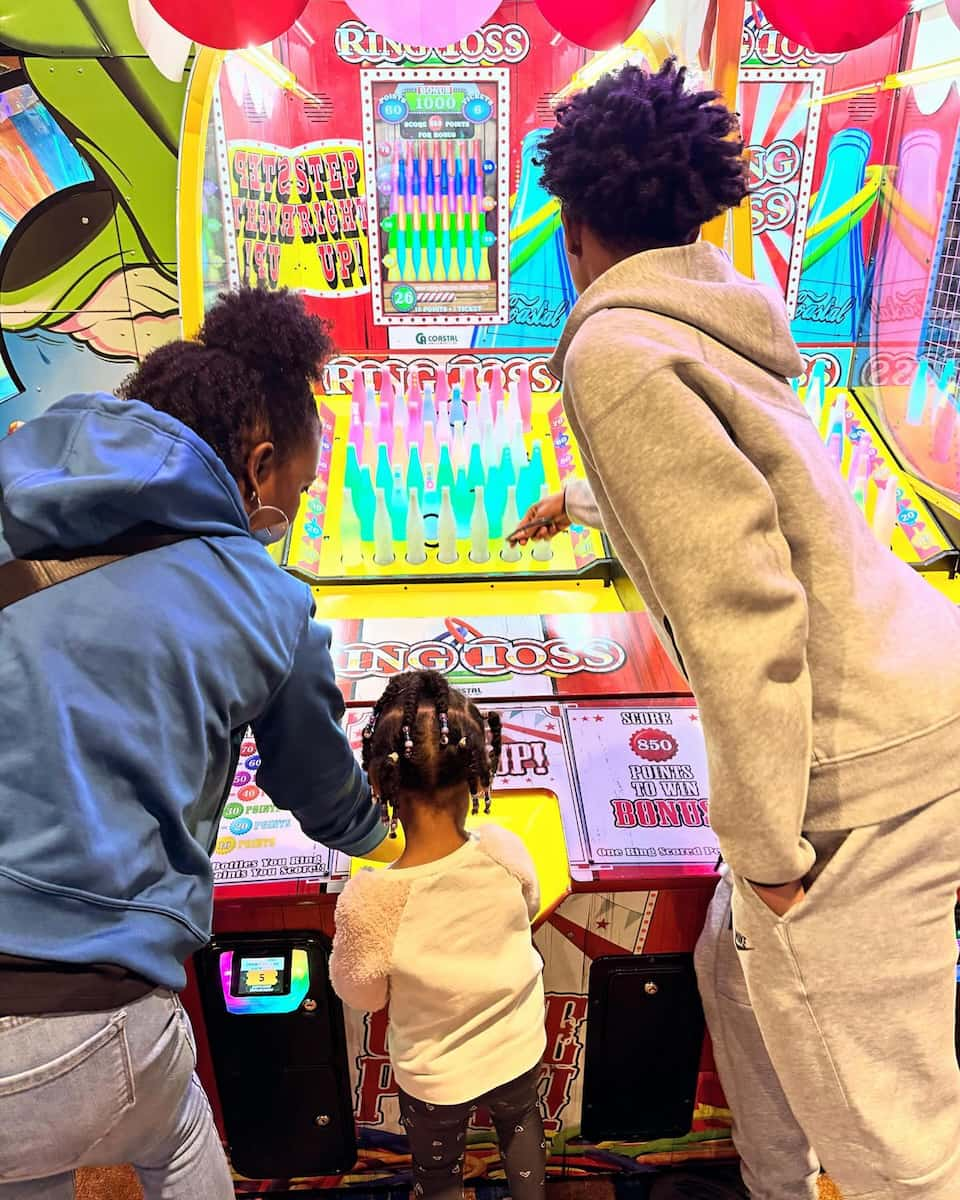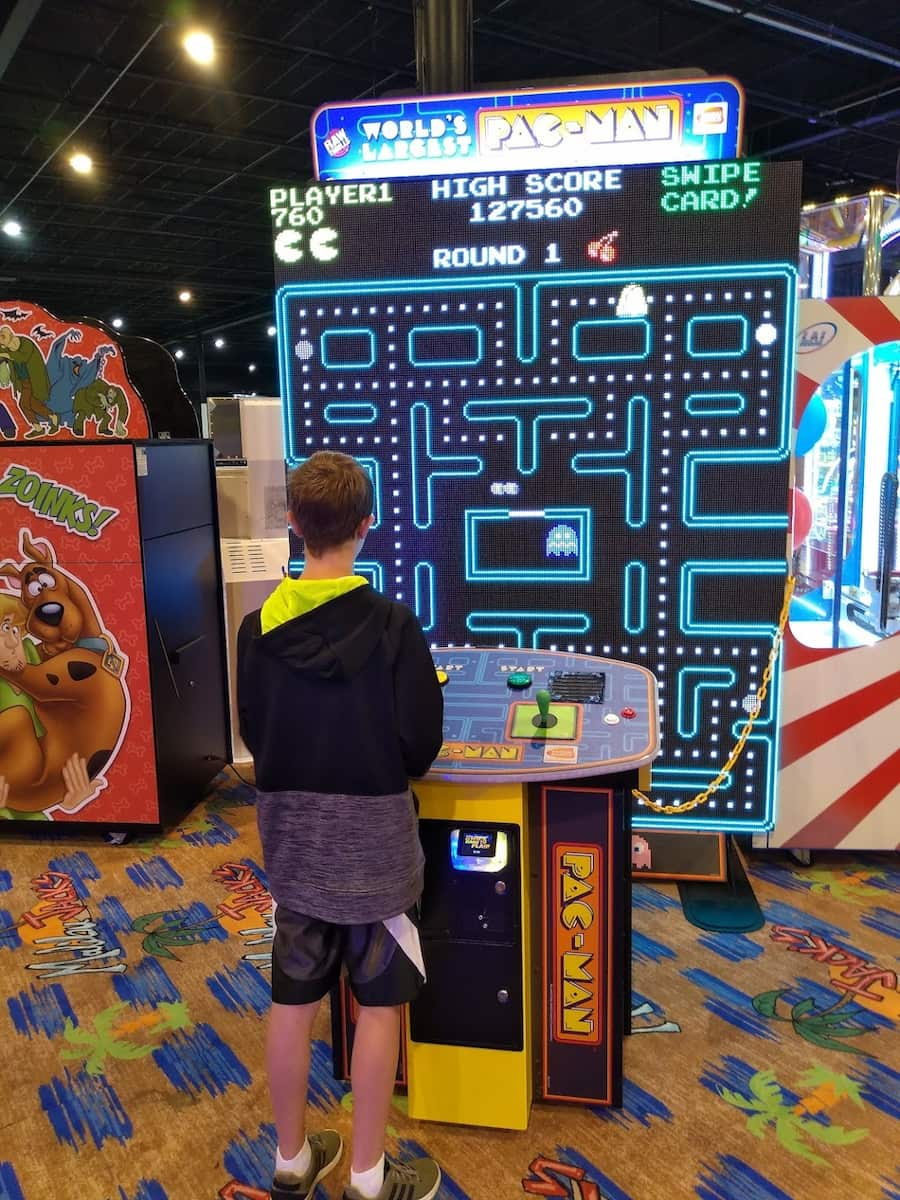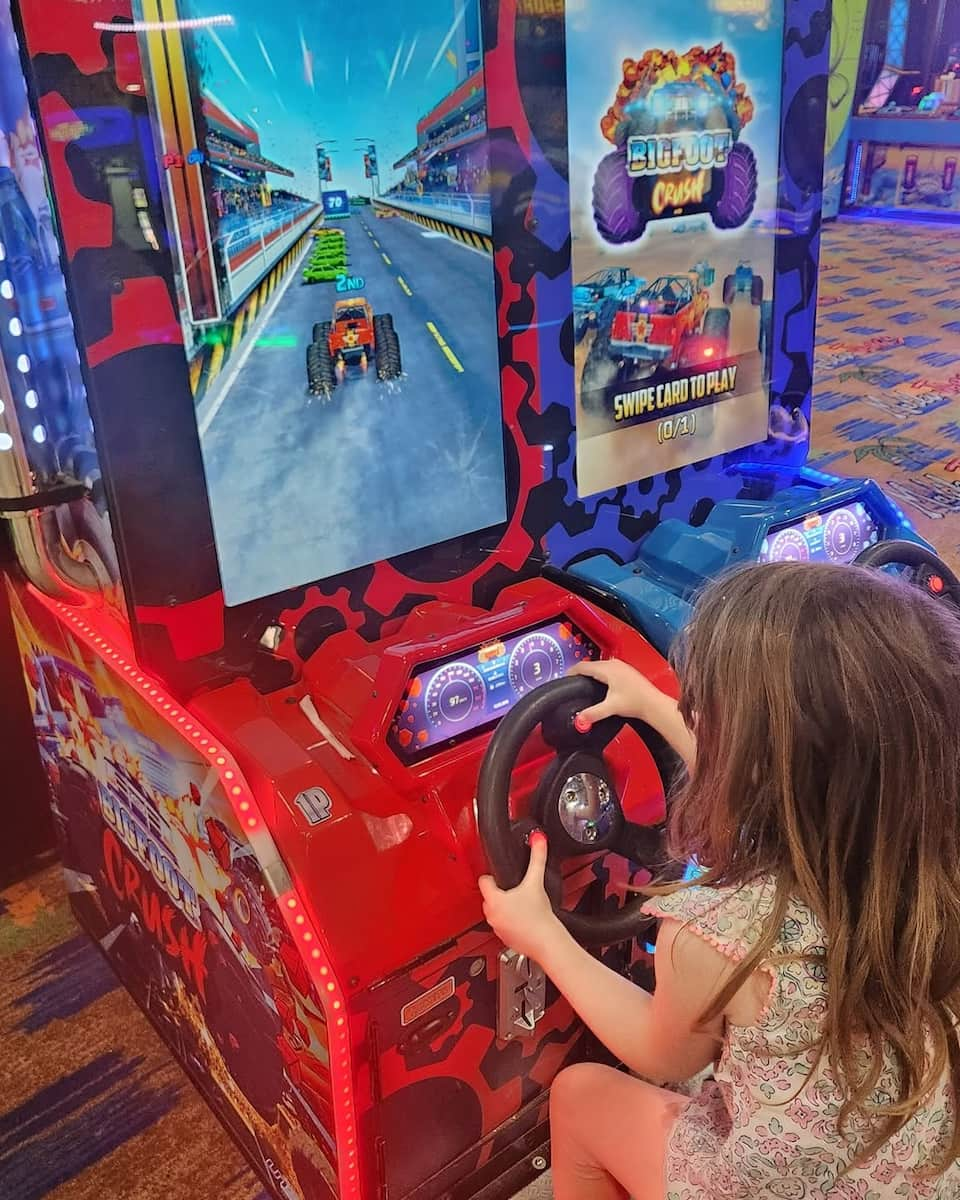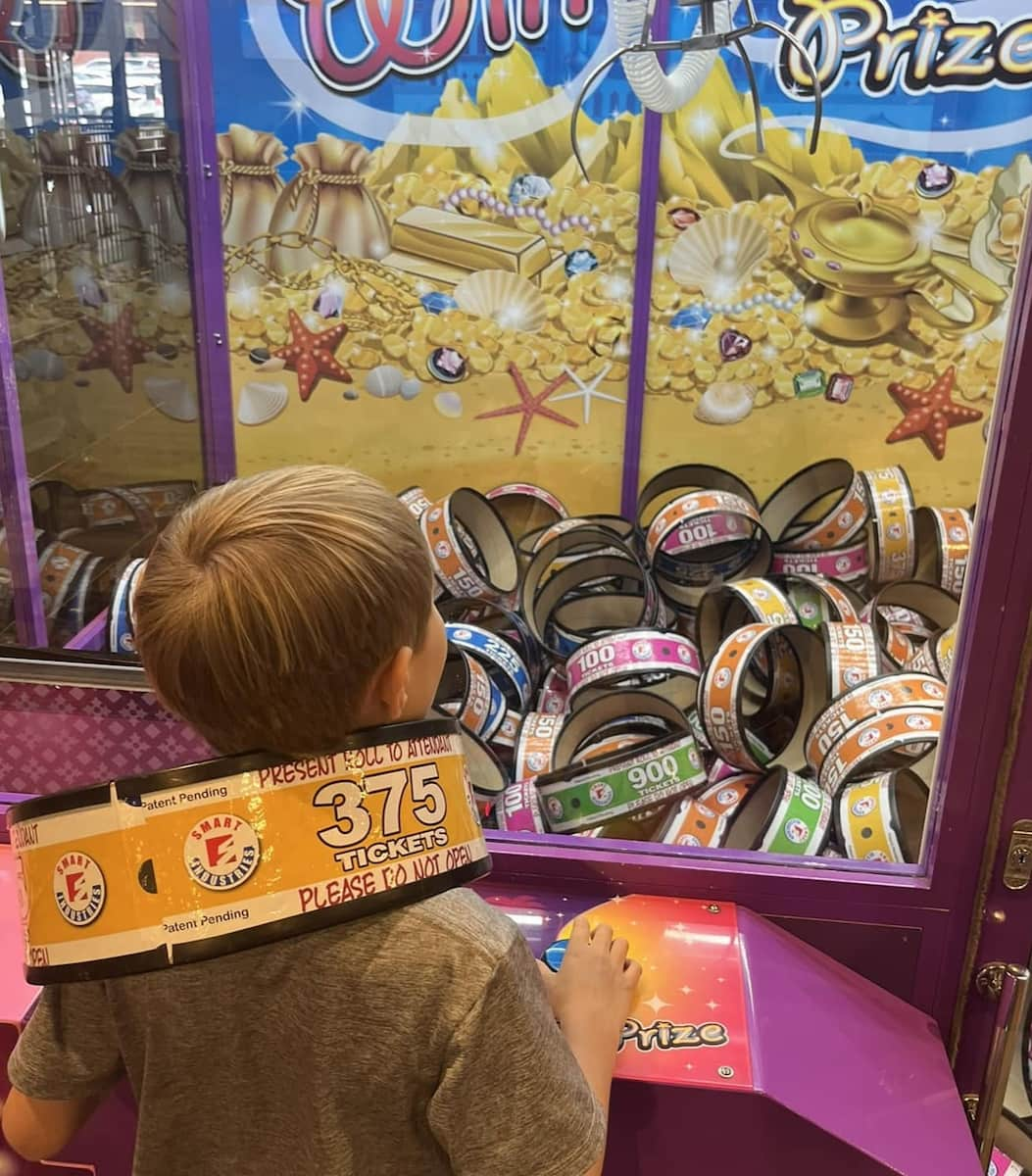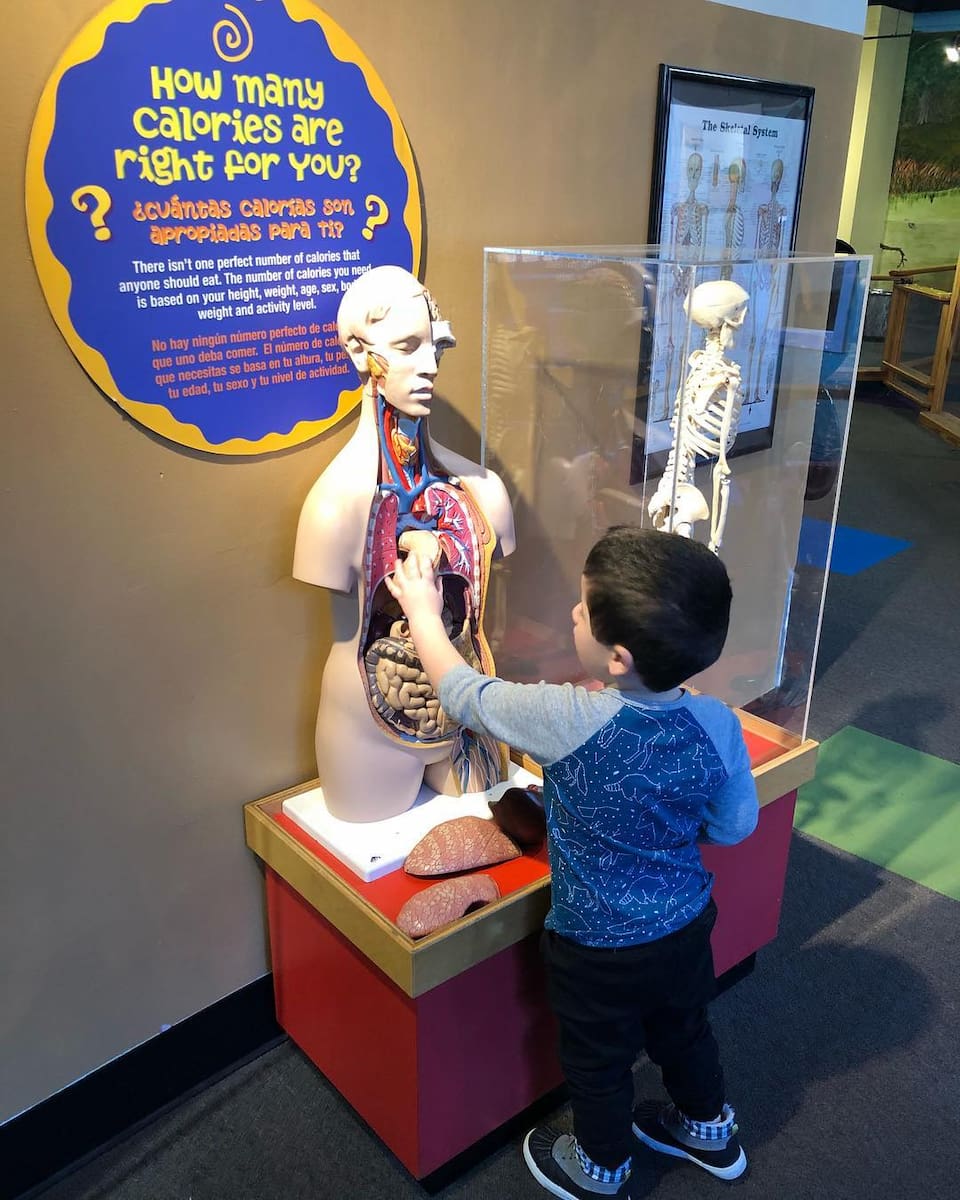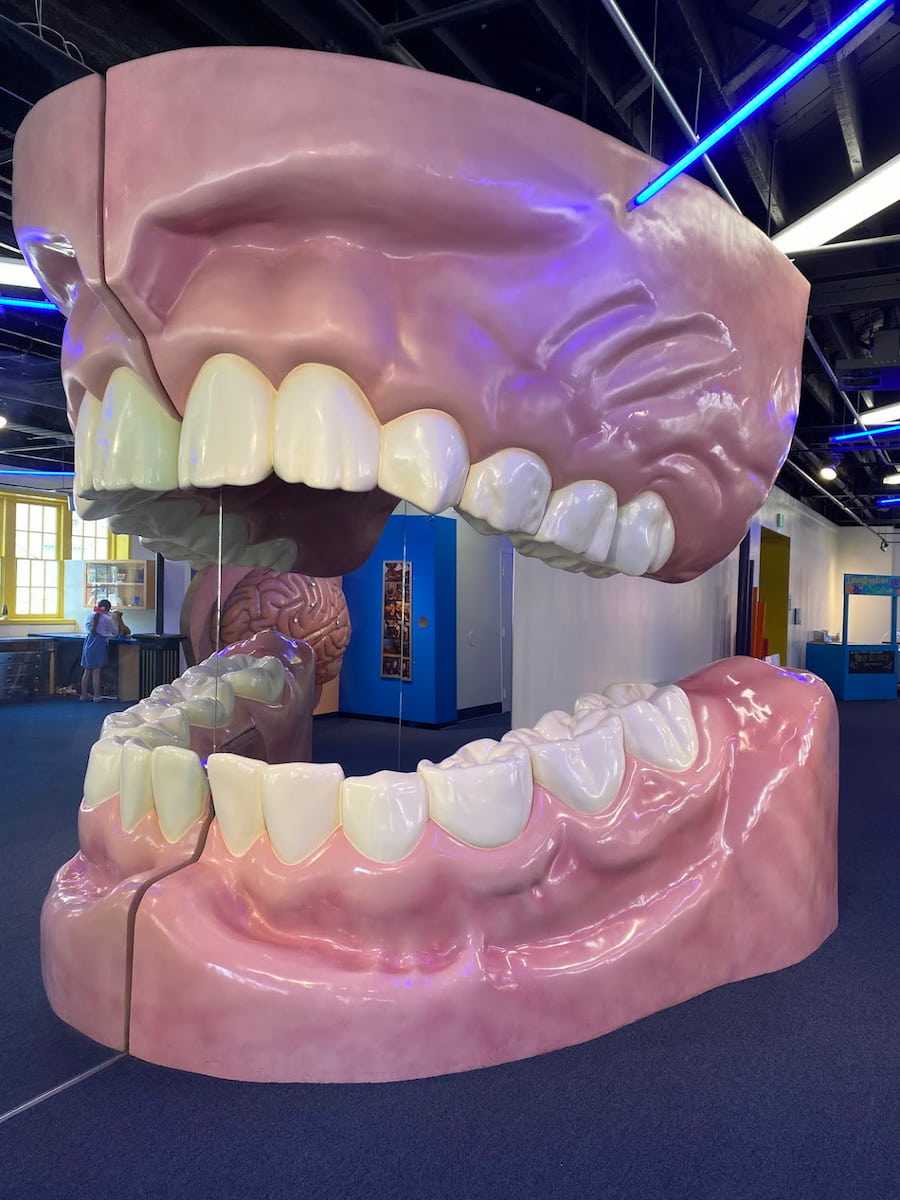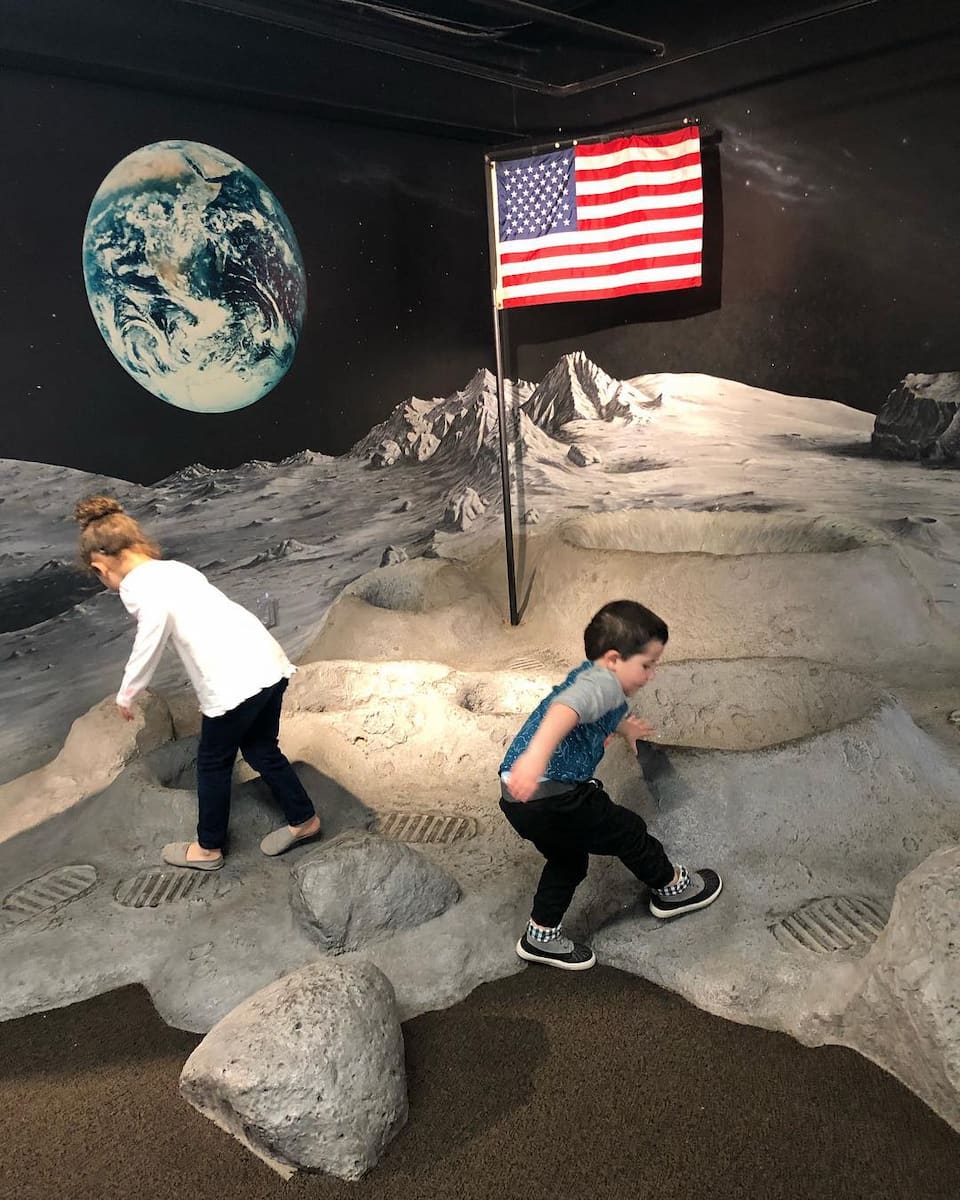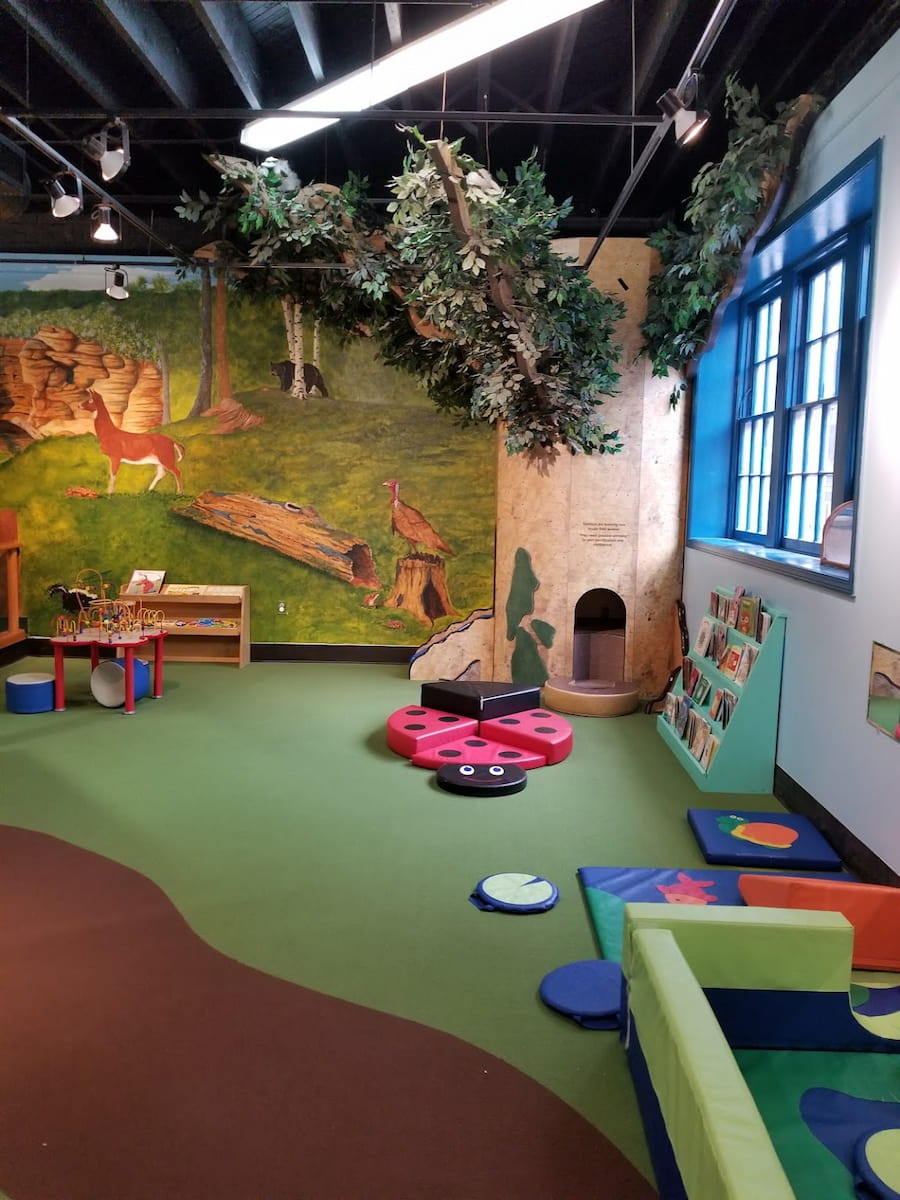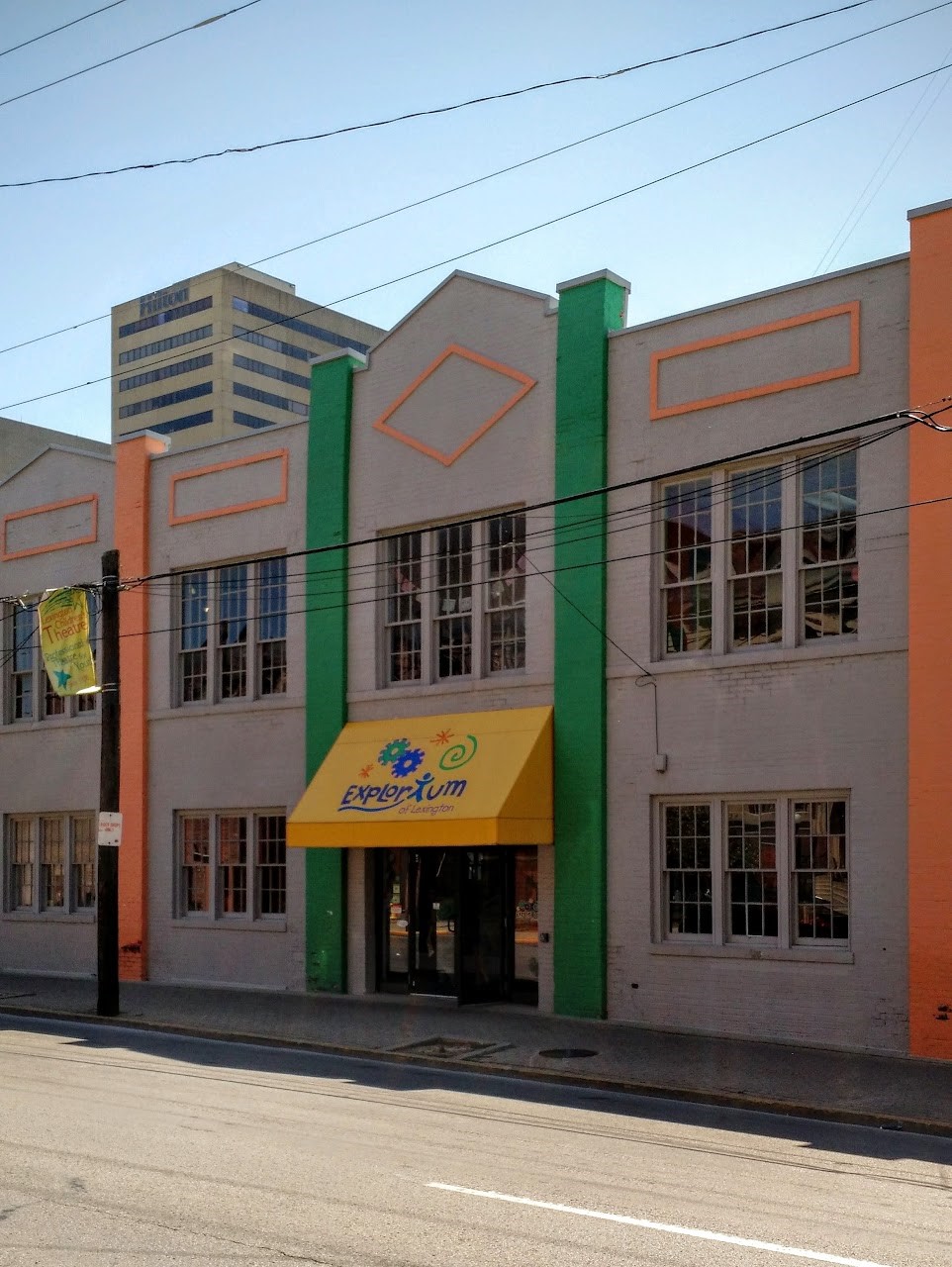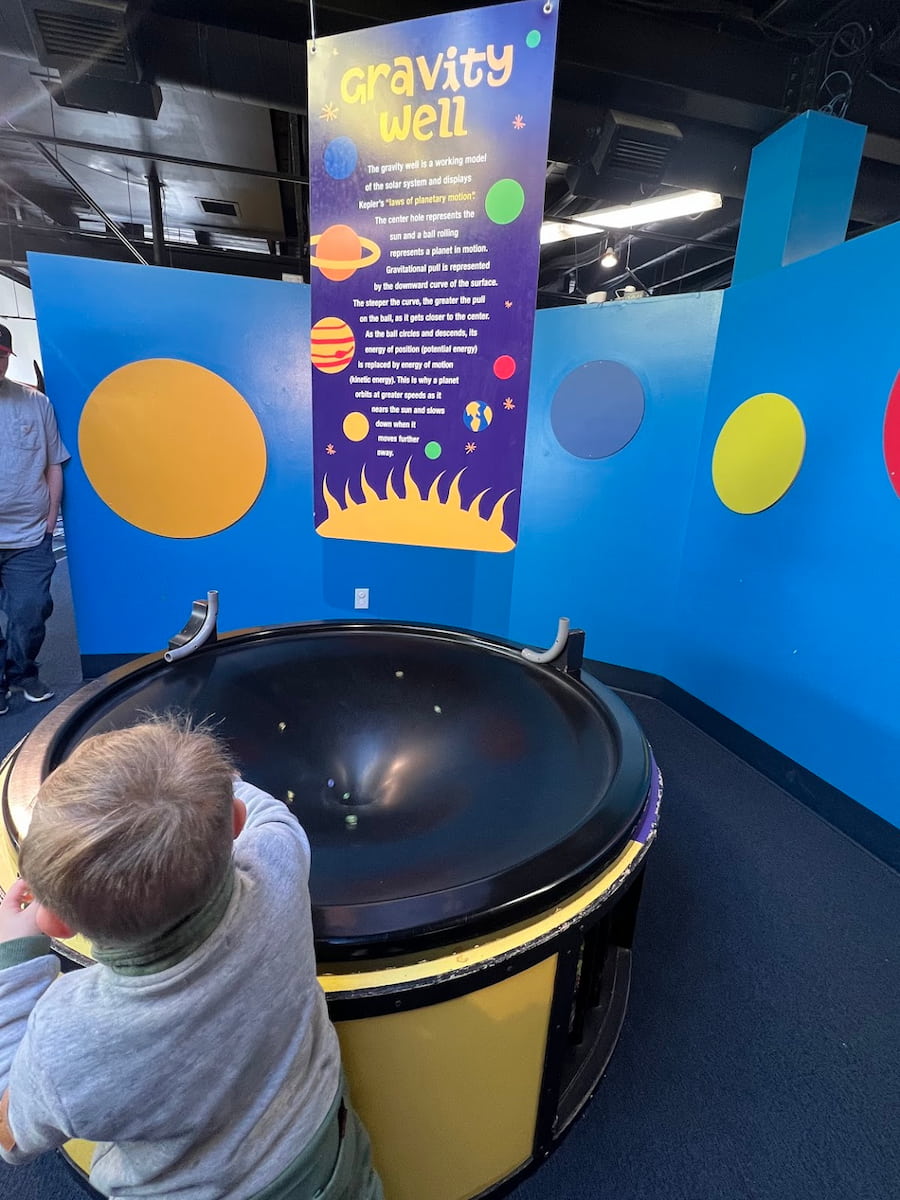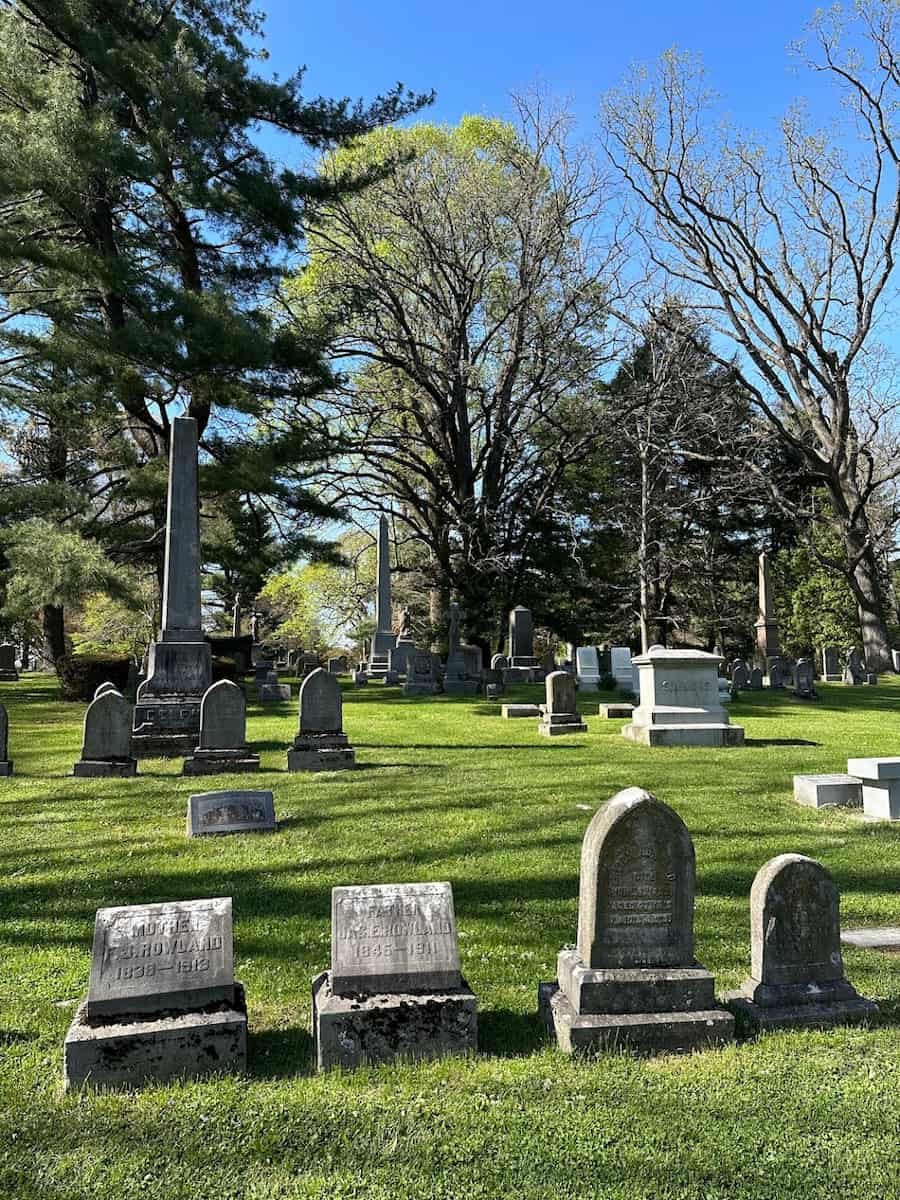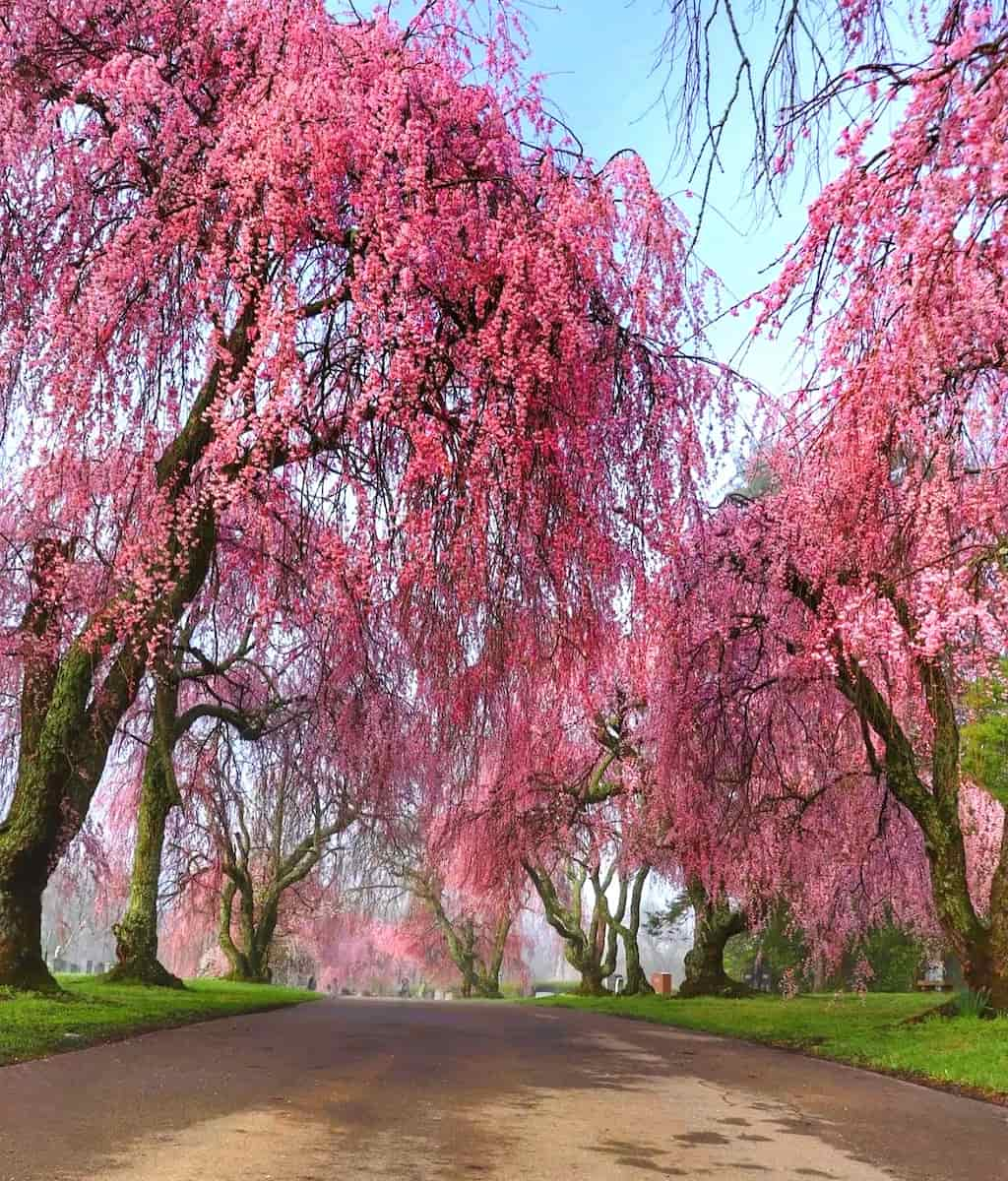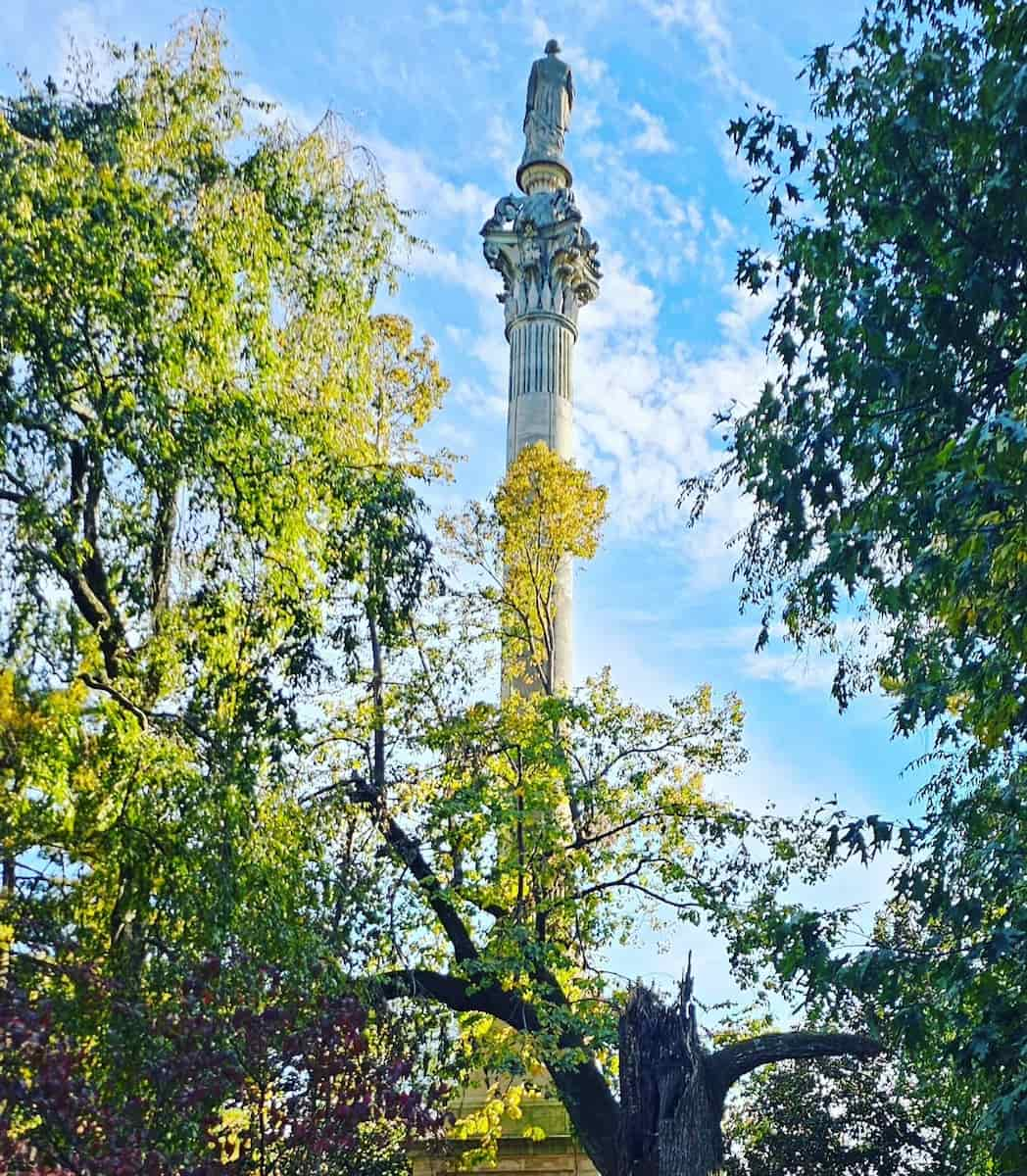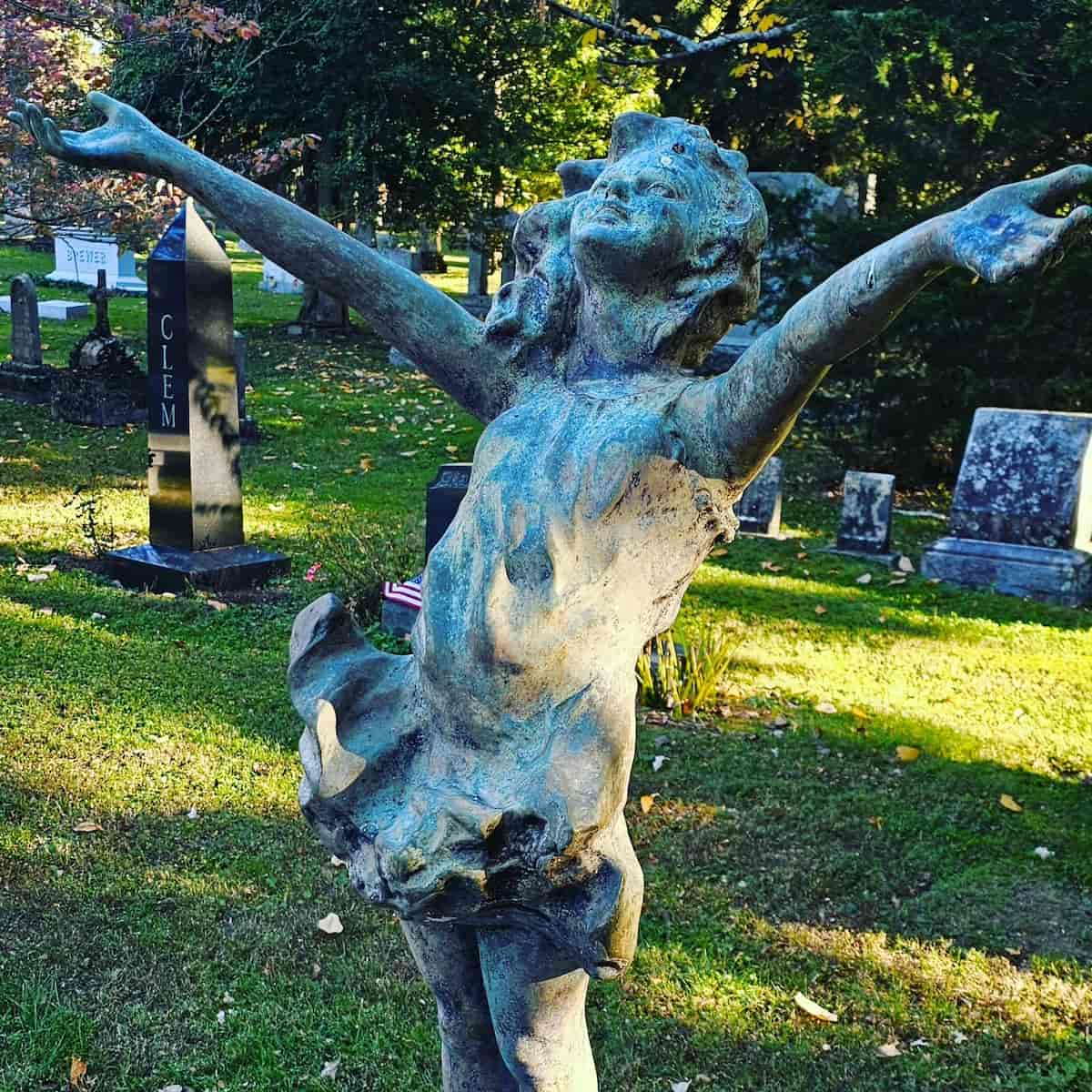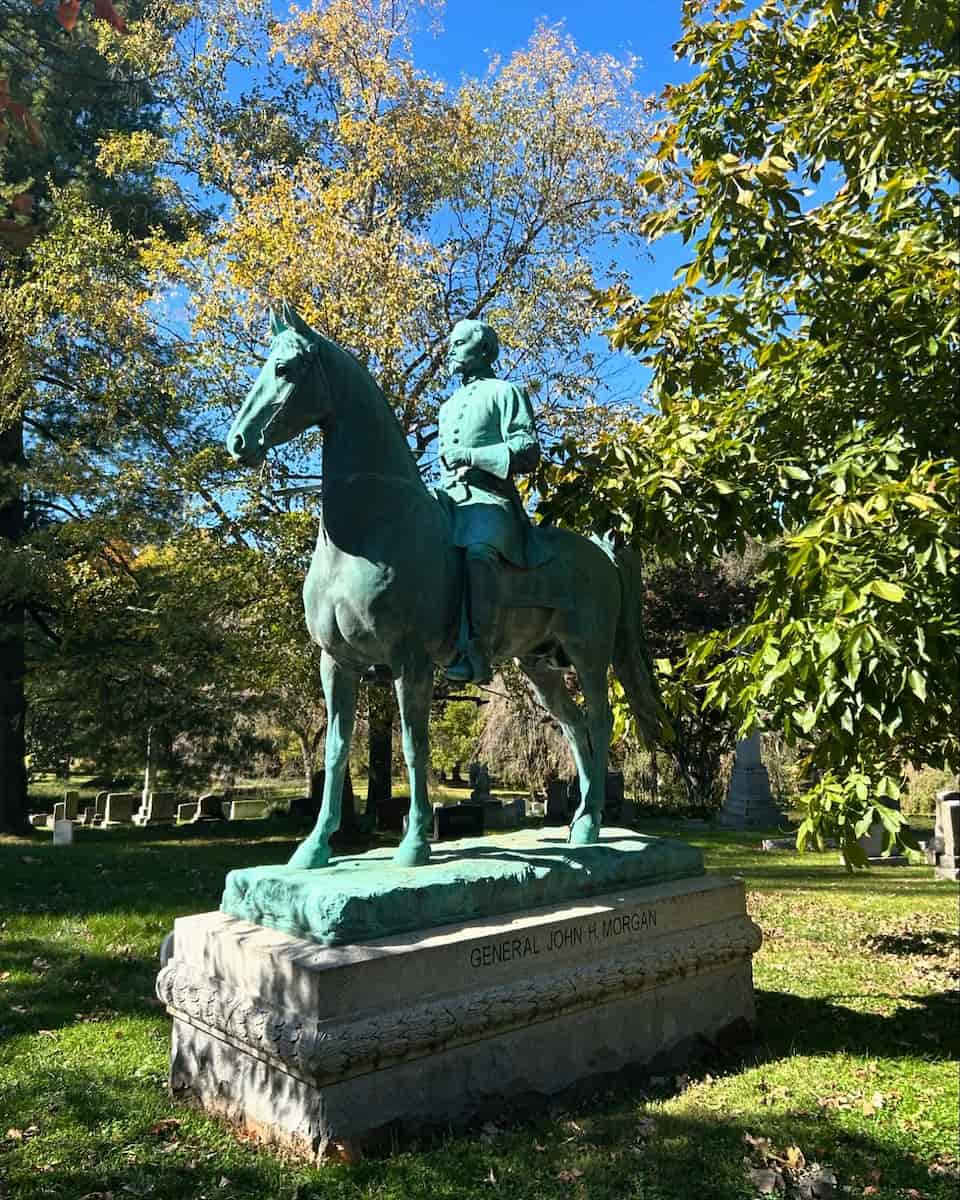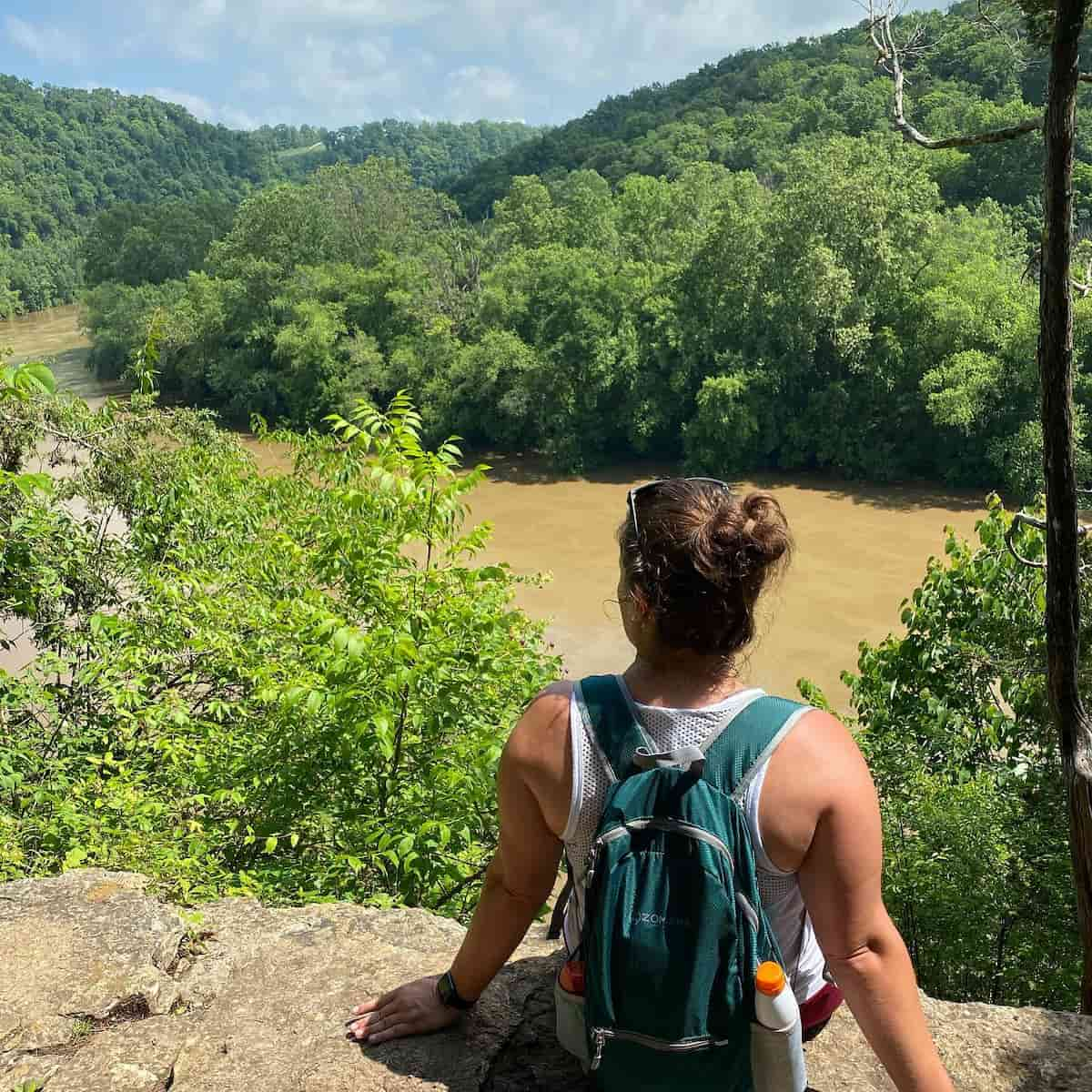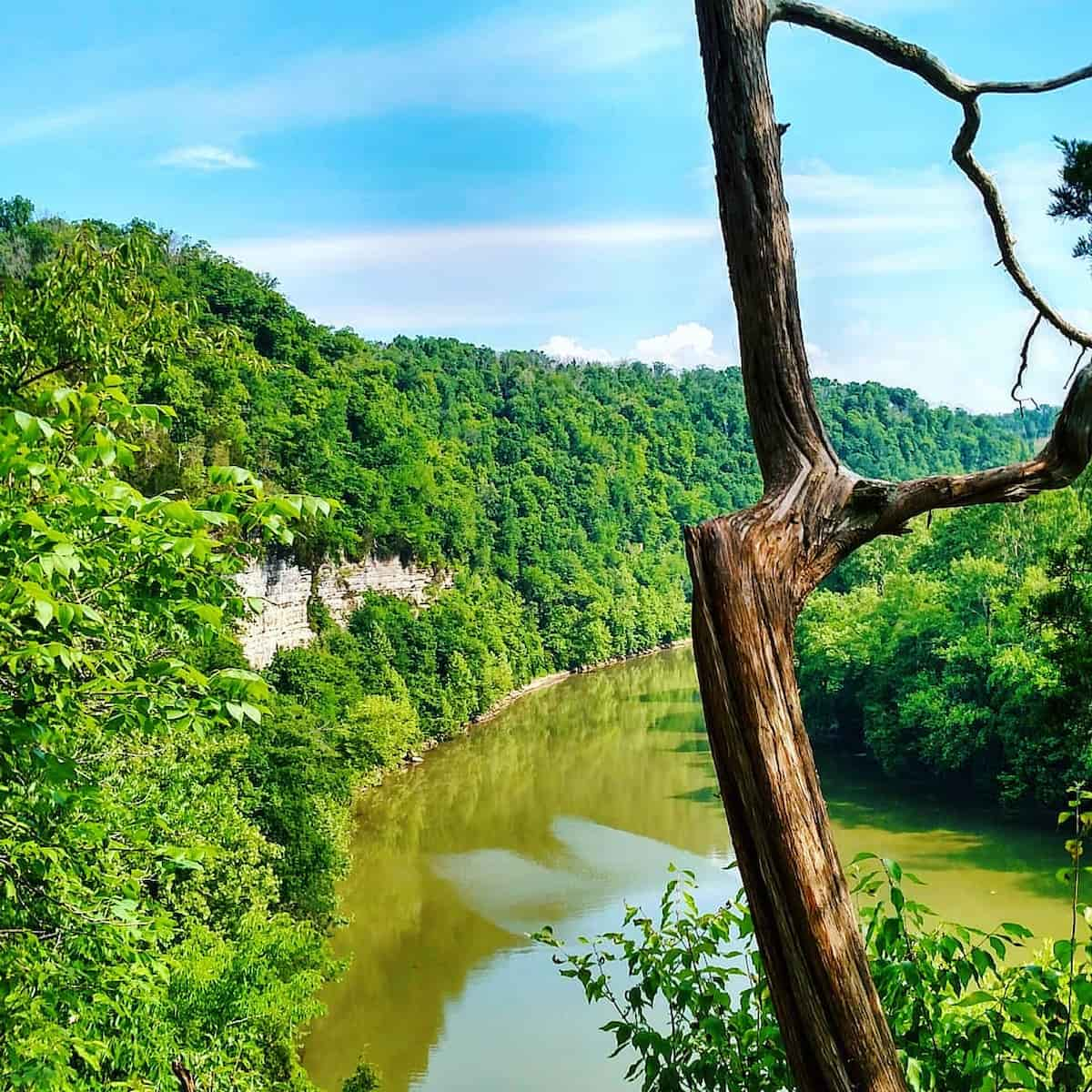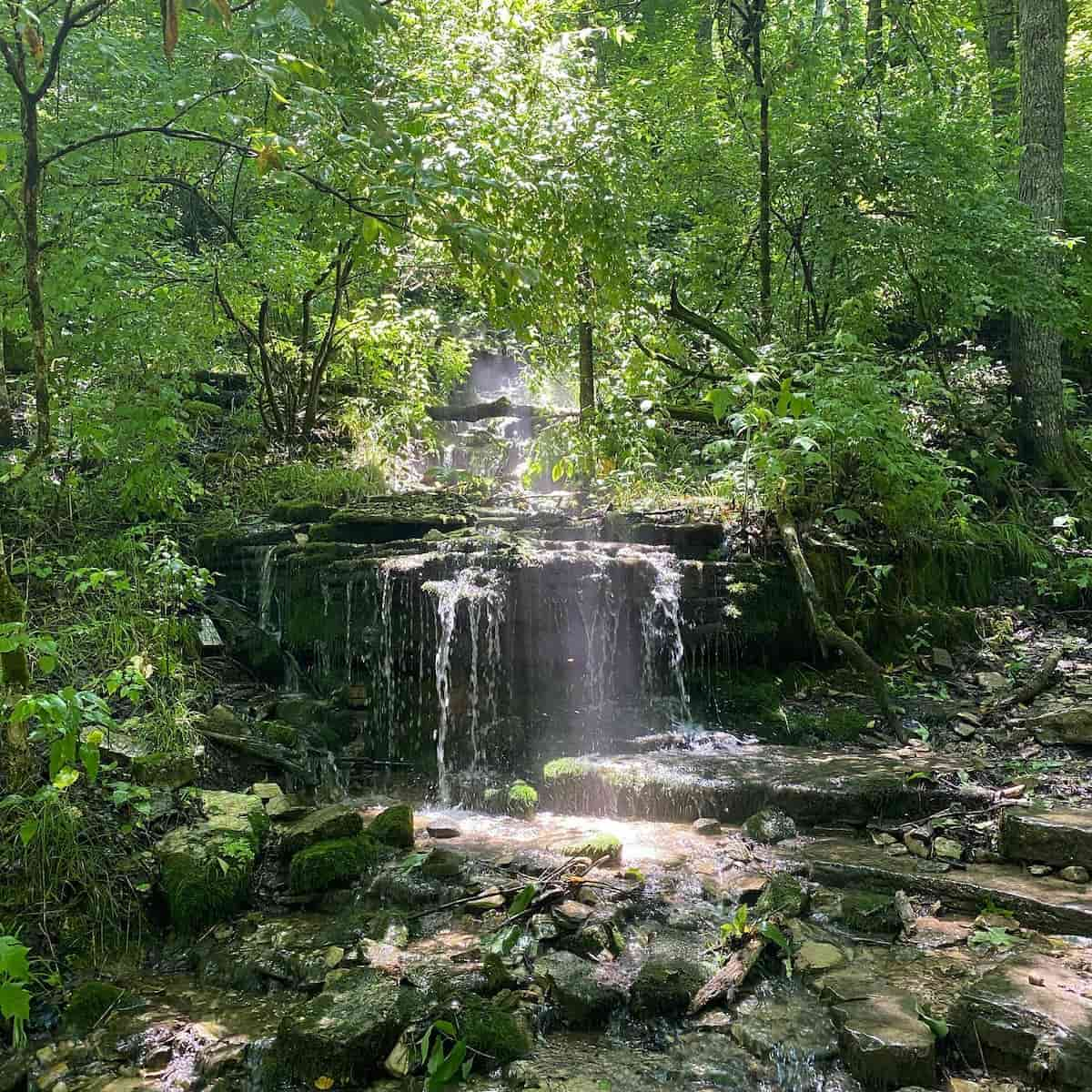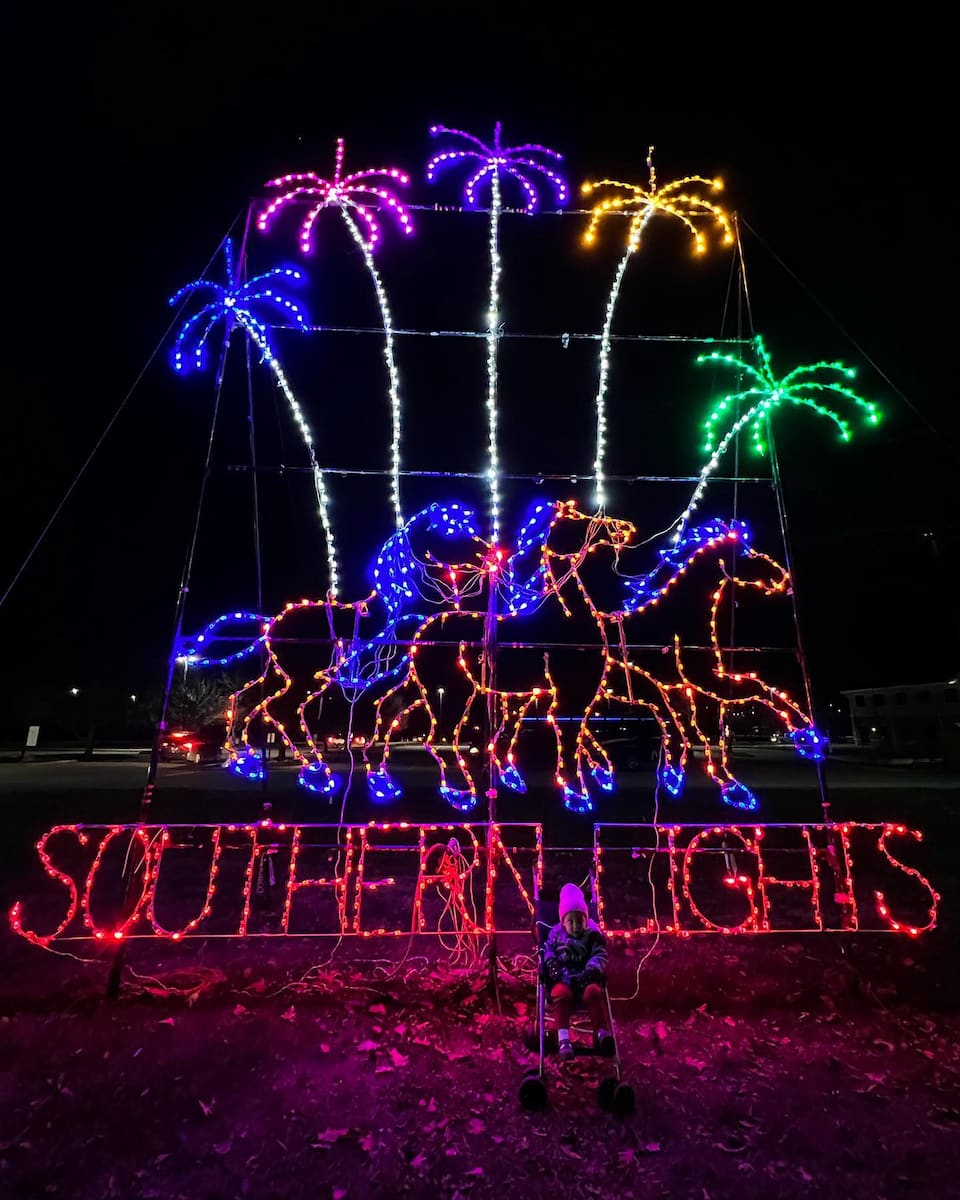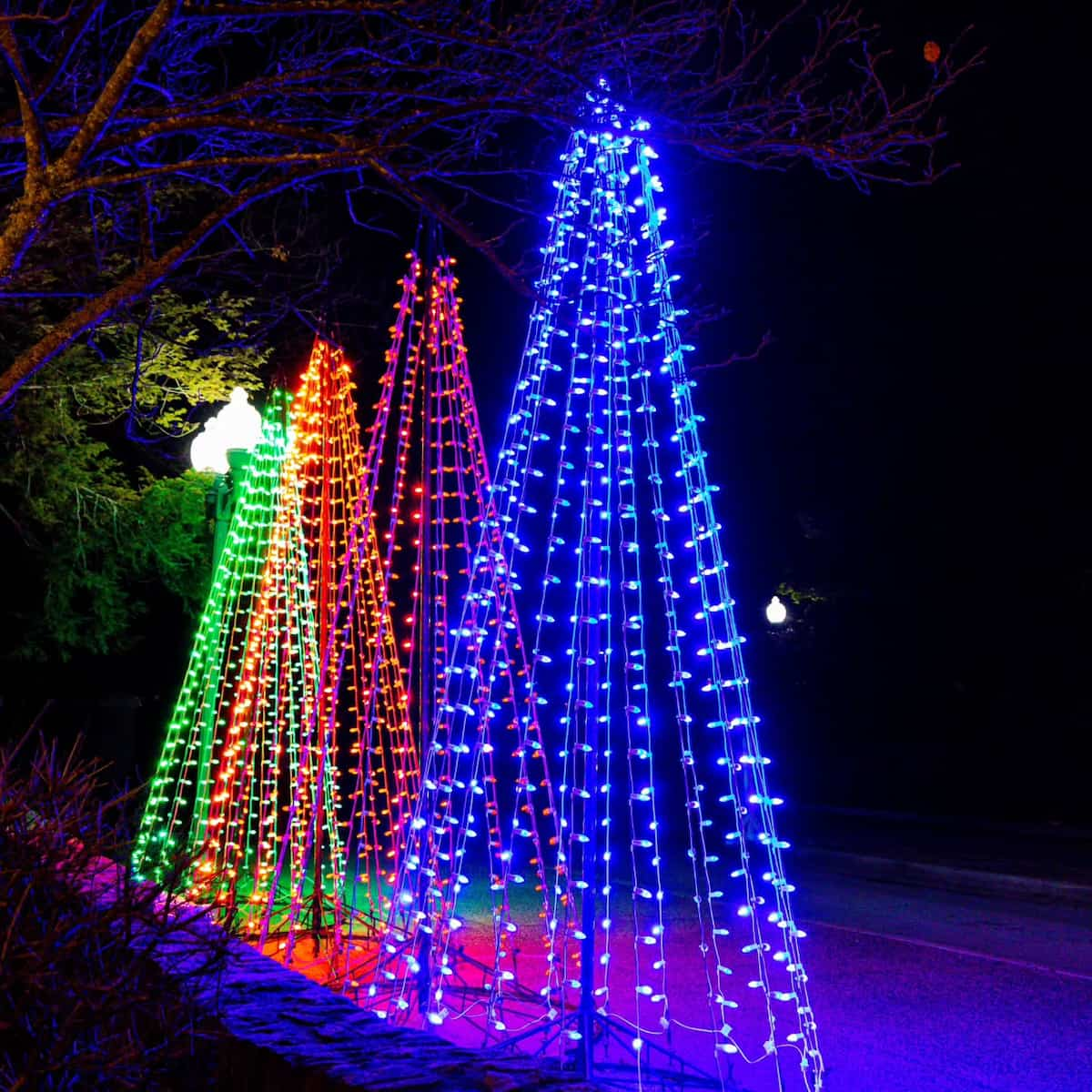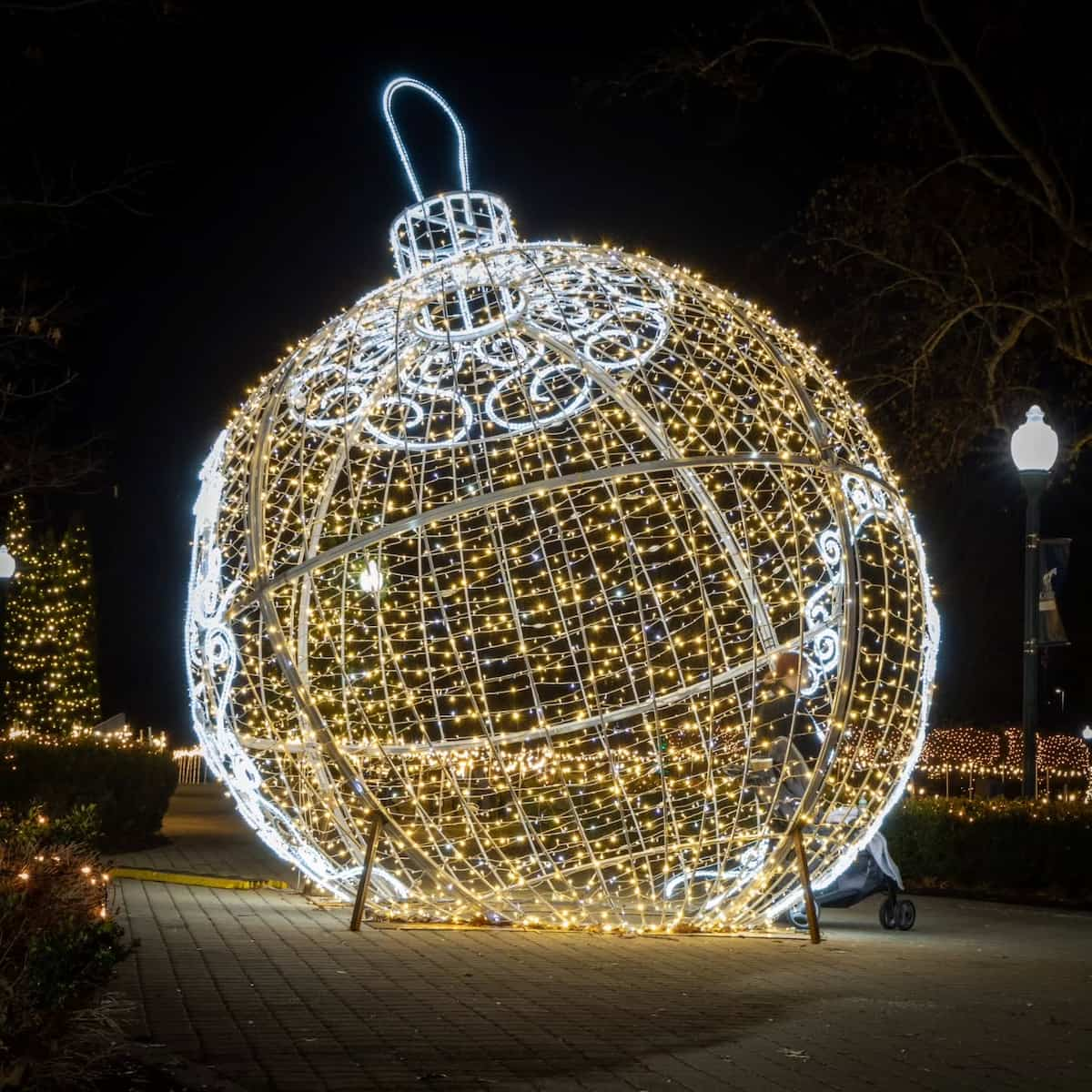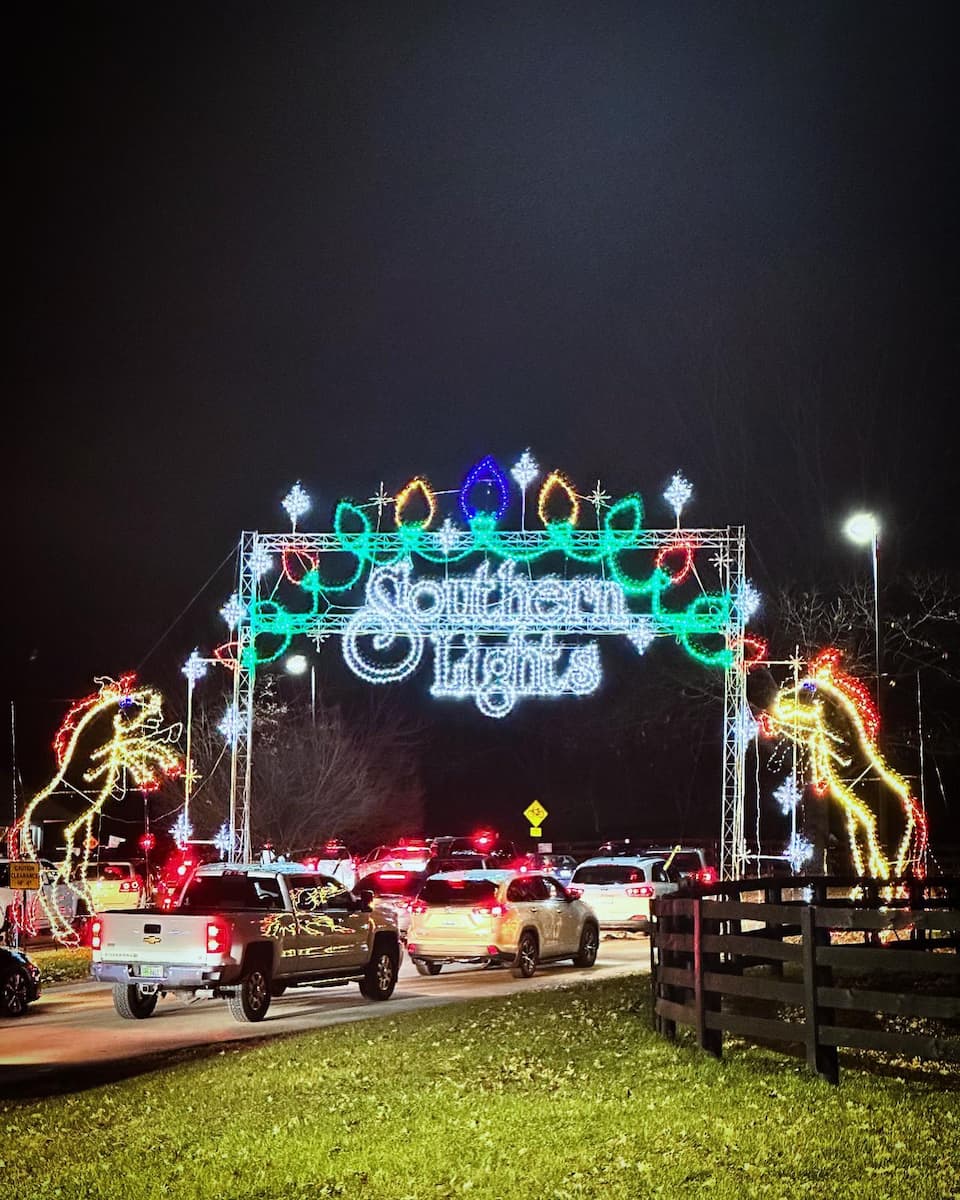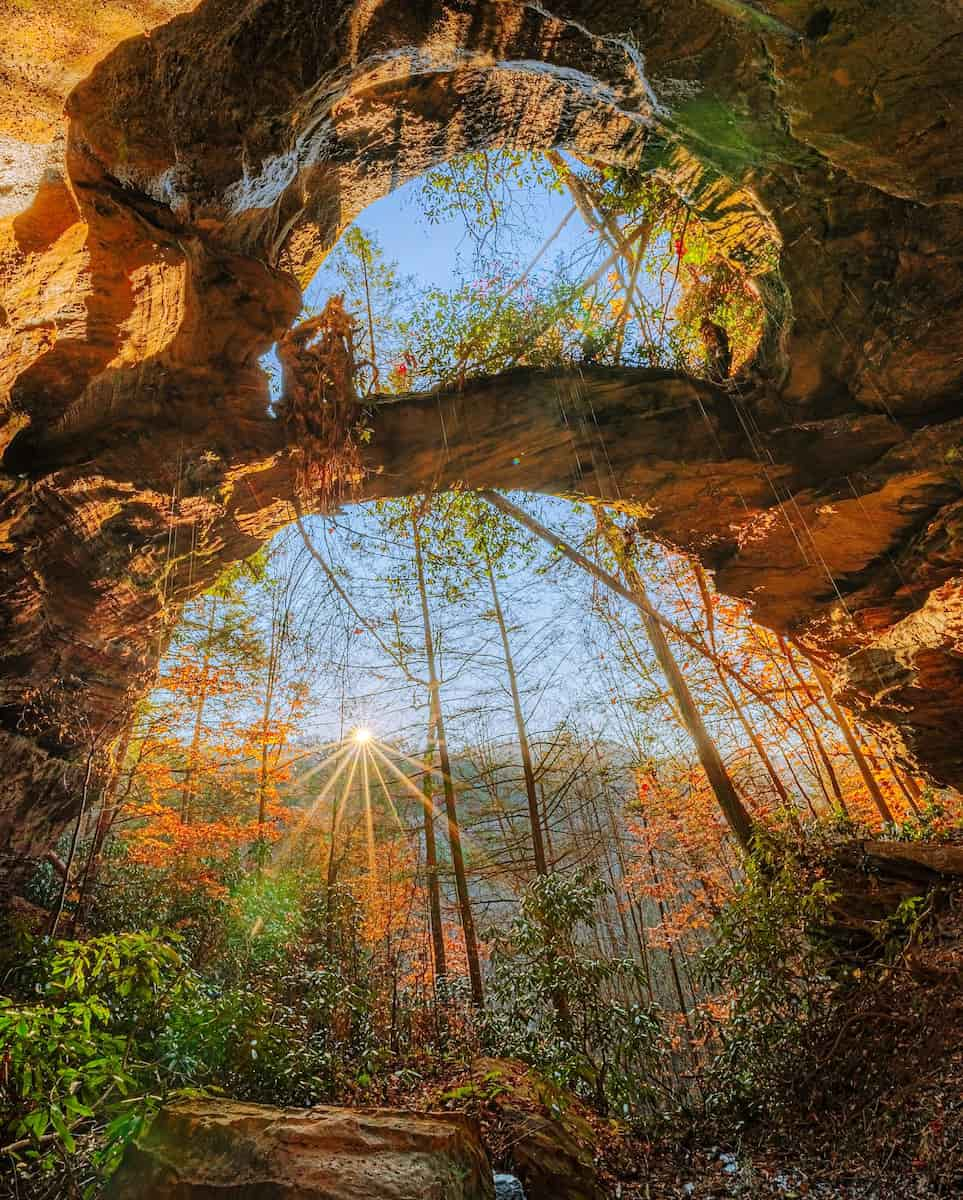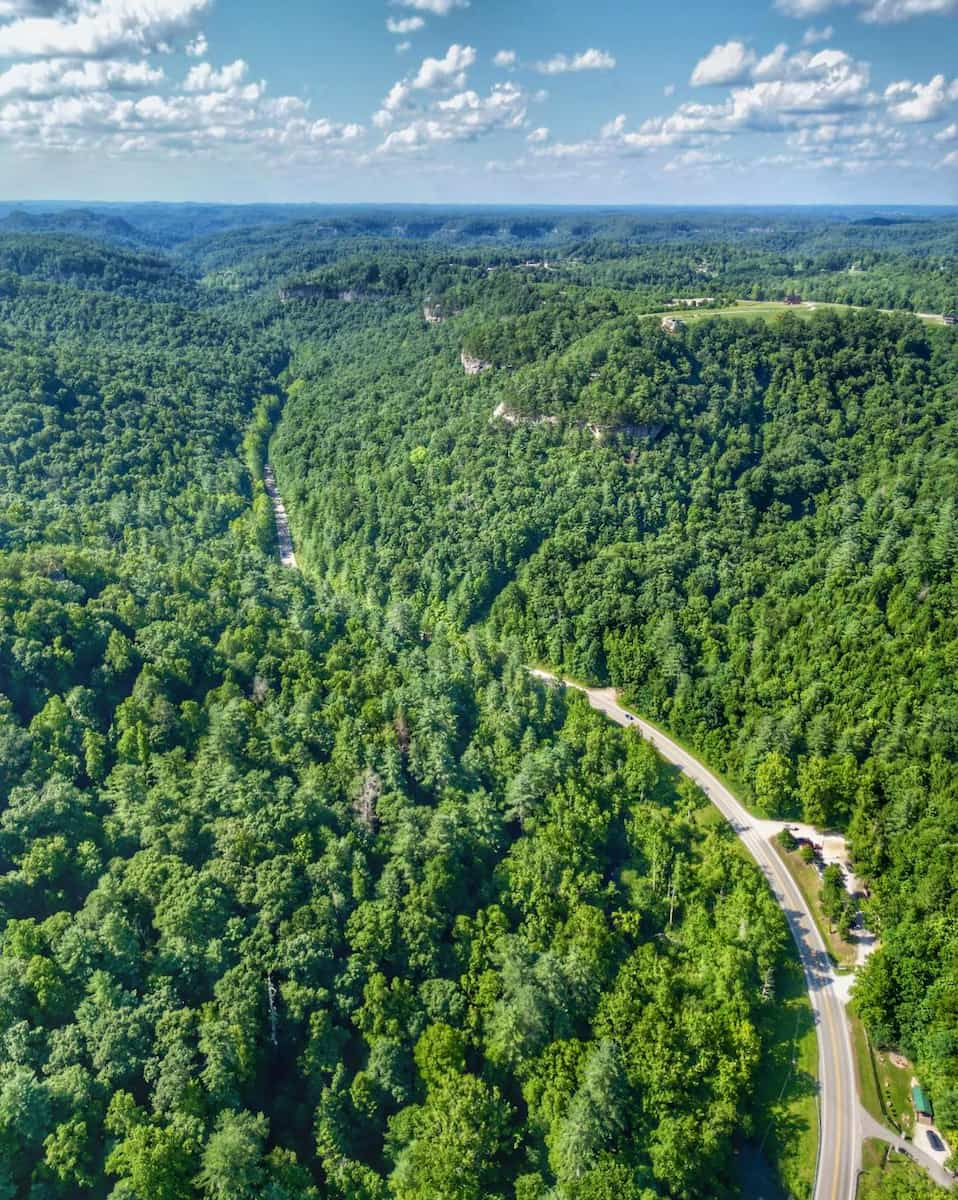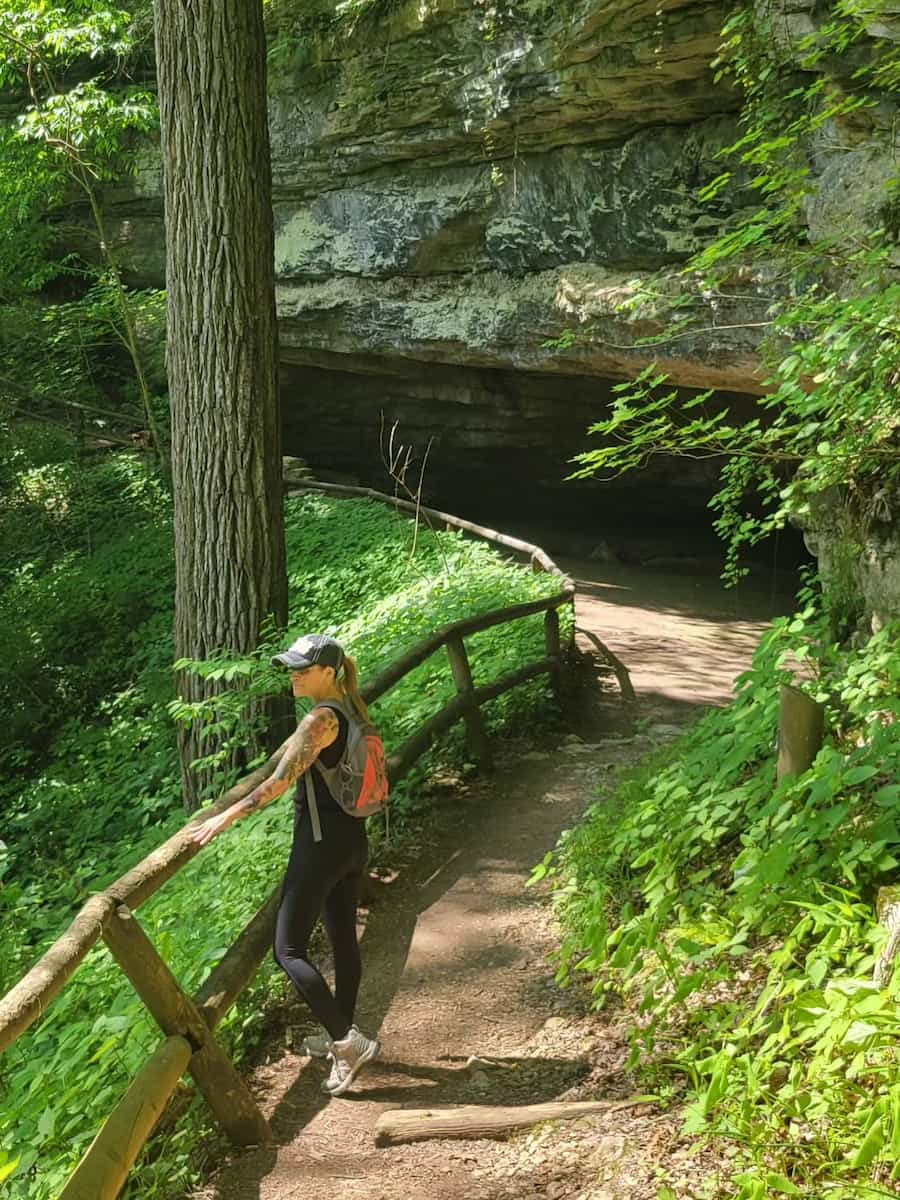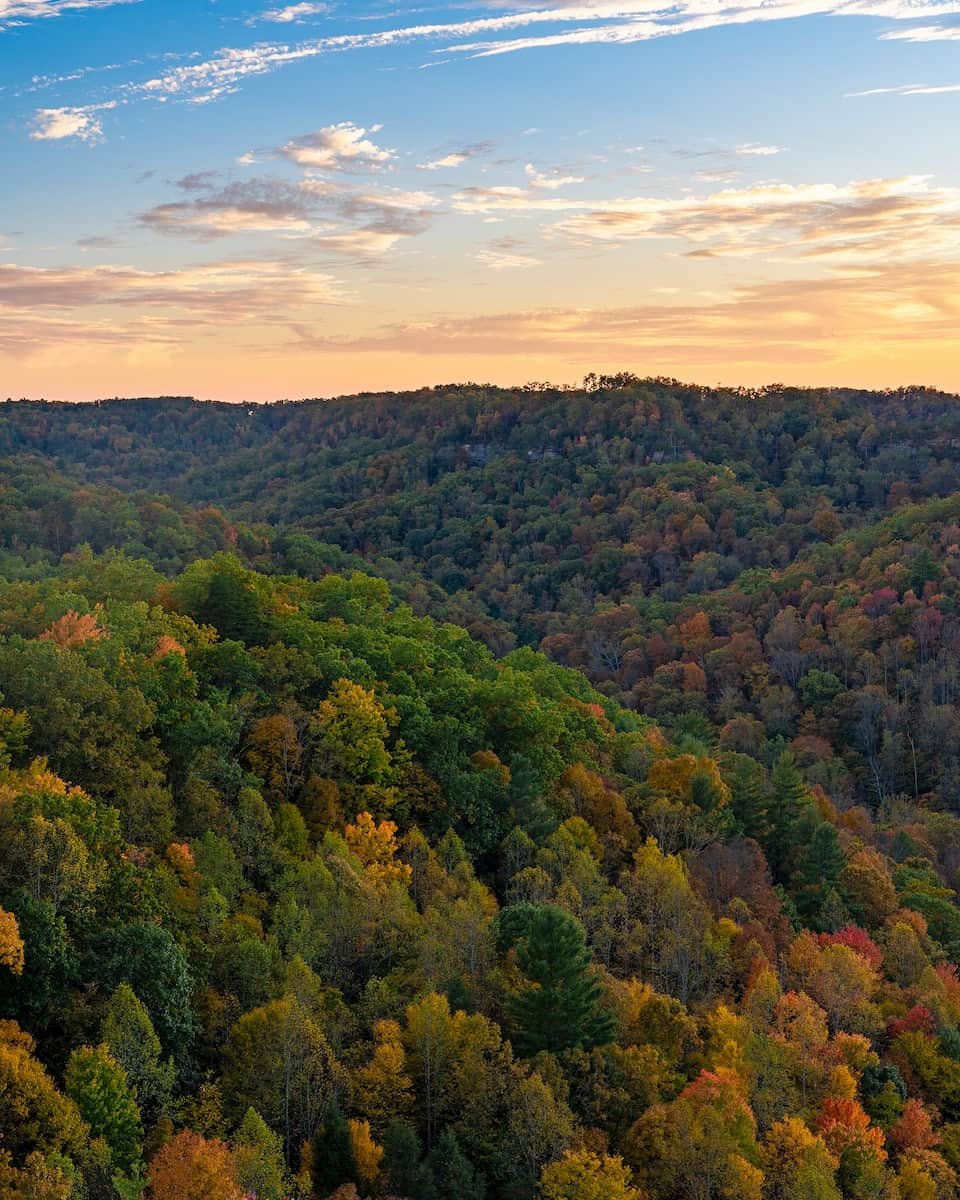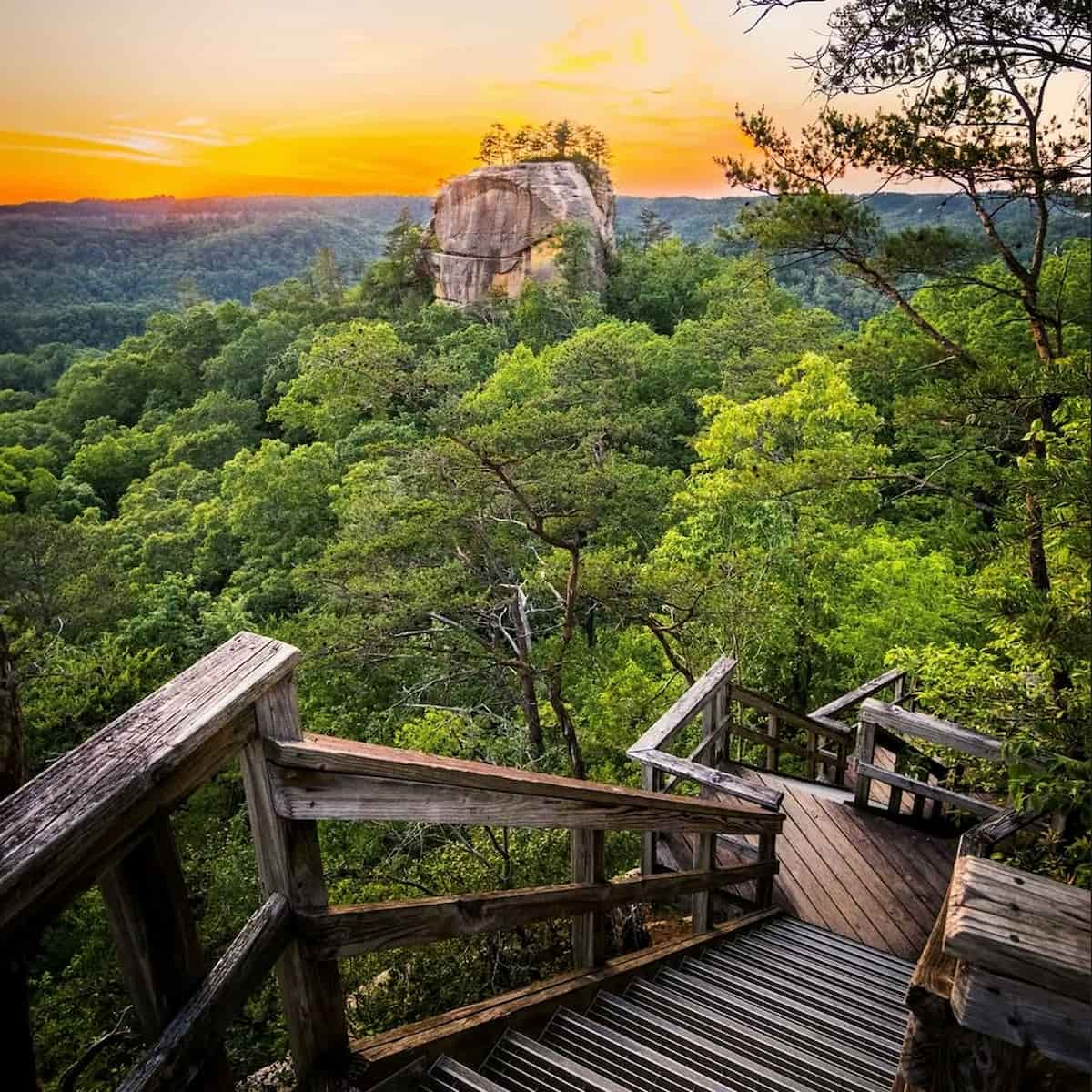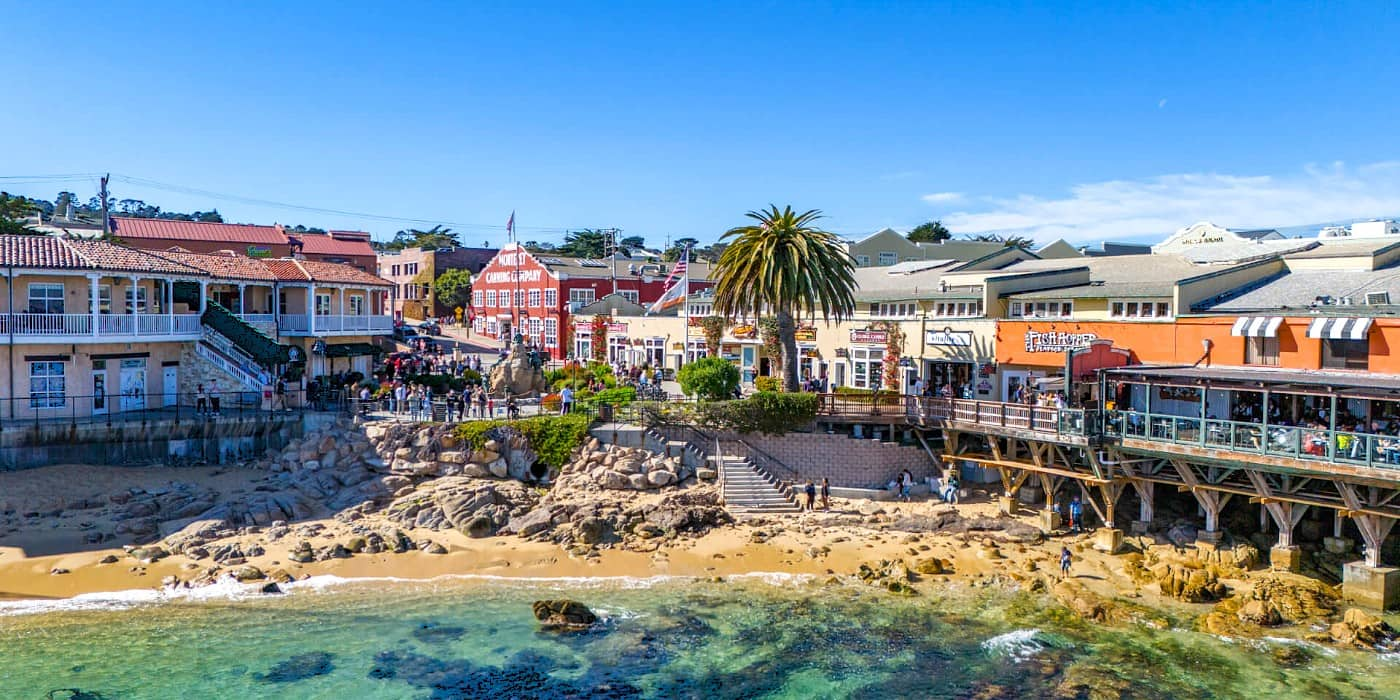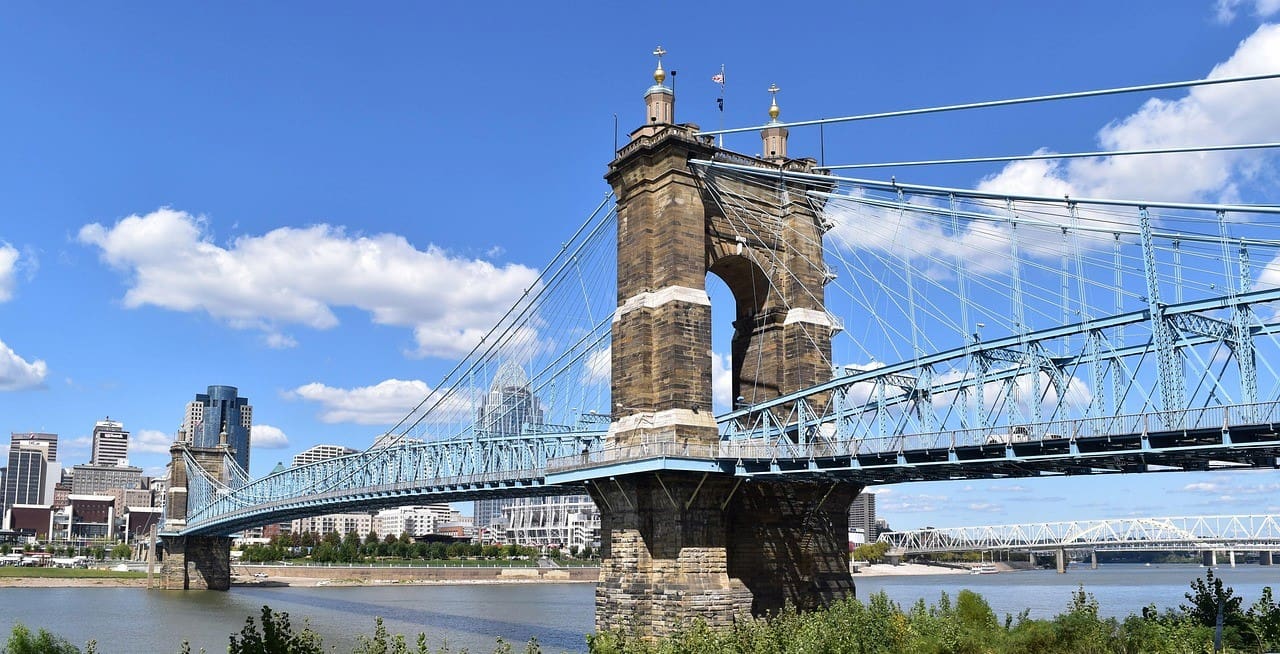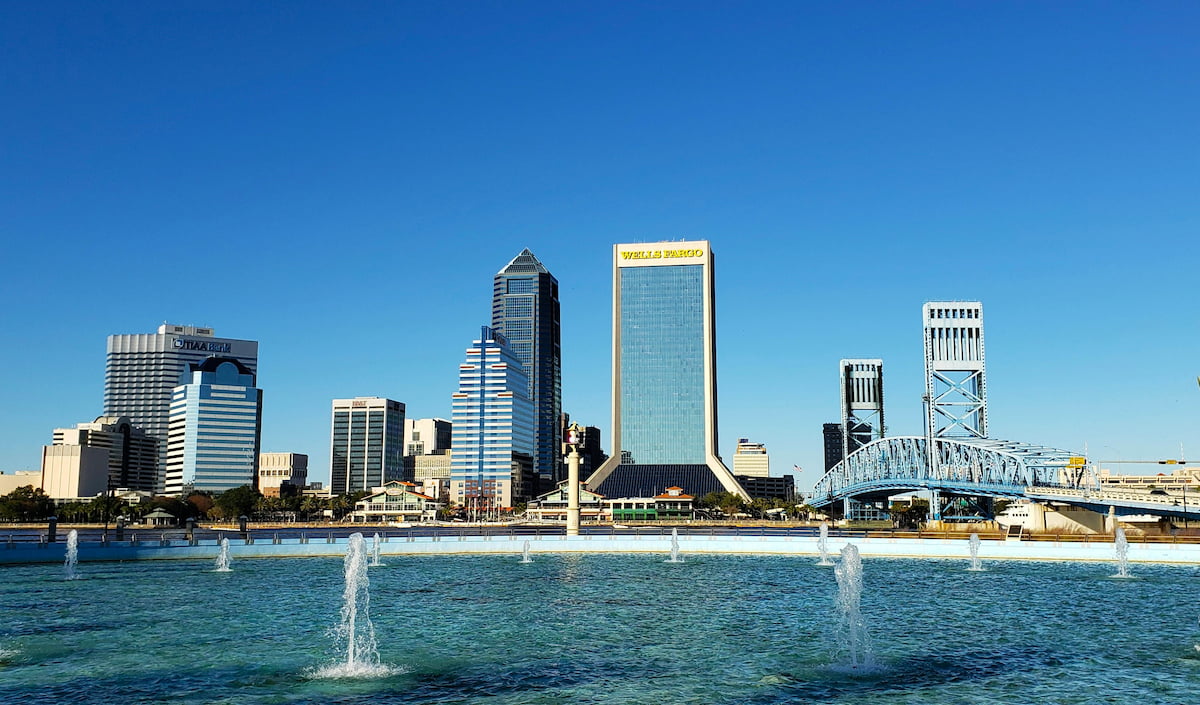Welcome to your ultimate guide to Lexington! If you’re dreaming of bluegrass hills, legendary horses, and a city where Southern hospitality is more than just a saying, you’re in the right place. I’ve explored every corner of Kentucky’s “Horse Capital of the World” and its surrounding area to bring you a handpicked collection of must-see attractions, local adventures, delicious eats, and hidden gems—plus all the practical tips you’ll need to make the most of your visit. And if you’re planning a road trip, this guide will help you make the most of every mile and find things you never expected along the way.
You’ll find my favorite spots for live music, the most scenic parks, the tastiest bourbon, and the best family-friendly outings. I’ll share insider advice on how to soak up Lexington’s unique blend of history, culture, and natural beauty—whether you’re a first-timer or a returning fan.
🏠 Where to Stay in Lexington
- 💎 Luxury Hotel: Hyatt Regency Lexington
- 🏨 4-Star: Hotel LEX, Trademark Collection by Wyndham
- 🛏️ 3-Star: Holiday Inn Express & Suites Lexington Downtown Area-Keeneland by IHG
- 💸 Cheap: GLō Best Western Lexington
- 🏢 Apartment: Home2 Suites Lexington Keeneland Airport, Ky
- 👨👩👧👦 For Families: Hampton Inn Lexington I-75
- 🏩 For Couples: Hilton Lexington Downtown
💁 Best Guided Tours
- Half-Day Thoroughbred Horse Farm Tour in Kentucky from $42 (⭐4.9/5)
- Downtown Lexington Walking Food Tour from $95 (⭐4.9/5)
- Unique Horse Farm Tours with Insider Access to Private Farms from $49 (⭐4.9/5)
- Distillery District Food & History Tour in Lexington from $99 (⭐5.0/5)
Best Things to Do in Lexington, KY
1. Kentucky Horse Park
Pasture Adventure. When I arrived at Kentucky Horse Park, the sheer size of the place—over 1,200 acres of rolling pastures—impressed me immediately. You can wander from barn to barn, meeting gentle draft animals, retired racing legends, and rare breeds from around the globe. The Hall of Champions show is a highlight, where you’ll see famous equines up close and hear their stories. I found the Breeds Barn especially lively, with costumed riders and a chance to chat with handlers after the show. If you’re curious about the world of equestrian competitions, this is the best spot to start your Kentucky adventure.
Interactive Experiences. The Kids Barn is a must for families. My kids loved the hands-on activities—learning how to groom a horse, jumping their own mini obstacle course, and meeting the miniature duo, Apple and Pixie. The Big Barn offers a trolley tour pulled by draft animals, which is a relaxing way to see the grounds and learn about these gentle giants. Even adults will find the educational demos and staff stories fascinating.
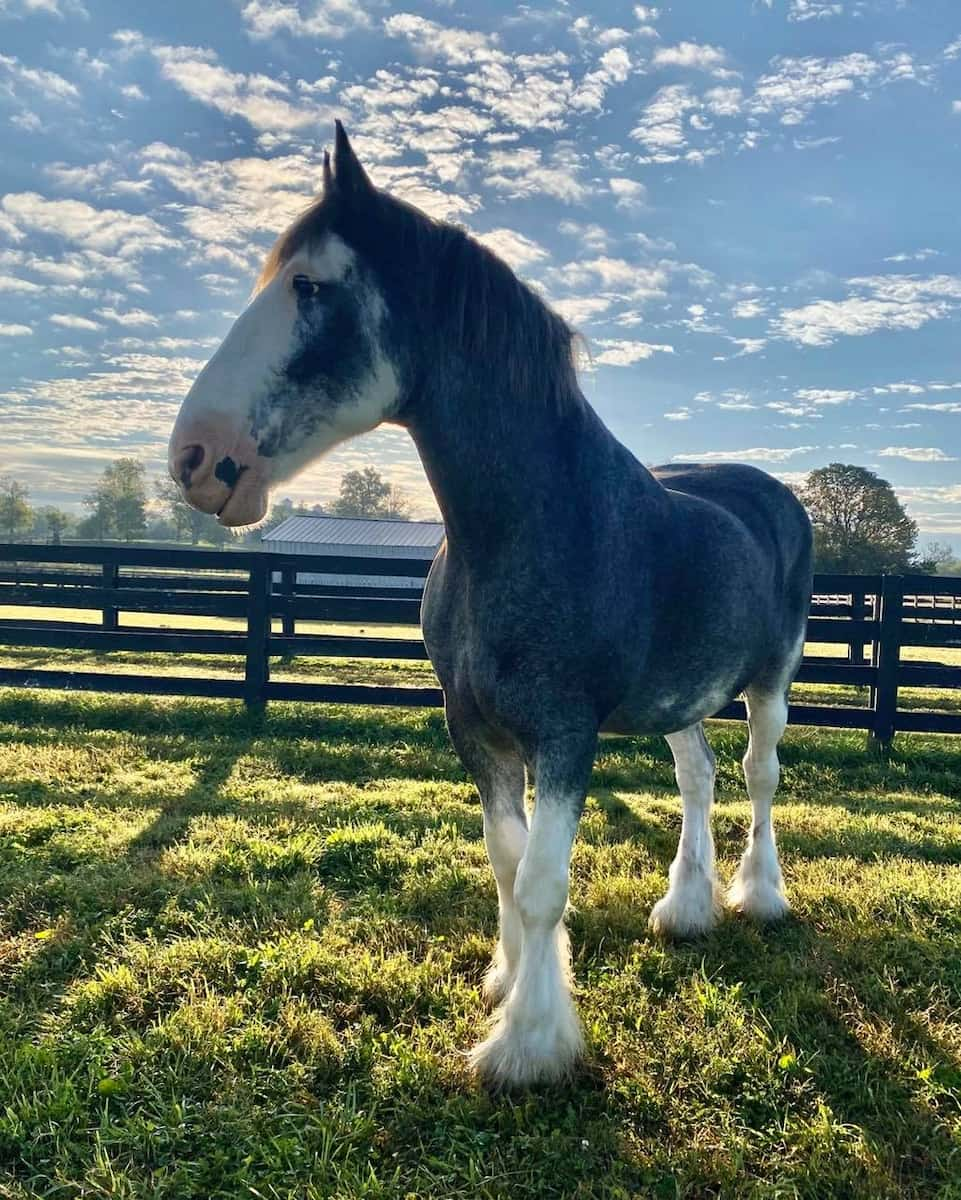
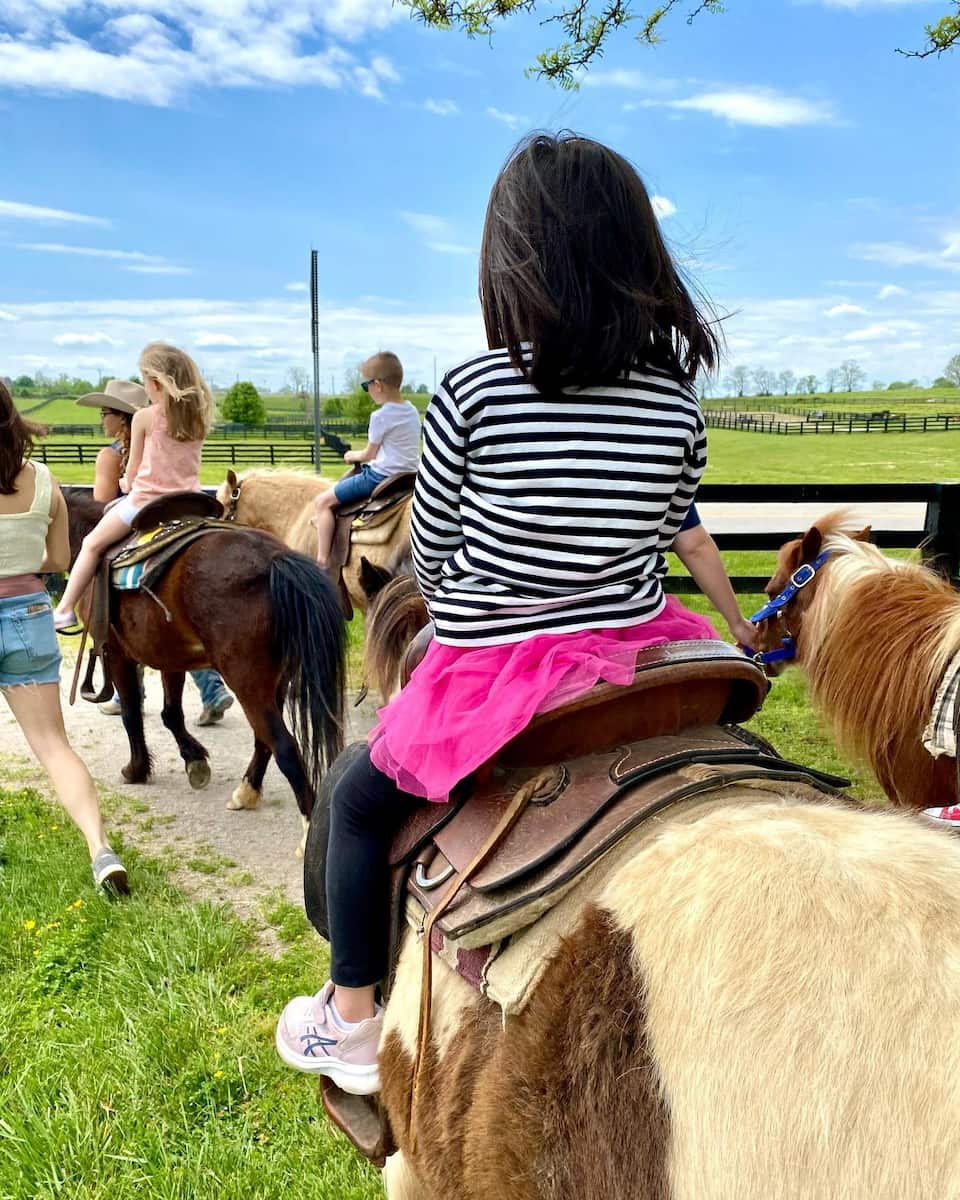

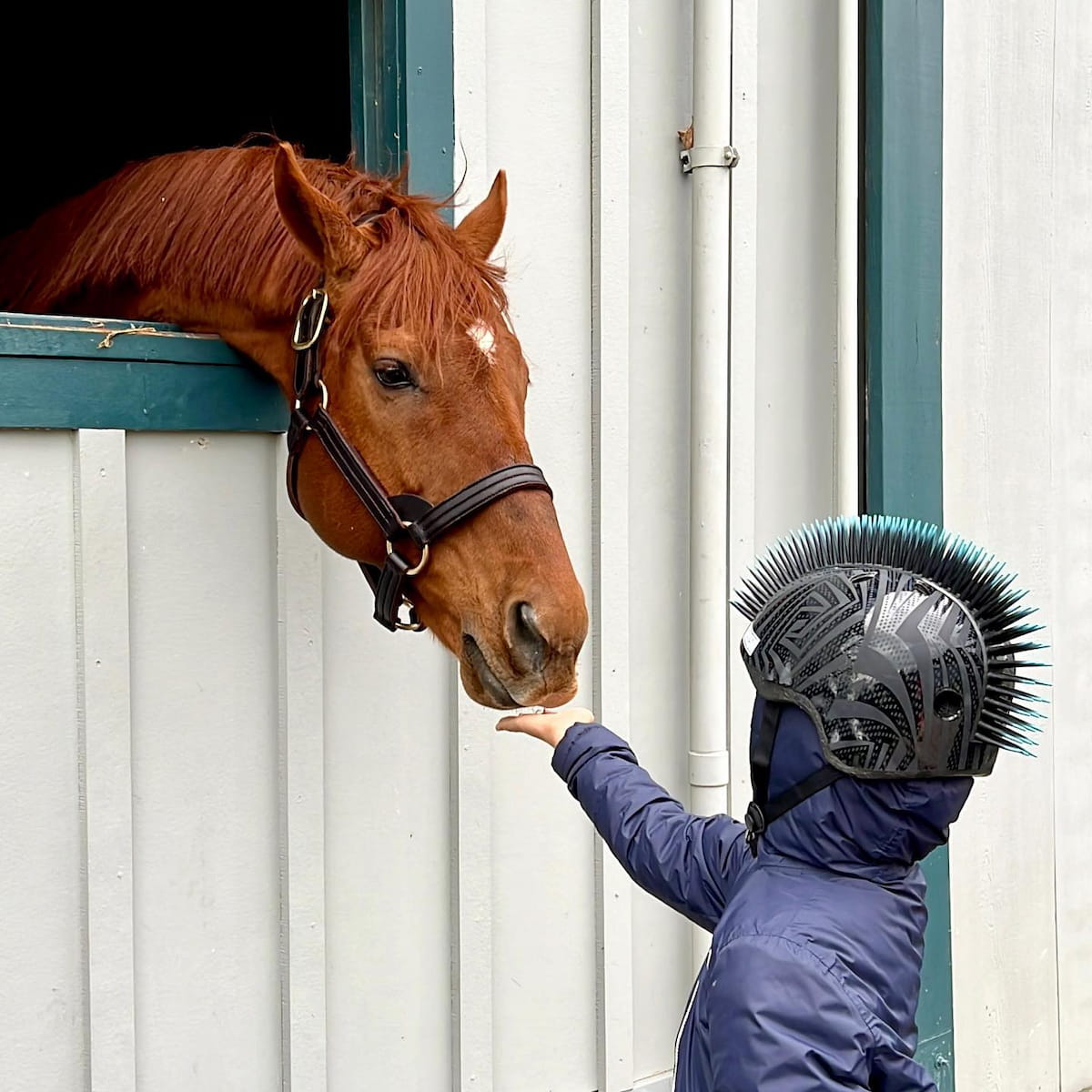
Event Action. If you’re visiting in late April, the Kentucky Three-Day Event is a world-class competition you shouldn’t miss. Expect dressage, cross-country, and show jumping—plus a buzzing international trade fair. Tickets range from $28–$55 (ground admission), with grandstand seats $25–$31 extra. For big events, buy tickets early to secure the best spots.
Guided Tours & Behind-the-Scenes. I joined a guided farm tour that included stops at working stables, the animal hospital, and even a chance to feed baby foals peppermints. The guides are knowledgeable and share unique stories about the residents and life in Kentucky’s equestrian region. You’ll leave with a new appreciation for these animals and the people who care for them.
| Ticket Type | Price (USD) | Price (EUR) | Notes |
|---|---|---|---|
| General Admission | $20 | €18 | Includes museums, shows, demos |
| Three-Day Event (Thu) | $28 | €25 | Ground admission |
| Three-Day Event (Sat) | $55 | €50 | Ground admission |
| Grandstand Seat | $25–$31 | €22–€28 | For arena events |
Budget Tip: Pack snacks and refillable water bottles to save money—food on-site can be pricey.
⭐ Best Activities
- From Lexington: Kentucky Horse Farms Tour – Discover the heart of Kentucky’s Bluegrass horse country on this 3-hour guided tour. Visit the famous Keeneland Race Course and thoroughbred horse farms for an authentic behind-the-scenes experience.
2. Keeneland Race Course
Historic Atmosphere. This National Historic Landmark feels like stepping into Kentucky’s living tradition. I was struck by the elegant stone buildings, the manicured grounds, and the energy of the paddock before a race. The grandstand offers sweeping views of the track, and the morning workouts are a must-see—watching the athletes train as the sun rises is unforgettable. The on-site library is a quiet treasure trove for anyone curious about racing history, with rare photos and stories from decades past.
Racing and Events. The excitement peaks during the Spring and Fall Meets, when the world’s best compete in front of passionate crowds. I love the buzz on race day: cheers from the stands, the thunder of hooves, and the tradition of dressing up—hats included! The Fall Meet runs in October, with no racing on Mondays or Tuesdays. General admission starts at $7 midweek, $10 on weekends, and $15 for opening Saturday. Reserved seats cost $15–$30 depending on the day.
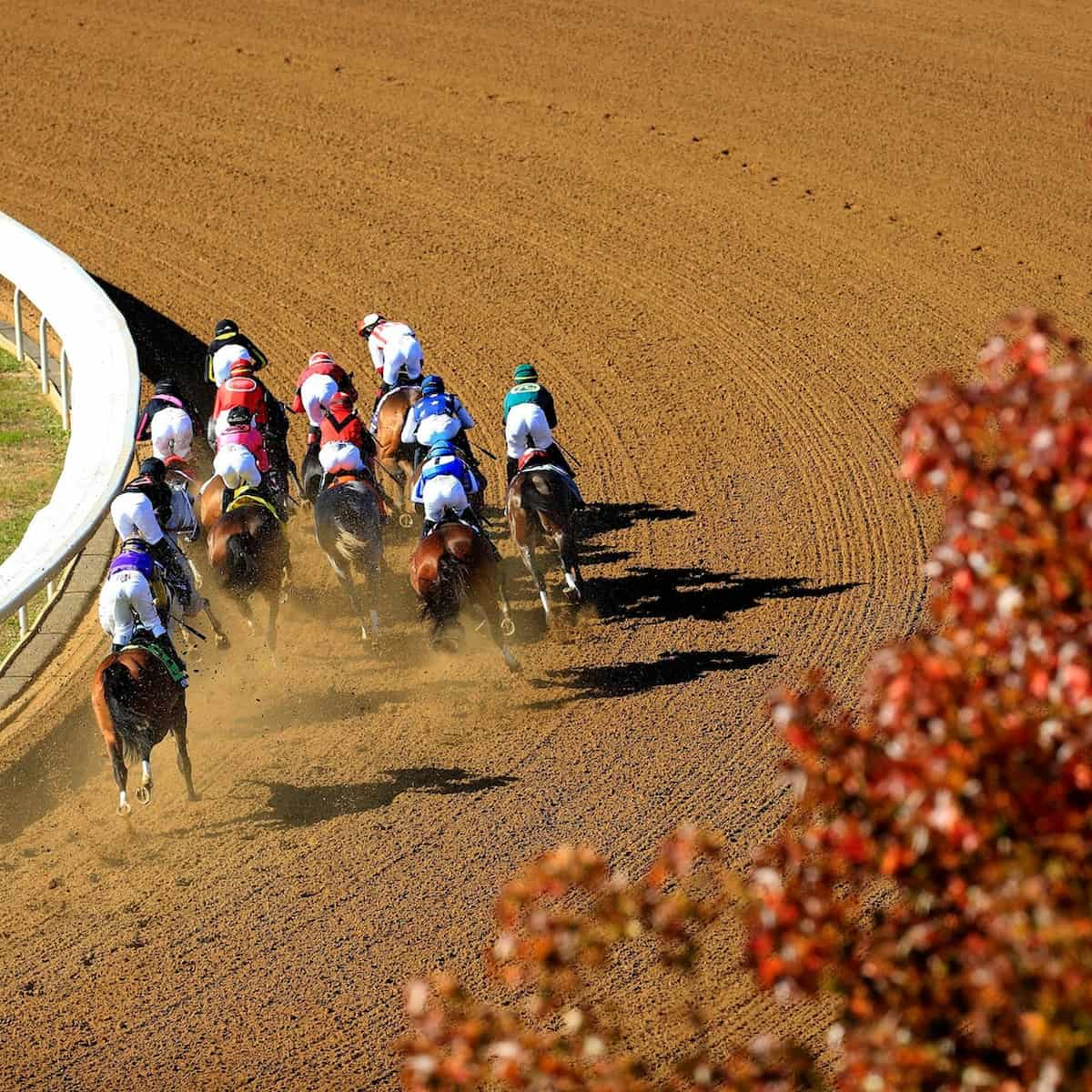
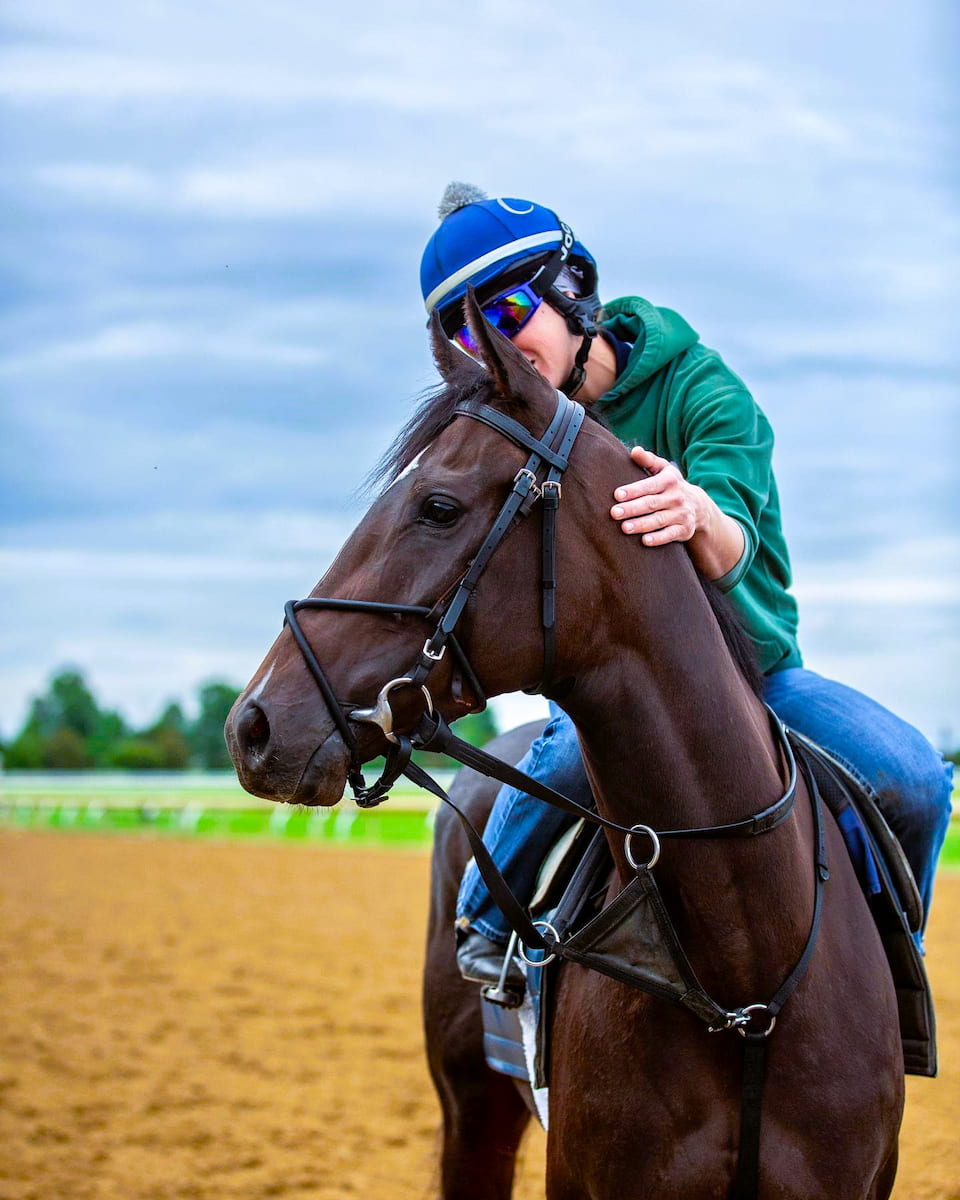
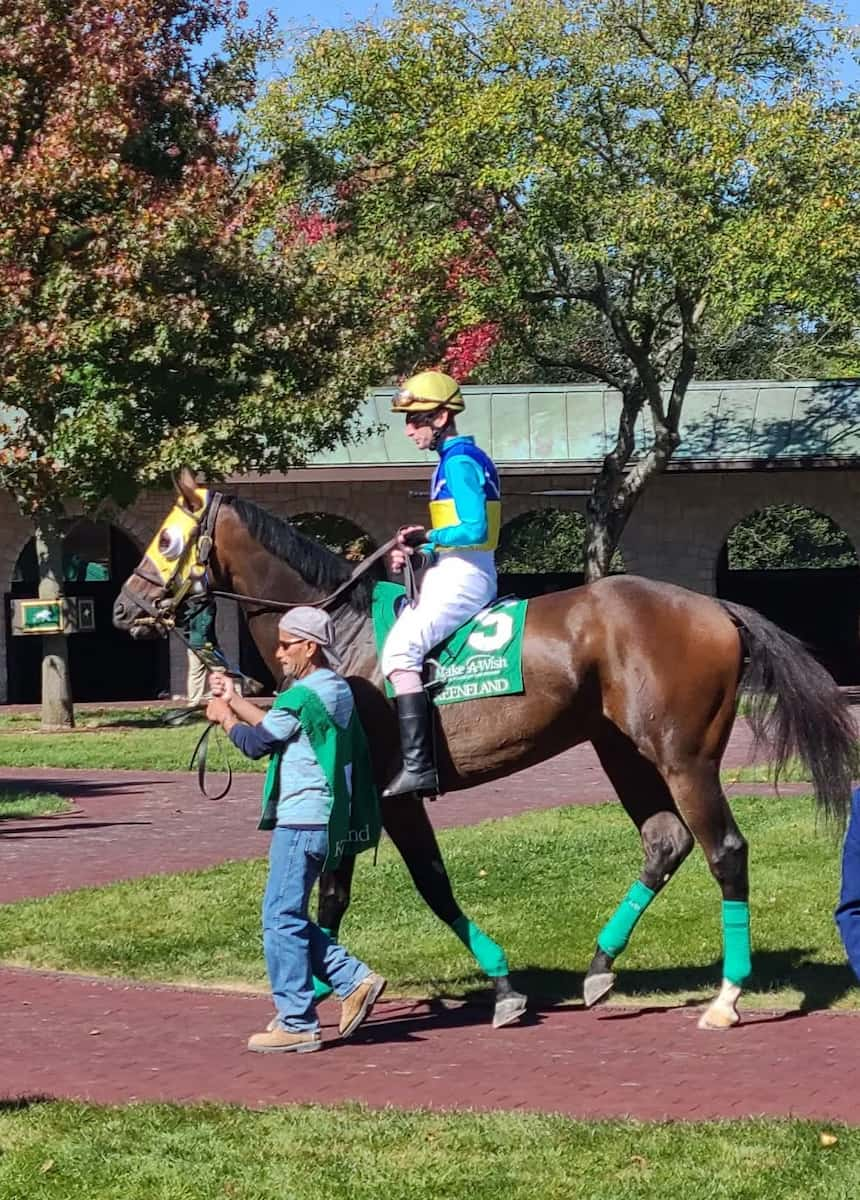
Tours and Behind-the-Scenes. I joined a guided tour that took me everywhere: the paddock, the grandstand, even the Jockeys Quarters. The guides are full of stories about legendary races and the daily routines behind the scenes. The venue also offers self-guided tours and special experiences like the Owner’s Experience, where you can watch a race from the winner’s circle.
Tailgating. Tailgating is a local favorite on The Hill, with food trucks, live music, and big screens showing all the action. Parking is free in The Meadow and The Hill areas, with shuttles to the main entrance. Dress for the weather—spring and fall can be unpredictable, and the best views are often outside.
Tour Highlights:
- Morning Works Tour: See training and meet staff
- Backstretch Tour: Explore the stable area and sales pavilion
- Owner’s Experience: Watch a race from the winner’s circle
Budget Tip: Kids 12 and under get in free, and you can bring your own chair for lawn seating in some areas.
⭐ Best Activities
- Half-Day Thoroughbred Horse Farm Tour in Kentucky – Get up close with thoroughbred horses on this 3.5-hour small-group tour. Visit Keeneland Race Course and working horse farms where you can interact with mares and foals while learning about Kentucky’s racing heritage.
3. Mary Todd Lincoln House
A Walk Through History. Stepping into the Mary Todd House, I felt like I was entering a living piece of Kentucky’s past. Located at 578 West Main Street, this restored brick home was where Mary Todd, future First Lady and wife of Abraham, spent her childhood. The rooms are filled with period furniture, family portraits, and artifacts that tell the story of her complex life—from her privileged upbringing to the personal tragedies she endured. I was especially moved by the displays on her family’s divided loyalties during the Civil War and the careful way the staff presents this history.
Tour Options and Accessibility. You can choose a self-guided or guided tour, with knowledgeable staff always ready to answer questions. I liked being able to explore at my own pace, reading laminated info sheets in each room and chatting with the docents when I wanted more detail. The first floor is accessible via a lift, but the second floor is only reached by stairs. If you can’t make it upstairs, ask for the photo album of the upper rooms—it’s a thoughtful touch that ensures everyone can enjoy the full experience.
Family Activities and Special Programs. Families will find plenty to engage kids, from scavenger hunts to the free Kid’s Activity Packet (downloadable from the official website). My children loved the hands-on games and making their own Todd family photo album. The site also hosts special events, especially around President’s Day, and the garden out back is a quiet spot for a break or a photo.
Experience and Collections. Today, the house has fourteen rooms displaying period furniture, portraits, and personal items from both the Todd and Abraham’s families. The displays are thoughtfully curated to share Mary’s story, her family’s divided loyalties during the Civil War, and her life’s many personal tragedies and triumphs. Visitors often comment on the honesty and sensitivity with which topics like slavery and family conflict are addressed.
Family-Friendly Features:
- Kid’s Activity Packet (ages 5–9)
- Scavenger hunts and old-fashioned games
- Small garden for a relaxing break
Budget Tip: Active duty military get two-for-one admission.
⭐ Best Activities
- Mary Todd Lincoln House Self Guided Tour Ticket – Step into history at the childhood home of Abraham Lincoln’s wife. Explore the beautifully preserved 1803 Georgian-style house at your own pace with informative displays about the Todd family.
4. Distillery District & Bourbon Trail
Revived Traditions. Walking through the Distillery District on Manchester Street, I felt the energy of Kentucky’s bourbon history mixed with modern creativity. Once home to the James E. Pepper Distillery, this area dates back to the late 1800s. The old brick warehouses now house tasting rooms, restaurants, a cozy cafe, and music venues. I was especially drawn to the murals and the industrial vibe—reminders of the district’s past. The story of James E. Pepper, a whiskey pioneer, is still alive here, with his distillery offering tours and tastings in buildings that survived Prohibition and fires.
Bourbon Experiences. I tried the James E. Pepper Distillery tour, which costs $20 per person and includes a walk through the restored distillery, a look at the original stills, and a guided tasting of their signature spirits. Barrel House Distillery, just steps away, offers its own tour and a cozy lounge for sampling bourbon cocktails. For something different, I stopped by Lexington Brewing & Distilling Co., the only site on the Kentucky Bourbon Trail that’s both a brewery and a distillery. Here, I tasted Town Branch Bourbon and Kentucky Bourbon Barrel Ale in the taproom.
District Delights. After touring, I wandered to The Break Room, a laid-back spot by the creek with a patio, firepits, and rotating food trucks—perfect for a casual lunch or drink. The Burl, a converted 1920s train depot, hosts live music and has an arcade next door filled with retro games. Crank & Boom Ice Cream is a must for dessert; their Bourbon and Honey flavor is a local favorite. I also found Brevede Coffee for a morning pick-me-up and The Relic for unique Kentucky-themed gifts. All of these spots are just a short stroll from downtown Lexington, making it easy to explore the best flavors and fun in the heart of the city.
Guided Tours and Accessibility. You can choose a self-guided or guided tour, with knowledgeable staff always ready to answer questions. I liked being able to explore at my own pace, reading laminated info sheets in each room and chatting with the docents when I wanted more detail. The first floor is accessible via a lift, but the second floor is only reached by stairs. If you can’t make it upstairs, ask for the photo album of the upper rooms—it’s a thoughtful touch that ensures everyone can enjoy the full experience.
Local Favorites:
- The Break Room: Drinks, food trucks, outdoor patio
- The Burl: Live music, arcade, firepit
- Crank & Boom: Craft ice cream, bourbon-inspired treats
Insider Tip: Look for the large mural by French artist MTO—it’s a local landmark and a great photo spot.
⭐ Best Activities
- Distillery District Food & History Tour in Lexington – Savor the flavors of Kentucky on this 3-hour walking tour through Lexington’s historic Distillery District. Sample local cuisine and bourbon while learning about the area’s rich distilling heritage.
5. The Arboretum, State Botanical Garden of Kentucky
Gardens and Natural Beauty. Walking into The Arboretum, State Botanical Garden, I was immediately surrounded by 100 acres of vibrant plant life and peaceful green space. Located at 500 Alumni Drive on the University campus, this public garden is open daily from dawn to dusk and is free to enter. The grounds feature a diverse collection of native and global plants, with paved paths winding through themed gardens and woodlands. The horticultural gardens are a highlight, packed with roses, herbs, vegetables, and fragrant blooms that change with the seasons. I found the Perennial Teaching Garden and the Flight 5191 Memorial Rose Garden especially beautiful in spring and early summer.
Family Fun at the Children’s Garden. The Children’s Garden is a two-acre space designed for kids ages 2–6 and their families. My children loved exploring the miniature landscapes, butterfly area, and vegetable gardens. There are hands-on activities, a model train, and special educational programs running from April to early November. Admission is $4 per person (children under 2 free), or you can buy a season membership for $130, which covers up to five people. This spot is perfect for families looking for interactive outdoor fun and a gentle introduction to local plants and wildlife.
Walk Across the State and Accessibility. The “Walk Across the State” is a two-mile paved loop that lets you experience seven different ecological regions in a single stroll. I was amazed by how the scenery changed—from wetlands to forests to prairies—showcasing over 2,500 native trees and shrubs. The paths are mostly flat and wheelchair accessible, making it easy for visitors of all ages and abilities to enjoy. There are benches and shaded spots for rest, and informational signs along the way help you learn about the region’s unique landscapes.
Visitor Info. Admission to the main gardens and visitor center is free, but bring cash or card if you want to visit the Children’s Garden. The Dorotha Smith Oatts Visitor Center is open Tuesday through Saturday, 9 a.m. to 4 p.m., with restrooms and helpful staff. Parking is free and usually easy to find. My advice is to wear comfortable shoes, bring water, and check the weather—some paths can be muddy after rain.
| Area | Price (USD) | Price (EUR) | Hours |
|---|---|---|---|
| Main Gardens & Visitor Ctr. | Free | Free | Daily, dawn to dusk |
| Children’s Garden | $4/person | ~€3.70 | Apr–Nov, Wed–Sat, 10–5 |
| Season Membership | $130 | ~€120 | Up to 5 people, all season |
Insider Tip: Visit in spring for blooming flowers or in fall for colorful foliage.
6. Lexington Opera House
Historic Venue and Atmosphere. Stepping into the Lexington Opera House at 401 West Short Street, I was instantly transported by its ornate architecture and rich history. Built in 1886 and designed by Oscar Cobb, this theater is one of the few pre-1900 venues in the country still hosting live performances. With a capacity of just under 1,000 seats, every show feels intimate—whether you’re watching a ballet, a Broadway musical, or a comedy night. The venue’s listing on the National Register of Historic Places adds to its charm, and the elegant details inside—like the grand chandelier and plush red seats—make every visit feel special.
Diverse Performances and Upcoming Shows. The Opera House offers a packed calendar of events all year. I’ve caught everything from family-friendly productions like “Bluey’s Big Play” and Disney’s “The Little Mermaid,” to concerts, comedy, ballet, and even official Broadway Live series performances. Upcoming acts include the Kentucky Ballet Theatre’s “Sleeping Beauty,” Ryan Adams’ Heartbreaker World performance, and The Wallflowers. With 24 events scheduled in the coming months, there’s always something for everyone—whether you love classical music, stand-up comedy, or rock concerts.
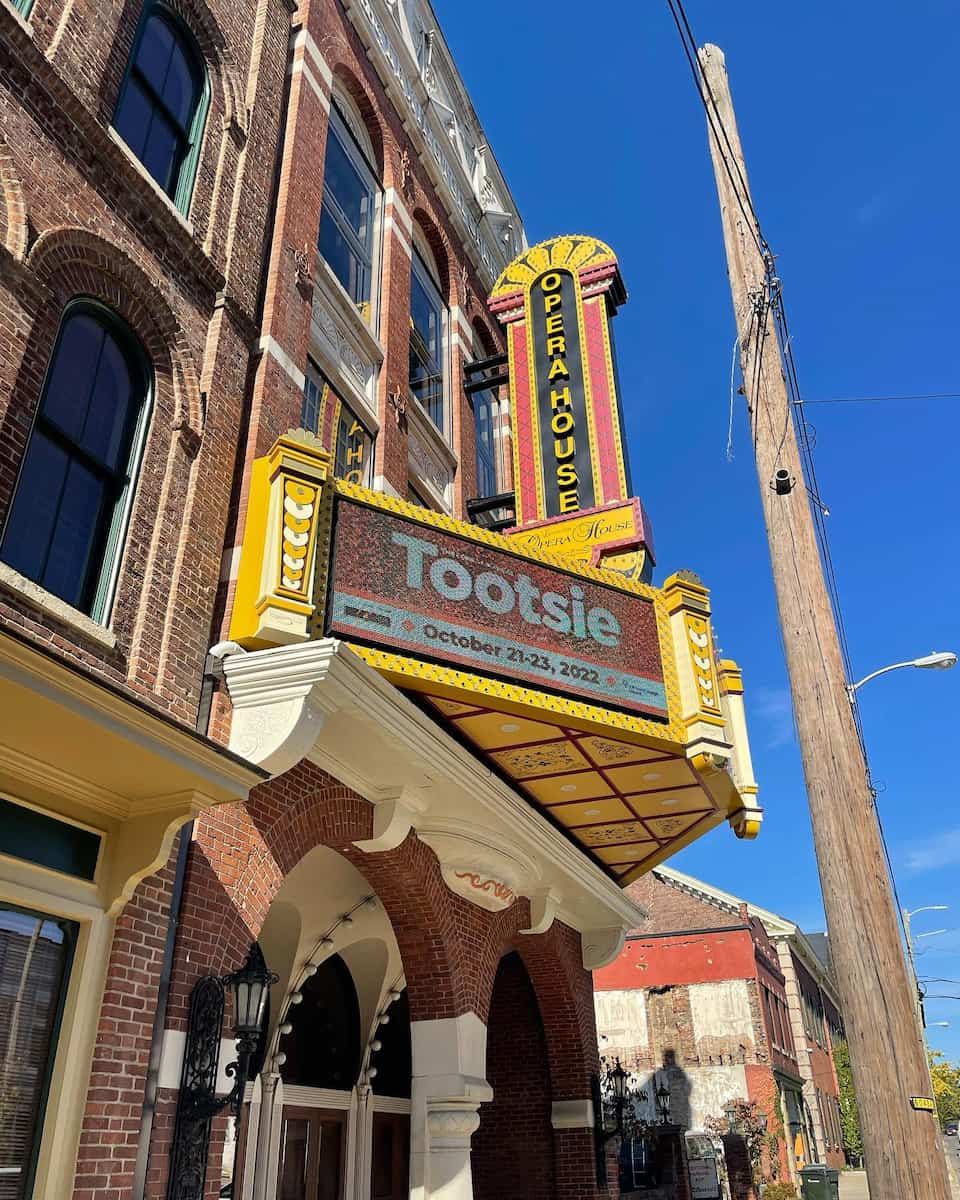
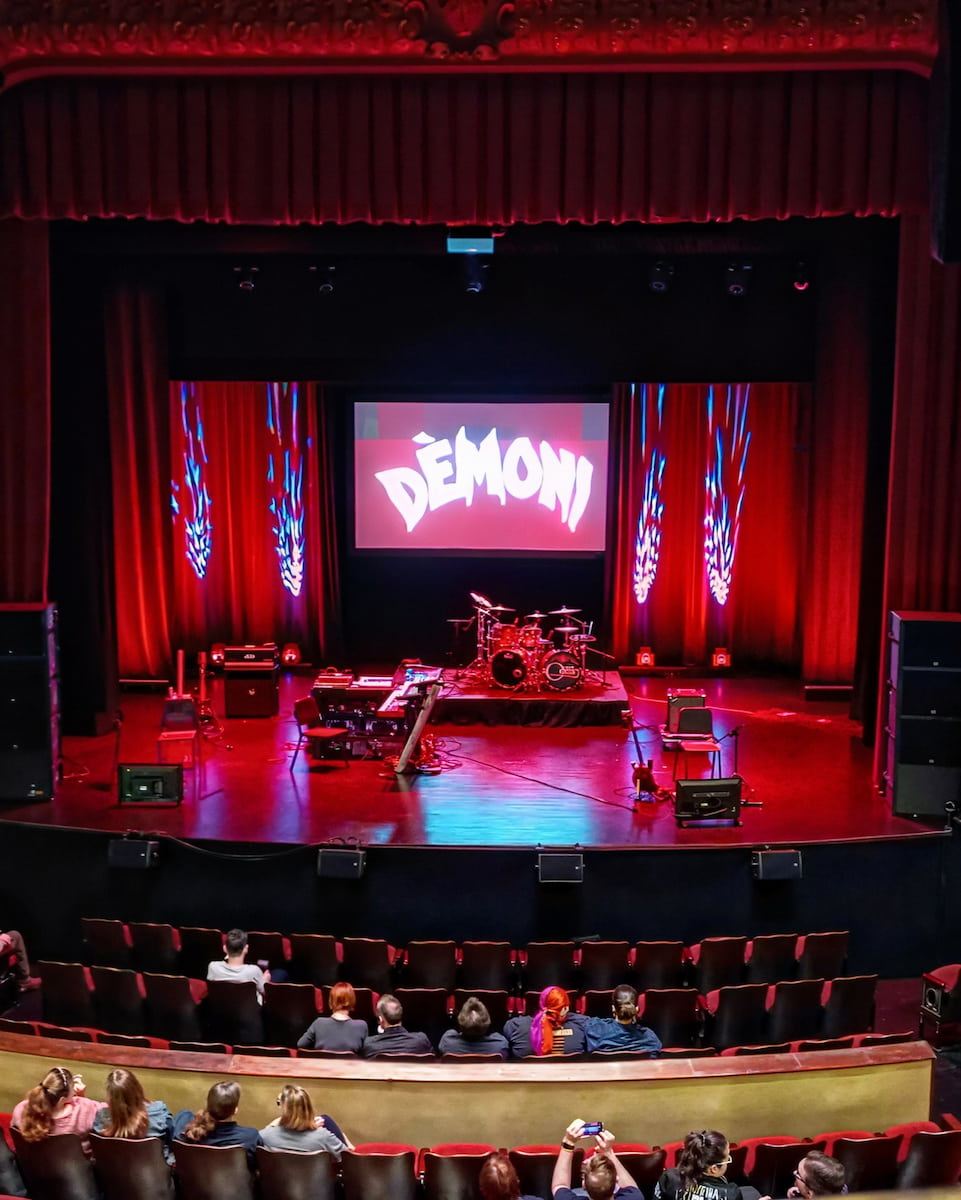
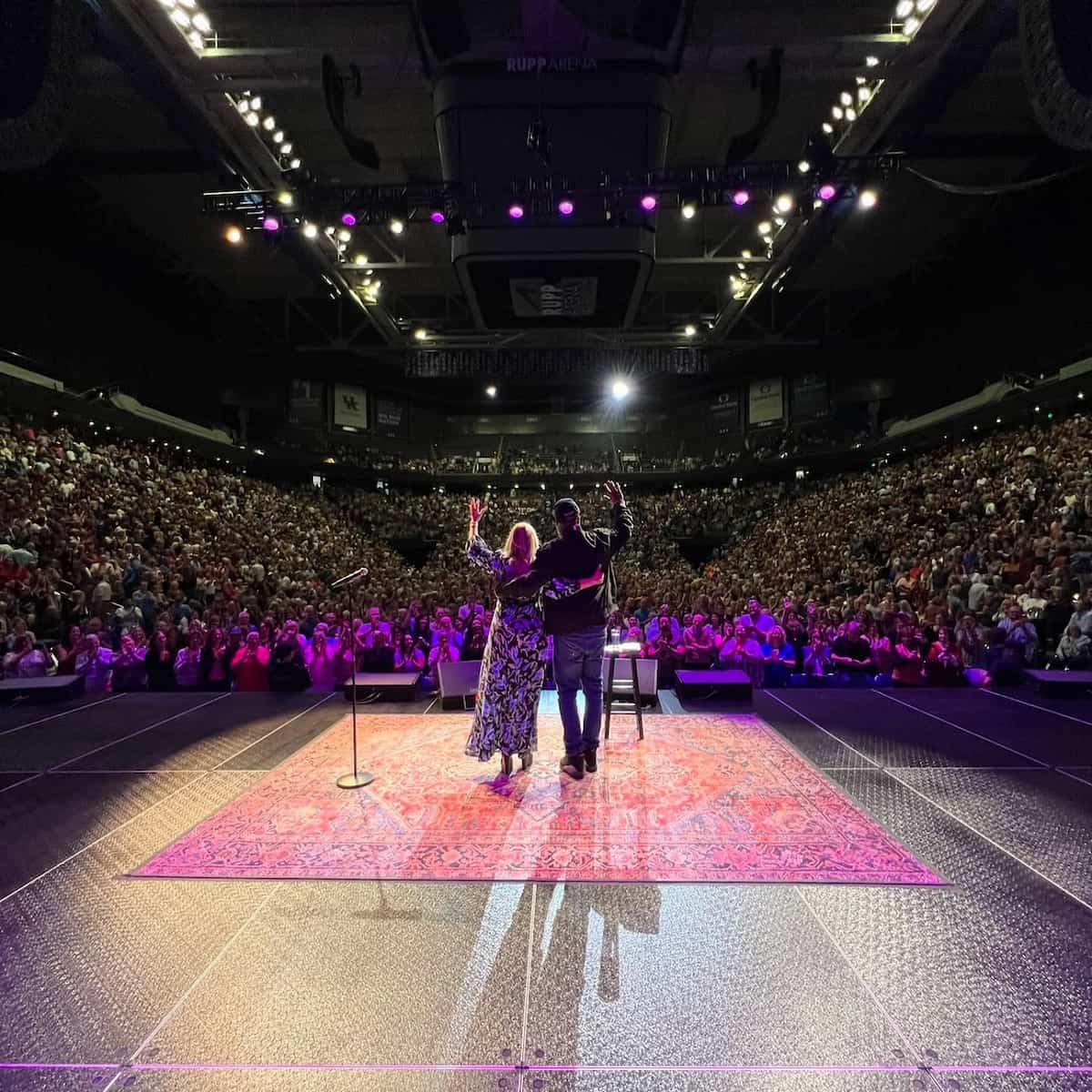
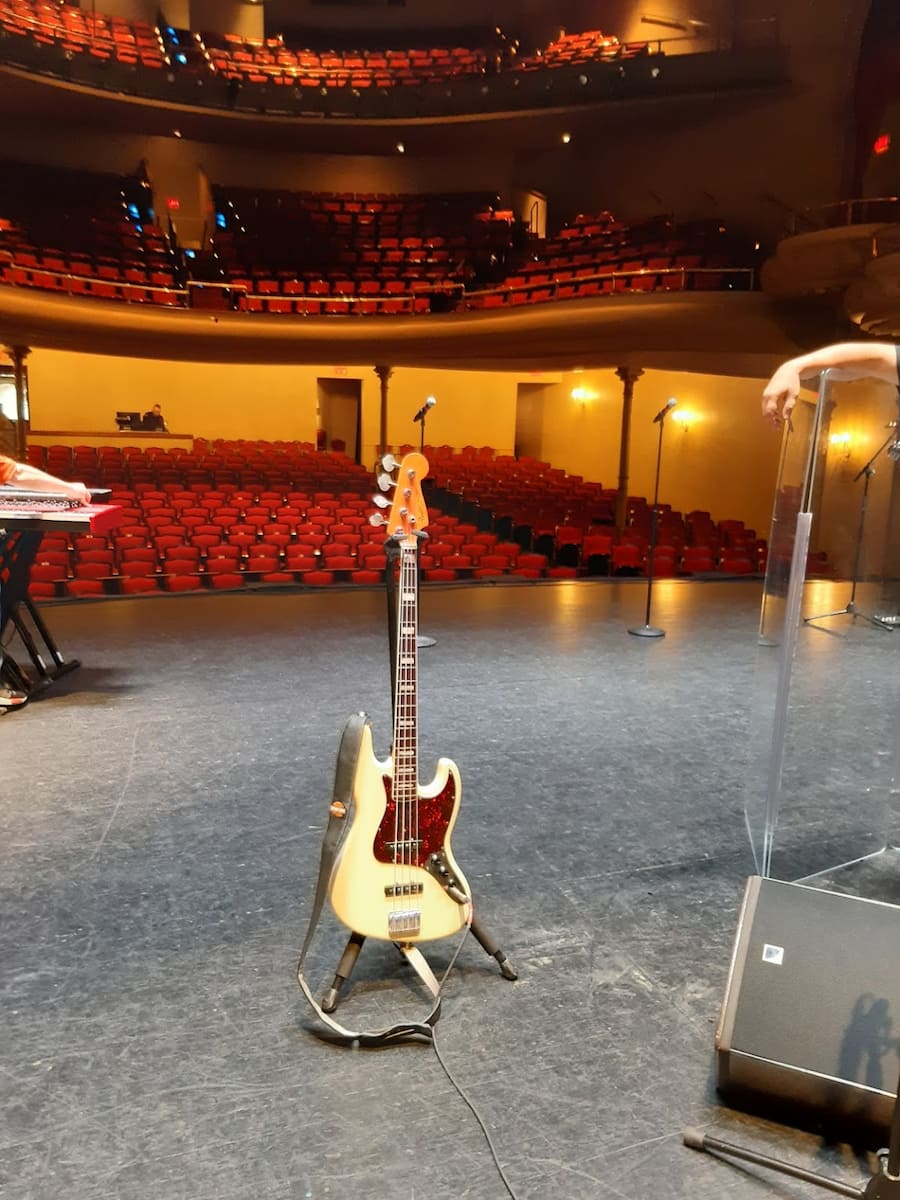
Accessibility, Amenities, and Visitor Experience. The Opera House is fully accessible, with wheelchair seating, audio and visual assistance, and accessible restrooms on the main floor. Valet parking is available for around $22, and several surface lots nearby charge about $10. Concessions are offered in the lobby, and visitors recommend arriving early to find parking and enjoy the theater’s ambiance.
Performances and Cultural Impact. This venue has long been a cultural centerpiece, hosting legendary acts like Harry Houdini, Al Jolson, W.C. Fields, Will Rogers, and Sarah Bernhardt. In its early years, the Opera House was known for spectacular productions—such as a flooded stage for “Henley Regatta” and a mile-long animal parade for “Country Circus.” Today, the Opera House welcomes about 85,000 patrons annually and continues to feature Broadway productions, ballet, comedy, concerts, and family shows, maintaining its reputation as a premier performing arts center in the region.
| Seat Location | Price (USD) | Price (EUR) |
|---|---|---|
| Balcony (cheapest) | $17 | €16 |
| Average ticket | $124 | €115 |
| Premium (front rows) | $1,200+ | €1,100+ |
Common Mistakes: Forgetting to book parking in advance or bringing oversized bags (the venue has strict bag policies).
7. Lexington Farmers Market
Fresh Finds and Local Flavor. The Lexington Farmers Market is a vibrant community hub where I always discover something new. Open year-round on Saturdays (8AM–2PM in spring to fall, 9AM–1PM in winter), this market brings together over 50 vendors at peak season, representing more than 30 counties. You’ll find fresh fruit, vegetables, baked goods, kombucha, flowers, jams, and even local beer and wine. The market is a producer-only space, so everything is grown, made, or crafted locally—perfect for anyone wanting to support the region’s farmers and artisans.
Family Fun and Community Programs. I love bringing my kids to the market because of the Power of Produce (POP) Club—a program that lets children explore, taste, and even buy their own produce with special vouchers. There are also educational games, art projects, and free samples from friendly vendors. On weekends, you might catch live music or special events like seed giveaways or cooking demos. The market is held on flat, paved ground, making it accessible for strollers and wheelchairs.
Seasonal Variety and Vendor Highlights. Every visit is different, depending on the season. In spring, I find greens and starter plants; summer brings juicy tomatoes, berries, and sweet corn; fall is all about pumpkins, squash, and apples. Even in winter, the market stays lively with root vegetables, baked goods, cheese, and local meats. Some of my favorite vendors include Busa Farm for fruit and flowers, Captain Marden’s Seafood for fresh fish, and Bread Obsession for artisan loaves.
Lexington Farmers Market: Locations and Hours. The Lexington Farmers Market is a year-round, producer-only market where everything sold is grown, raised, or made by local vendors. The main Saturday market takes place downtown at Henry A. Tandy Centennial Park (formerly Cheapside Park), with more than 50 vendors from over 30 counties offering fruit, vegetables, baked goods, flowers, jams, local beer, and wine.
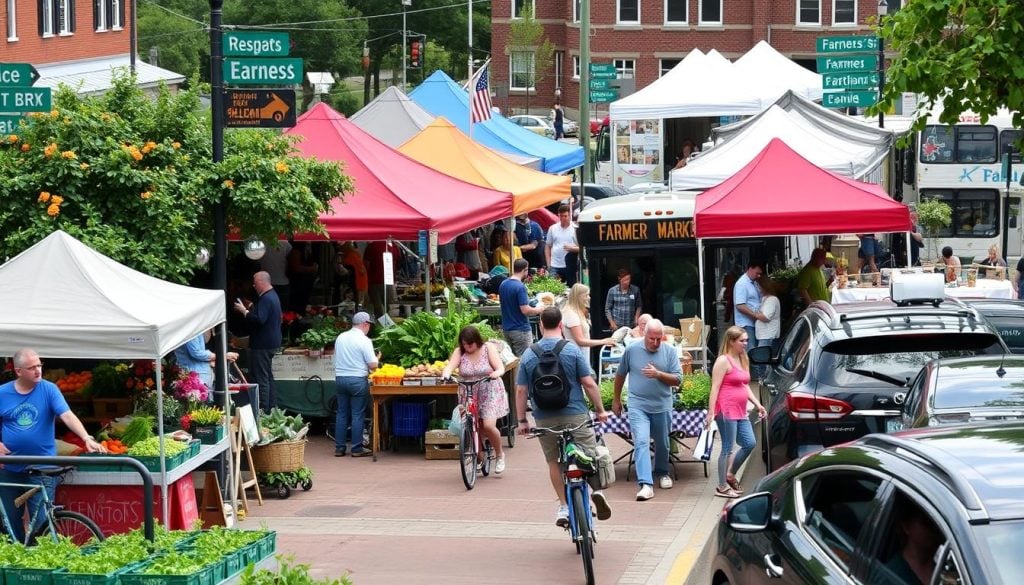
Hours:
- Saturday (Downtown, 251 W Main St): 8AM–2PM (Spring–Fall), 9AM–1PM (Winter, Nov–March)
- Sunday (Southland Drive): 10AM–2PM (April–October)
- Tuesday & Thursday (Warehouse Block, 737 National Ave): 7AM–4PM (May–November)
- Wednesday (Greyline Station, 101 W Loudon): 4PM–7PM (Year-round)
Common Mistakes: Forgetting a reusable bag, arriving late (the best produce sells out early), or not checking the market’s website for special events and vendor lists.
8. Aviation Museum of Kentucky
Aviation History and Hands-On Experiences. Stepping into the Aviation Center at 4029 Airport Road, I was greeted by two spacious hangars filled with restored aircraft, interactive displays, and the hum of aviation enthusiasts swapping stories. The collection covers both military and civilian aviation, with everything from jet fighters and helicopters to vintage trainers and gliders. I climbed into an authentic cockpit and tried out the flight simulators—available on the third Sunday of each month—which made me feel like a real pilot. The center’s mission is to educate and inspire, and I could see that in the faces of kids and adults alike as they explored hands-on activities and learned about the state’s contributions to flight.
Collections, Hall of Fame, and Special Programs. Honoring pioneers like Francis Gary Powers and other notable aviators from the state, the permanent collection includes over 50 attractions: historic planes, engines, scale models, and artifacts from World War II, the Vietnam War, and beyond. I was fascinated by the stories behind the Doolittle Raid’s B-25 rudder and the memorabilia donated by local pilots. The summer camp program is a highlight for families—kids get to learn about aeronautics and even take their first flight with a licensed instructor, logging real flight time.
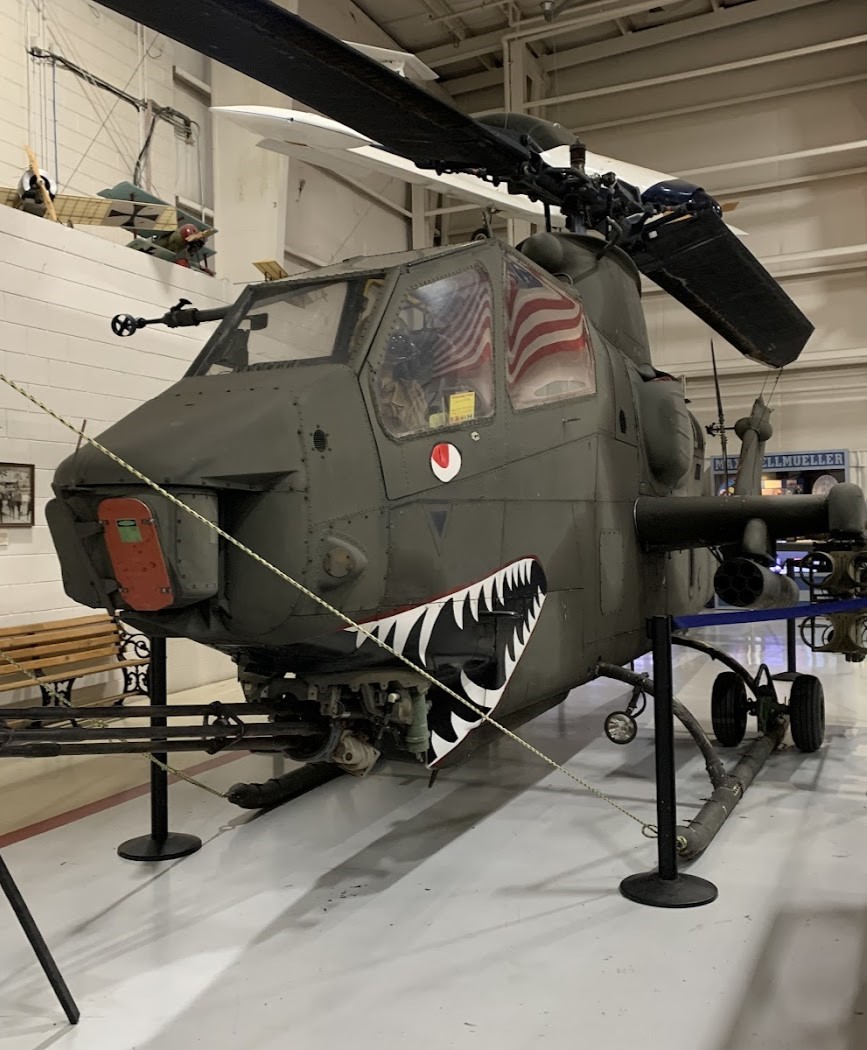
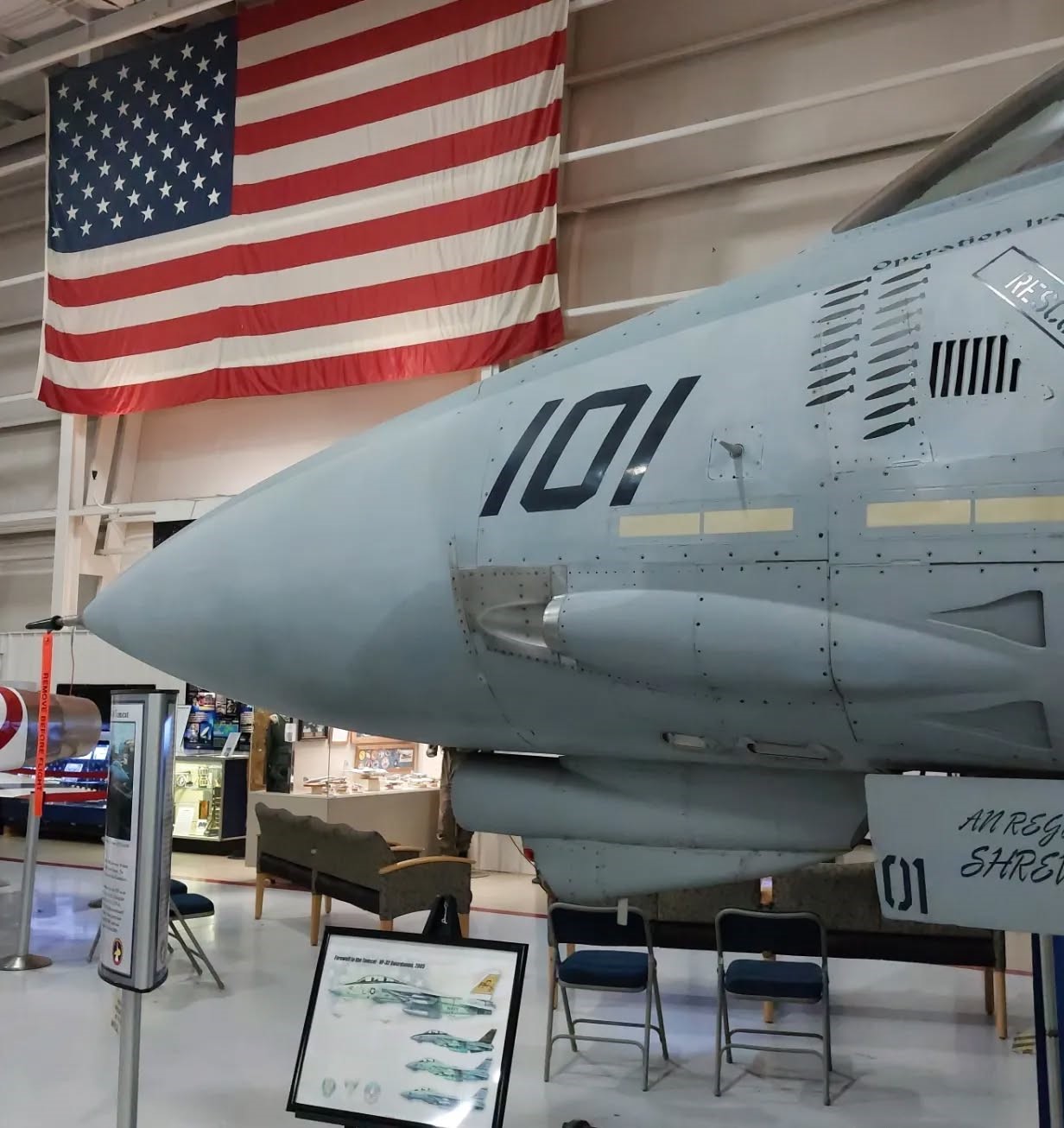
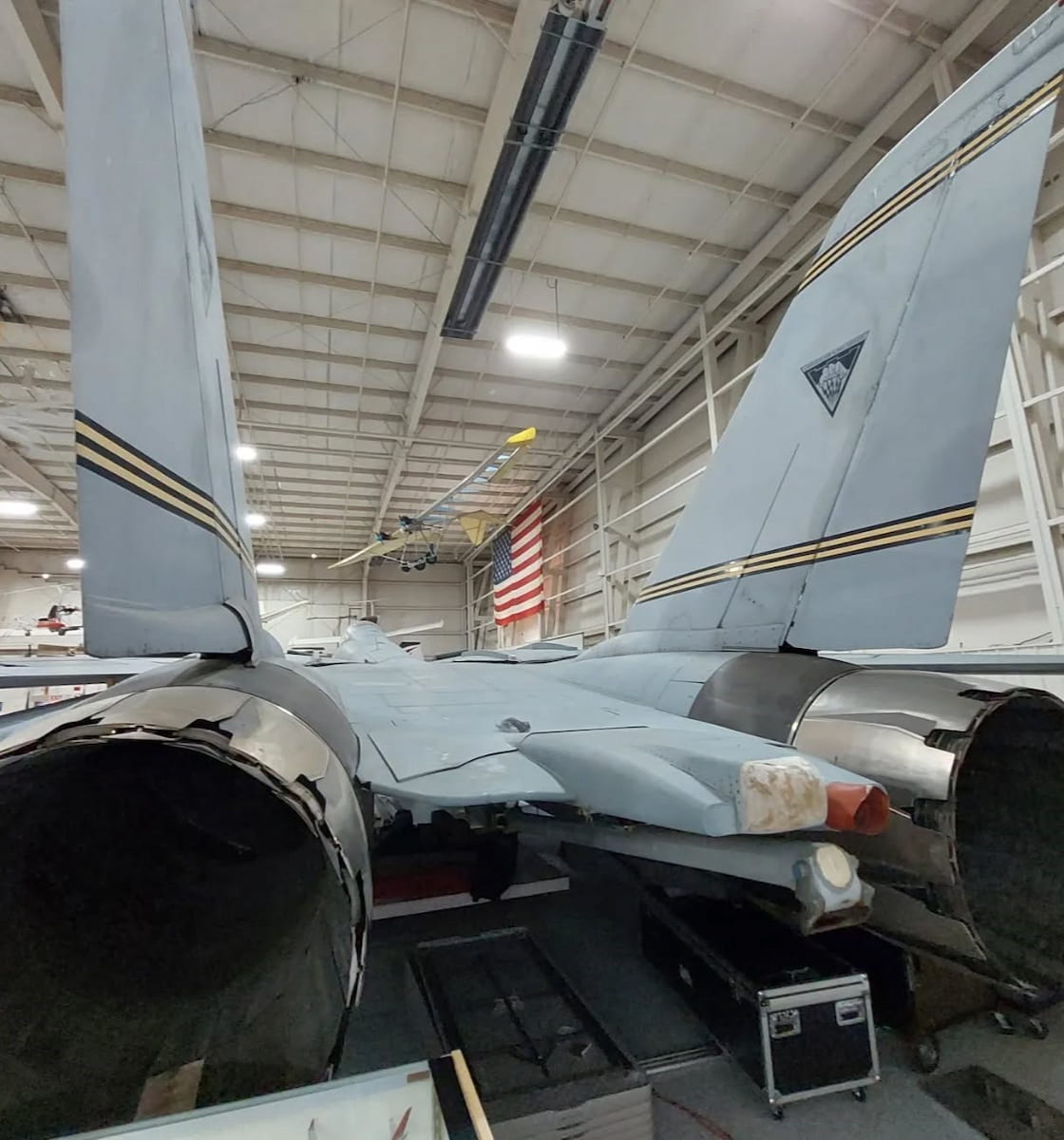
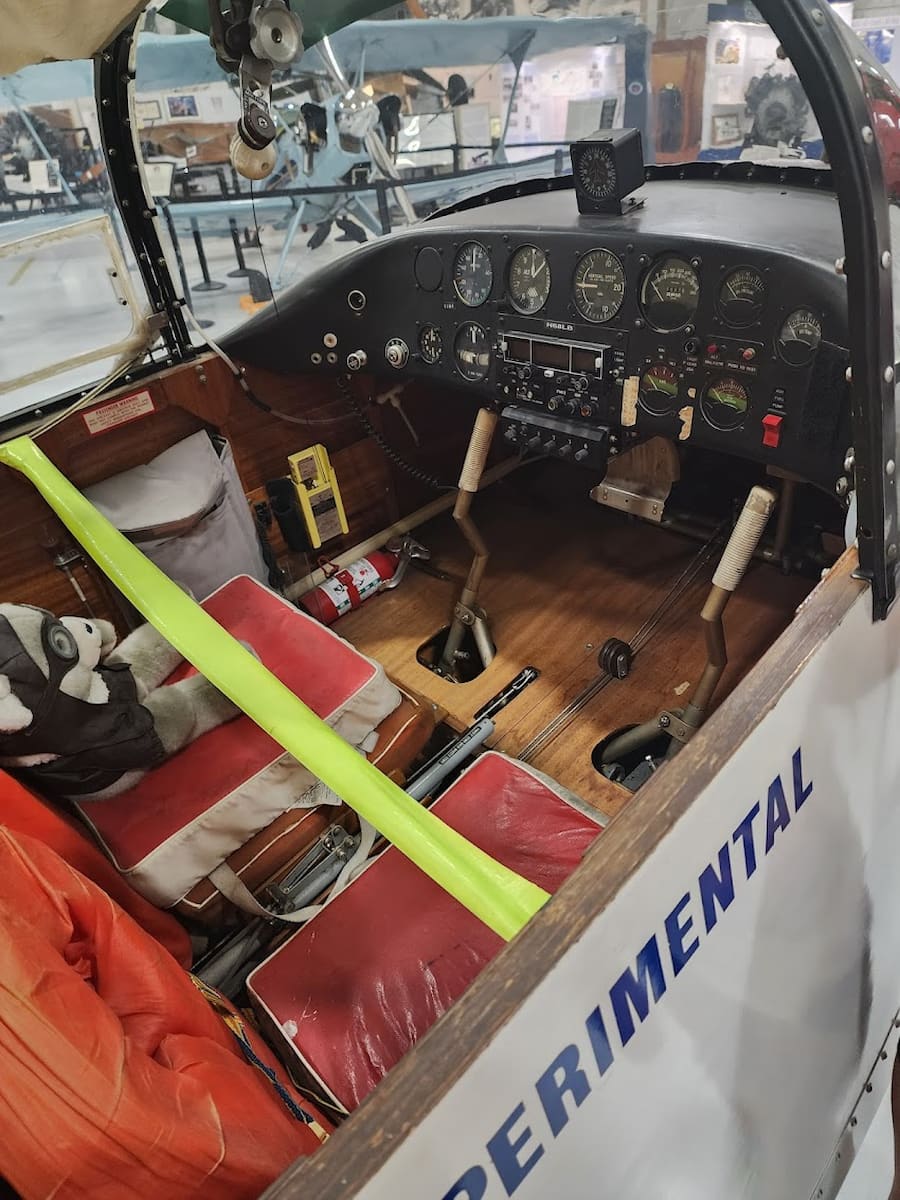
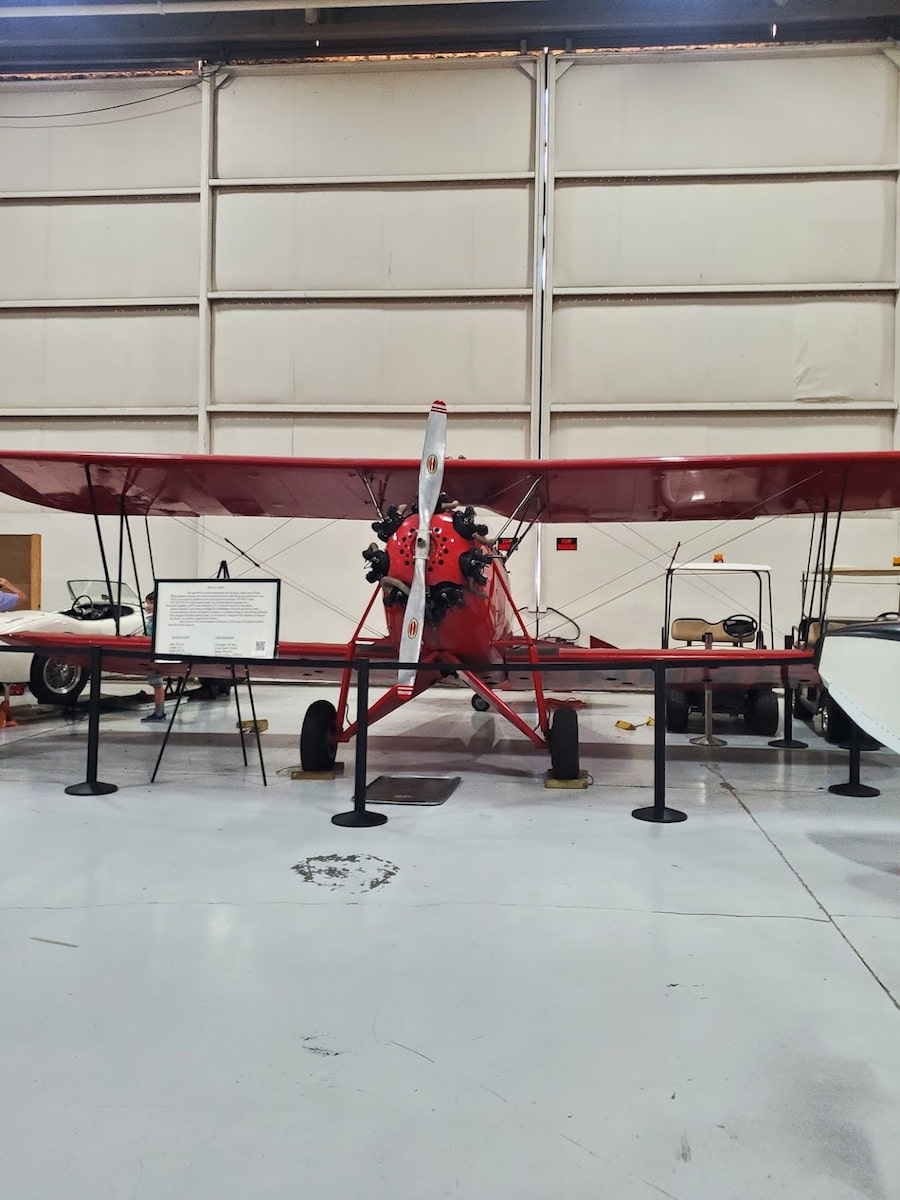
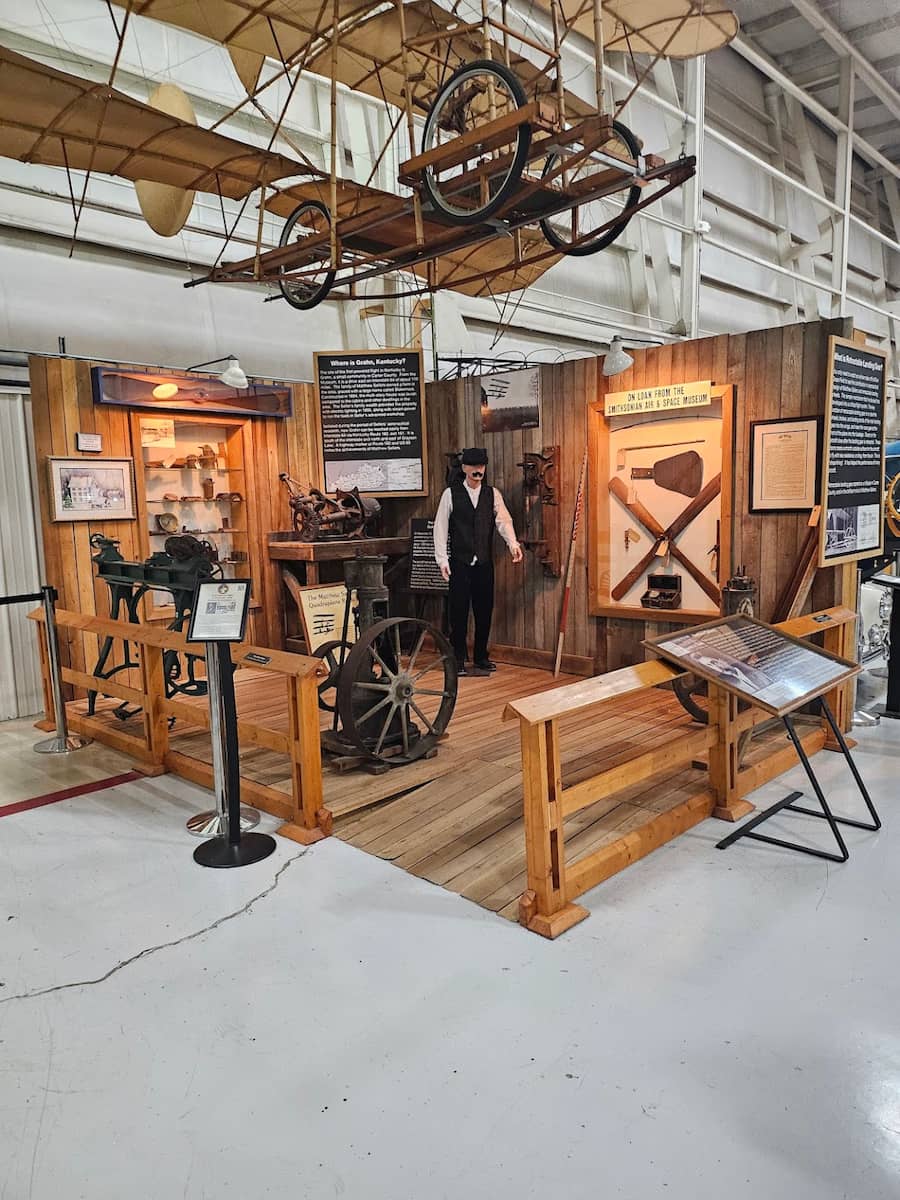
Aircraft Highlights and Hall of Fame. Inside, you’ll find a diverse range of aircraft—from vintage biplanes and military jets to helicopters and civilian planes. Notable displays include a Blue Angels A-4 Skyhawk, T-38 Talon, Bell AH-1F Cobra, F-14 Tomcat, and McDonnell Douglas F4S Phantom II. The center also features the Aviation Hall of Fame, which honors local pioneers like Francis Gary Powers and other influential aviators. Artifacts from historic events, such as the Doolittle Raid’s B-25 rudder, are on display, and the displays are designed to be interactive and educational for all ages.
Education, Camps, and Family Activities. Education is at the heart of the museum’s mission. The popular Aviation Summer Camp immerses students (ages 10–17) in hands-on learning, including flight simulators, aircraft operations, and even a real flight with a licensed instructor. More than 6,000 young people have participated in these camps, and the museum partners with NASA and local schools for additional programs throughout the year. Families will appreciate the accessible layout, friendly volunteers, and opportunities for kids to climb into cockpits and try out simulators (available on the third Sunday of each month).
| Category | Price (USD) | Price (EUR) |
|---|---|---|
| Adults (17–59) | $15 | €14 |
| Seniors (60+) | $13 | €12 |
| Youth (6–16) | $10 | €9 |
| Children (0–5) | Free | Free |
| Veterans | $13 | €12 |
| Family (4 people) | $39 | €36 |
Common Mistakes: Not checking the website for special events or weather-related closures, and missing the flight simulation days.
9. Rupp Arena
Legendary Venue and Community Hub. Rupp Event Center, located at 432 West Vine Street, is the beating heart of live events in the city. Opened in 1976, it’s named for legendary coach Adolph Rupp and sits right in the Central Bank Center complex. With a seating capacity of up to 23,000 for concerts and 20,500 for basketball, it’s one of the largest venues in the country built specifically for hoops. I’ve felt the buzz of the crowd here—whether it’s a University of the Wildcats basketball game or a big-name concert, the energy is unmatched. The lower level has 10,000 cushioned seats, while the upper level holds 10,500, so there’s a spot for everyone.
Concerts, Events, and Unforgettable Moments. Rupp Event Center is famous for more than just basketball. Over the years, it’s hosted everyone from Paul McCartney and Elton John to Taylor Swift, Pearl Jam, and WWE events. I remember seeing the place packed for a major concert, the sound system booming and the crowd on their feet. The venue also hosts high school basketball championships, conventions, and family shows, making it a year-round destination for all ages. The first event ever held here was a Lawrence Welk concert in 1976, drawing 20,000 fans.
History and Legacy. Rupp Event Center, located at 430 West Vine Street, is the legendary home of the University of the Wildcats men’s basketball team and one of the most iconic event venues in the United States. Opened in 1976 and named after coaching legend Adolph Rupp, it seats over 20,500 for basketball and up to 23,000 for concerts, making it one of the largest indoor venues built specifically for basketball. The center has hosted historic moments, including the 1985 NCAA Final Four, multiple NCAA Tournament games, and concerts by everyone from Paul McCartney and Elton John to Taylor Swift and Pearl Jam. The first event ever held was a Lawrence Welk concert in 1976, drawing 20,000 fans.
Events and Experiences. Rupp Event Center is not just about basketball. It’s a year-round hub for concerts, family shows, conventions, and major entertainment events. It has hosted WWE events, high school basketball championships (the famous “Sweet Sixteen”), and even the NCAA Women’s Final Four. The venue’s central location in the city means you’re steps away from parks, restaurants, and cultural sites like the Mary Todd Lincoln House and Triangle Park. The sound system, video boards, and seating have all been updated in recent years to enhance the fan experience.
| Event Type | Price Range (USD) | Price Range (EUR) |
|---|---|---|
| Basketball Game | $40–$60 | €37–€56 |
| Concert | $50–$200+ | €46–€185+ |
| Family Show | $25–$80 | €23–€74 |
10. Breakout Games
Immersive Puzzles and Team Adventures. Breakout Games, located at 309 N Ashland Ave, is my top pick for a group adventure that’s both challenging and a ton of fun. Here, you and your friends or family become the heroes in a real-life puzzle—locked in a themed room with 60 minutes to solve clues, crack codes, and escape before time runs out. Each room has its own story, from the classic “Kidnapping” to the mysterious “Clue” and the wild “Derby Heist.” I loved how every experience was private—no playing with strangers—so it felt like our own movie scene.
Game Choices and Family-Friendly Fun. There’s a game for every taste and age group. I’ve seen families, coworkers, and even bachelorette parties laughing and strategizing their way through rooms like “Mystery Mansion,” “Hostage,” and “Island Escape.” The “Clue” room is a local favorite, with rave reviews for its clever puzzles and helpful game masters. Kids as young as 5 can join in, and there are options for teens and adults who want something a bit more thrilling.
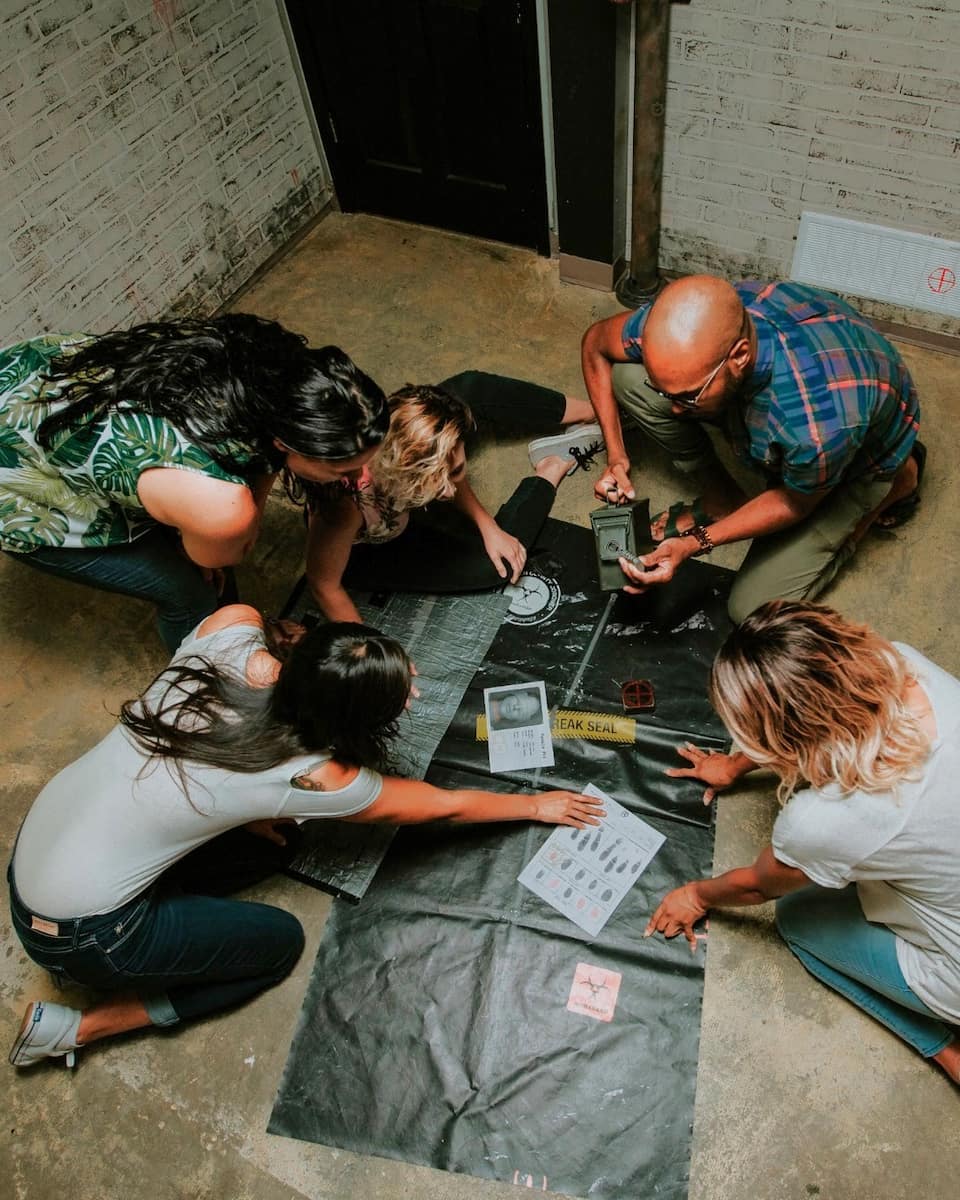
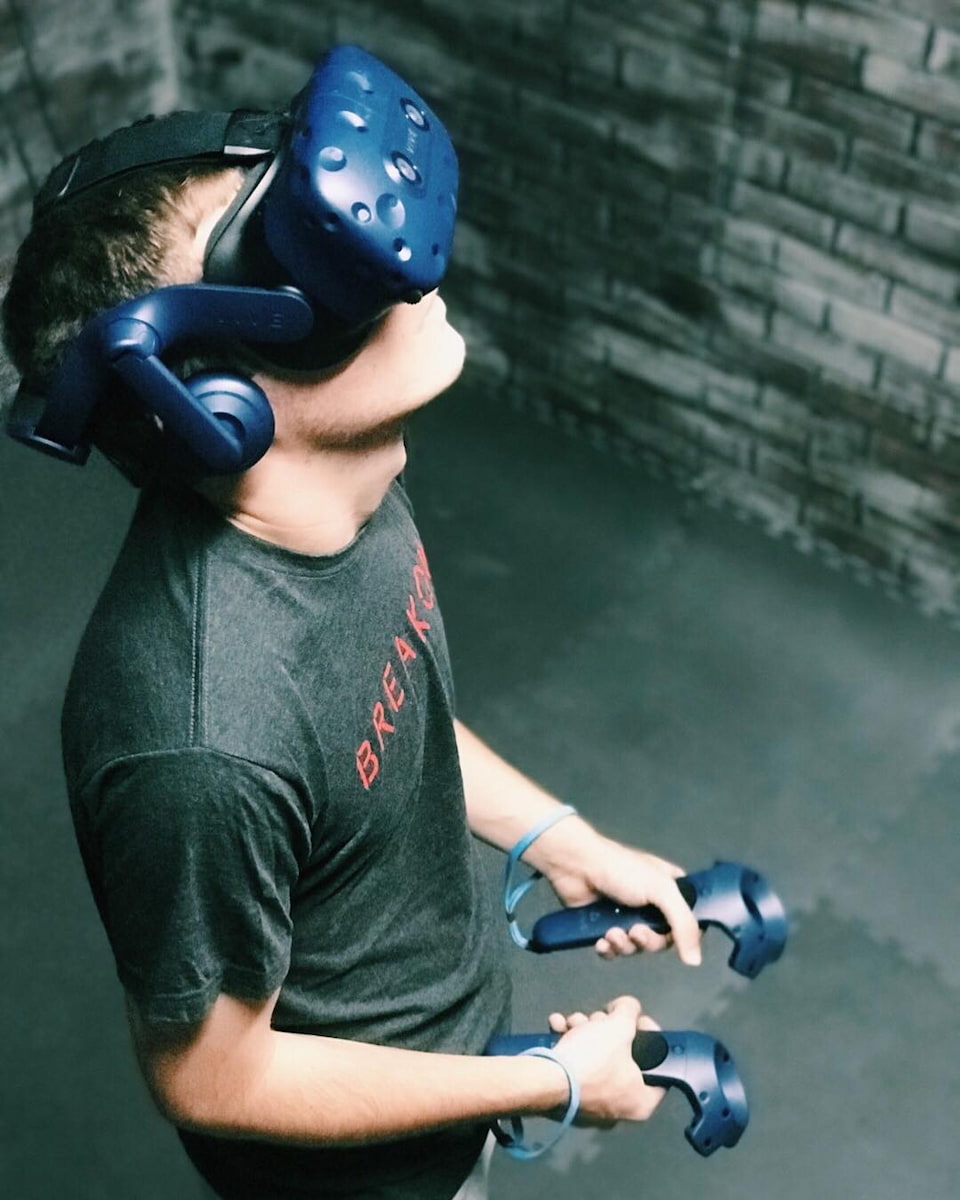
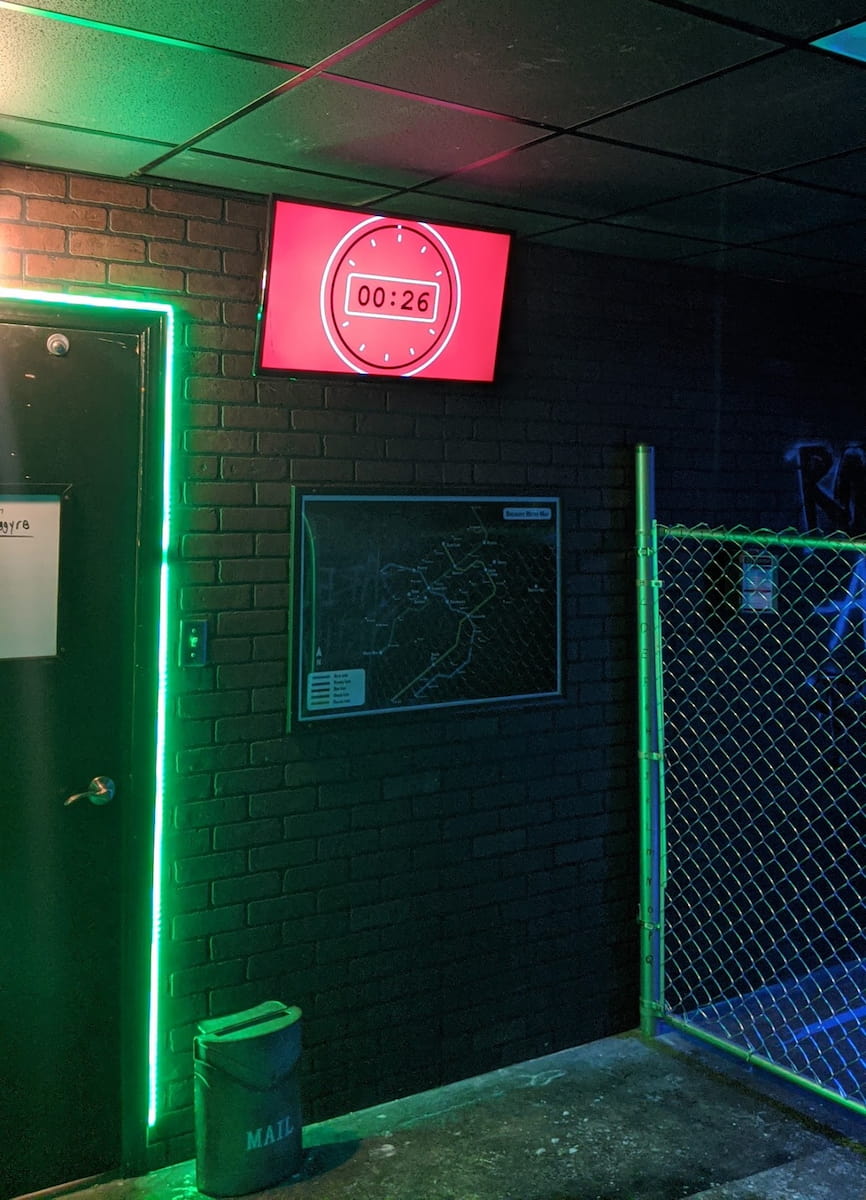
Room Themes and Difficulty. Breakout Games offers a variety of themed rooms, each with its own story and level of challenge. Popular options include Kidnapping (escape while handcuffed), Clue (solve a classic whodunit), Derby Heist (plan a daring robbery), Mystery Mansion (explore a spooky house), Island Escape (get off a deserted island), and Wild West (break out of an old jail). Each room is rated easy, medium, or hard, so you can pick what suits your group best.
Who Should Play. Breakout Games is perfect for many groups. Families with kids as young as 5 can join in, making it a fun family outing. Friends love it for birthdays and nights out, while corporate teams use it for team-building and problem-solving. Even special occasions like bachelorette parties or anniversaries can be celebrated here—staff are happy to help make your event unique.
| Group Size | Price per Person (USD) | Price per Person (EUR) |
|---|---|---|
| 2–3 players | $40 | ~€37 |
| 4–5 players | $35 | ~€32 |
| 6+ players | $30 | ~€28 |
11. Fayette Mall
Shopping Variety and Big-Name Stores. Fayette Mall, located at 3401 Nicholasville Road, is the largest shopping center in the state and a true retail destination. I was amazed by the sheer size—over 175 stores and services, including big anchors like Macy’s, Dillard’s, JCPenney, and Dick’s Athletic Goods. You’ll find everything from popular fashion brands (H&M, Abercrombie & Fitch, Sephora) to unique local boutiques and specialty shops. The mall is open Monday to Saturday from 10 a.m. to 8 p.m., and Sundays from 12 p.m. to 6 p.m.
Dining, Snacks, and Sweet Treats. After a shopping spree, I always head to the food court or one of the sit-down restaurants. Options range from Chick-fil-A and The Cheesecake Factory to local favorites like Saul Good Pub. The food court is perfect for a quick bite, while places like Sweet Lily’s Creamery offer homemade ice cream and colorful desserts.
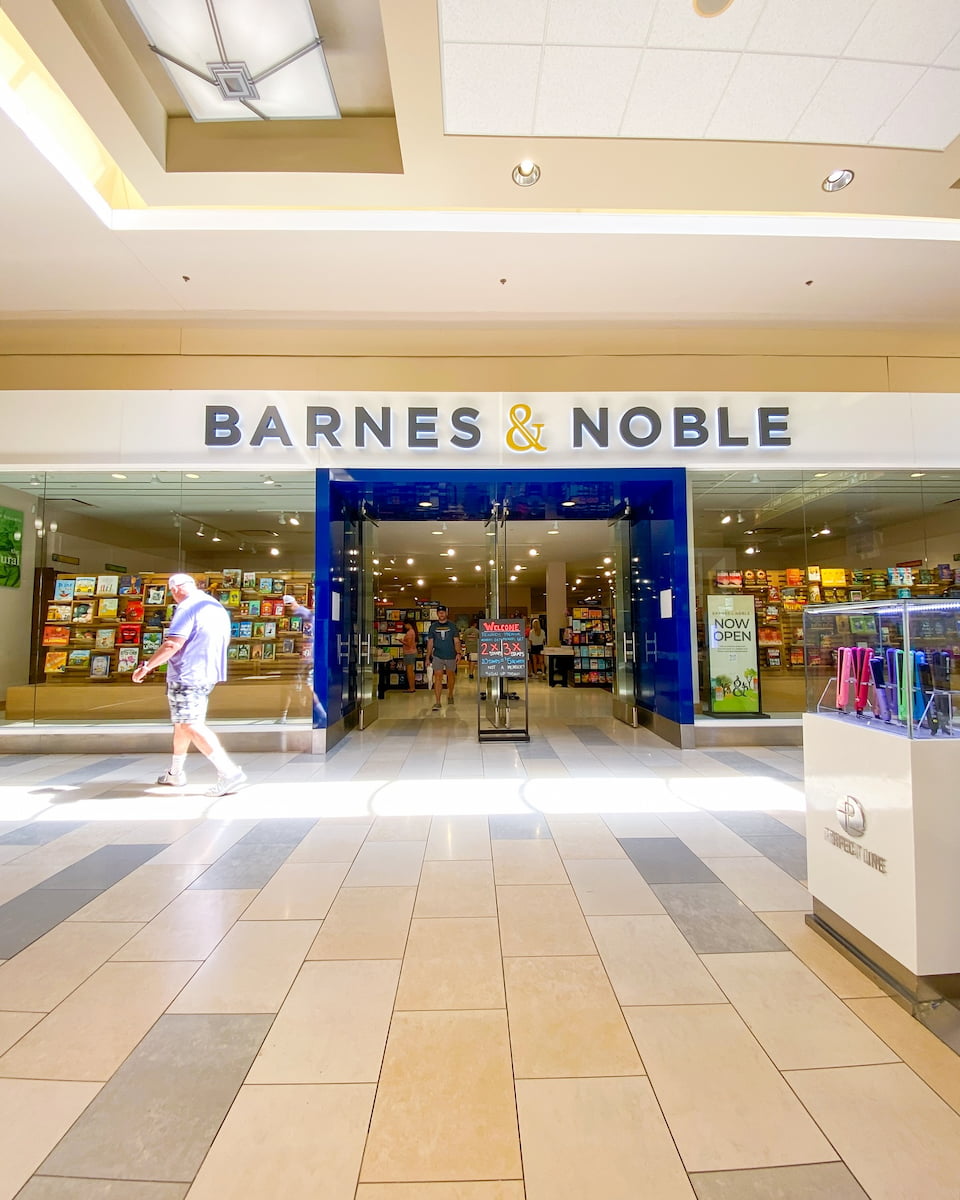
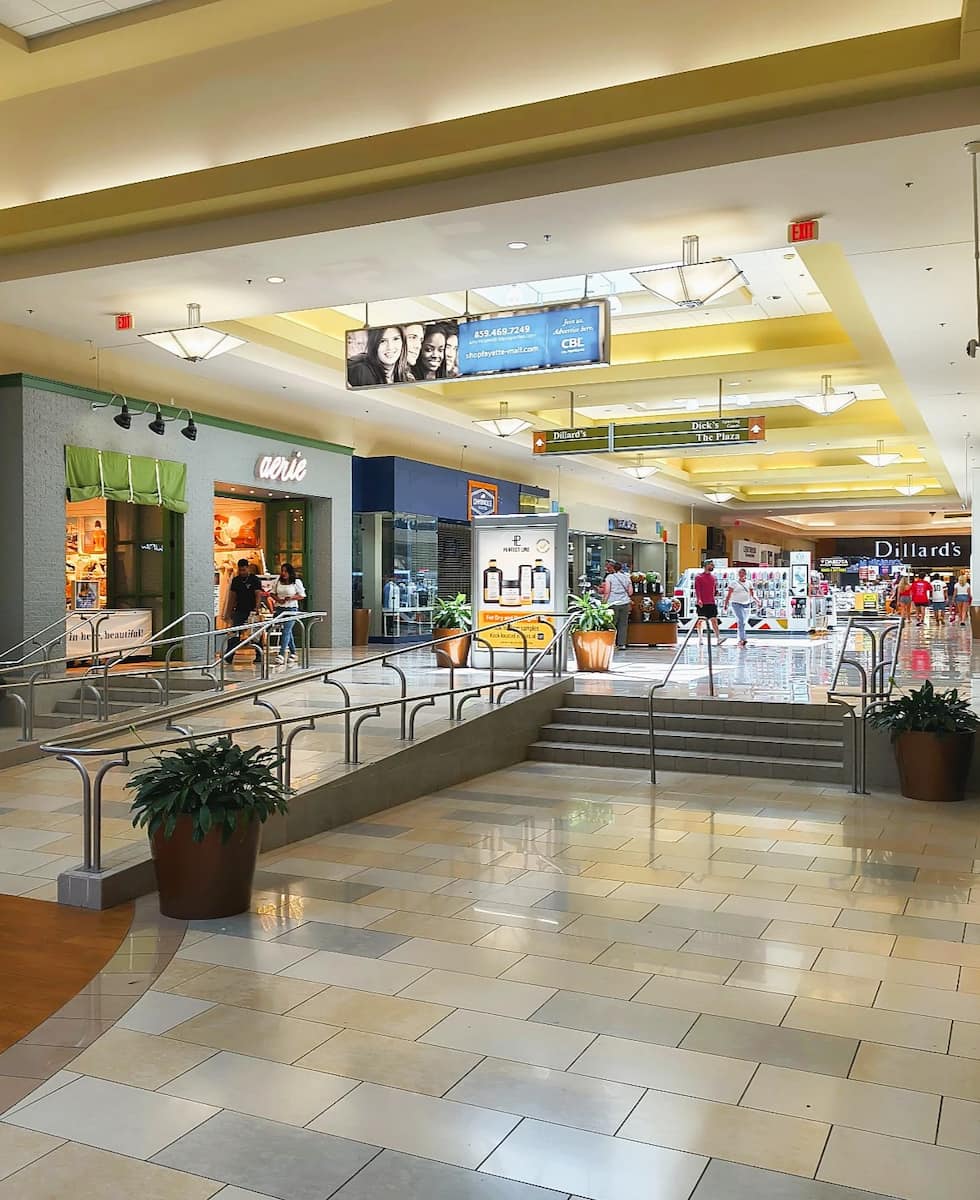

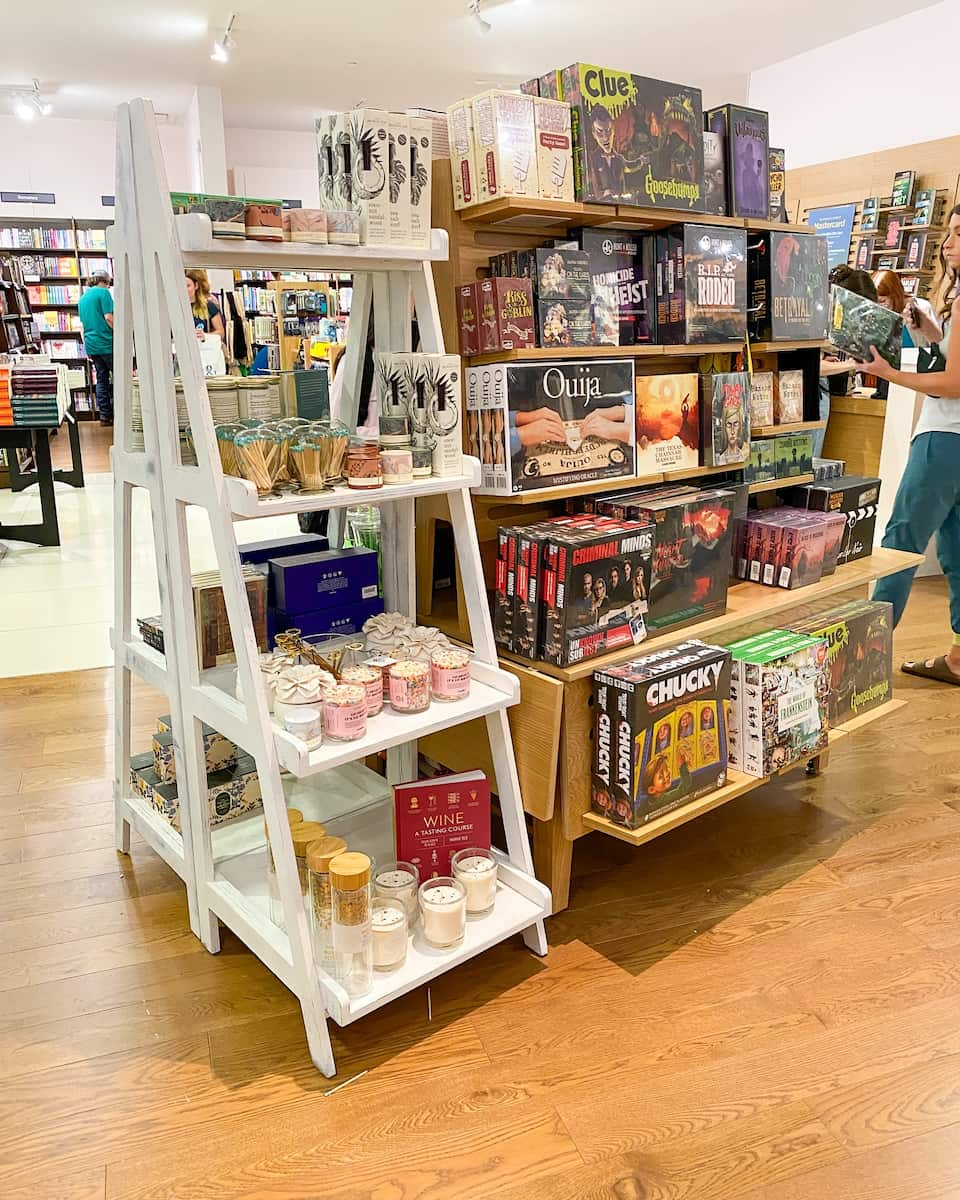
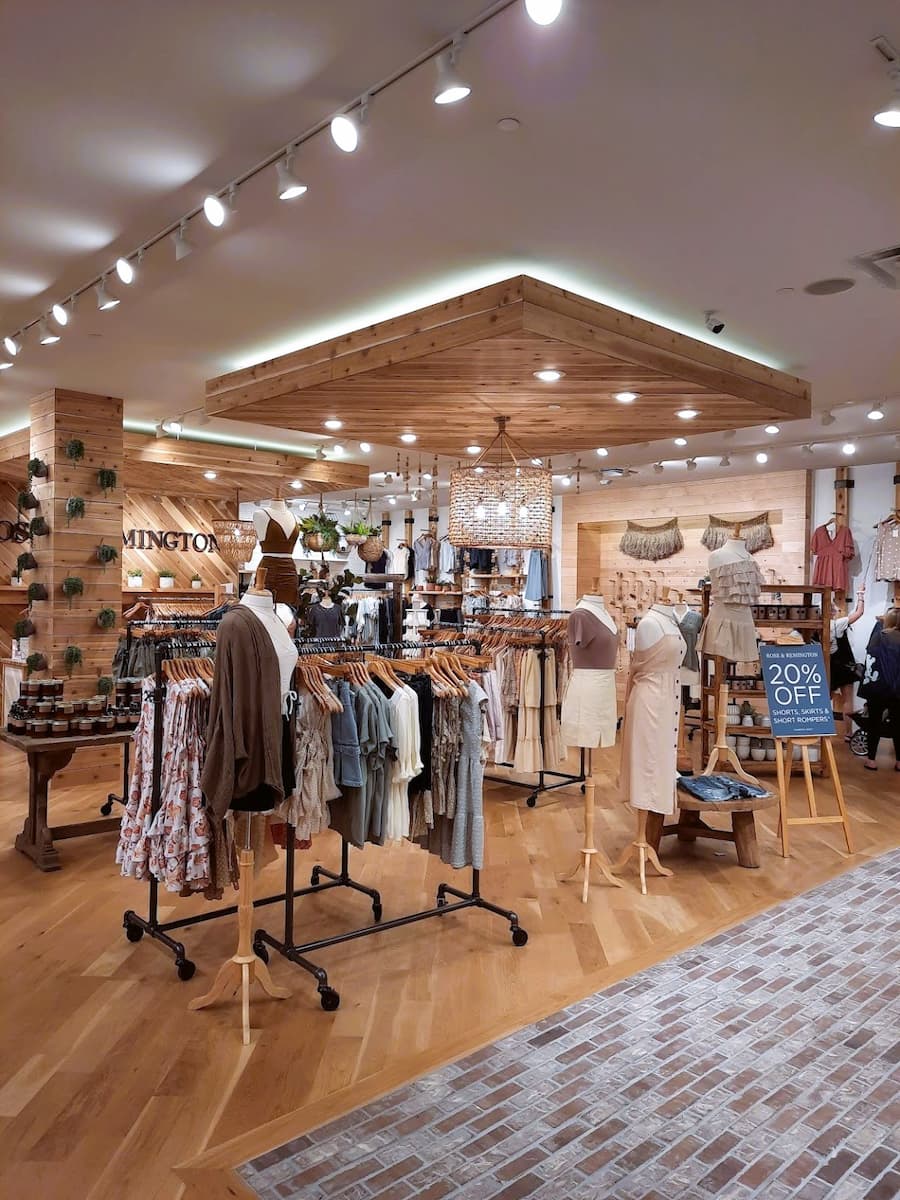
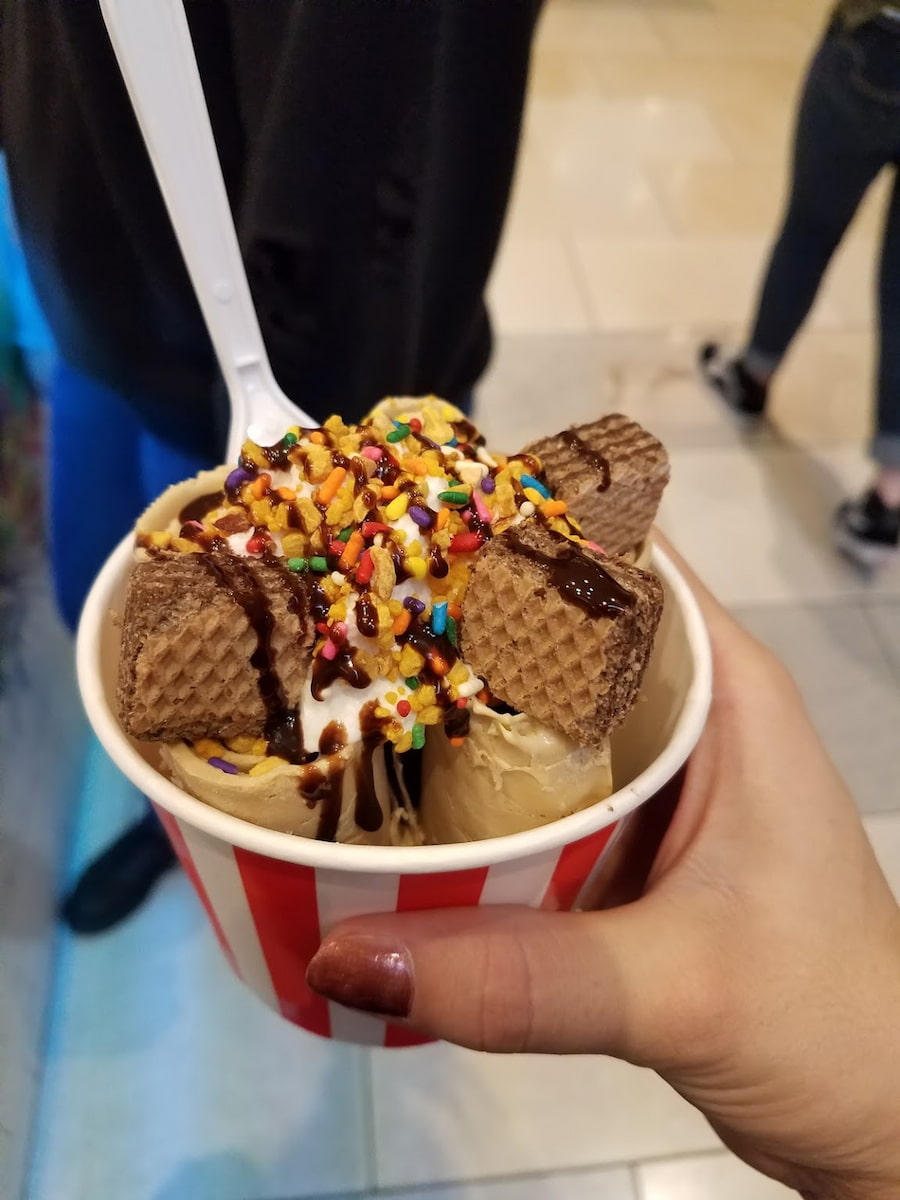
Family Fun, Amenities, and Services. Fayette Mall isn’t just about shopping—it’s a place to unwind and play. There’s a children’s play area in Center Court, mobile charging stations in the food court, and free WiFi at several anchor stores. I noticed plenty of comfortable seating areas, so you can relax while others shop. The mall also hosts events, pop-up shops, and seasonal promotions, especially during the holidays.
History and Size. Fayette Mall opened its doors on April 20, 1971, and has grown into the largest shopping center in the state, with more than 1.18 million square feet of retail space and over 175 stores and services. Anchors include Macy’s, JCPenney, Dillard’s, and Dick’s Sporting Goods, with some stores like Macy’s spanning three floors. The mall sits at 3401 Nicholasville Road, just south of the city center, and boasts 5,704 parking spaces, making it easy to access even on busy weekends.
| Service/Feature | Details/Price (USD) | Details/Price (EUR) |
|---|---|---|
| Parking | Free | Free |
| Hours (Mon–Sat) | 10am–8pm | 10am–8pm |
| Hours (Sunday) | 12pm–6pm | 12pm–6pm |
| WiFi (select stores) | Free | Free |
12. Red Mile Gaming & Racing
Historic Racing and Modern Gaming. Red Mile Gaming & Racing, located at 1200 Red Mile Road, is the city’s oldest track and a unique blend of tradition and modern fun. Open since 1875, it’s famous for harness racing on its red clay, one-mile oval—one of the oldest and most respected tracks in the country. I loved watching the powerful trotters and pacers thunder past the grandstand, especially during the Grand Circuit in late summer and fall. Even outside live racing season, the action continues with simulcast wagering from tracks across the country and a lively gaming floor open nearly 24/7.
Gaming, Slots, and Wagering. Inside, you’ll find more than 900 slot-style machines and a Caesars Sportsbook for betting on everything from harness events to football and baseball. The gaming floor is bright, busy, and open to anyone 21 and older, while the wagering area for races welcomes guests 18 and up. Joining the Winners’ Circle Club is free and lets you earn points for exclusive offers and rewards.
Dining, Events, and Entertainment, Red Mile isn’t just about betting. There’s a full calendar of live music, DJ nights, and special events in the Grand Atrium or Center Bar, plus a round barn often used for weddings and private parties. For food, Café 1101 serves lunch, dinner, and late-night bites, while Wagers Beers & Burgers is perfect for a casual meal.
Historic Legacy and Racing Tradition. Red Mile Gaming & Racing, found at 1200 Red Mile Road, is the second-oldest harness racing track in the world and the oldest in the city. Since its opening in 1875, it’s been the site of legendary harness races on its famous red clay oval. The season runs from July through early October, with highlights like the Grand Circuit and the Kentucky Futurity—one leg of the Triple Crown of Harness Racing for Trotters. Even outside live racing, the track is alive with simulcast wagering from major tracks across the country and big events like the Railbird Music Festival, which recently drew crowds of 40,000 each day.
| Activity | Age Requirement | Typical Price/Entry |
|---|---|---|
| Gaming Floor | 21+ | Free |
| Race Wagering | 18+ | Free |
| Slot Machines | 21+ | Varies |
13. University of Kentucky
Atmosphere and Architecture. Walking through the University grounds, I was struck by the blend of historic and modern architecture. The area spans a large space with plenty of green lawns, shaded walkways, and impressive buildings like the William T. Young Library and the Gatton Student Center. Recent construction projects have added sleek dormitories and academic buildings with brick and stone facades that complement the older structures. The environment feels vibrant and welcoming, with students and faculty buzzing around, especially near the student center and athletic facilities.
Academic and Athletic Highlights. The university is known for strong programs in business, engineering, and health sciences. I visited the Don and Cathy Jacobs Science Building, which is state-of-the-art and filled with natural light. Athletics are a big part of life here, with Kroger Field hosting football games that draw huge crowds. The Memorial Coliseum and Lexington Ice & Rec Center offer venues for basketball and ice competitions. School spirit is palpable, especially during game days when fans wear the school colors and cheer loudly.
Student Life and Events. Student life is lively and diverse. The UK Student Activities Board organizes events like the Ping Pong Ball Drop and seasonal festivals that bring the community together. The Fresh Food Company at The 90 provides varied meal options, and local favorites like The Local Taco and Chocolate Holler are popular hangouts. The university grounds also include quiet spots like the Rose Street area, perfect for studying or relaxing. I noticed many students biking or walking, and the area is very pedestrian-friendly.
Traditions, Diversity, and Milestones. UK’s traditions run deep. The school adopted its royal blue and white colors in 1892, and the particular shade of blue was famously chosen by a student’s necktie. The university has a proud history of integration: in 1949, Lyman T. Johnson became the first African American student to enroll after winning a lawsuit for admission, making UK one of the first southern universities to integrate its graduate programs. The institution is also home to more than 250 student-run organizations, and offers robust multicultural and honors programs.
Things to Do at the University:
- Attend a football game at Kroger Field or basketball at Memorial Coliseum
- Visit the UK Visitor Center for maps and event info
- Participate in or watch student events organized by the UK Student Activities Board
- Check out art and performances at the School of Art & Visual Studies
14. Malibu Jack’s Lexington
Indoor Fun for All Ages. Malibu Jack’s Lexington is the city’s go-to indoor family fun center, packed with activities for everyone. I was immediately drawn to the electric buzz of the arcade, the laughter from the mini golf course, and the roar of go-karts racing around tight corners. Everything is indoors, so weather is never a problem—perfect for rainy days or hot summers. The space is bright, clean, and filled with the sound of kids and adults having a blast. There’s even a large cafe area for snacks and breaks between games.
Experiences and Pricing. The variety here is impressive: go-karts, laser tag, an 18-hole mini golf course, a spinning roller coaster, 4D motion theater, bumper cars, bowling, and a huge arcade with everything from skee-ball to cutting-edge video games. For younger kids, Bounce Beach is a soft play zone with slides and climbing walls. Most activities are pay-as-you-go, with prices ranging from $3–$10 per experience. For example, go-karts, mini golf, and laser tag are $8 each, the roller coaster is $5, and bowling is $10 per lane per hour. Unlimited passes are available for around $35 (3 hours) or $75 for a spring break all-access deal.
Events, Parties, and Food. Malibu Jack’s is a favorite for birthday parties, group outings, and special celebrations. They offer customizable party packages with reserved spaces, arcade credits, and food options. The party rooms are spacious and close to the action, so kids can run between games and snacks easily. The cafe serves pizza, burgers, and drinks, with plenty of seating for families to take a break. I noticed lots of parents relaxing with coffee while kids played safely nearby.
Unique Rides, Games, and Surprises. Beyond the classics, Malibu Jack’s stands out for its unique entertainment options. The Twist N Shout indoor roller coaster is a real thrill, and the Wave Runner ride gives you a fast, spinning view of the whole center. The 4D motion theater and virtual reality games are favorites for older kids and teens. For younger children, Bounce Beach is a soft play zone with slides and climbing walls, but note that sometimes older kids sneak in, so keep an eye out for safety. The arcade has over 100 games, from air hockey to the latest video screens, and you can win tickets for prizes—my kids loved redeeming theirs for souvenirs.
Things to Do at Malibu Jack’s Lexington:
- Race go-karts on the indoor track
- Play laser tag in the sprawling arena
- Challenge friends to mini golf
- Ride the Twist-N-Shout roller coaster
- Try out the 4D motion theater and virtual reality games
Entertainment for Families and Children
1. Jacobson Park
Outdoor Adventures and Water Fun. Jacobson Park is a 216-acre oasis known for its beautiful lake, rolling green spaces, and wide range of outdoor activities. I loved paddling across the reservoir in a rented kayak—adaptive kayaks and pedal boats are available for everyone, including those with mobility needs. Prices for boat rentals are reasonable: $5.30 for a two-person pedal boat (30 minutes) and $7.50 for a four-person boat. Fishing is popular here too, with docks stocked by the state’s Fishing in Neighborhoods program. You don’t need a license if you’re under 16, and the lake is home to catfish, rainbow trout, and the occasional visit from Pelly the American white pelican.
Family-Friendly Playgrounds and Accessibility. The playground at Jacobson Park is the largest and most accessible in the city. It features full rubber surfacing, inclusive play equipment, and a sprayground for kids who use mobility devices. There’s even a play area for children under two. My kids spent hours on the swings and slides, while I appreciated the shaded picnic shelters nearby. The park also has accessible basketball courts, two fishing piers, and paved paths throughout, making it easy for everyone to get around. Service animals are welcome, and adaptive pedal boats can be reserved in advance.
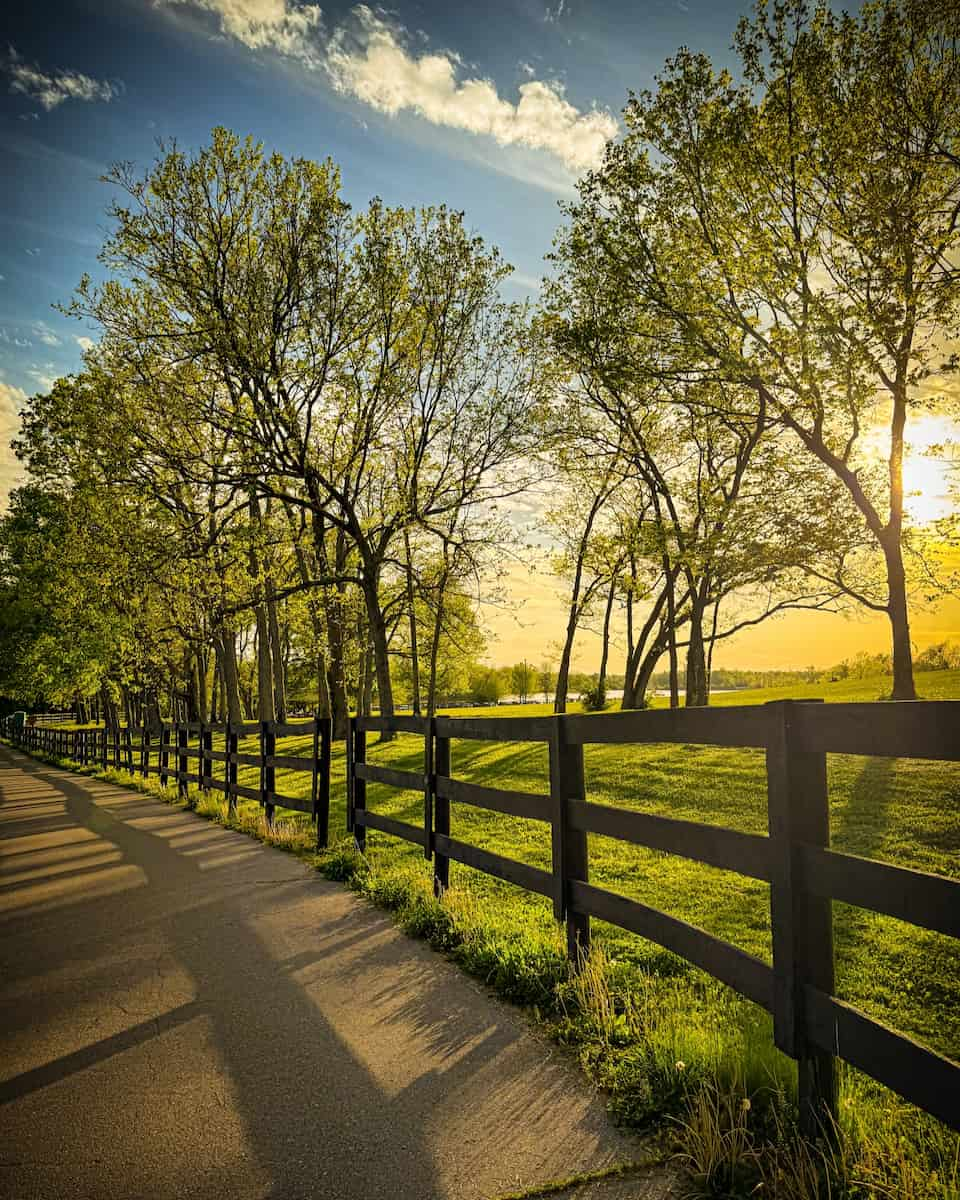
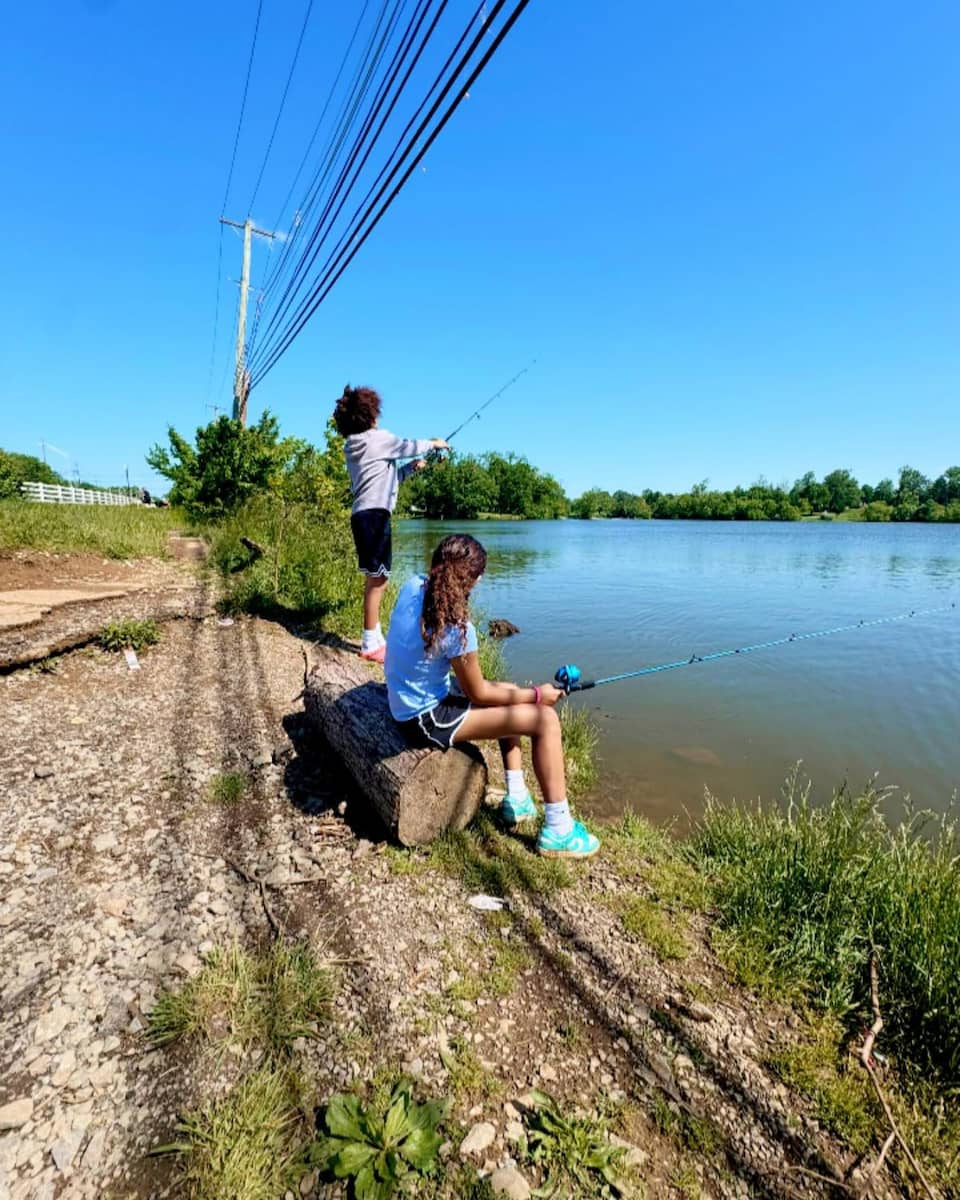
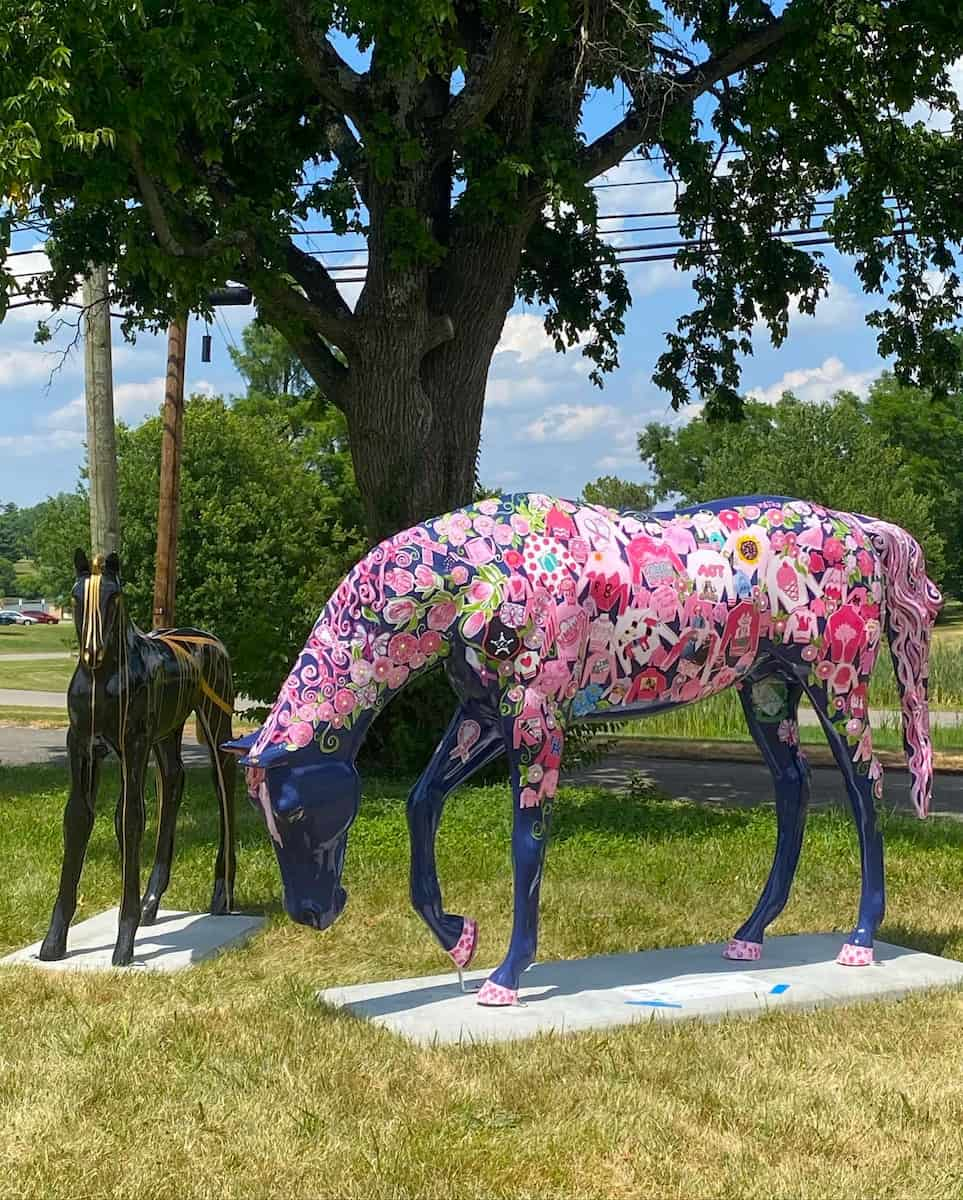
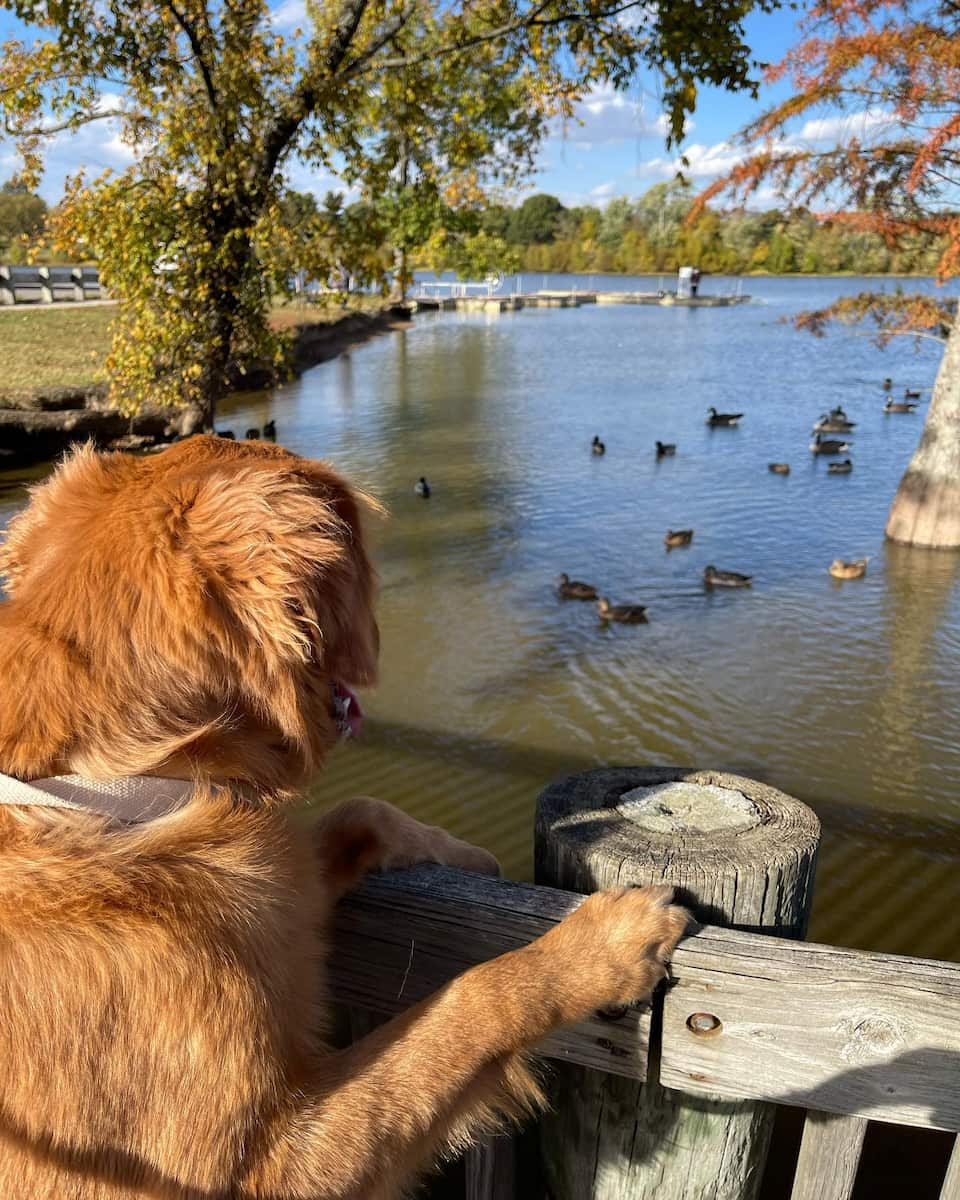
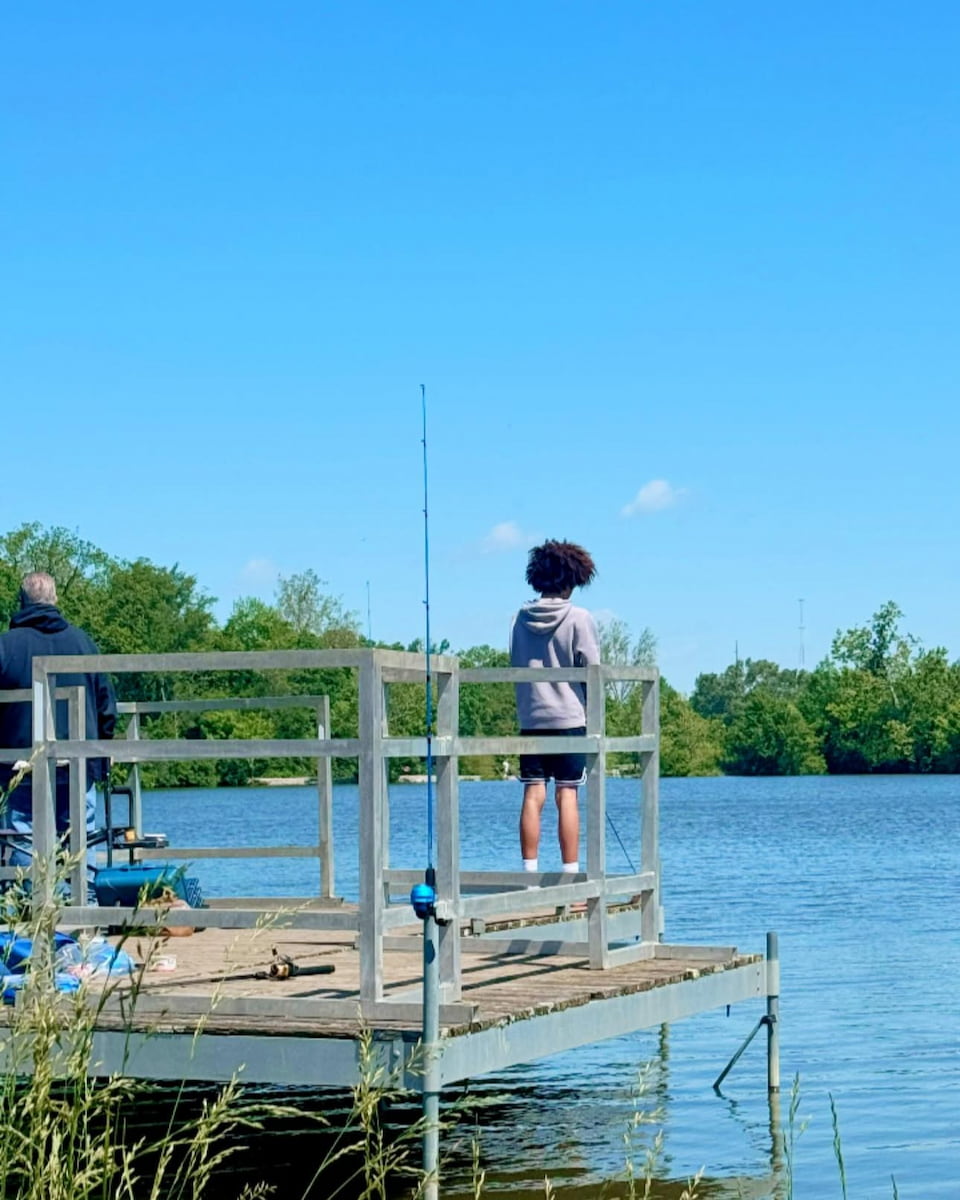
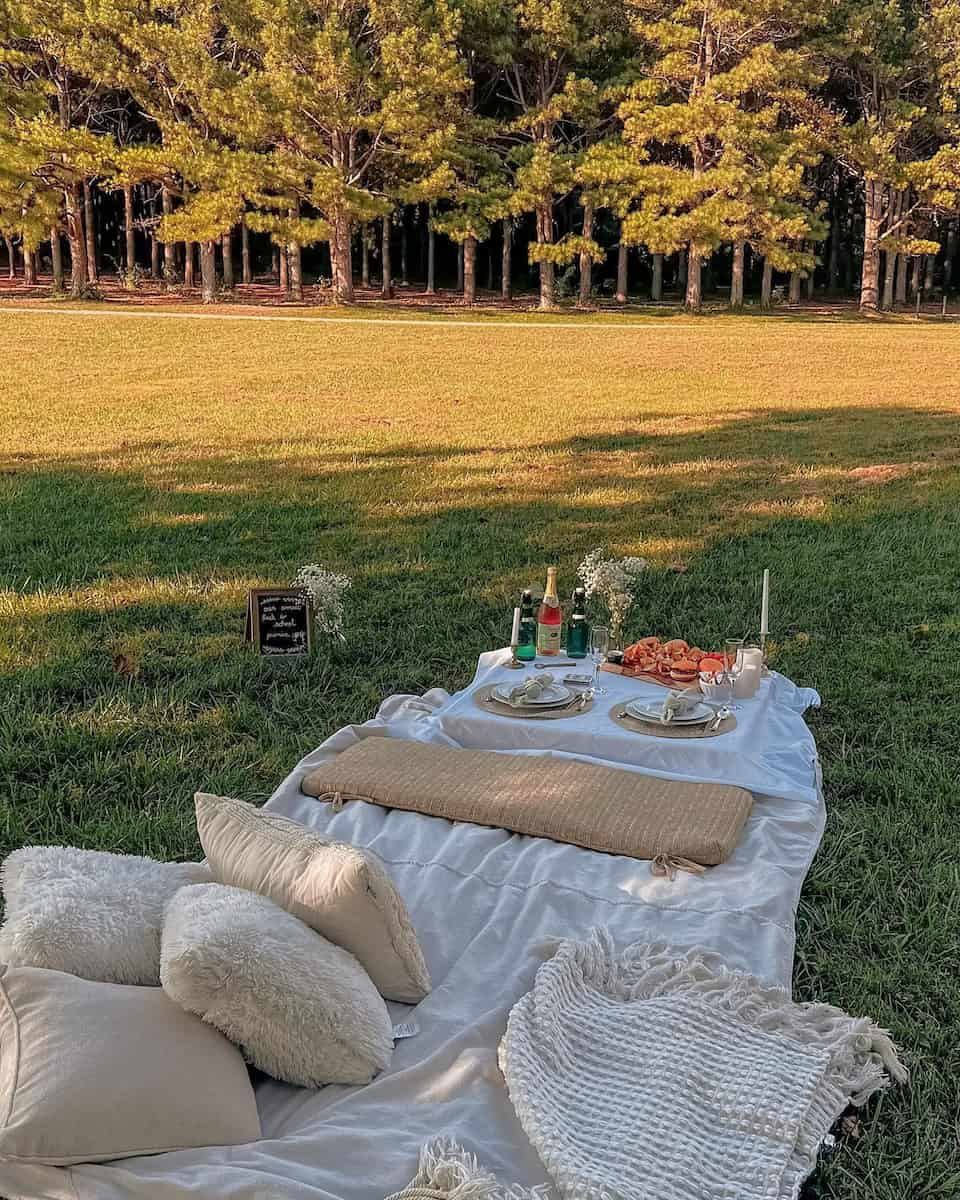
Picnics, Sports, and Dog Park. Jacobson Park is a favorite spot for picnics, with plenty of tables and open lawns for family gatherings or a quick lunch break. I saw groups playing soccer, volleyball, and frisbee, and there’s a disc golf course and tennis courts for more active fun. The fenced dog park is a hit with pet owners—my dog loved running off-leash and making new friends. If you’re visiting with a group, you can reserve a picnic shelter for special occasions.
Nature, Wildlife, and Relaxation. Jacobson Park is a haven for birdwatchers and photographers. You might spot bald eagles, egrets, cranes, ducks, geese, and even the occasional white pelican. The open fields and lakeshore are great for flying kites, picnicking, or just relaxing by the water. The park is popular for sunset views over the lake, and the walking paths are used by joggers, families, and cyclists alike. Wildlife is abundant, and the park’s natural areas are kept clean and well-maintained.
Things to Do at Jacobson Park:
- Rent a kayak, pedal boat, or paddle boat on the reservoir
- Fish from one of the two accessible fishing piers
- Play basketball, sand volleyball, disc golf, or soccer on the park’s courts and fields
- Visit the fenced dog park to let your pet run off-leash
- Attend community events, outdoor movie nights, or summer day camps hosted in the park
- Explore the Livestream public art installation about groundwater and environmental education
2. Explorium of Lexington
Discovery Zones and Interactive Play. Stepping into the Explorium, I was greeted by the buzz of excited kids and the sight of hands-on activities everywhere. There are nine discovery zones spread across two floors, each designed to spark curiosity and creativity. My kids raced to the bubble room—where you can make giant bubbles that float to the ceiling—and then to the water table, experimenting with boats and learning how locks and dams work. Other favorites included a pretend veterinarian clinic, a farmers market stand, and a life-size cow for “milking.” There’s even a giant mouth to explore dental health and a moon walk for space lovers.
Educational Fun for All Ages. The Explorium is perfect for families with children aged 1 to 10, but I saw plenty of parents and grandparents getting involved too. The discovery zones cover everything from art and music to science and world cultures. My youngest loved the preschool play area with soft blocks and sensory toys, while my oldest couldn’t get enough of the dinosaur dig and the shadow wall. There’s a “ride-on” animal model for photo ops and a room with real insects for the brave. Drop-in activities and weekend programs add extra value—check the schedule for art projects and special science demos.
Mission, History, and Community. The Explorium of Lexington, now officially returning to its original name—the Lexington Children’s Museum—is a beloved spot for families seeking hands-on learning and play. Founded in 1990 through a partnership with the city, it was created to inspire curiosity and creativity in children. Located in The Square, the museum welcomes over 50,000 visitors annually, with an additional 10,000 reached through community outreach programs. Its mission is to create a fun, inclusive learning experience for all, and it’s recognized as a warm, friendly space for families and teachers alike.
Accessibility and Sensory-Friendly Features. Accessibility is a top priority: the entrance is step-free, there are accessible restrooms, and seating is available throughout. The Explorium is also an Autism Friendly Business, offering quiet hours for children with sensory or cognitive needs, noise-canceling headphones, and fidget tools to help kids feel comfortable. Staff receive special training to support neurodivergent guests, and sensory-friendly hours are scheduled regularly.
| Category | Price (USD) | Price (EUR) |
|---|---|---|
| General (2+) | $10 | €9.30 |
| Seniors/Teachers | $8 | €7.40 |
| Museums for All (SNAP/WIC) | $3 | €2.80 |
3. McConnell Springs Park
Natural Springs and Unique Landscape. McConnell Springs Park is a hidden gem tucked behind an industrial area, but as soon as I entered, I was surrounded by a peaceful natural oasis. The park is famous for its unique springs—water appears, disappears underground, and pops up again in new spots. Walking the paved and boardwalk paths, I stopped at “The Boils,” where water bubbles up after a heavy rain, and enjoyed the cool shade from old trees. The park covers about 26 acres, with easy, well-maintained paths, benches for resting, and clear signs explaining the springs and local geology.
History and Founding Site. This is the very place where the city was named in 1775. William McConnell and his group camped here and, after hearing about the first battle of the American Revolution in Lexington, Massachusetts, decided to name their new settlement after it. There are still remnants of old stone fences, a grist mill, and even a log cabin that bring the pioneer days to life. The annual Founders’ Day event lets you experience colonial crafts, music, and demonstrations—perfect for history lovers or families wanting a taste of early American life.
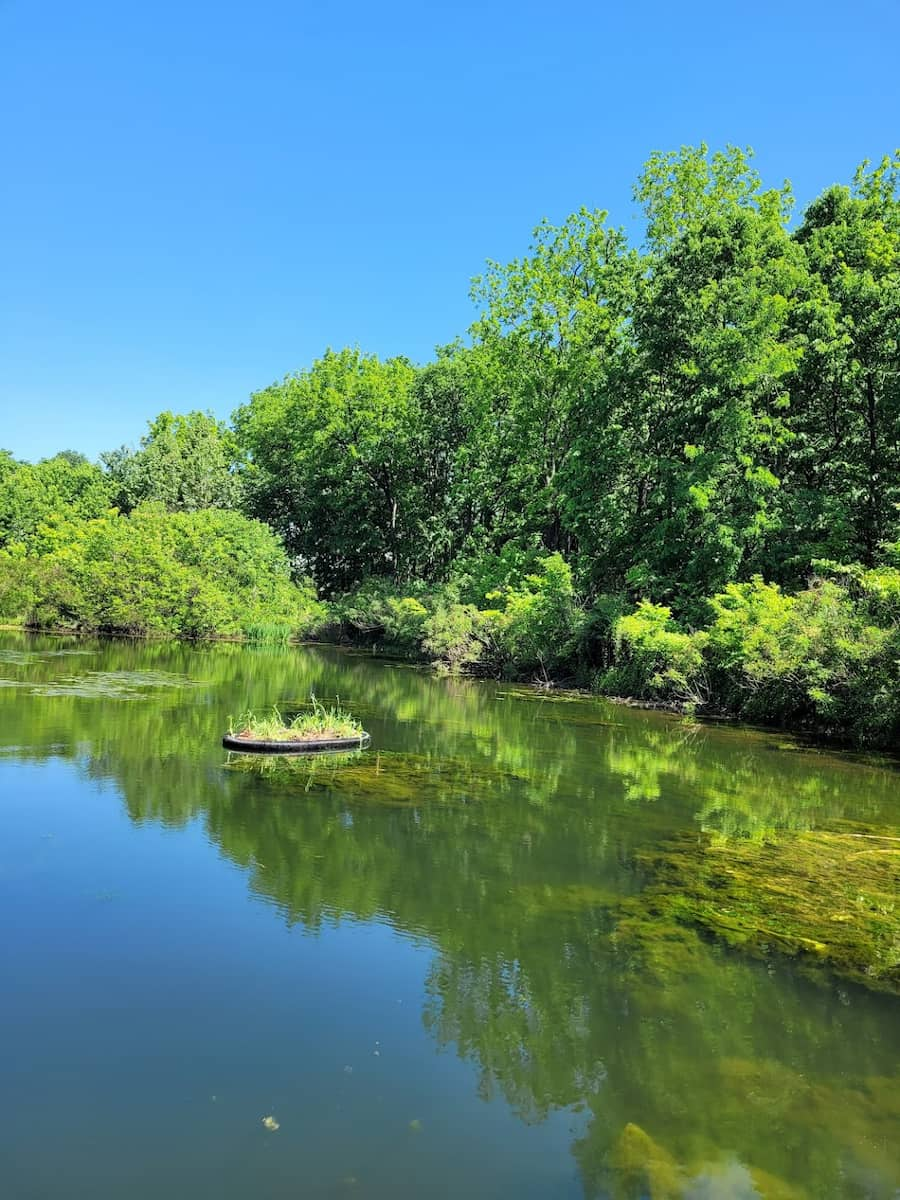
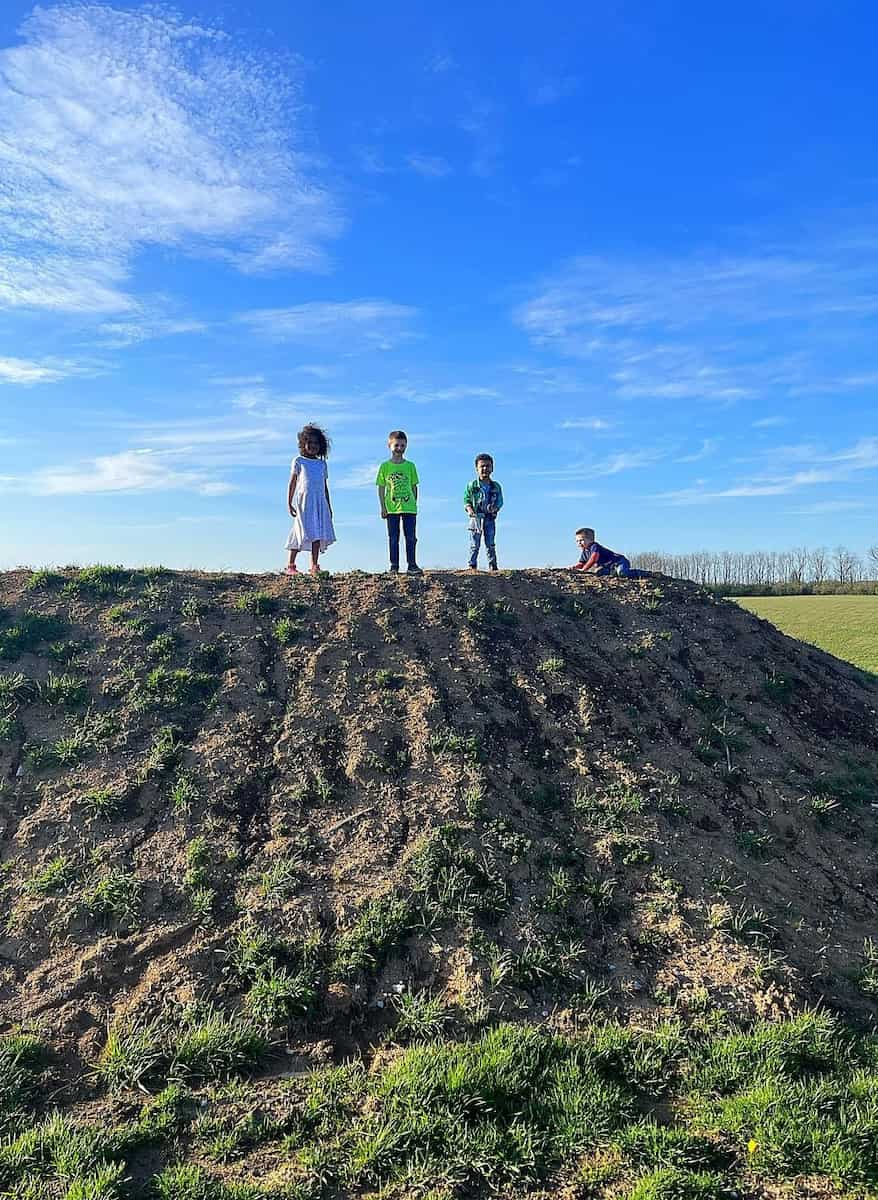
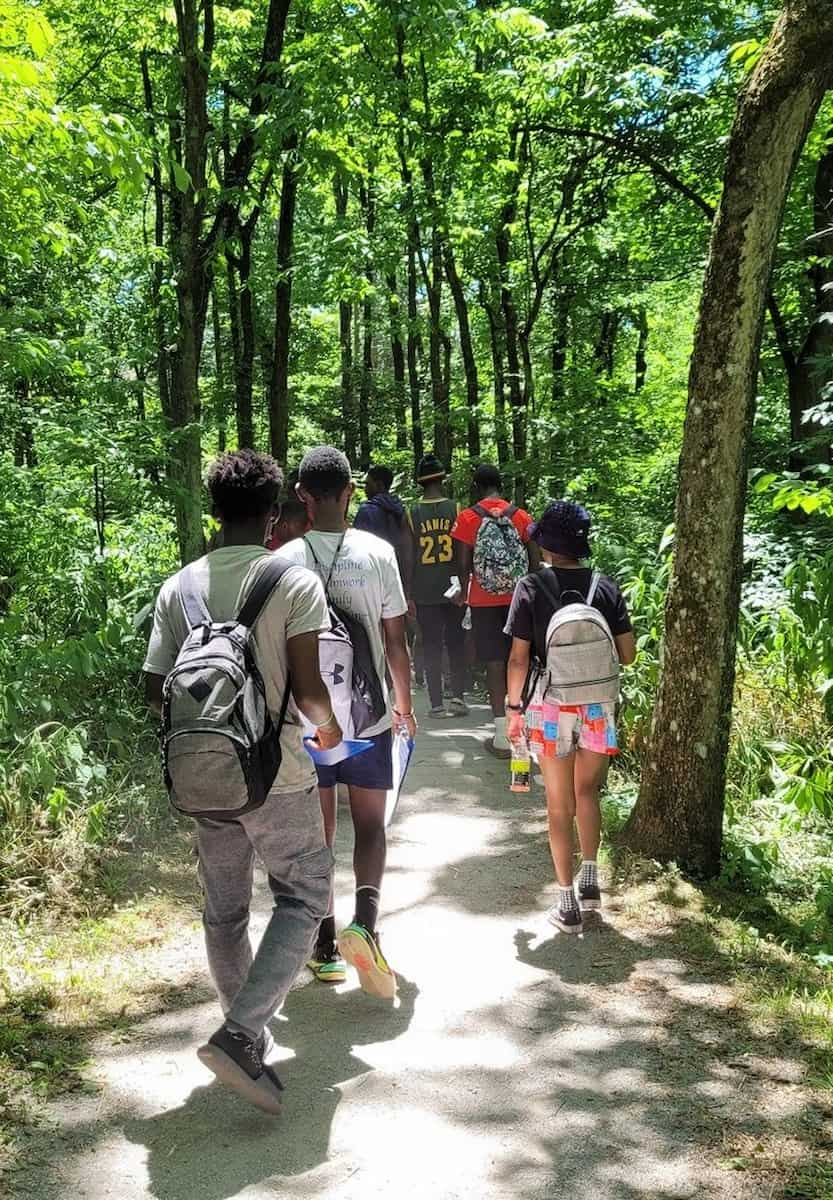
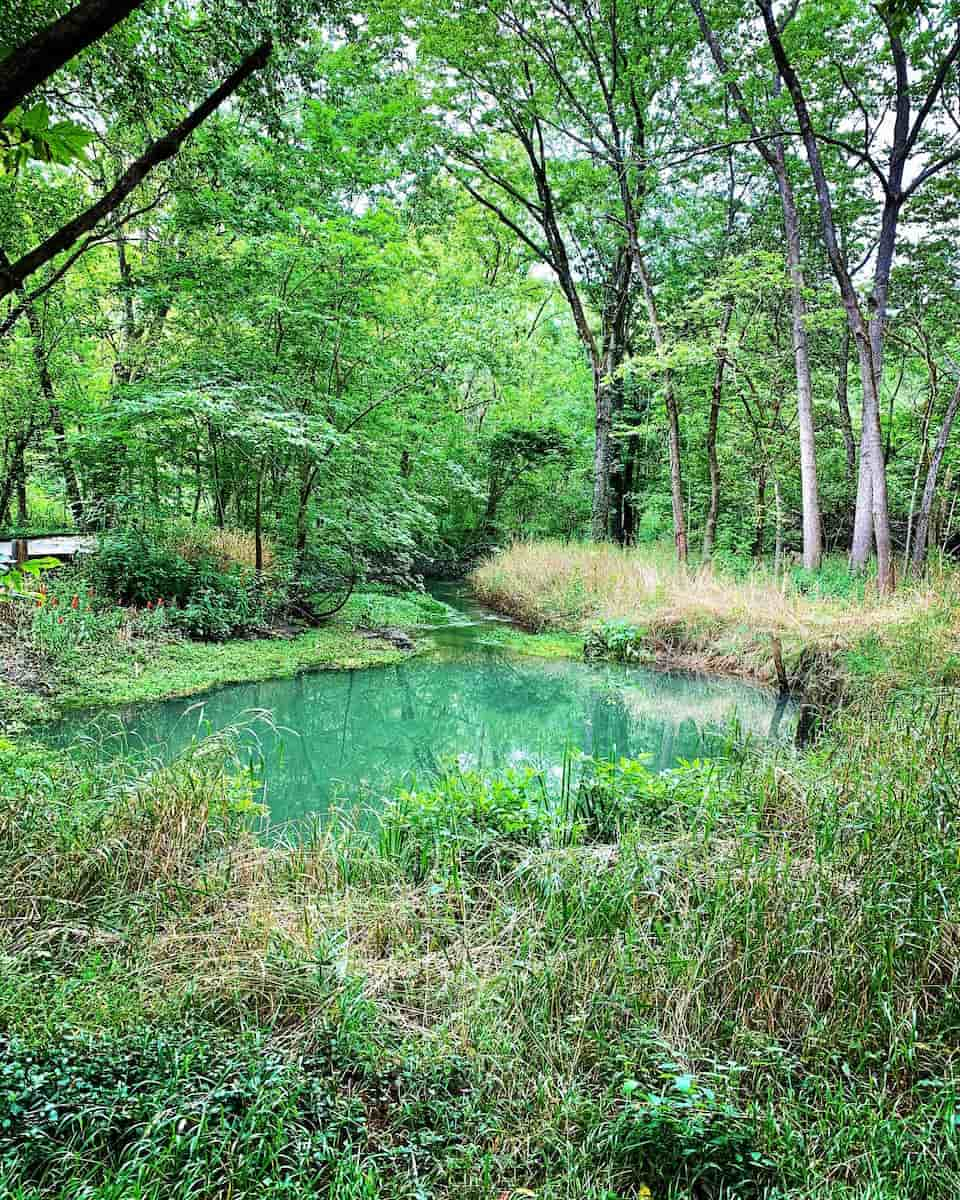
Wildlife, Education, and Family Activities. McConnell Springs is more than just a park—it’s a living classroom. The Education Center offers programs on local plants, insects, and water quality, plus hands-on activities like owl pellet dissection and nature-themed story walks for kids. My daughter loved the animal bingo game and spotting deer, birds, and dragonflies along the way. Seasonal events include the Jack-O-Lantern Walk in autumn, with hundreds of glowing pumpkins and live owl demonstrations, and the Junior Naturalist program for kids K–5th grade.
Unique Natural Features. The park’s landscape is shaped by karst topography, which means water dissolves the underlying limestone, creating sinkholes, caves, and springs. McConnell Springs is the only known site in Fayette County with a series of artesian springs that surface, disappear underground, and reappear elsewhere. Key features include the Blue Hole (a 15-foot-deep spring with striking blue water), The Boils (where water surges up after rain, making it look like it’s boiling), and The Final Sink, where all water in the park eventually flows underground. The park is also home to a wetland pond, rain garden, and a variety of native plants and wildlife.
Things to Do at McConnell Springs Park:
- Walk the paved and boardwalk paths (about 2 miles total)
- Explore the Kentucky American Water Nature Center (hands-on displays and educational programs)
- Spot wildlife and native plants (look for deer, birds, dragonflies, and wildflowers)
- Join a family program or seasonal event (Founders’ Day, Jack-O-Lantern Trail, Junior Naturalist activities)
- Enjoy a picnic at one of the tables or benches
- Attend a guided walk or nature talk (check the park schedule)
Free Entertainments in Lexington
1. Lexington Cemetery
Garden Cemetery and Landscape Design. Lexington Cemetery is more than a resting place—it’s a nationally recognized arboretum and a masterpiece of 19th-century landscape design. Founded in 1849, its park-like setting was inspired by European garden cemeteries, with winding roads, ponds, and a remarkable variety of trees and flowering plants. Charles S. Bell, the first superintendent, brought his horticultural expertise from Scotland, creating an environment that feels as much like a botanical garden as a cemetery. In spring, cherry blossoms and magnolias transform the grounds, making it a favorite spot for peaceful walks and quiet reflection.
Monuments, Mausoleums, and Notable Burials. The cemetery is filled with impressive monuments, statues, and mausoleums, each telling a story of local history and artistry. The Henry Clay Monument, a towering column topped with a statue of the famous statesman, is a must-see and one of the most visited sites on the grounds. Other highlights include the Bell Mausoleum and numerous private family mausoleums, each reflecting the craftsmanship of their era. The grounds are also the final resting place for many prominent figures, including John C. Breckinridge, General John Hunt Morgan, and more than 1,600 Civil War veterans.
Visitor Experience, Accessibility, and Rules. Open daily from 8 a.m. to 5 p.m., the cemetery is free to visit and easily explored by car or on foot. All paths are paved and wheelchair accessible, and restrooms are available near the office building. A free brochure and map can be found at a kiosk by the office, helping visitors locate gravesites and learn about the history of the grounds. Rules are posted throughout: visitors must dress appropriately, keep pets leashed, and avoid picnicking or climbing on monuments. The speed limit is 20 mph, and respectful behavior is expected at all times.
History and Setting. Lexington Cemetery was established in 1848, inspired by the garden cemetery movement and designed to be both a place of remembrance and a public green space. Originally created to address the need for burial space after cholera epidemics, it now spans 170 acres at 833 W. Main Street, with over 64,000 interments. The cemetery is nationally recognized for its landscape design and is listed on the National Register of Historic Places. Its park-like grounds feature winding roads, three lakes, formal gardens, and more than 200 species of trees, including dogwoods, magnolias, crabapples, and weeping cherries.
What to Do at Lexington Cemetery:
- Walk or drive the paved paths to see gardens, lakes, and monuments
- Visit the Henry Clay Monument and mausoleum
- Enjoy spring cherry blossoms, tulips, and flowering trees
- Explore the arboretum’s 200+ tree species and seasonal plantings
- Respect the rules: no picnics, keep pets leashed, and dress appropriately
2. Raven Run Nature Sanctuary
Adventures on the Trails. Raven Run Nature Sanctuary is a 734-acre haven for hikers and nature lovers, just a short drive from the city. I started my visit at the Nature Center, which is open to the public and has helpful staff, restrooms, and maps available for free at the kiosk. With over 10 miles of walking paths, there’s a route for every skill level—from the rugged Red Loop (about 4 miles, with rocks and roots) to the gentler Green and Orange paths that wind through open meadows and offer stunning river views. The Freedom and Discovery paths are paved and barrier-free, perfect for visitors with mobility needs. Entry is free, and parking is available at the entrance.
Wildlife and Natural Encounters. As I wandered the paths, I spotted deer, wild turkeys, and a variety of birds—over 200 species have been recorded here. The landscape changes with the seasons: wildflowers in spring, vibrant foliage in autumn, and clear views through the trees in winter. My kids were thrilled to see a doe and her fawn by the creek, and we found benches along the way for quiet breaks. Pets are not allowed, which helps protect the wildlife and keeps the sanctuary peaceful for all visitors.
Programs and Family Activities. Raven Run offers free educational programs throughout the year, including Junior Explorers events for kids (K-5th grade), birdwatching, and pollinator walks. I joined a spring break activity that included a guided hike and hands-on learning about local birds and insects. The Nature Center runs special events like firefly hikes and Pollinator Week, where you can meet experts and even taste local honey. Most programs require advance registration, and spots fill up quickly.
Visitor Center and Programs. The 5,000-square-foot visitor center features hands-on exhibits, classrooms, a library, and restrooms. Designed with sustainability in mind, the building uses geothermal energy and rainwater capture. The center is open to the public, and concessions are available inside. Raven Run offers a variety of educational programs for all ages, including Junior Explorers for kids, birdwatching walks, pollinator events, and even stargazing nights with local astronomers. Most programs require advance registration and are weather dependent—check the website or call ahead for details.
| Feature | Details |
|---|---|
| Entry Fee | Free |
| Parking | Free |
| Hours | 8 a.m. – 6 p.m. (varies by season) |
| Accessibility | Paved trails available |
| Programs | Free, registration required |
Insider Tip: Don’t miss the overlook for panoramic views of the river, especially at sunset.
3. Downtown Art Walk
Street Murals and Public Art. Walking through the city center, I was amazed by the sheer number of vibrant murals and sculptures—more than 50 and counting! Each corner seemed to reveal a new splash of color or a thought-provoking piece. Favorites include “The Night Watchers” by Andrew Hem on West Short Street and the ever-popular “In-Finito” mural. The city’s public art map makes it easy to plan your own route, and you can even join the Mural Challenge by visiting six murals to earn a free poster at the Visitors Center.
Galleries, Studios, and Artistic Hotspots. A highlight for me was exploring Gallery Row on West Washington Street, where four art galleries sit side-by-side among coffee shops and boutiques. Artists in Cahoots, a cooperative of local creators, offers everything from jewelry to paintings. The Artists’ Attic, located at 401 W Main St, is a working studio space for over 20 artists—you can watch them create and even chat about their process. Many art walks end here, with drinks and snacks among the easels and canvases.
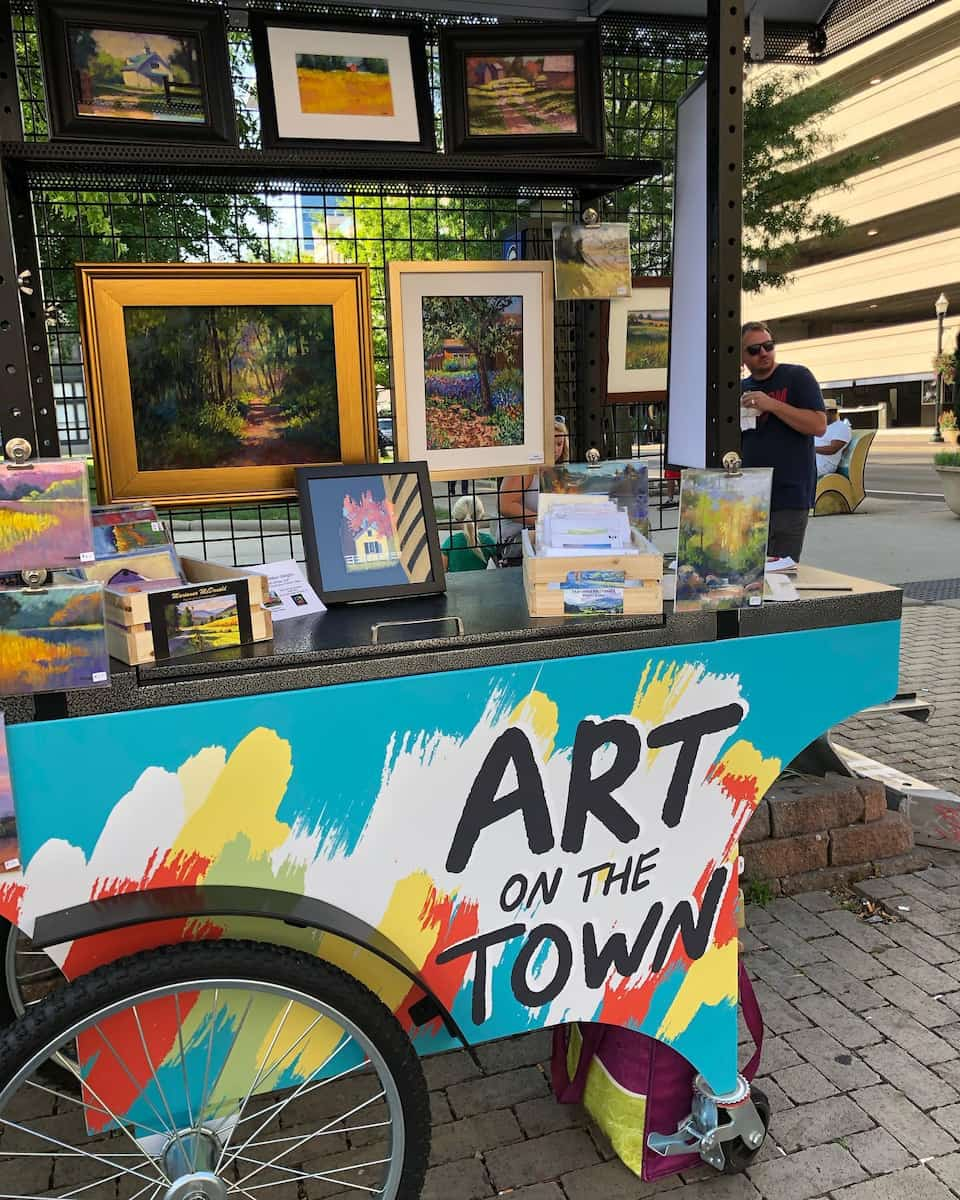
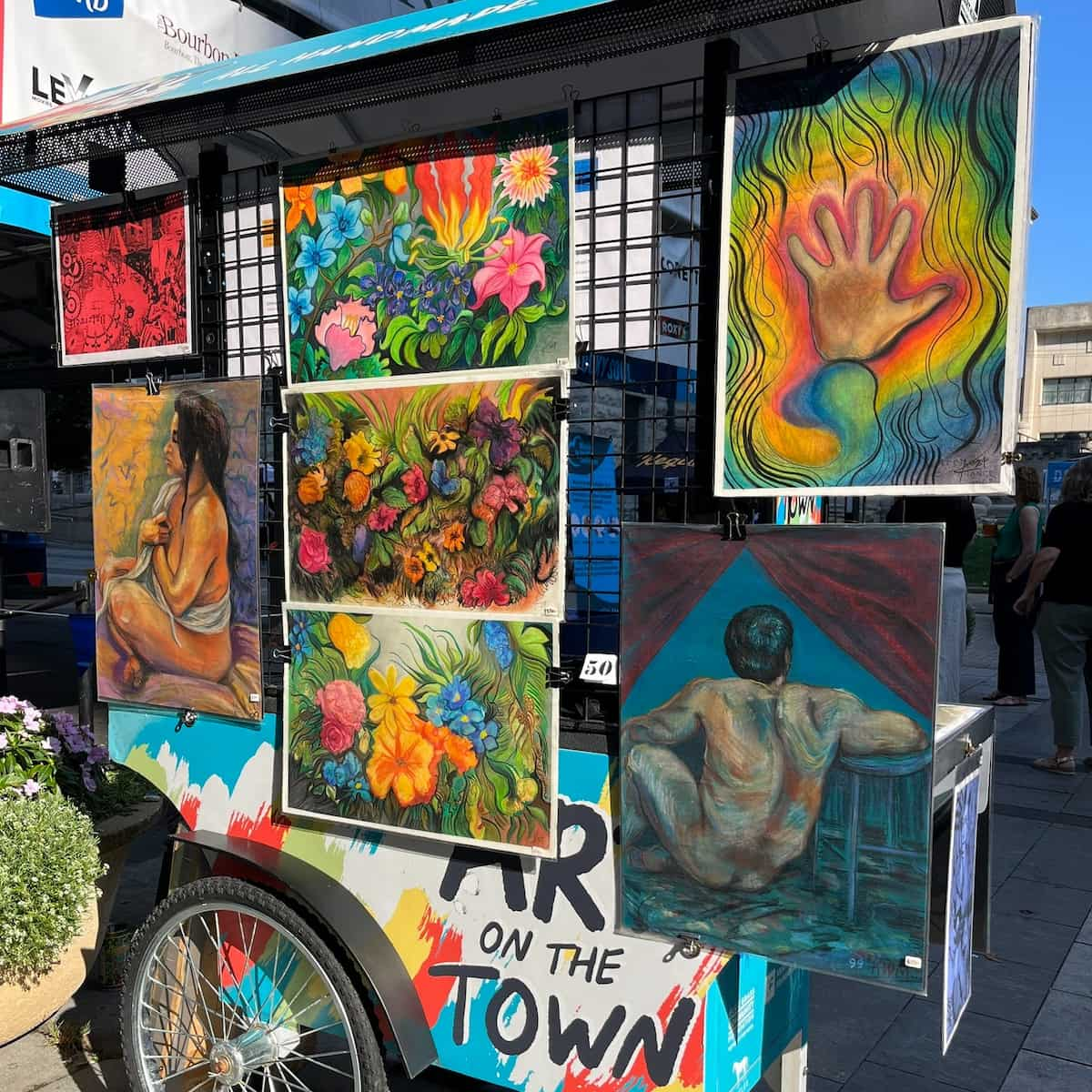

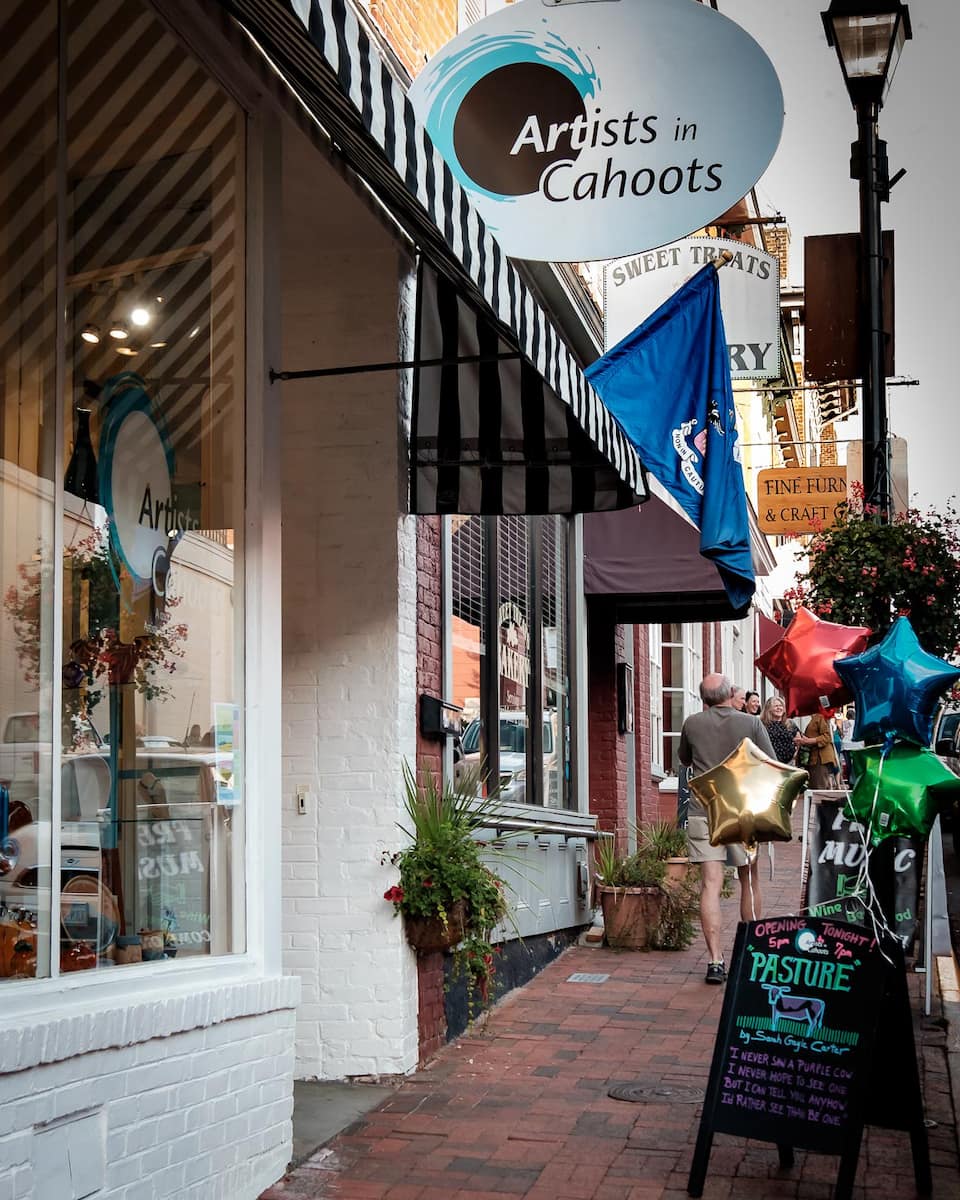
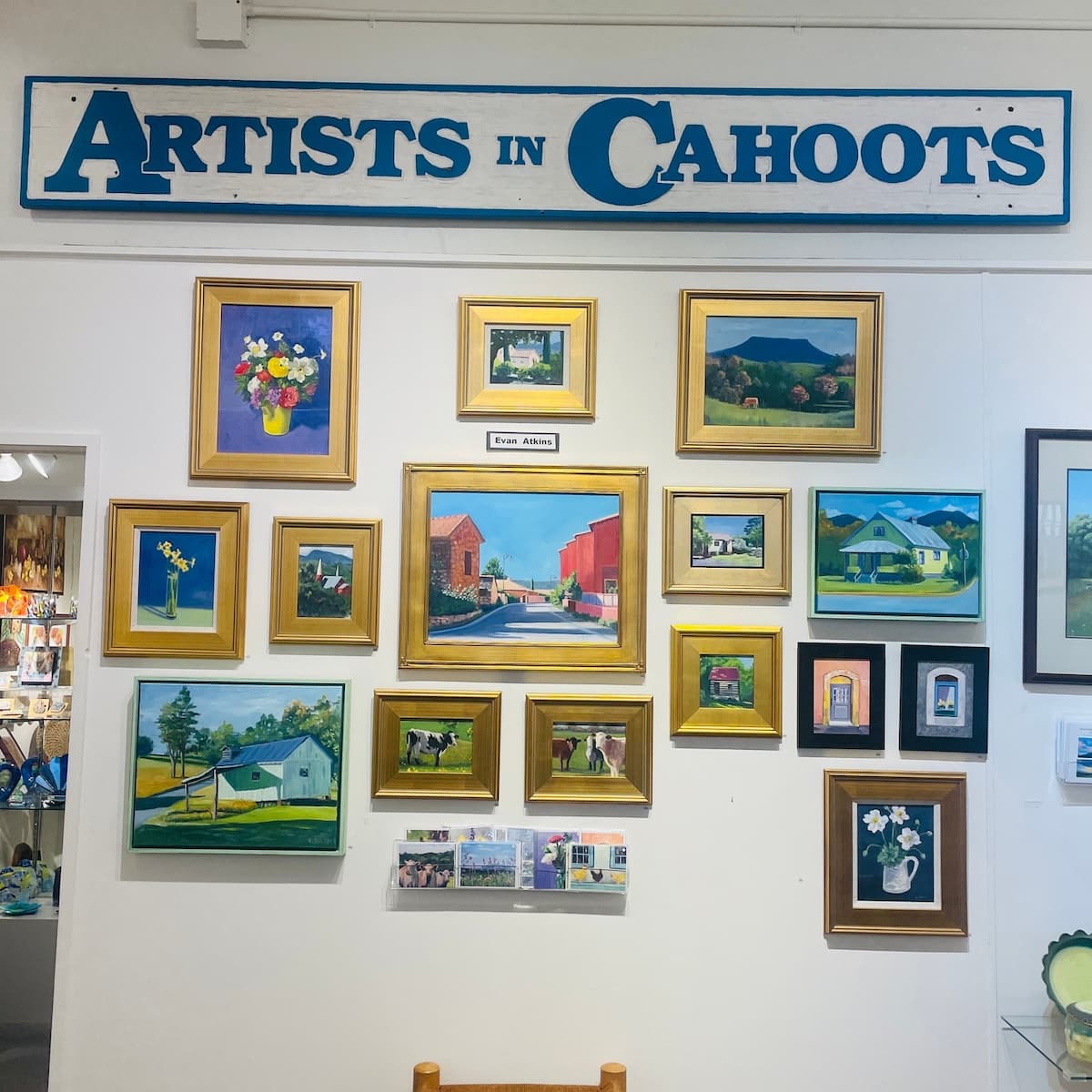
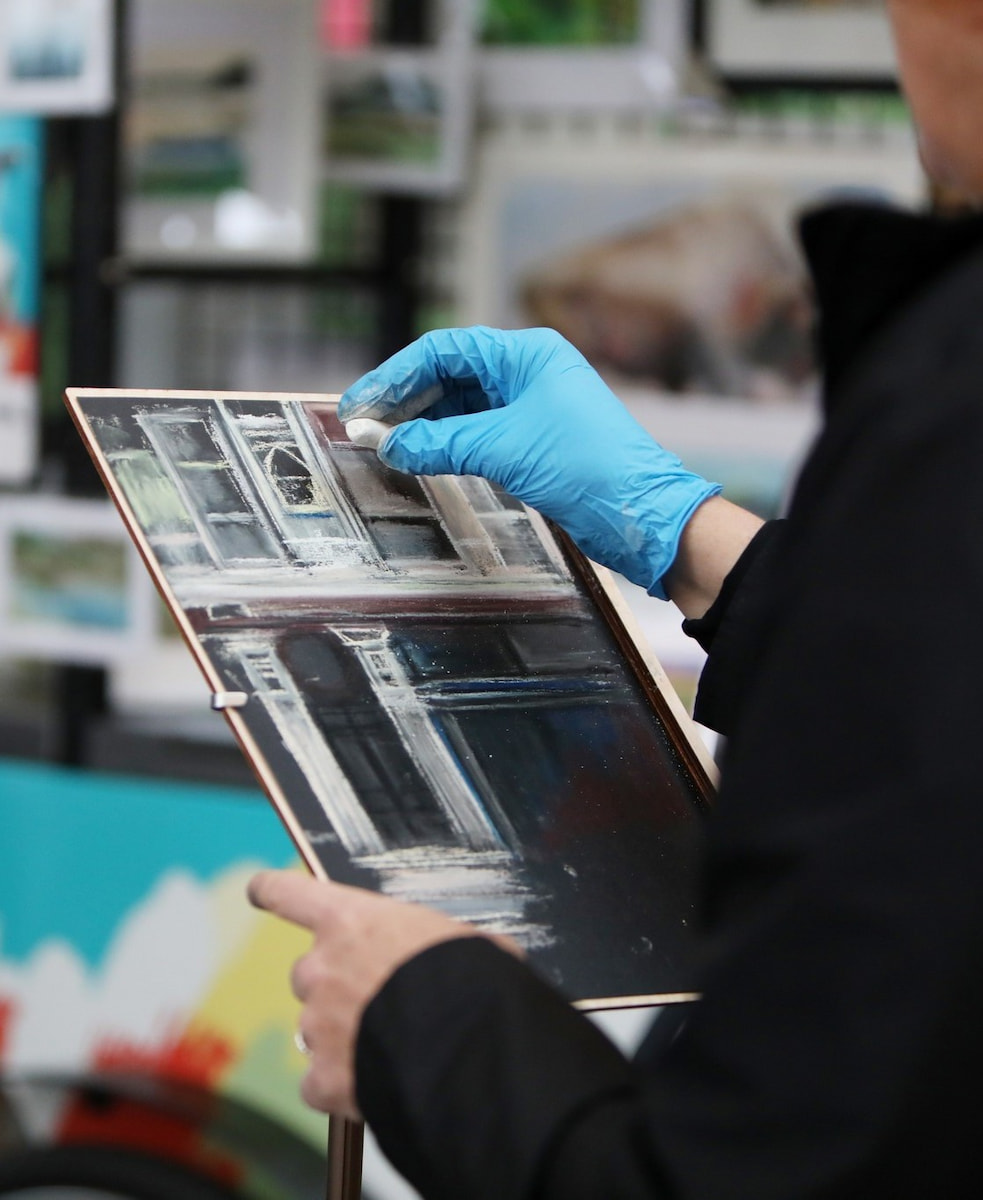
Guided Walks, Maps, and Events. You can explore on your own using the city’s downloadable public art map and audio guide, or join a guided walk led by local artists and experts. Guided experiences run Tuesdays, Thursdays, and Saturdays (11 a.m.–1 p.m.) and cost $35 per adult, ending at the Artists’ Attic where you can meet over 20 working artists and enjoy refreshments. Special events like the LexArts HOP and First Fridays bring extra energy to the scene, with galleries and studios opening their doors for new shows, artist talks, and live music.
Galleries, Studios, and Community. Along the walk, you’ll visit several city center galleries, including Gallery Row and the Artists’ Attic cooperative, home to more than 20 working studios. Many art walks end with a chance to chat with artists, see them at work, and enjoy snacks and drinks. The local art community is welcoming, and even beginners will feel inspired and included.
| Experience | Price (USD) | Price (EUR) |
|---|---|---|
| Self-guided walk | Free | Free |
| Guided art walk | $35 | €32 |
| Art & Appetizers event | $45 | €41 |
Seasonal Events in Lexington
Spring: Keeneland Spring Meet
Springtime Atmosphere and Racing Excitement. Every April, the Spring Meet transforms the city into a hub of excitement, tradition, and color. The event runs for 15 days, typically from early to late April, with races held Wednesdays through Sundays (no racing on Mondays, Tuesdays, or Easter Sunday). I love how the grounds come alive with blooming flowers, families dressed up in their best, and the thrill of world-class competition. The air buzzes with anticipation as fans gather for the first post at 1 p.m. (12:30 p.m. on closing day), ready to cheer on their favorites.
Stakes, Purses, and Racing Highlights. This season, the Spring Meet features 19 stakes races with a record $9.4 million in total purses. The headline event is the $1.25 million Toyota Blue Grass, a major prep for the famous Derby, held on the first Saturday and drawing the best 3-year-olds in the country. Other marquee races include the Central Bank Ashland ($750,000), Madison, Maker’s Mark Mile, and Jenny Wiley, each offering top-tier action and big rewards. Stakes are run Fridays, Saturdays, and Sundays, making weekends especially lively.
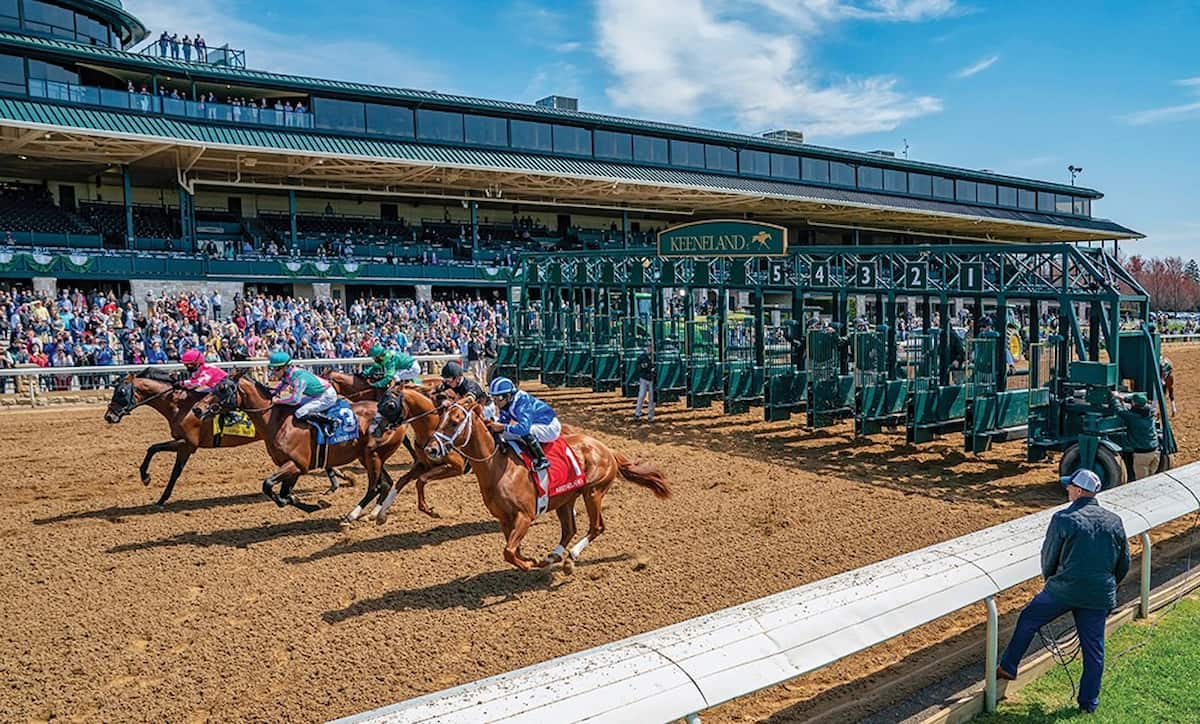
Spring Meet Overview and Schedule. The Spring Meet at the city’s historic racecourse is a highlight of the season, running for 15 days from early to late April (April 4–25 this year). Races are held Wednesdays through Sundays, with first post at 1 p.m. (12:30 p.m. on closing day), and there’s no racing on Mondays, Tuesdays, or Easter Sunday. The meet is famous for its festive atmosphere, colorful spring flowers, and the tradition of dressing up for a day at the races. Severe weather can sometimes shift the schedule, so it’s smart to check for updates before you go.
Stakes Races, Purses, and Racing Highlights. This spring, the meet features 19 stakes races with a record $9.4 million in total purses. The biggest event is the $1.25 million Toyota Blue Grass (G1), a key prep for the Derby, held on the first Saturday. Other major races include the Central Bank Ashland (G1) at $750,000, the Maker’s Mark Mile (G1), Jenny Wiley (G1), and the Madison (G1), all attracting top trainers and jockeys from around the country. Stakes races are concentrated on Fridays, Saturdays, and Sundays, making weekends especially lively and competitive.
| Ticket Type | Wed/Thu | Fri/Sat/Sun | Opening Sat | Season Pass |
|---|---|---|---|---|
| General Admission (USD) | $7 | $10 | $15 | $50 |
| Grandstand Reserved | $15 | $25 | $30 | — |
Summer: Festival of the Bluegrass
Summer Vibes and Music Under the Stars. Every June, the Festival was the heart of summer for music lovers in the region. Held on the first full weekend of June, the festival brought together families, friends, and fans for days and nights filled with live music, laughter, and the smell of campfire in the air. I remember walking into the campground and hearing banjos, fiddles, and harmonies drifting from every corner—whether from the main stage or an impromptu jam session by someone’s tent.
Lineup, Stages, and Family Activities. The festival featured three stages, each with a packed lineup of top bands, up-and-coming acts, and local favorites. There was always something happening, from high-energy performances to workshops where you could learn to play an instrument or join a singalong. Music camps for kids made it a family-friendly event, and children 12 and under got in free. The Spirit at the Music Fest now continues this tradition, bringing the best in roots music to the same beloved venue with a fresh lineup and plenty of activities for all ages.
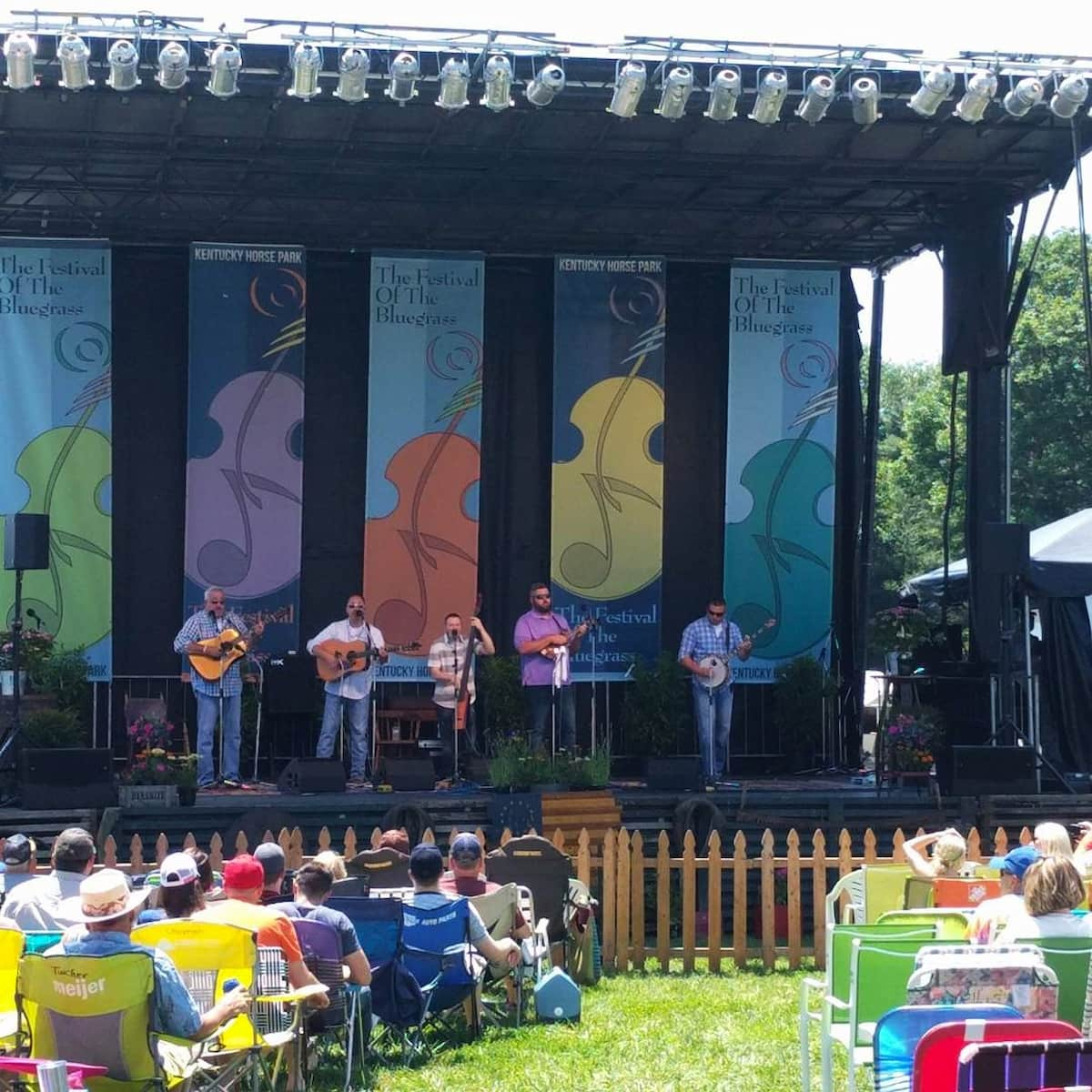
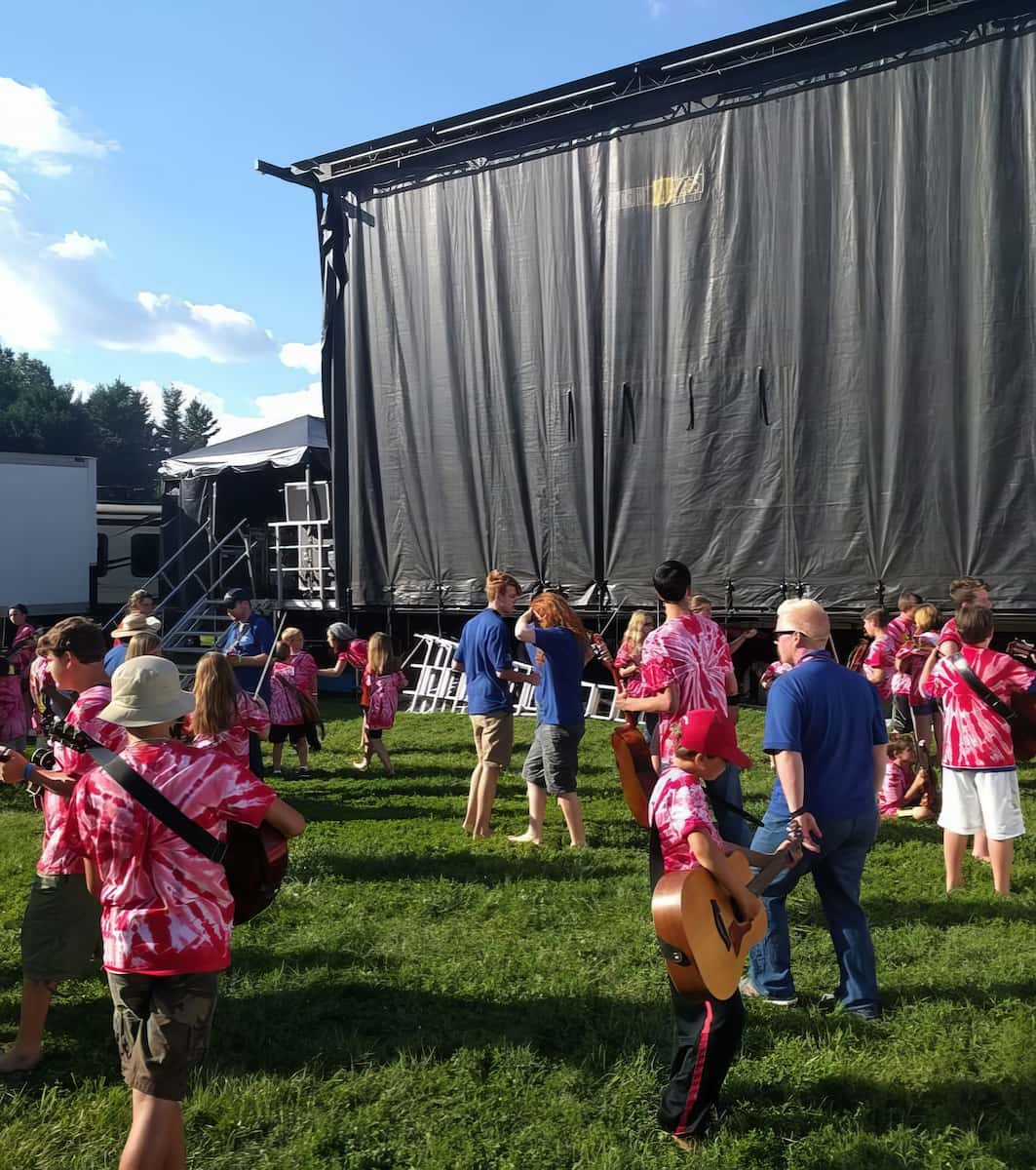
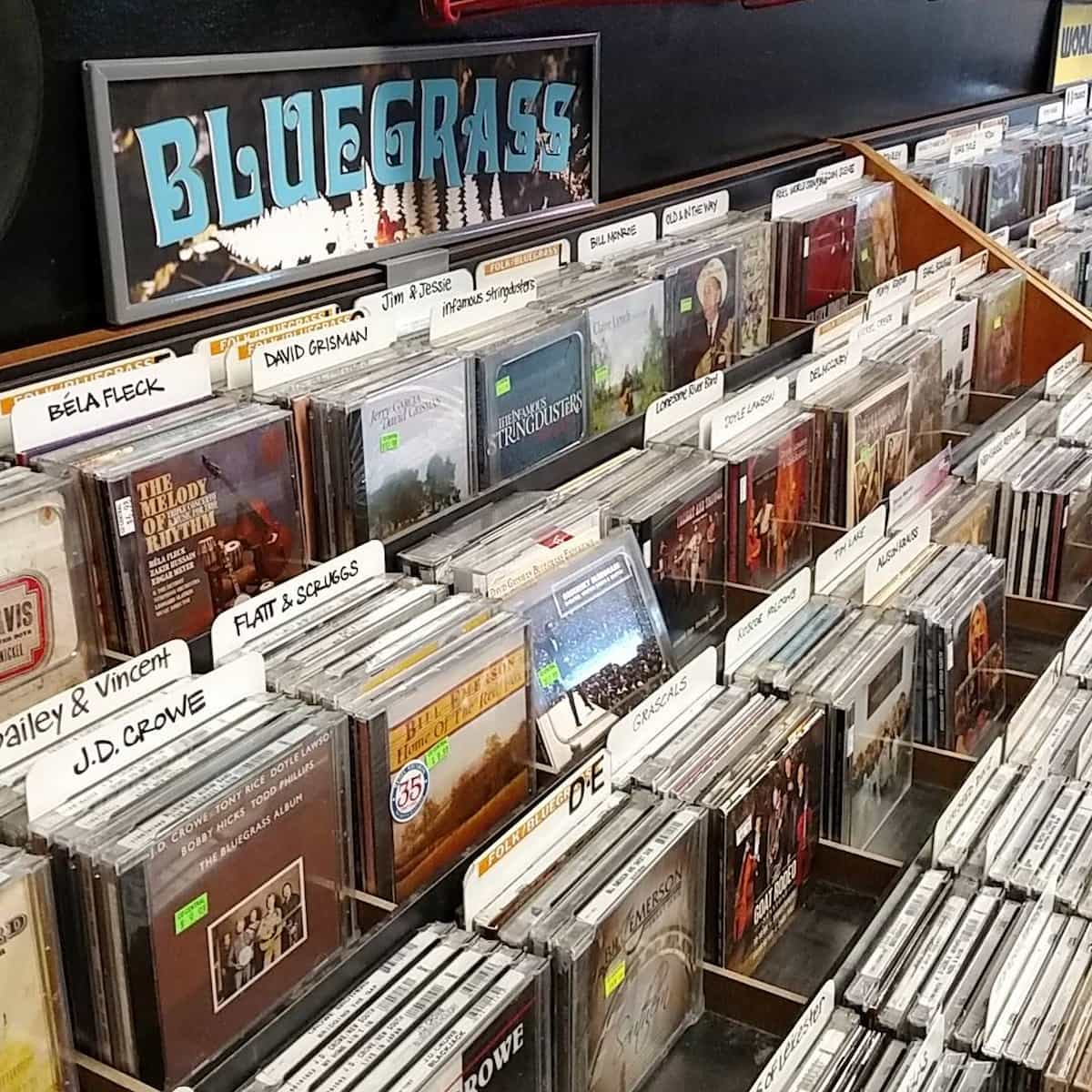
Festival Overview and Atmosphere. The Spirit at the Music Fest is a three-day summer celebration of roots music, held June 12–14 at the Alltech Event Center and campground. The event draws fans from across the region for a weekend of live performances, jam sessions, and community spirit. Expect a welcoming, family-friendly vibe, with both seasoned fans and newcomers gathering to enjoy top-tier acts, food vendors, and merchandise stalls.
Lineup, Tickets, and Camping. The festival is known for its impressive lineup, featuring both established stars and rising talents in the roots music world. VIP tickets are $300, weeklong passes are $150, and day tickets are available (with discounts for teens and free entry for kids under 13). Camping is a huge part of the experience, with hundreds of sites available—though water and electric hookups are limited, so early reservations are recommended. The event center offers comfortable seating and accessibility for all guests.
What to Do at Spirit at the Music Fest:
- See live performances by top bands
- Join or watch late-night jam sessions at campsites
- Explore food trucks and local vendors
- Bring the kids for music camps and family activities
- Reserve a campsite (primitive or with hookups)
Fall: Horse Farm Tours & Fall Foliage Walks
Autumn Adventures on the Farms. Visiting local farms in the fall is a wonderful way to experience the changing season. I discovered that many farms open their gates for visitors to enjoy the crisp air, colorful foliage, and the peaceful countryside. Walking among the rolling fields, I was surrounded by vibrant reds, oranges, and yellows, with the scent of fresh earth and fallen leaves filling the air. These visits offer a chance to see working farms in action, meet friendly animals, and learn about seasonal harvests.
Guided Farm Visits and Nature Walks. Several farms offer guided visits where you can explore the grounds, learn about sustainable farming practices, and enjoy the fall colors. I joined a small group that wandered through orchards and pastures, stopping to pick apples and pumpkins. The guides shared stories about the land and the crops, making the experience both educational and relaxing. Nearby, nature preserves and parks provide marked walking paths that showcase the best of autumn’s palette, perfect for photographers and families alike.
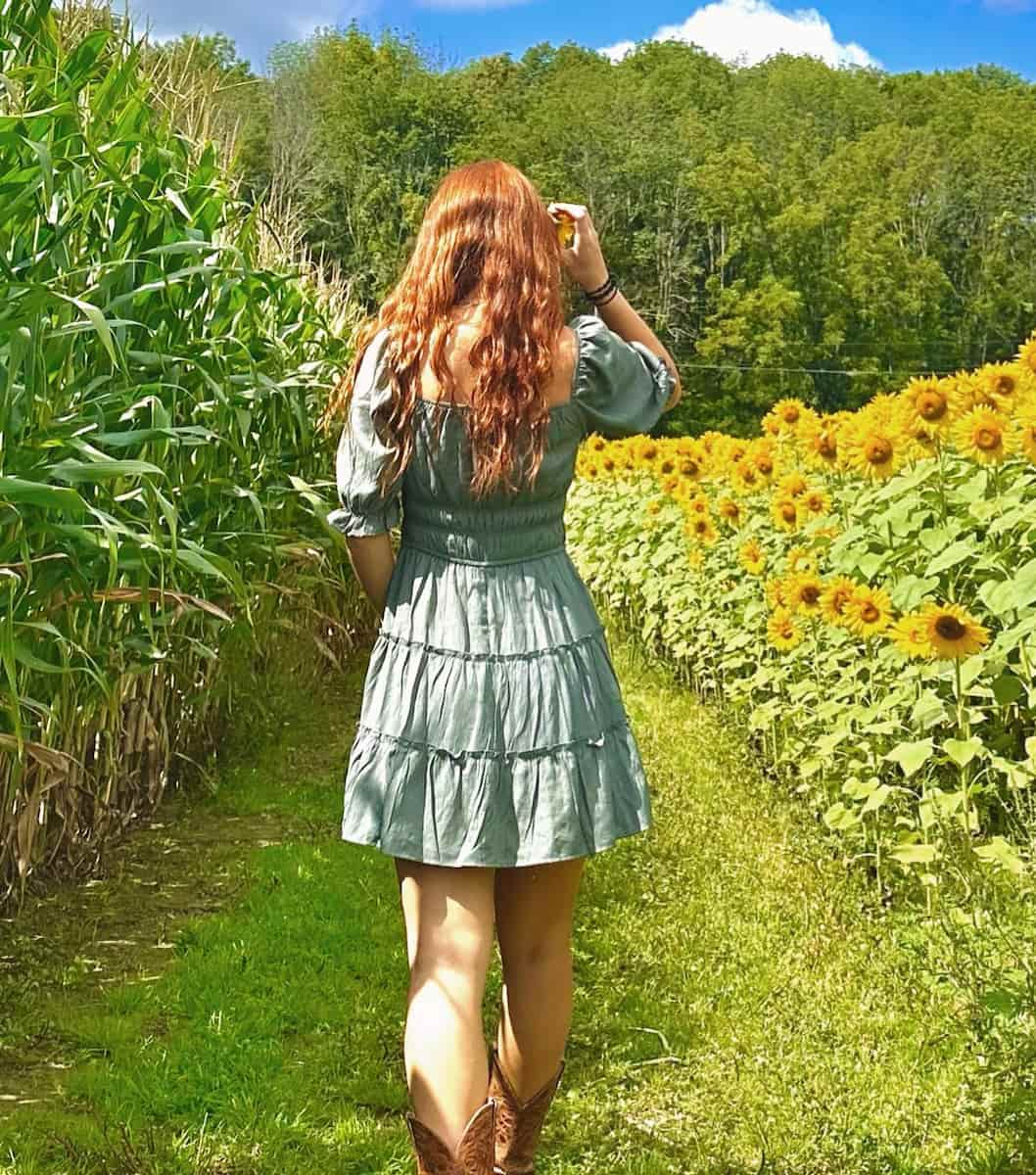
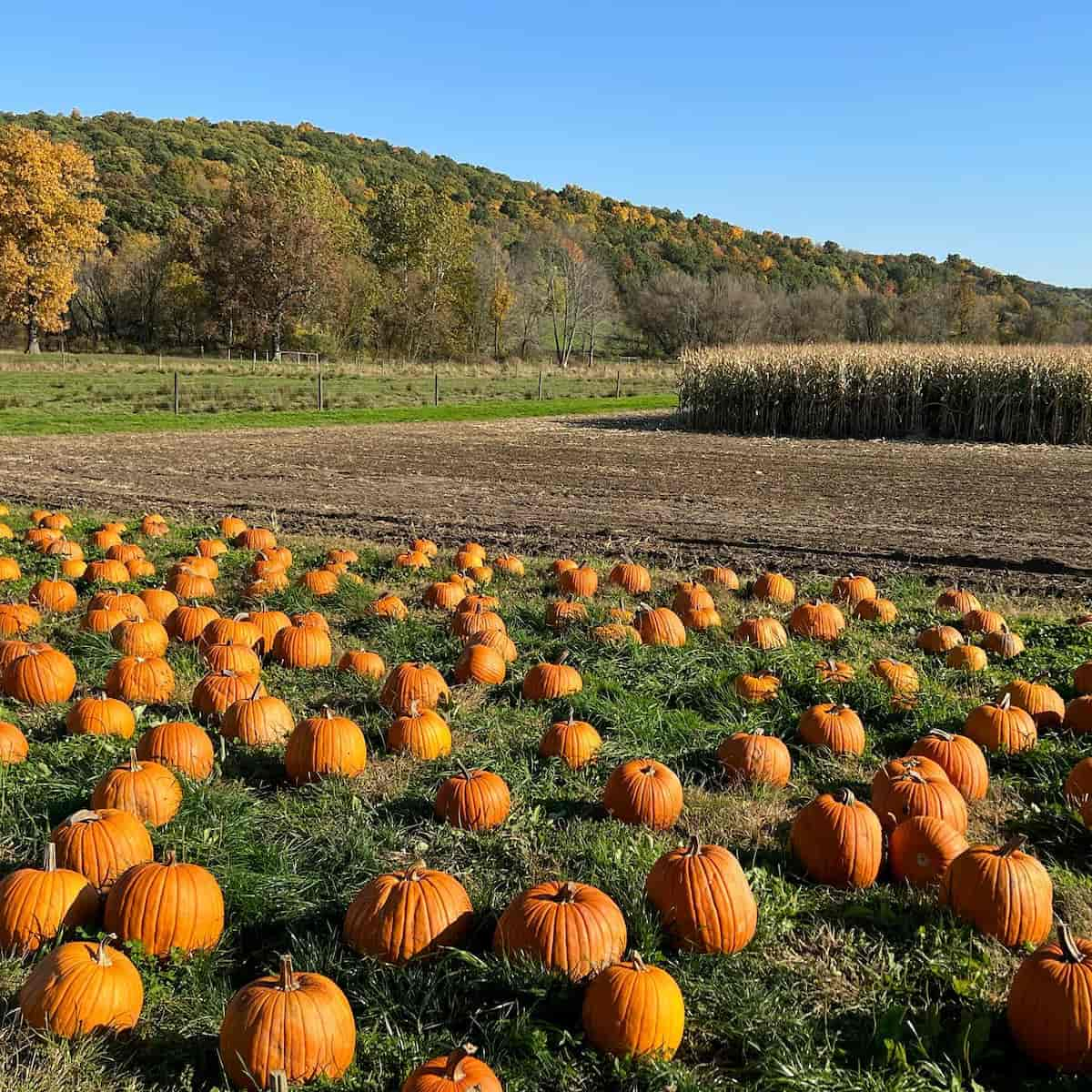

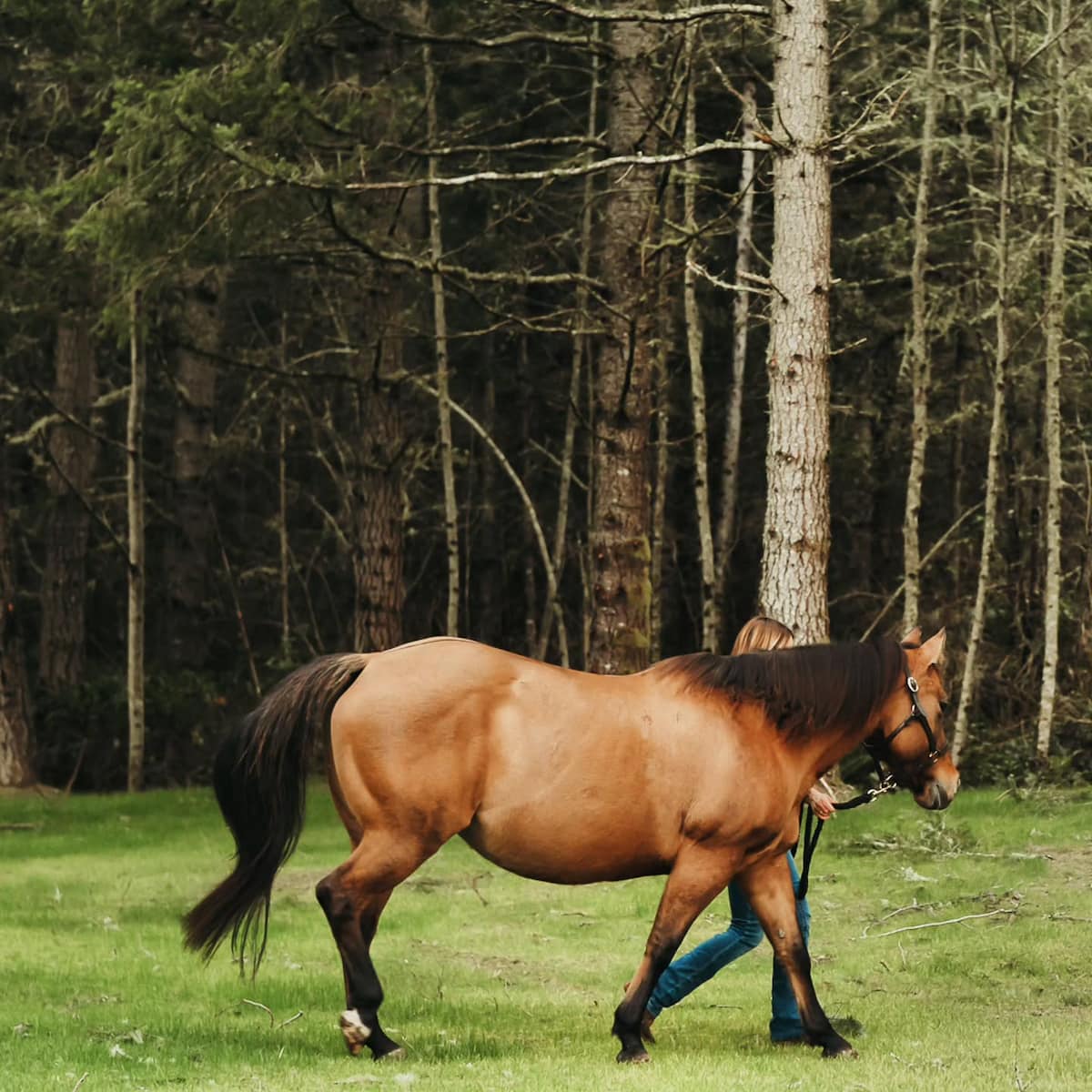
Autumn Colors and Outdoor Walks. October is peak foliage season, when the leaves turn brilliant shades of red, orange, and gold. The best way to enjoy this transformation is to explore the area’s hiking and biking paths. Local favorites include the Minuteman Commuter Bikeway, Town Conservation Land and Open Space, and Arlington’s Great Meadow, all offering easy access to colorful leaves and crisp air. These walks are perfect for families, photographers, and anyone who wants to soak in the beauty of autumn.
Photography, Workshops, and Local Flavors. Fall is also the perfect time for photography and learning new skills. Farms and orchards often set up photo spots with hay bales, pumpkins, and vibrant foliage as backdrops. Some locations offer workshops on autumn DIY projects, wreath-making, or cooking with seasonal ingredients. After your walk or picking session, you can enjoy local treats like apple cider, crepes, or artisan cheeses from farm markets. These extra touches make each visit memorable and unique.
| Location | Entry Fee (USD) | Entry Fee (EUR) |
|---|---|---|
| Green Valley Farms | $15 | €14 |
| Autumn Acres | $12 | €11 |
| Maple Ridge Orchards | $10 | €9 |
Winter: Southern Lights
Holiday Magic and Dazzling Lights. Every winter, the Southern Lights event transforms the park at 4089 Iron Works Parkway into a wonderland of over a million twinkling lights. I was instantly swept up in the festive spirit as I drove through themed displays—giant snowflakes, glowing animals, and sparkling tunnels that made the whole place feel magical. The event runs evenings from late November through early January, making it a must for families, couples, and anyone looking to brighten up the coldest months.
Festive Activities and Family Fun. Beyond the light displays, there’s plenty to keep everyone entertained. I loved strolling the illuminated paths, sipping hot cocoa, and listening to holiday music in the crisp air. Santa’s Village is a highlight for kids, with visits from Santa, pony rides, and a petting zoo. Food trucks and stalls offer seasonal treats, and the gift shop is stocked with holiday goodies and souvenirs.
Event Overview and Atmosphere. Southern Lights is a beloved winter tradition, now in its 32nd year, drawing thousands of families from across the region. Held at 4089 Iron Works Parkway, the event transforms the park into a three-mile drive-through wonderland with over a million twinkling lights. The displays include everything from glowing animals and holiday scenes to tunnels of lights, all viewed from the comfort and warmth of your car. The event runs nightly from late November through December 31, 5:30–10:00 p.m. (closed Christmas Day). In 2019, more than 100,000 people visited, making it one of the state’s most popular winter events.
Activities Beyond the Lights. At the end of the driving route, visitors can park and explore even more fun. Animal Land, included with admission, lets you meet exotic animals and farm favorites. Kids can ride a camel or pony for $6 each. The Holiday Village features photos with Santa, model trains, and a merchandise tent with event keepsakes. Food trucks and kettle corn are available near Animal Land, and public restrooms are located by the Campground Entrance and Animal Land. Special events like the Southern Lights Stroll and 5K let you walk or run through the lights before the event opens to cars.
| Ticket Type | Price (USD) | Price (EUR) |
|---|---|---|
| Adult | $20 | ~€18 |
| Child | $10 | ~€9 |
| Senior | $15 | ~€13 |
| Family | $50 | ~€46 |
Day Trips from Lexington
1. Shaker Village of Pleasant Hill
Living History and Hands-On Discovery. This landmark destination features 3,000 acres of farmland, forests, and preserved 19th-century buildings. Once home to the third largest Shaker community in the U.S., the site now invites visitors to step back in time and experience daily life as it was for the Shakers. I found myself wandering through the Historic Centre, where original stone and brick buildings showcase ingenious architecture—like the Meetinghouse with its open interior and the Trustee House’s twin spiral stairway. Every corner offers a new way to learn: from self-guided walks to staff-led demonstrations, there’s always something to spark your curiosity.
Nature, Farming, and Family Fun. The Farm and The Preserve are perfect for families and nature lovers. I watched kids search for critters in the creek, met friendly four-legged residents, and learned about organic gardening and sustainable practices. The property boasts 33 miles of walking and riding paths, native prairies, and wetlands, making it a haven for birdwatchers and hikers. Special events—like Discovery Treks and hands-on workshops—run year-round and often include gardening tips, animal encounters, and outdoor adventures.
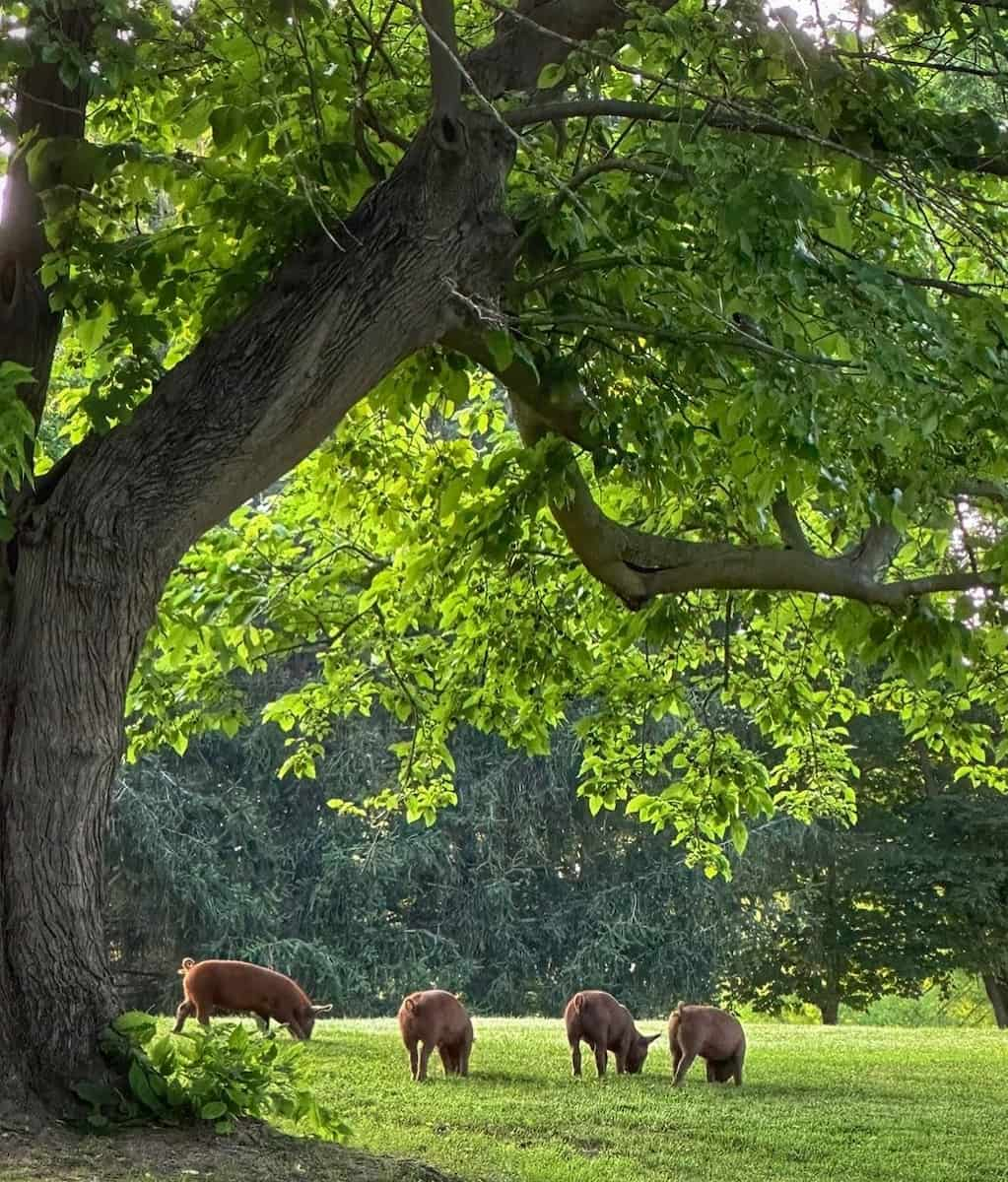
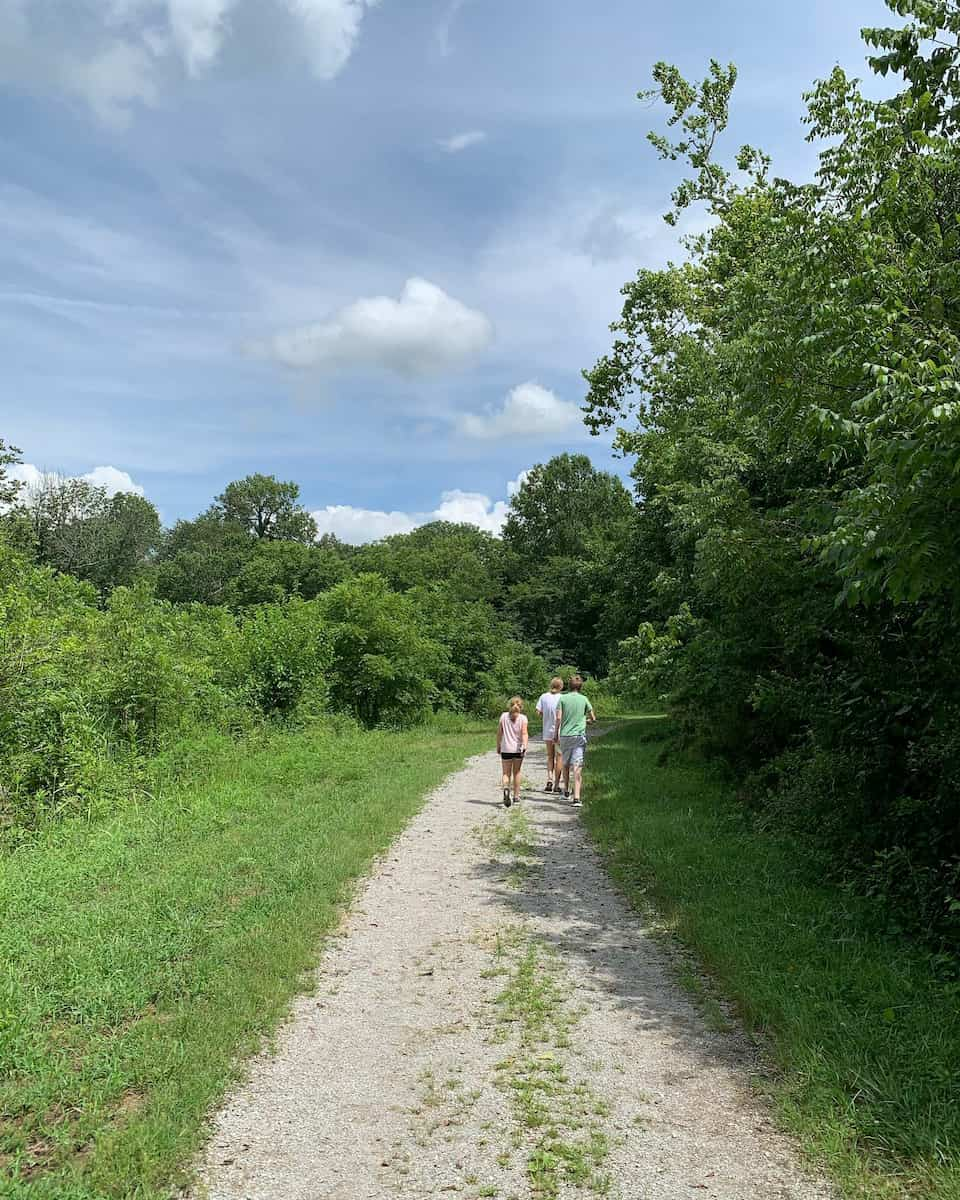
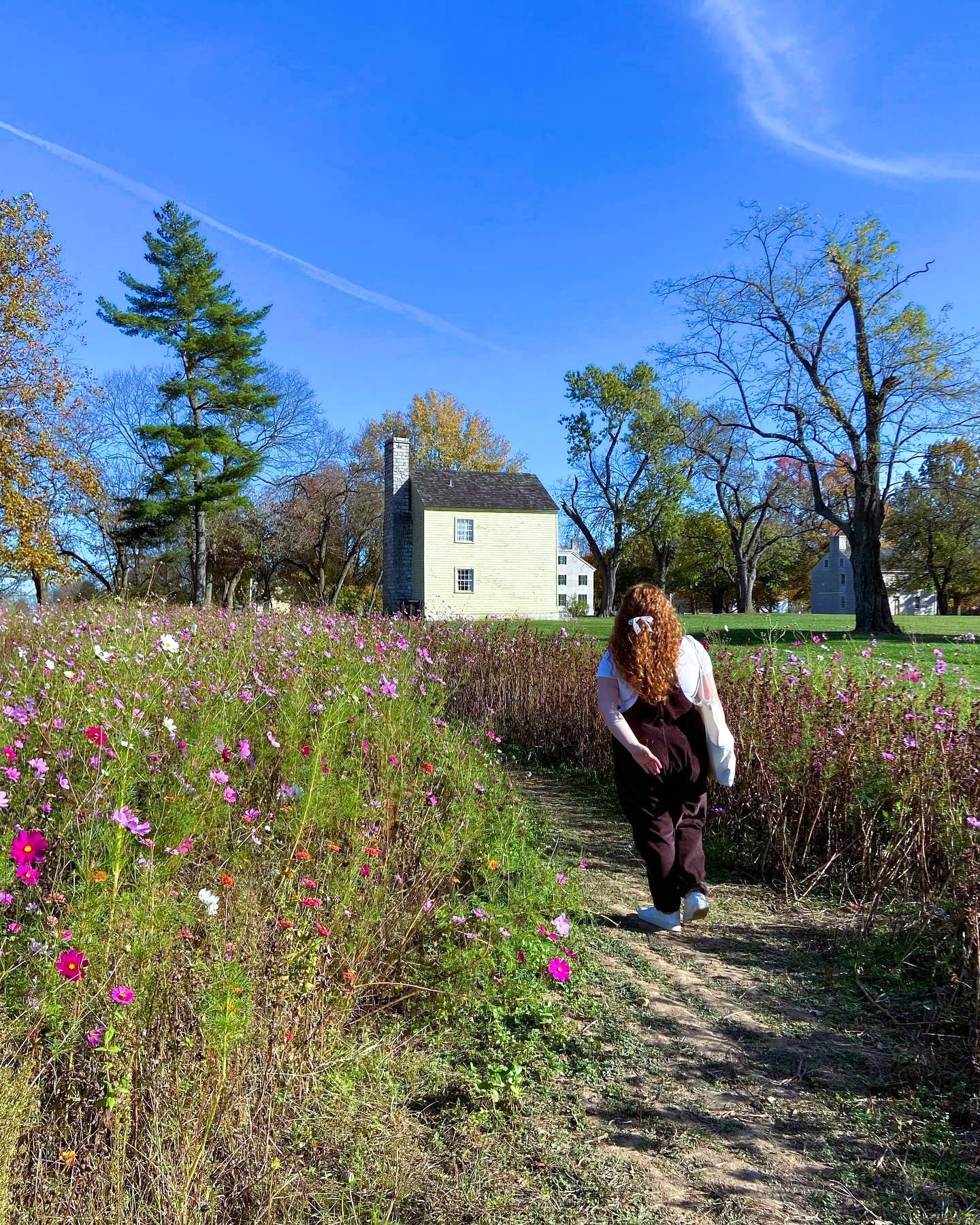
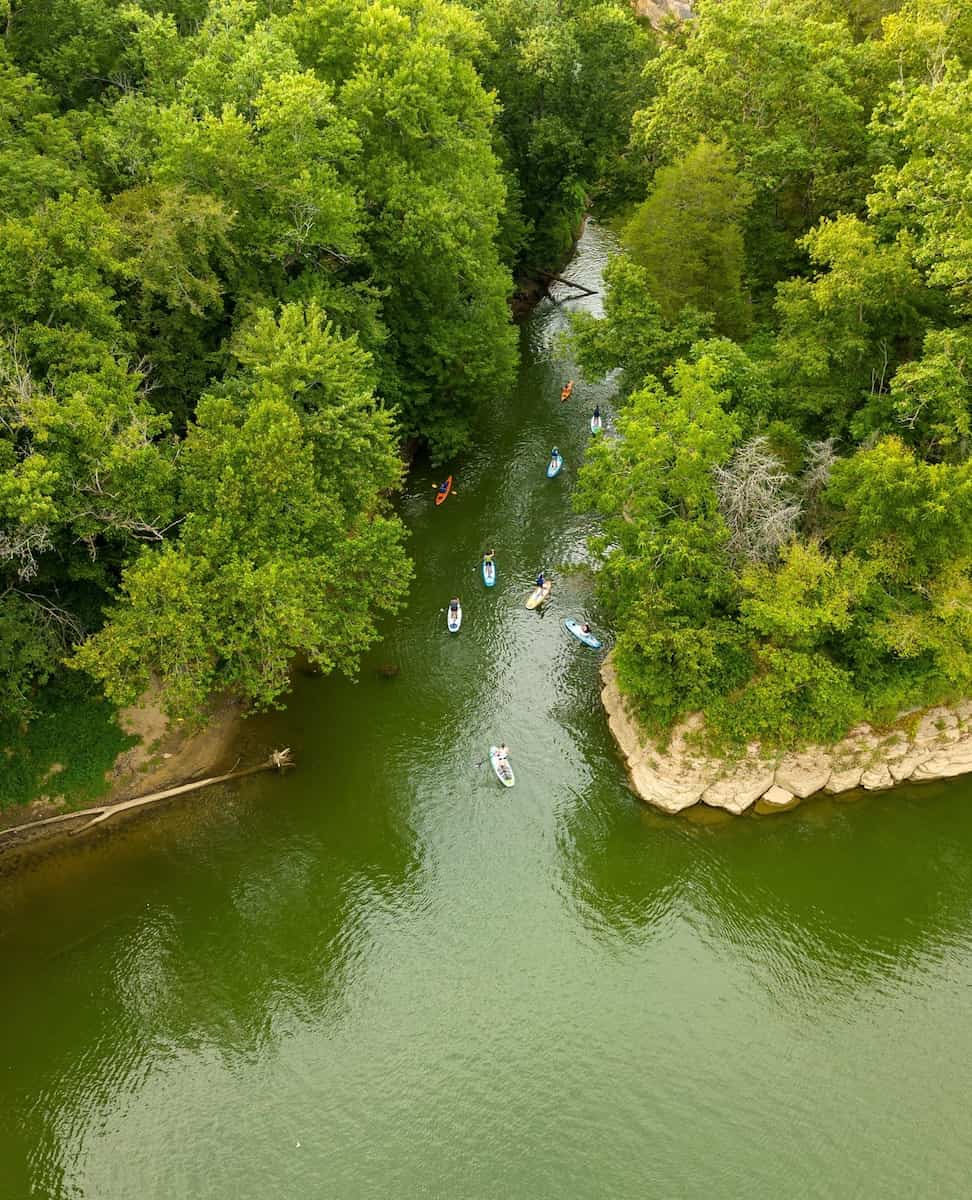
History and Architecture. This living piece of American history is spread across 3,000 acres in Mercer County. Once home to the third largest Shaker community in the United States, the site flourished from 1805 to 1910, peaking at around 600 residents and 250 buildings. The architecture here is remarkable—thanks to Micajah Burnett, who designed the layout and many of the 34 original stone and brick buildings. The Meetinghouse, built in 1820, is famous for its vast, open interior and ability to withstand the vibrations of Shaker worship. The Trustee House’s twin spiral stairway is another highlight, made by hand with simple tools and local materials. Walking these grounds, I was struck by the sense of ingenuity and practicality in every detail.
Daily Life, Learning, and Exploration. A visit to Shaker Village is hands-on and immersive. The Historic Centre, The Farm, and The Preserve are hubs for discovery, where you can join staff-led demonstrations, self-guided walks, and hands-on activities. I watched kids search for critters in the creek, learned about sustainable gardening, and even tasted fresh-from-the-garden dishes. The property features 33 miles of walking and riding routes, native prairies, and wetlands—perfect for birdwatchers and nature lovers. Throughout the year, special events like Harvest Fest, Discovery Treks, and Halloween celebrations add extra fun for families.
Top thing to Do at Shaker Village:
- Explore the Historic Centre
- Experience The Farm
- Enjoy The Preserve
- Participate in Special Events
- Eat at the On-Site Restaurant
- Shop for Shaker-Inspired Goods
- Bring the Family
⭐ Best Activities
- Bowling Green South Union Shaker Village Entry Ticket – Experience the fascinating world of the Shakers at this preserved 19th-century religious community. Explore historic buildings and learn about their unique lifestyle and innovative contributions to American culture.
2. Red River Gorge
Adventures and Outdoor Fun. This area is a paradise for outdoor lovers, and I found myself spoiled for choice with activities. The region is famous for its world-class rock climbing—there are hundreds of routes for all skill levels, and you can easily find guides and gear if you’re new to climbing. If you prefer to keep your feet on the ground, there are more than 70 miles of well-marked hiking paths, ranging from easy loops to challenging backcountry routes. My favorite beginner-friendly walks included the Sky Bridge Loop and Whistling Arch, both offering incredible views with minimal effort.
Unique Experiences: Underground Kayaking and Ziplining. For something truly different, I tried underground kayaking with The Gorge Underground. Paddling through a flooded limestone cavern, I saw glowing fish and explored mysterious tunnels—an adventure I’ll never forget. Ziplining above the treetops was another highlight, giving me a bird’s-eye view of the sandstone cliffs and lush forests below. If you’re feeling adventurous, you can also book UTV or Jeep tours to reach remote overlooks, or even rent a Slingshot for a stylish drive through the winding roads.
Natural Wonders and Geology. This breathtaking canyon system in east-central Appalachia is carved by the Red River and nestled within the Daniel Boone National Forest. Spanning about 29,000 acres, the area is a National Natural Landmark and a National Archaeological District, famous for its dramatic sandstone cliffs, more than 100 natural arches, rock shelters, waterfalls, and deep canyons. The geology here is ancient—formed over millions of years, with the Pottsville Escarpment shaping the rugged terrain and creating a paradise for nature lovers and photographers alike.
Camping, Permits, and Practical Info. Camping is a big part of the Gorge experience, with options ranging from developed campgrounds like Koomer Ridge to primitive backcountry sites in the Clifty Wilderness. Fees for overnight use are $5 per day, $7 for three days, or $50 for an annual vehicle pass (discounts available for seniors).
Top Things to Do at Red River Gorge:
- Hike famous paths
- Go rock climbing
- Try underground kayaking
- Zipline above the forest canopy
- Canoe or kayak the Red River
- Camp at developed sites
FAQs About Visiting Lexington
Where can I get maps and visitor information?
The Lexington Visitors Center (215 West Main Street, Courthouse Square) is your best starting point. It’s free, open Monday–Saturday 10 a.m.–4 p.m., and staff can help with maps, guides, and local tips.
What’s the best time of year to visit?
Fall and summer are my favorites—expect sunny days, lush parks, and lots of outdoor events. Spring is beautiful with flowers and festivals, while winter is mild but sometimes rainy.
How do I get around the city?
Most people use a car or rideshare. The city center is walkable, and local buses run to some neighborhoods.
What are some must-try foods and local experiences?
I recommend Southern comfort food, local bakeries, and the creative food scene in the Distillery District. Don’t miss the Arboretum for a peaceful walk or public art murals scattered across the city.
Where can I find free or budget-friendly activities?
Many public parks, art walks, and neighborhood events are free.
What’s a common mistake visitors make?
Not planning enough time! Most people wish they’d stayed longer—add an extra day if you can. Also, always check the weather and pack layers.
Is there anything else I should know?
Ask the Visitors Center about the $20 ticket for four historic homes (valid for a year). And always book popular experiences in advance, especially in spring and fall.
